Are you looking for a way to liven up your home or garden? Philodendron plants are beautiful, safe, and easy to care for! This article will introduce you to 200 types of philodendron plants that can add color and texture to any space. From Philodendron aurantiifolium to Philodendron xanadu, you’ll find a variety of options for creating the perfect living environment. Read on to learn more about these amazing plants!

Contents
- 1 Types Of Philodendron Plants
- 1.1 Philodendron aurantiifolium
- 1.2 Philodendron appendiculatum
- 1.3 Philodendron anisotomum
- 1.4 Philodendron auriculatum
- 1.5 Philodendron atabapoense
- 1.6 Philodendron atratum
- 1.7 Philodendron attenuatum
- 1.8 Philodendron applanatum
- 1.9 Philodendron advena
- 1.10 Philodendron altomacaense
- 1.11 Philodendron alatiundulatum
- 1.12 Philodendron alternans
- 1.13 Philodendron angustisectum
- 1.14 Philodendron annulatum
- 1.15 Philodendron bernardopazii
- 1.16 Philodendron brandtianum
- 1.17 Philodendron brevispathum
- 1.18 Philodendron brenesii
- 1.19 Philodendron brunneicaule
- 1.20 Philodendron burle-marxii
- 1.21 Philodendron bipinnatifidum
- 1.22 Philodendron brasiliense
- 1.23 Philodendron billietiae
- 1.24 Philodendron bipennifolium
- 1.25 Philodendron biribiriense
- 1.26 Philodendron bonifaziae
- 1.27 Philodendron barrosoanum
- 1.28 Philodendron basii
- 1.29 Philodendron crassinervium
- 1.30 Philodendron crassispathum
- 1.31 Philodendron curvilobum
- 1.32 Philodendron cipoense
- 1.33 Philodendron consanguineum
- 1.34 Philodendron cordatum
- 1.35 Philodendron correae
- 1.36 Philodendron cotonense
- 1.37 Philodendron camposportoanum
- 1.38 Philodendron callosum
- 1.39 Philodendron campii
- 1.40 Philodendron cardosoi
- 1.41 Philodendron chinchamayense
- 1.42 Philodendron clarkei
- 1.43 Philodendron deflexum
- 1.44 Philodendron dressleri
- 1.45 Philodendron duckei
- 1.46 Philodendron distantilobum
- 1.47 Philodendron dodsonii
- 1.48 Philodendron davidsonii
- 1.49 Philodendron daniellii
- 1.50 Philodendron danteanum
- 1.51 Philodendron erubescens
- 1.52 Philodendron erubescens ‘Black Cardinal’
- 1.53 Philodendron erubescens ‘Birkin’
- 1.54 Philodendron erubescens ‘Burgundy’
- 1.55 Philodendron erubescens ‘Green Emerald’
- 1.56 Philodendron erubescens ‘Green Princess’
- 1.57 Philodendron erubescens ‘Imperial Green’
- 1.58 Philodendron erubescens ‘Imperial Red’
- 1.59 Philodendron erubescens ‘McColley’s Finale’
- 1.60 Philodendron erubescens ‘Moonlight’
- 1.61 Philodendron erubescens ‘Pink Princess’
- 1.62 Philodendron erubescens ‘Prince of Orange’
- 1.63 Philodendron erubescens ‘Red Emerald’
- 1.64 Philodendron erubescens ‘Rojo Congo’
- 1.65 Philodendron erubescens ‘White Princess’
- 1.66 Philodendron erubescens ‘White Wizard’
- 1.67 Philodendron erubescens ‘White Knight’
- 1.68 Philodendron ernestii
- 1.69 Philodendron esmeraldense
- 1.70 Philodendron edmundoi
- 1.71 Philodendron edwinii
- 1.72 Philodendron elegans
- 1.73 Philodendron elaphoglossoides
- 1.74 Philodendron eximium
- 1.75 Philodendron ecordatum
- 1.76 Philodendron fragrantissimum
- 1.77 Philodendron fragile
- 1.78 Philodendron fibrosum
- 1.79 Philodendron findens
- 1.80 Philodendron flumineum
- 1.81 Philodendron grandipes
- 1.82 Philodendron grandifolium
- 1.83 Philodendron giganteum
- 1.84 Philodendron gigas
- 1.85 Philodendron gloriosum
- 1.86 Philodendron hederaceum
- 1.87 Philodendron hederaceum var. hederaceum ‘Micans’
- 1.88 Philodendron hederaceum ‘Lemon Lime’
- 1.89 Philodendron hederaceum var. kirkbridei
- 1.90 Philodendron hederaceum var. oxycardium
- 1.91 Philodendron hederaceum var. oxycardium f. variegata
- 1.92 Philodendron hederaceum var. oxycardium ‘Brasil’
- 1.93 Philodendron hederaceum var. oxycardium ‘Rio’
- 1.94 Philodendron hederaceum var. oxycardium ‘Silver Stripe’
- 1.95 Philodendron hederaceum var. oxycardium ‘Cream Splash’
- 1.96 Philodendron hederaceum var. oxycardium ‘Gabby’
- 1.97 Philodendron heleniae
- 1.98 Philodendron heterocraspedon
- 1.99 Philodendron hebetatum
- 1.100 Philodendron heleniae subsp. amazonense
- 1.101 Philodendron hylaeae
- 1.102 Philodendron hopkinsianum
- 1.103 Philodendron hastatum
- 1.104 Philodendron hatschbachii
- 1.105 Philodendron insigne
- 1.106 Philodendron inaequilaterum
- 1.107 Philodendron imbe
- 1.108 Philodendron jacquinii
- 1.109 Philodendron jodavisianum
- 1.110 Philodendron lentii
- 1.111 Philodendron lynnhannoniae
- 1.112 Philodendron linnaei
- 1.113 Philodendron lingulatum
- 1.114 Philodendron ligulatum
- 1.115 Philodendron longirrhizum
- 1.116 Philodendron loefgrenii
- 1.117 Philodendron lacerum
- 1.118 Philodendron llanense
- 1.119 Philodendron melinonii
- 1.120 Philodendron melanochrysum
- 1.121 Philodendron mexicanum
- 1.122 Philodendron meridionale
- 1.123 Philodendron merenbergense
- 1.124 Philodendron melloi
- 1.125 Philodendron microstictum
- 1.126 Philodendron missionum
- 1.127 Philodendron minarum
- 1.128 Philodendron minarum ‘Lime Fiddle’
- 1.129 Philodendron mayoi
- 1.130 Philodendron mayoi Variegated
- 1.131 Philodendron maximum
- 1.132 Philodendron martianum
- 1.133 Philodendron mamei
- 1.134 Philodendron mamei ‘Silver Cloud’
- 1.135 Philodendron magnum
- 1.136 Philodendron narinoense
- 1.137 Philodendron ornatum
- 1.138 Philodendron obliquifolium
- 1.139 Philodendron oblongum
- 1.140 Philodendron pedatum
- 1.141 Philodendron propinquum
- 1.142 Philodendron pterotum
- 1.143 Philodendron pteropus
- 1.144 Philodendron purulhense
- 1.145 Philodendron pinnatifidum
- 1.146 Philodendron pinnatilobum
- 1.147 Philodendron popenoei
- 1.148 Philodendron pastazanum
- 1.149 Philodendron panamense
- 1.150 Philodendron panduriforme
- 1.151 Philodendron palaciosii
- 1.152 Philodendron pachyphyllum
- 1.153 Philodendron pseudoverrucosum
- 1.154 Philodendron plowmanii
- 1.155 Philodendron plowmanii ‘Black Face’
- 1.156 Philodendron platypetiolatum
- 1.157 Philodendron placidum
- 1.158 Philodendron planadense
- 1.159 Philodendron quinquenervium
- 1.160 Philodendron quinquelobum
- 1.161 Philodendron renauxii
- 1.162 Philodendron rugosum
- 1.163 Philodendron ruthianum
- 1.164 Philodendron rudgeanum
- 1.165 Philodendron rigidifolium
- 1.166 Philodendron roseocataphyllum
- 1.167 Philodendron rothschuhianum
- 1.168 Philodendron roseopetiolatum
- 1.169 Philodendron radiatum
- 1.170 Philodendron rhodoaxis
- 1.171 Philodendron squamiferum
- 1.172 Philodendron squamicaule
- 1.173 Philodendron squamipetiolatum
- 1.174 Philodendron seguine
- 1.175 Philodendron serpens
- 1.176 Philodendron strictum
- 1.177 Philodendron stenolobum
- 1.178 Philodendron subhastatum
- 1.179 Philodendron subincisum
- 1.180 Philodendron solimoesense
- 1.181 Philodendron sparreorum
- 1.182 Philodendron spiritus-sancti
- 1.183 Philodendron speciosum
- 1.184 Philodendron sagittifolium
- 1.185 Philodendron saxicola
- 1.186 Philodendron sharoniae
- 1.187 Philodendron scalarinerve
- 1.188 Philodendron smithii
- 1.189 Philodendron tenue
- 1.190 Philodendron tripartitum
- 1.191 Philodendron tysonii
- 1.192 Philodendron toshibae
- 1.193 Philodendron tortum
- 1.194 Philodendron thalassicum
- 1.195 Philodendron undulatum
- 1.196 Philodendron uliginosum
- 1.197 Philodendron verrucosum
- 1.198 Philodendron venustifoliatum
- 1.199 Philodendron venustum
- 1.200 Philodendron warszewiczii
- 1.201 Philodendron wittianum
- 1.202 Philodendron wendlandii
- 1.203 Philodendron wullschlaegelii
- 1.204 Philodendron wilburii
- 1.205 Philodendron xanadu
Types Of Philodendron Plants
Philodendron aurantiifolium
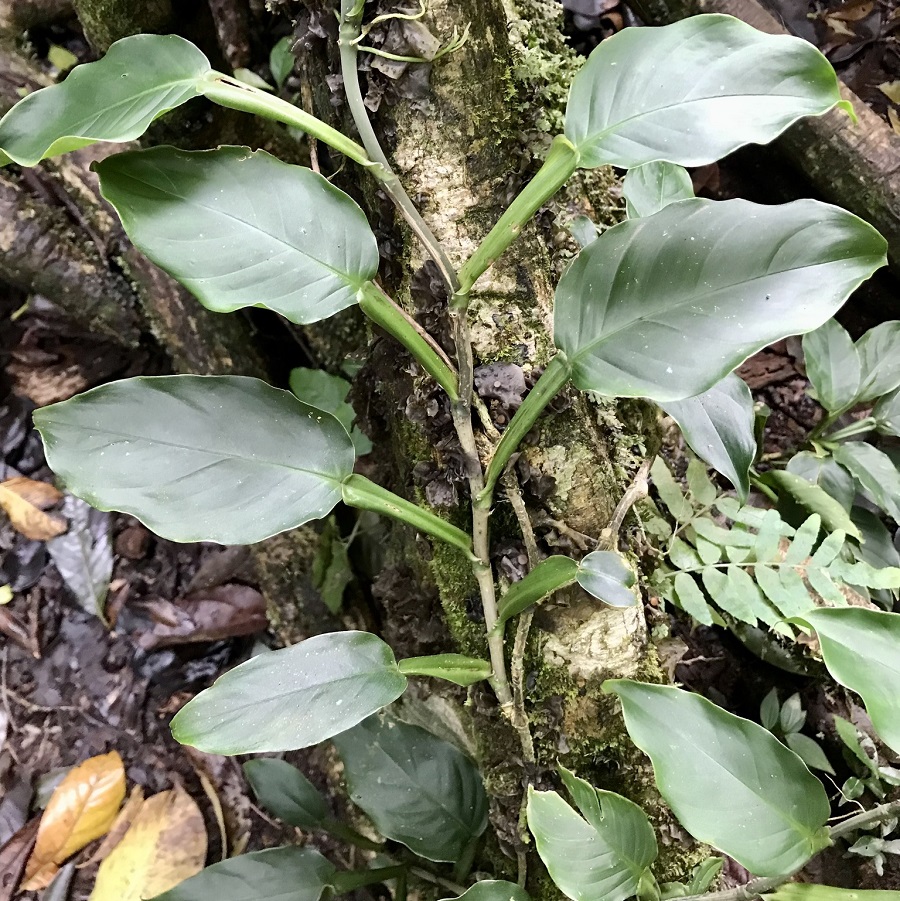
Philodendron aurantiifolium is an evergreen, climbing plant native to tropical forests in Central and South America. To properly care for it, grow it in full sun or partial shade, with moist soil. Propagation can be done through stem cuttings taken in spring or summer. Best companion plants include ferns, ivy, pothos, and begonias. With the right care and companions, philodendron aurantiifolium makes a beautiful addition to any garden or indoor setting.
Philodendron appendiculatum
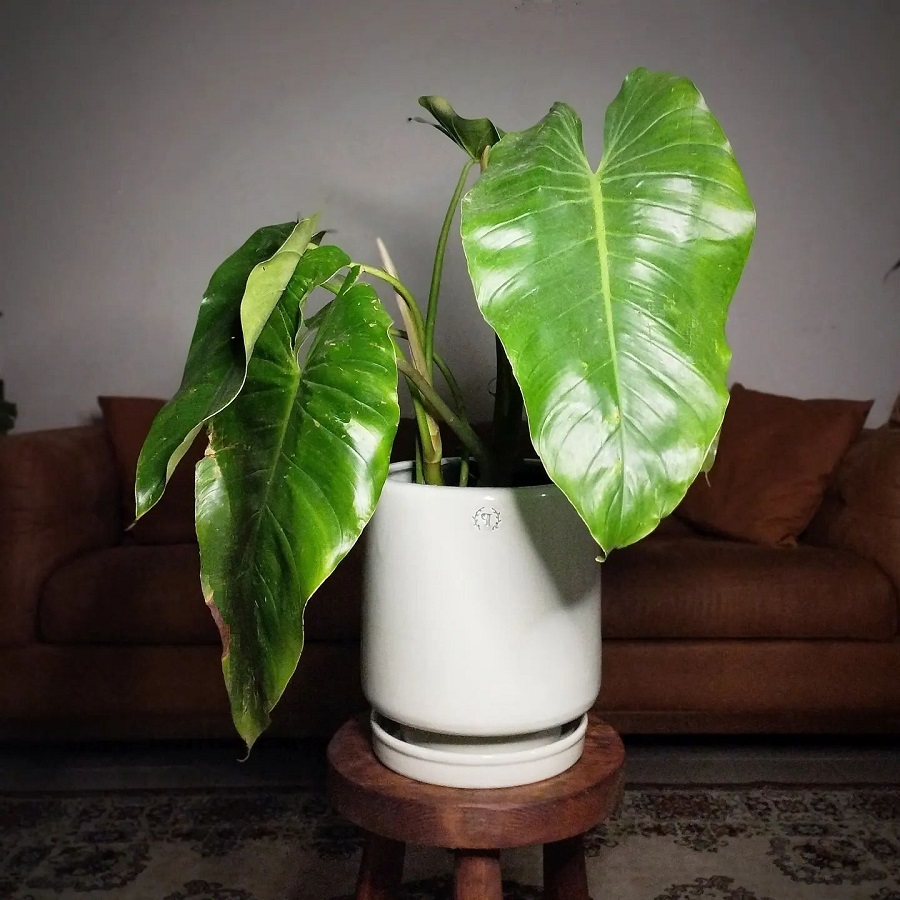
You’ll often find Lance-Leaf Philodendron, or Philodendron appendiculatum, as an ornamental plant in gardens and homes. It is a fast-growing climber with dark green, glossy leaves that can be used to cover large areas. To propagate it, stem cuttings should be taken in spring or summer and placed in a moist potting mix. For its care, provide it with full sun or partial shade and moist soil. Common pests include mealybugs and spider mites; diseases such as root rot and leaf spot may also affect the plant.
Learn how to grow Philodendron appendiculatum indoors here.
Philodendron anisotomum
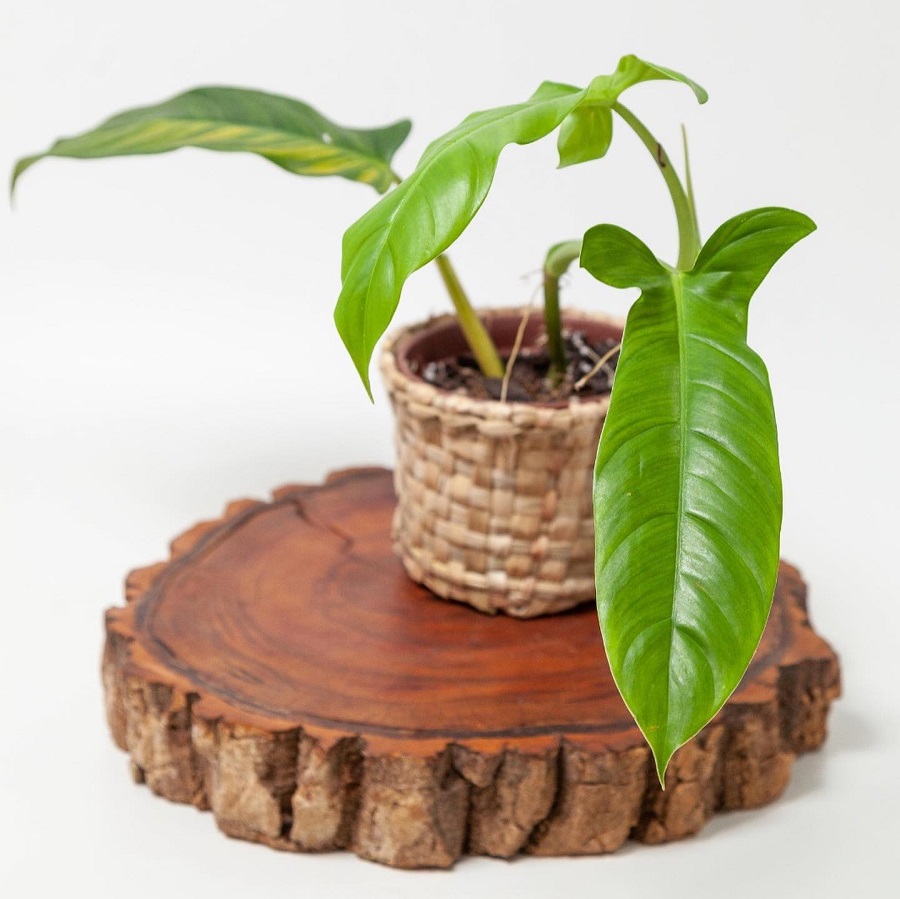
You can find Philodendron anisotomum in tropical rainforests, where it is a hemiepiphytic climber with glossy, dark green leaves. Its petioles are 21-57 cm long and its blades have a triangular outline and deeply 3-lobed shape. To cultivate this plant, provide it with warm temperatures and moist soil. It has unique characteristics such as its white inflorescences that dry to golden yellow. To propagate this philodendron species, cut off stem sections and place them in water or directly into soil.
Learn how to grow Philodendron anisotomum indoors here.
Philodendron auriculatum
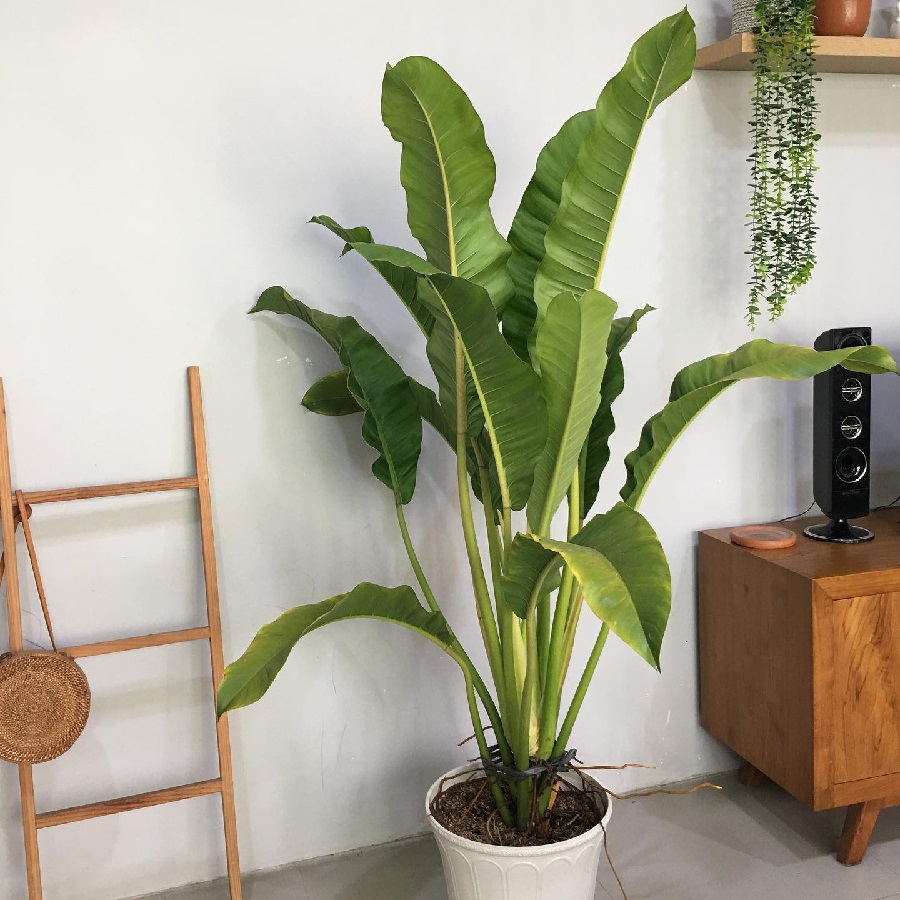
Philodendron auriculatum is an evergreen climber with glossy, heart-shaped leaves and unique white inflorescences that dry to a golden yellow. To ensure this plant’s growth, it needs full sunlight to partial shade, mesic water levels, and slightly acidic or neutral soil pH. Propagation should be done with caution as the berry contains chemicals that can inhibit germination. Additionally, care tips such as providing excellent drainage in containers and humidity tolerance will keep philodendron auriculatum healthy and happy.
Learn how to grow Philodendron auriculatum indoors here.
Philodendron atabapoense
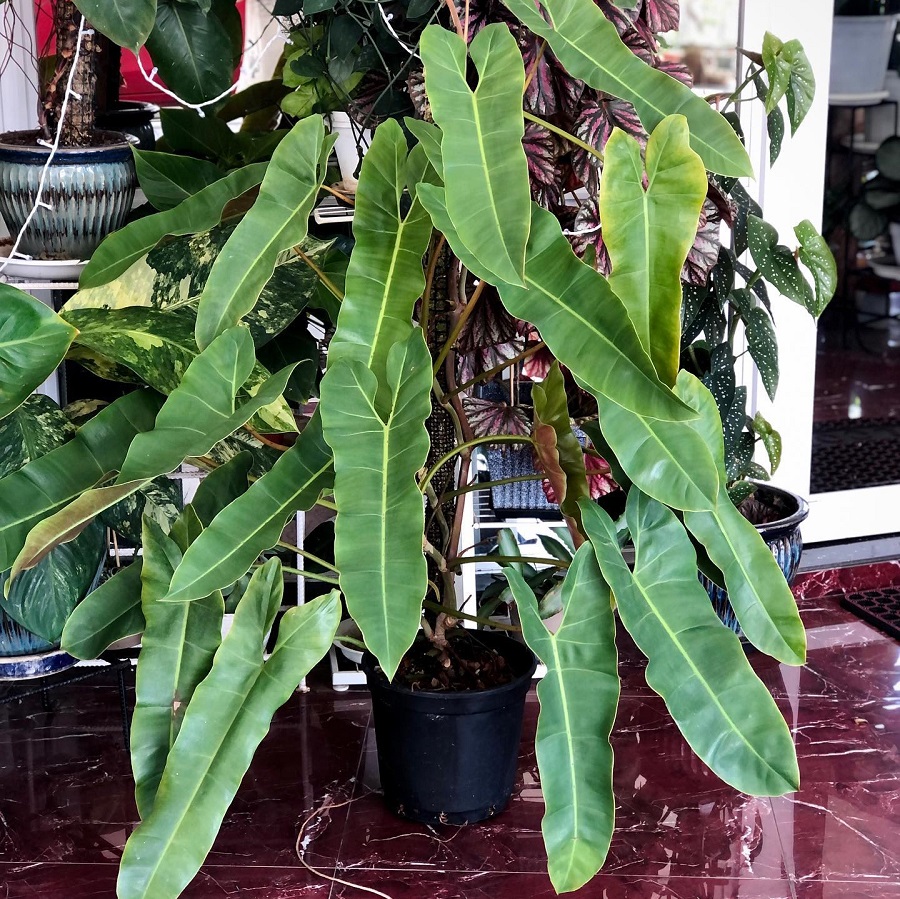
With its long, slender leaves and vibrant underside hues, Philodendron atabapoense is a striking tropical climber that won’t break the bank. Its unique characteristics include dark green leaves up to 30 inches long, maturing into a purple-magenta shade. It also has a resemblance to the rare Philodendron spiritus-sancti. To care for it indoors, provide it with a moss pole and bright indirect light. A safe plant choice for any home!
Learn how to grow Philodendron atabapoense indoors here.
Philodendron atratum
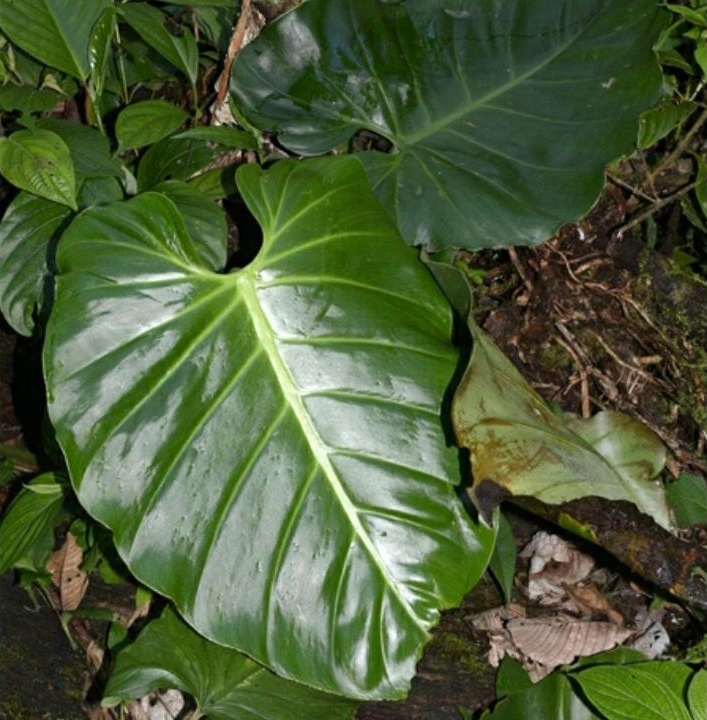
This perennial climber is known for its glossy, dark green foliage and its ability to tolerate full shade or part sun. Philodendron atratum can be propagated through stem cuttings and should be watered moderately. To ensure optimal growth, avoid common pests and diseases by keeping the soil pH between 5.1 – 6. With proper care, this species of philodendron will thrive in USDA Hardiness Zones 10B – 10B.
Philodendron attenuatum
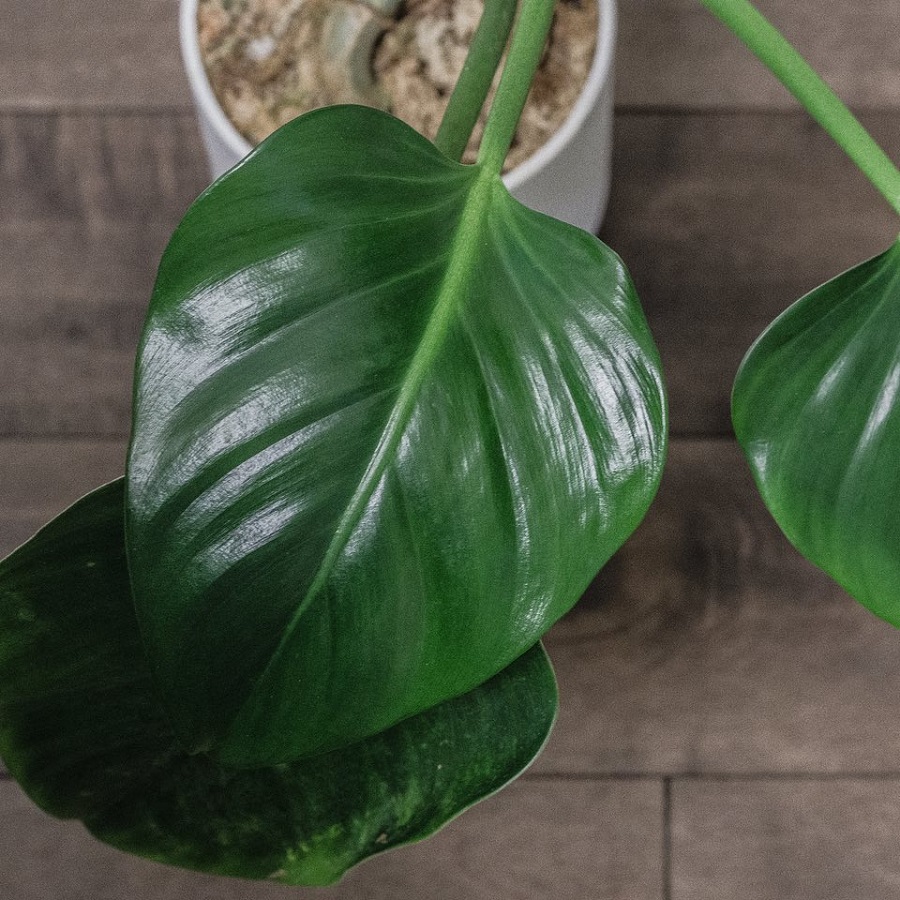
You’ll love the glossy, narrow leaves of Philodendron attenuatum! This species is native to Ecuador and Peru and thrives in wet tropical areas. It’s easy to care for, requiring warm temperatures, indirect light and regular watering. Its unique features include small cream-white flowers with yellow centers that bloom on long stalks. Popular varieties of this plant are ‘Lemon Lime’ and ‘Tricolor’. With its stunning foliage and low maintenance needs, P. attenuatum makes a great choice for any home or garden!
Philodendron applanatum
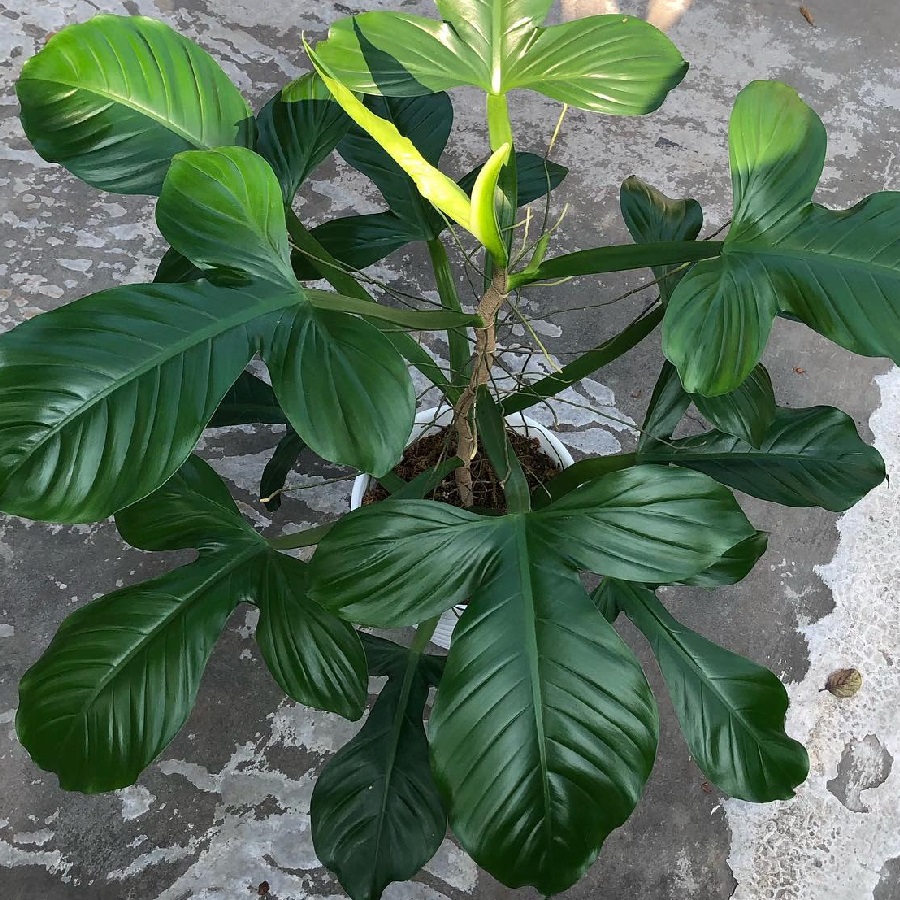
Philodendron applanatum is a rare find, boasting large trilobes and flat petioles. Its unique leaves are bright green and veined, with some even displaying a yellowish glow around the veins. Found in Peru’s tropical regions, this Philodendron should be kept out of reach of children and pets for safety reasons. To make sure it thrives, give it bright indirect light and keep the soil moist but not soggy.
Learn how to grow Philodendron applanatum indoors here.
Philodendron advena
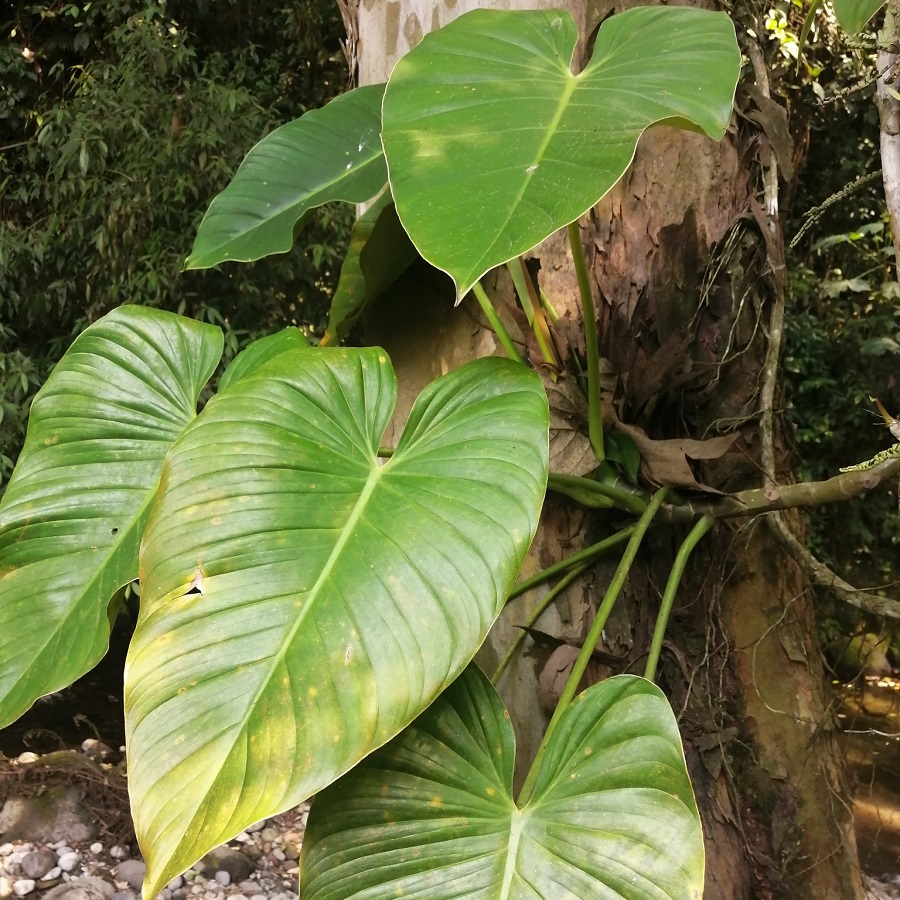
Enjoy the beauty of Philodendron advena in your home with its unique heart-shaped leaves that are a deep green color. Not only is it aesthetically pleasing, but it also has many uses and can be grown easily in most conditions. Its popularity is due to its hardiness, easy maintenance and vibrant leaves. It’s a great addition to any room for those who want to add some greenery without too much upkeep.
Philodendron altomacaense

Philodendron altomacaense is an attractive hemi-epiphytic, sometimes terrestrial vine with dark green leaves featuring strongly impressed primary lateral and interprimary veins. This species is only found in Macaé de Cima, Rio de Janeiro, making conservation efforts necessary to protect its future. Its habitat characteristics include a 913 m altitude in the Atlantic forest. Phenology studies have found it present in flowers during November and December with immature fruits in February. It is currently classified as Critically Endangered (CR), so careful attention must be paid to preserve its existence for future generations.
Philodendron alatiundulatum

With its wavy petiole and red ruffles, Philodendron alatiundulatum is an eye-catching plant that’s sure to stand out in any collection. This exotic species requires moderate indirect light and humidity, as well as moist but well-draining soil for optimal health. Its propagation techniques include division or cutting of the stem with a sharp blade. When it comes to care and maintenance, ensure you check for common pests like mealybugs and diseases like root rot. With proper attention, this beautiful specimen can thrive in any home!
Learn how to grow Philodendron alatiundulatum indoors here.
Philodendron alternans
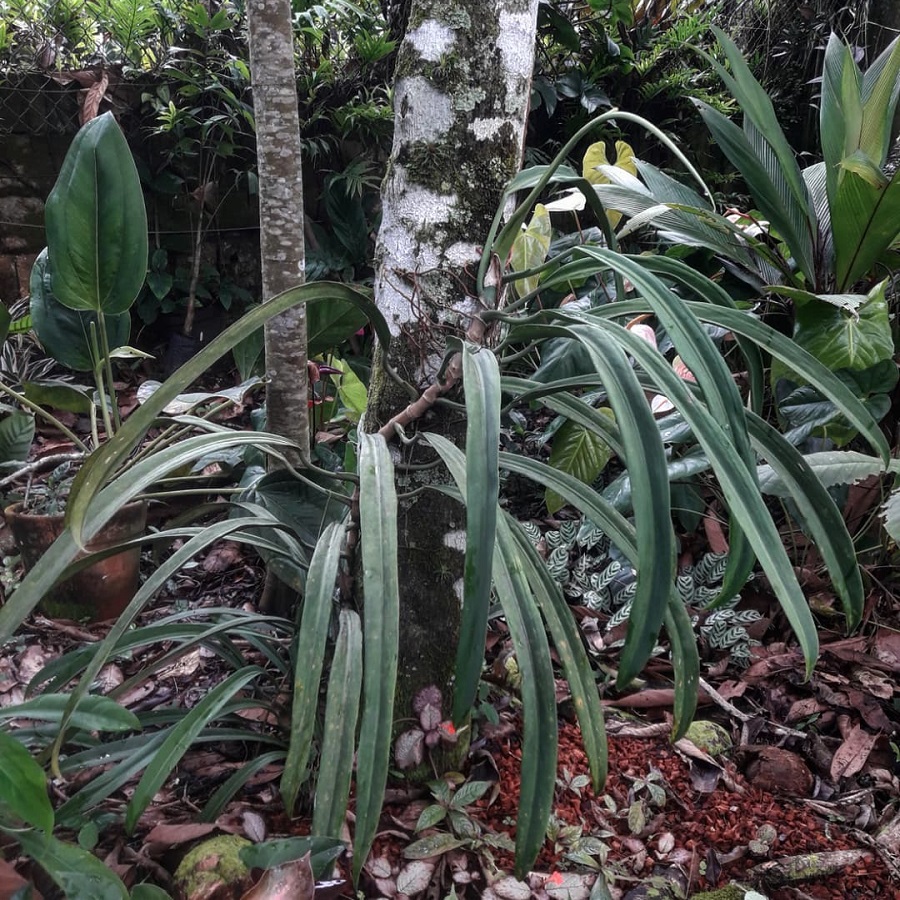
Try growing the rare Philodendron alternans in your home—it’s a fast climber with large bayonet leaves that can reach 3 feet in length! This epiphyte species is native to Colombia and has alternating, glossy green leaves with finely serrated edges. Unique growth patterns of philodendron alternans can be explored by understanding its ecological role and cultivating it successfully. For curious plant lovers, this species offers a fascinating experience!
Learn how to grow Philodendron alternans indoors here.
Philodendron angustisectum
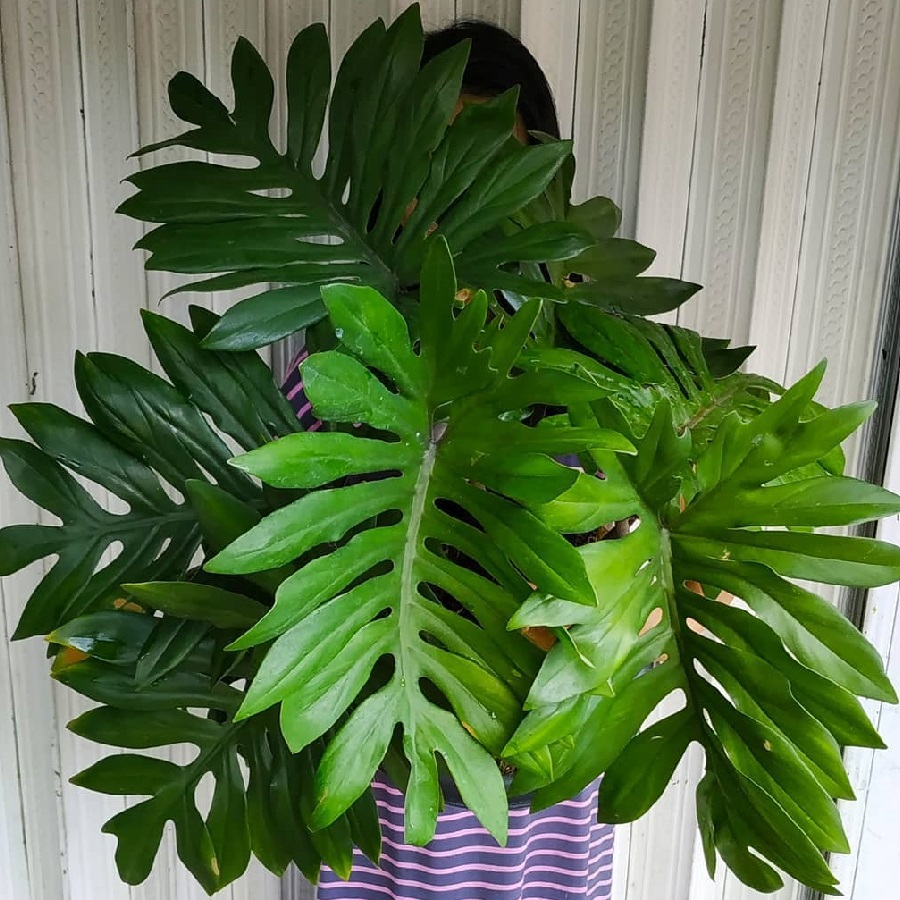
Awarded the Royal Horticultural Society’s Award of Garden Merit, Philodendron angustisectum is a species of flowering plant native to Bolivia and Colombia and boasts cut-leaved foliage. It can reach up to 1.3m long with internodes moderately long. Its petiole is terete, sappy, shortly sheathed at base and its blade is thinly coriaceous with an open sinus in adult plants. Its inflorescence includes a peduncle of 3-4cm long, a spadix shorter than spathe with a female zone cylindric and a male zone obtuse. To ensure proper growth for this unique philodendron plant, make sure to provide bright indirect light, moist soil, adequate fertilization & humidity. Propagation methods include stem-cuttings or air-layering.
Learn how to grow Philodendron angustisectum indoors here.
Philodendron annulatum
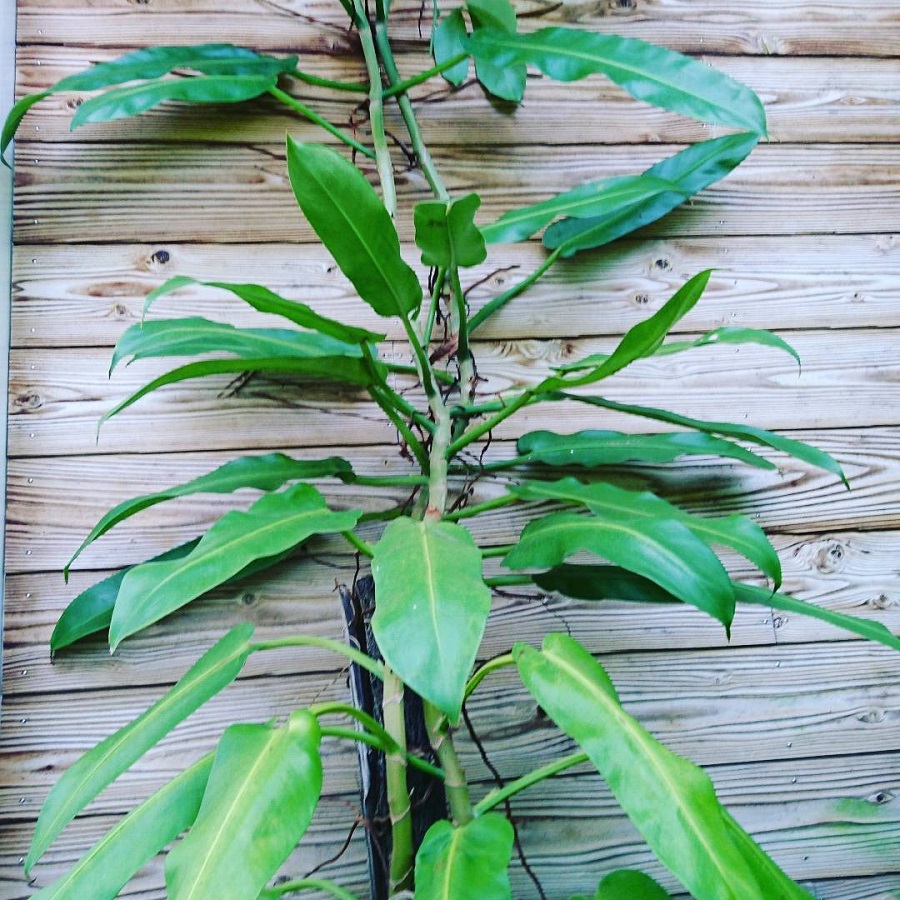
You’ll love the glossy, dark green leaves of Philodendron annulatum – a species native to Central and South America. To ensure the healthiest possible plant, make sure you choose quality potting soil and provide adequate water and light. Propagation is easy with stem cuttings placed in water or soil. Common pests include mealybugs, aphids, spider mites and scale insects; be sure to check for signs of infestation regularly. With proper care, your philodendron annulatum will thrive!
Philodendron bernardopazii

Enjoy the eye-catching glossy leaves of Philodendron bernardopazii, with contrasting white veins on the upper leaf blade and red veins below. It originates from the rainforests of Brazil and requires indirect, bright light and well-draining soil. Propagation is simple thanks to its stem cuttings, while care tips for beginners include allowing the top layer to dry out between waterings and plenty of humidity. Its best companion plants are ferns or Calatheas for a tropical feel.
Learn how to grow Philodendron bernardopazii indoors here.
Philodendron brandtianum
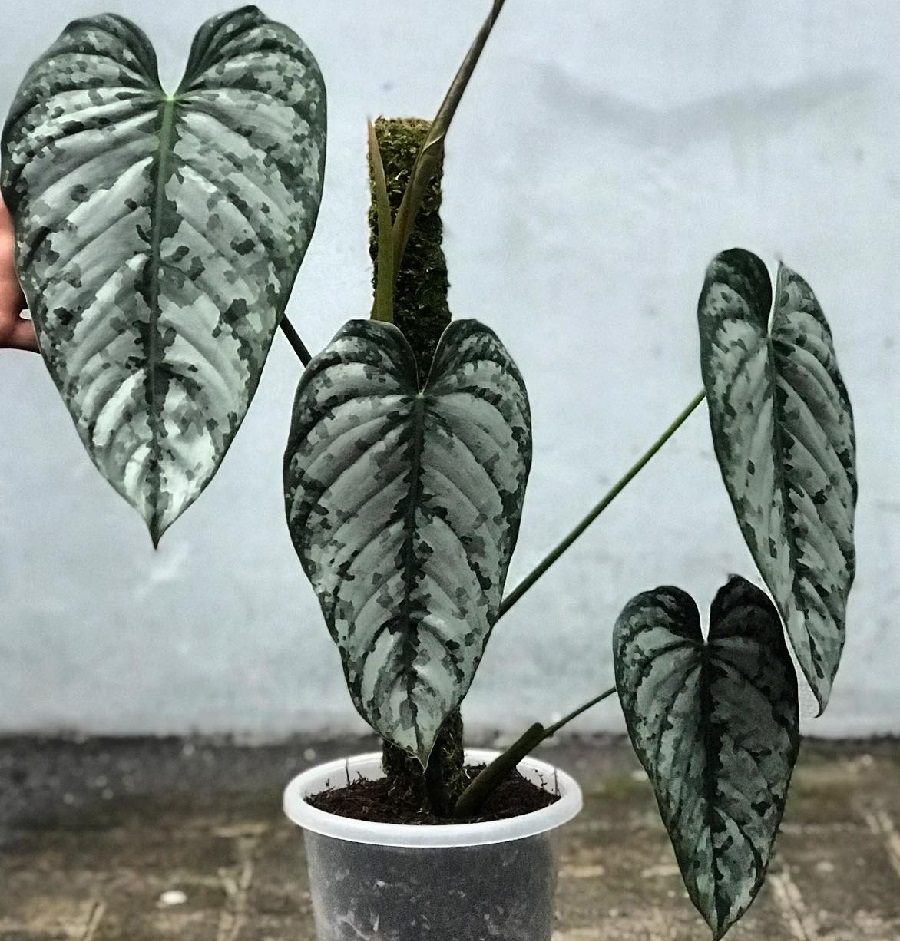
Try out the beautiful Silver Leaf Philodendron for a unique addition to your home! This plant has become quite popular due to its easy care and maintenance needs. Benefits of growing Philodendron brandtianum include its attractive mottled pattern of green and silver leaves, as well as its adaptability to warm humid environments. For proper care, make sure to keep the soil moist but not soggy, provide adequate sunlight, and regularly prune any dead or yellowing leaves. With the right conditions, you can enjoy this plant indoors or outdoors as part of your decorating ideas with Philodendron brandtianum!
Learn how to grow Philodendron brandtianum indoors here.
Philodendron brevispathum
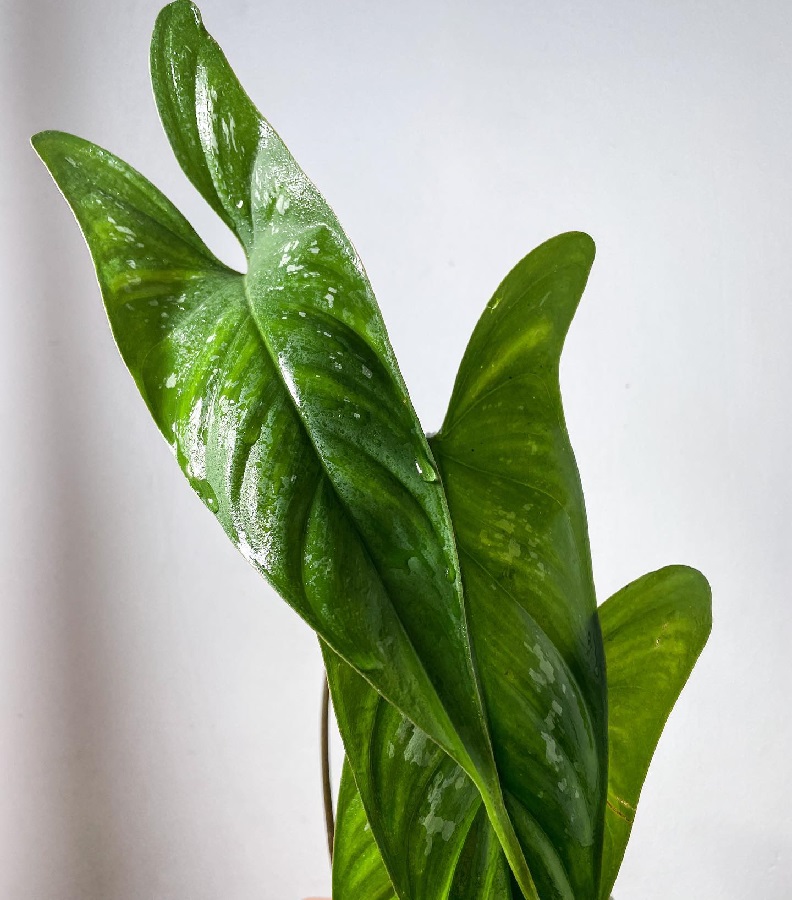
You’re now looking into the beautiful Philodendron brevispathum! It’s a great addition to larger dart frogs and tropical enclosures. When caring for this philodendron, make sure you provide it with moderate light and moist, well-draining soil. For even better cultivation tips, don’t forget about the special requirements of philodendron brevispathum care. If kept outside of a vivarium, provide it with a place to climb.
Learn how to grow Philodendron brevispathum indoors here.
Philodendron brenesii
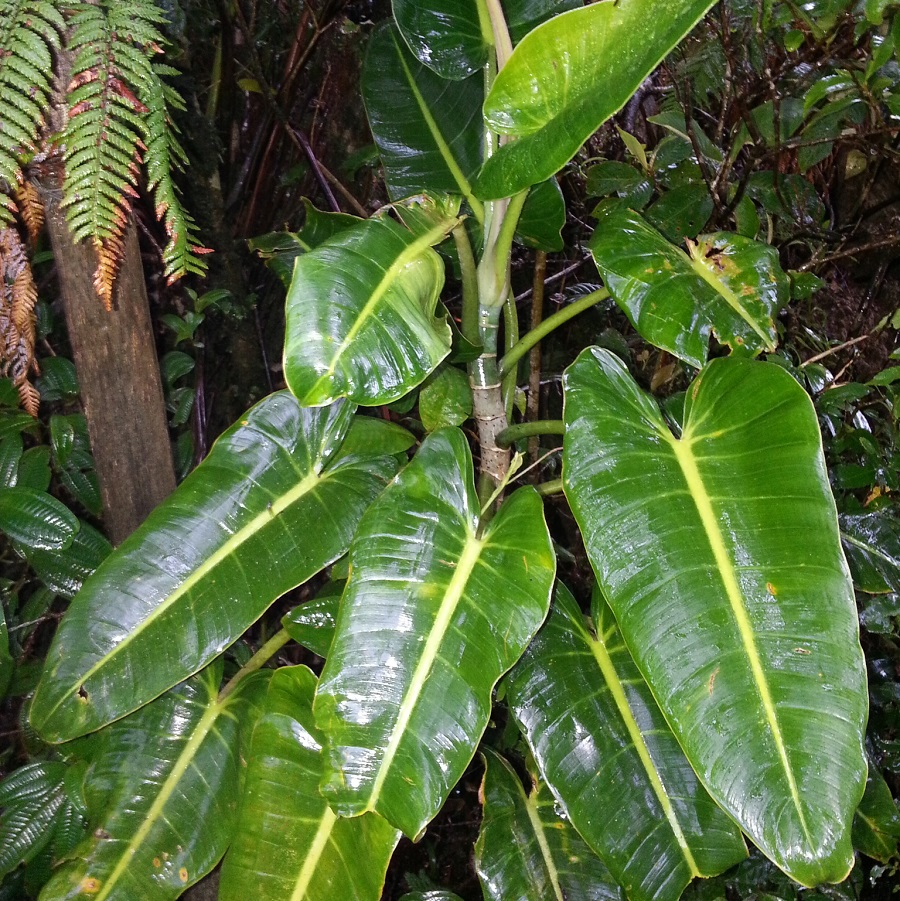
Check out the striking Philodendron brenesii – perfect for your tropical enclosure! This epiphytic vine has thick, oblong-ovate leaves with a deep sinus. Propagation is easy; just cut off a healthy stem and place it in water or potting soil. Care tips include providing bright indirect light, moist soil and regular misting. Common pests to watch out for are mealybugs, aphids and whiteflies – use a natural insecticide as needed to keep these at bay.
Philodendron brunneicaule
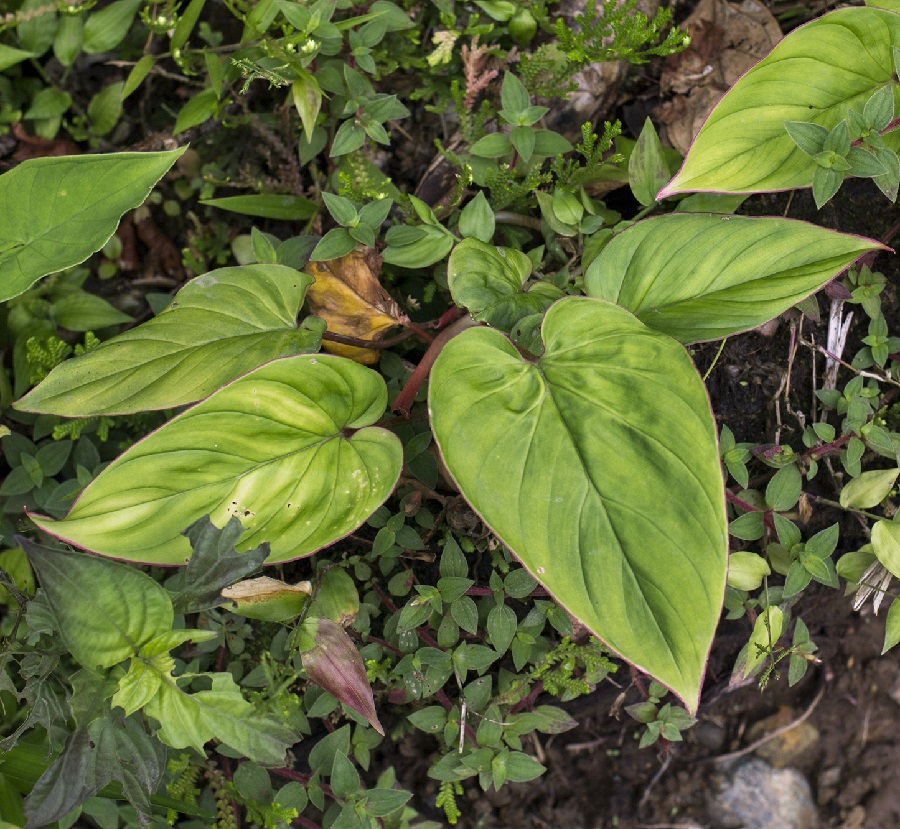
Philodendron brunneicaule is an epiphytic climber with reddish-brown stems and large, solitary inflorescences borne at several of the uppermost internodes. To propagate it successfully, sow its seeds in a moist, well-draining potting mix. It needs bright indirect light and regular watering to thrive. Common pests include mealybugs and aphids while common diseases are root rot and fungal infections. With proper care tips and pest control measures, you can keep your Philodendron brunneicaule healthy!
Learn how to grow Philodendron brunneicaule indoors here.
Philodendron burle-marxii
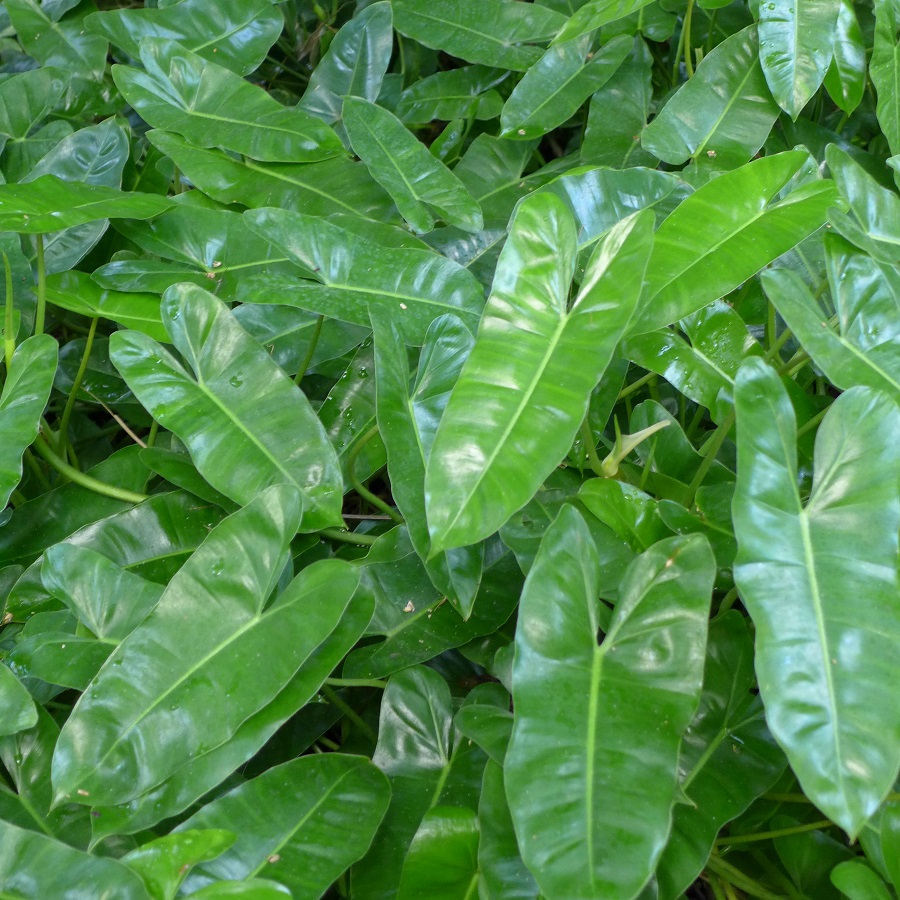
Discover the unique, dark green and pale yellow foliage of Philodendron burle-marxii that make it an interesting addition to your houseplant collection! This epiphytic vine grows via its roots and has narrowly oblong leaves with a base ranging from auriculate to truncate. To ensure healthy growth, provide bright indirect light, regular watering and occasional fertilizer. For propagation, cuttings or divisions are the best methods. Enjoy this plant’s unique characteristics and features!
Learn how to grow Philodendron burle-marxii indoors here.
Philodendron bipinnatifidum
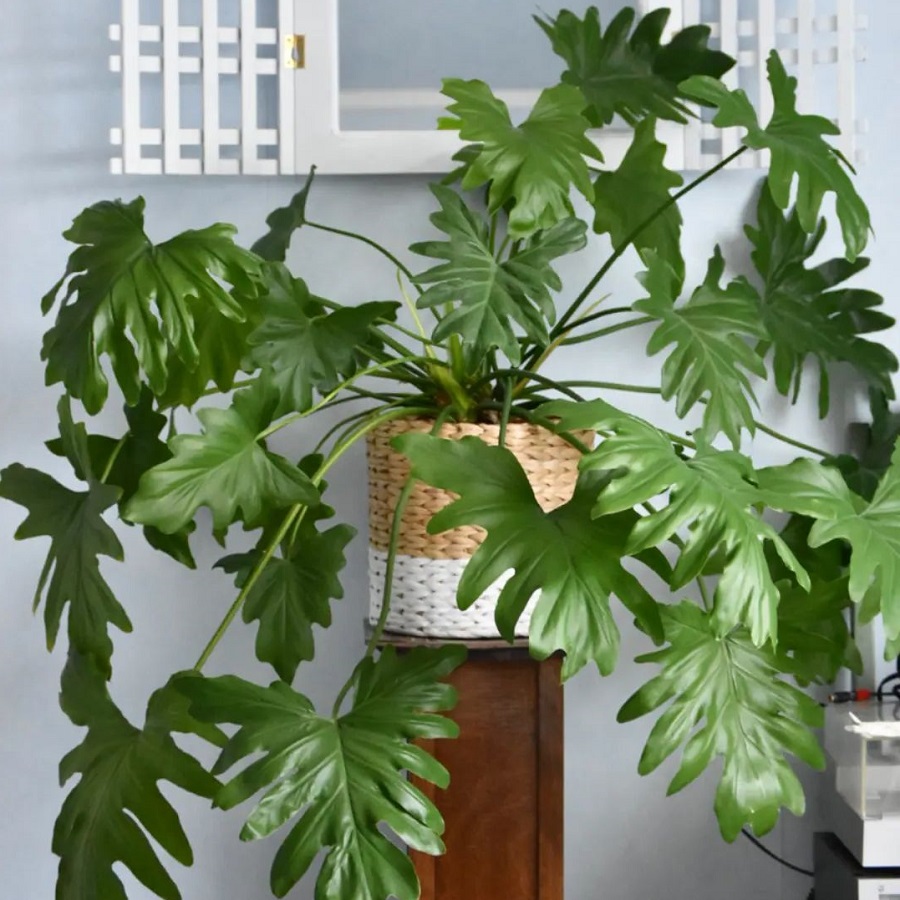
Experience the unique foliage of Philodendron bipinnatifidum, with its large, glossy leaves and deep lobes! Growing tips for this plant include planting in shady areas or indoors in containers. Its unique characteristics include the purplish red spathe enclosing an upright spike of tiny petal-less flowers. Best locations for planting philodendron bipinnatifidum include courtyards, near pools or water features. Be sure to mist occasionally when grown indoors and take note that all parts are poisonous if ingested.
Learn how to grow Philodendron bipinnatifidum indoors here.
Philodendron brasiliense
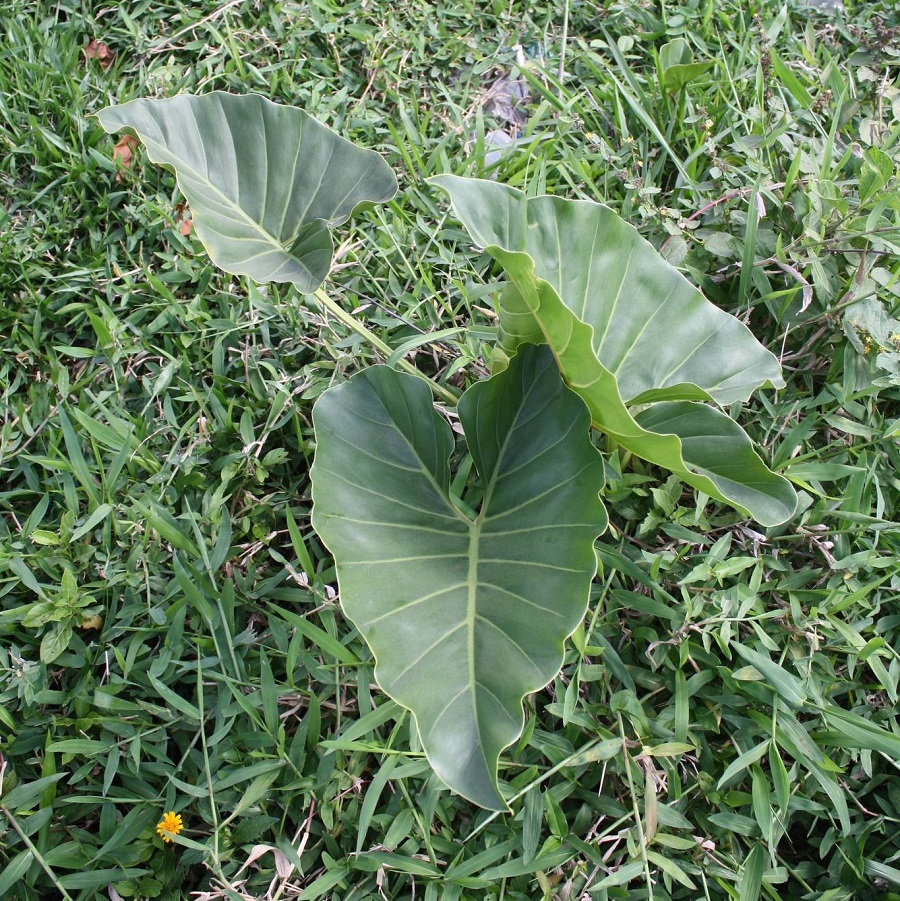
Check out Philodendron brasiliense, a unique evergreen plant with large glossy heart-shaped leaves and deep lobes! It has a rhizomatous, creeping stem that can reach up to 60 cm in height. Its intravaginal squamules are persistent and triangular-flattened. To ensure the health of your P. brasiliense, make sure it is kept in bright indirect sunlight and watered regularly with well-draining soil. Its unique features include its petiole which is usually longer than the leaf blade and its hastate to sagittate leaf shape. To spruce up your home decor, you can use this plant as a vining wall decoration or place it in hanging baskets for an indoor jungle effect!
Philodendron billietiae
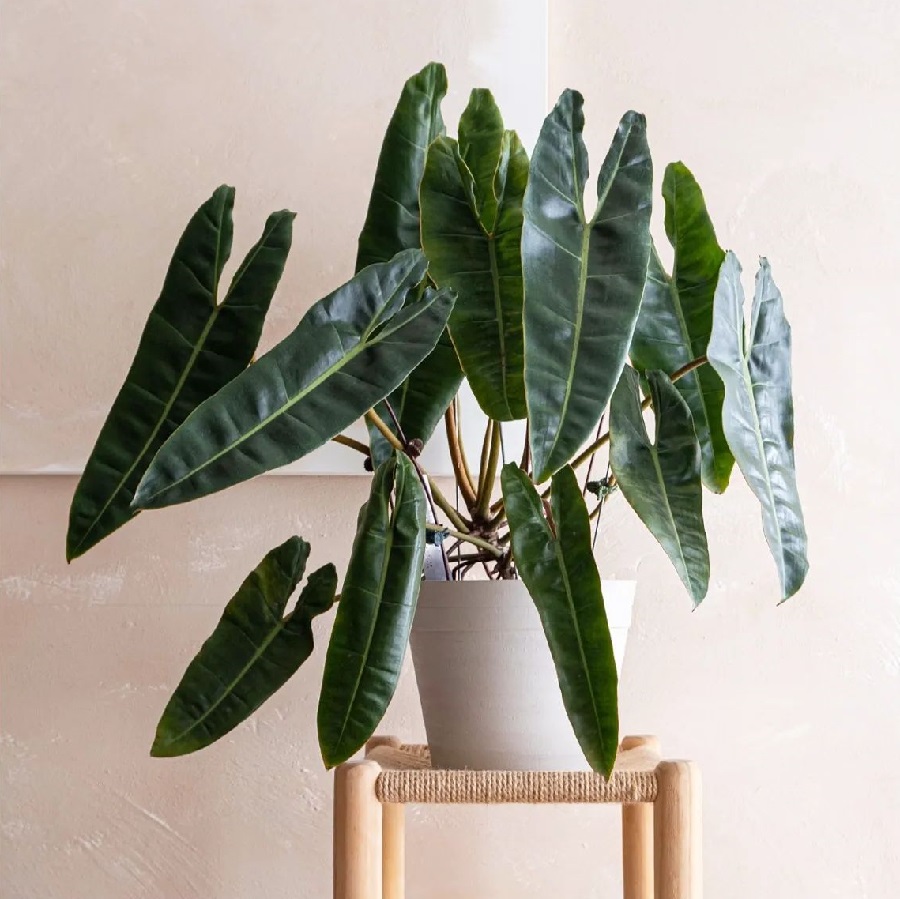
Get ready to add a tropical touch to your home with Philodendron billietiae, a stunning evergreen plant with large, wavy heart-shaped leaves and yellow-orange petioles! Native to Guyana, Brazil and French Guiana, this unique specimen can reach several feet in height. Growing tips for Philodendron billietiae include low light, high humidity and regular watering. For those wanting an exotic atmosphere indoors, the plant’s distinctive characteristics make it perfect for creating that vibe! With its vibrant colors and beautiful shape, Philodendron billietiae is sure to be an eye-catching addition to any space.
Learn how to grow Philodendron billietiae indoors here.
Philodendron bipennifolium

Transitioning from Philodendron billietiae, the Philodendron bipennifolium is a rainforest-dwelling plant that can adapt to different environments. It has thick stems and glossy green leaves shaped like a horse’s head or violin. This Philodendron has various variations such as P. bipennifolium aurea (gold), variegated, Splash Gordon, Glaucous blue, Silver, etc. To ensure its growth and health, it requires specific propagation techniques and care requirements.
Learn how to grow Philodendron bipennifolium indoors here.
Philodendron biribiriense

Philodendron biribiriense is a rainforest-dwelling plant with thick stems and glossy green leaves, like P. bipennifolium. It needs bright indirect light, moist soil, and occasional misting to thrive. Unique features include inconspicuous sheaths on petioles, chordate laminar leaves, and a cylindrical peduncle. Popular cultivars are variegated Silver Sword and the deep green ‘Lemon Lime’. With proper care, it can be a beautiful addition to any home!
Philodendron bonifaziae

Philodendron bonifaziae is an evergreen shrub with dark green, glossy leaves and a wavy edge that can grow up to 36 inches tall. Its blooms are delicate white flowers with a sweet coconutty scent. For propagation techniques, it grows quickly when given support such as a trellis or pole. Care tips for maintaining a healthy plant include good ventilation and moderate watering. It has unique characteristics such as fast growth rate, wavy leaf edges, and fragrant blooms which make it an attractive addition to your home.
Learn how to grow Philodendron bonifaziae indoors here.
Philodendron barrosoanum

Barrosoanum is a hemiepiphytic climber found in Ecuador, Columbia, Venezuela, portions of the Guiana Shield and Brazil. Its leaf blades are sub-coriaceous and semi-glossy with a variety of shapes.
Learn how to grow Philodendron barrosoanum indoors here.
Philodendron basii
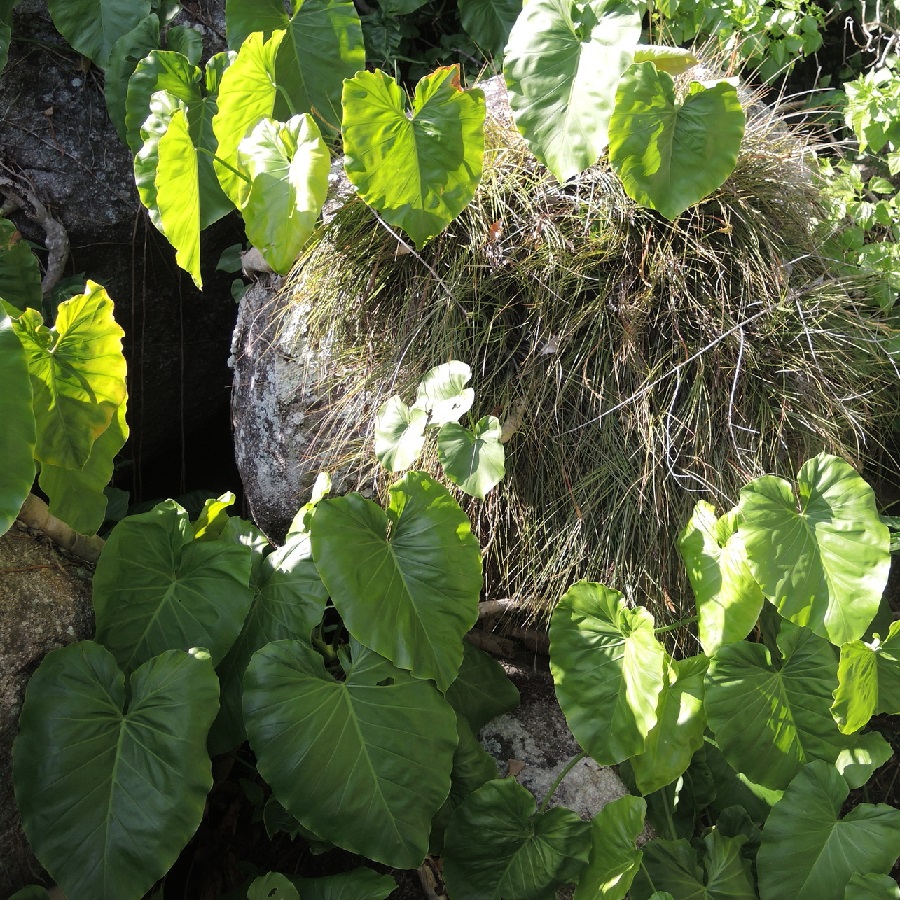
If you’re looking for an easy-to-care-for houseplant, Philodendron basii is a great choice! It has prominent leaf scars and long roots, with petioles up to 70cm in length. Its leaves are ovate-cordate, glossy on top and semi-glossy underneath. Propagation methods are simple: divide the rootball or start from stem cuttings. When caring for this plant, make sure to keep it out of direct sunlight, and water regularly and mist it often. Common pests include mealybugs and spider mites; diseases like bacterial blight can also affect it.
Philodendron crassinervium
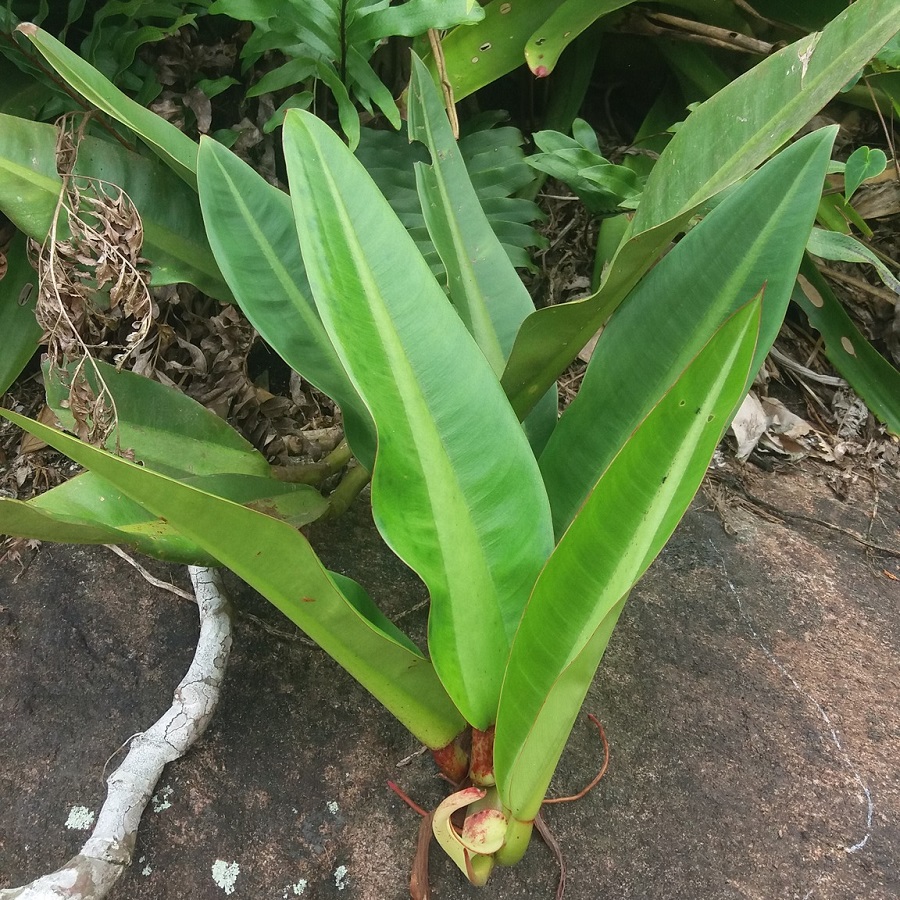
Philodendron crassinervium is a climbing plant that has long lance-shaped leaves with a large predominant midvein and red aerial roots. It is native to southeastern Brazil and produces a clear sap along the midvein which results in a freckled look on both sides of the leaves. To ensure your philodendron crassinervium thrives, make sure it gets plenty of bright, indirect light and moist soil. Propagation is best done through stem cuttings or division, as this will help preserve its unique features like deep red aerial root growth.
Learn how to grow Philodendron crassinervium indoors here.
Philodendron crassispathum
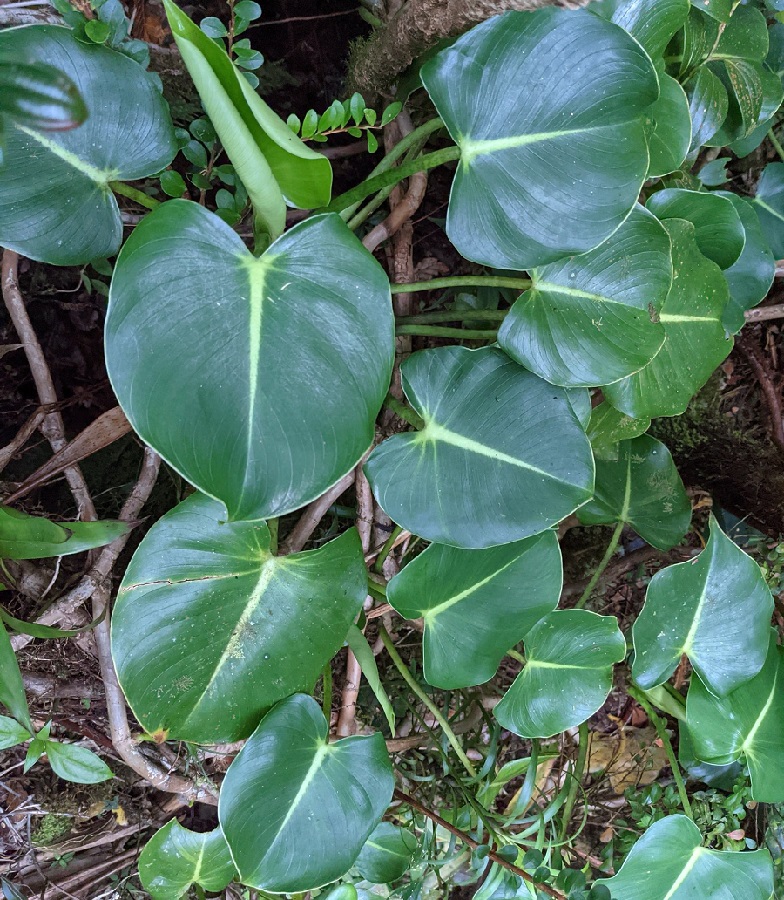
You’ll love the distinctive appearance of Philodendron crassispathum, featuring its scandent stem and deeply grooved internodes. Its petioles are subterete and spongy, while the blade is broadly ovate-cordate with a glossy dark green upper surface. The inflorescences are shorter than the leaves and have red spathe blades while the spadix can be golden-yellow or white. For safety, be sure to use gloves when handling this plant due to its spicy scent.
Philodendron curvilobum
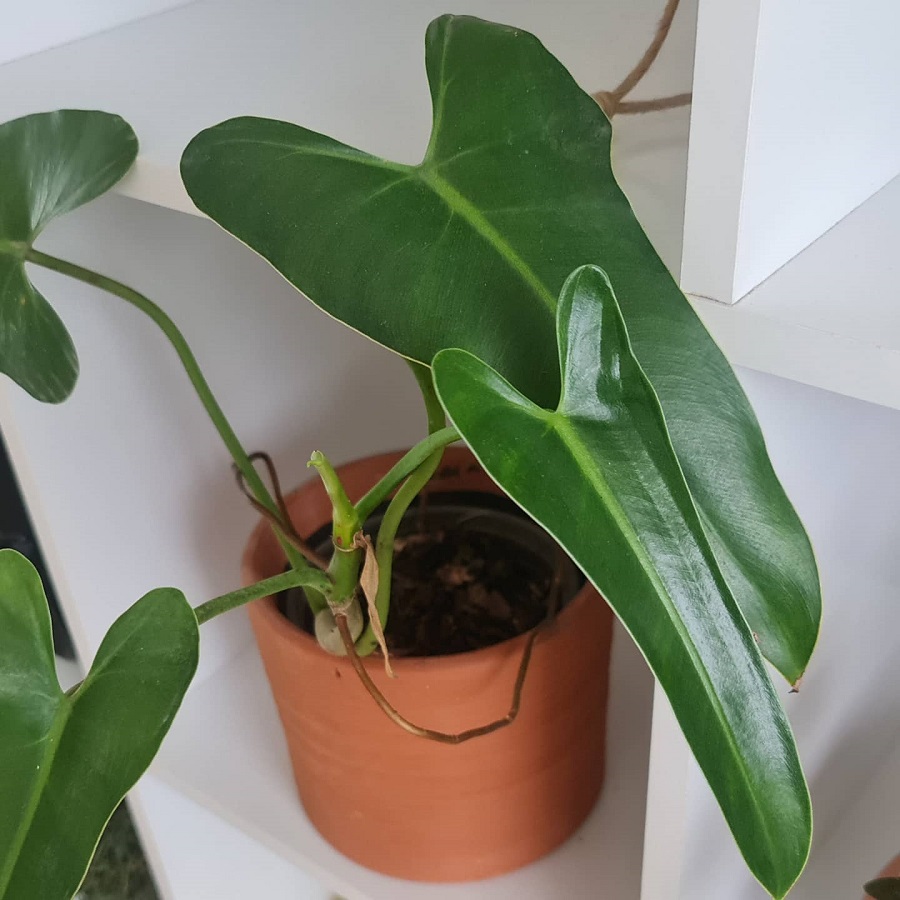
It’s easy to see why Philodendron curvilobum is so popular – its stem and internodes are curved, and the petioles are spinose. Its growth requirements are easy to meet; it likes bright but indirect light, a well-draining soil mix, and regular watering. Distinguishing features include an apex green stem becoming brown when mature, narrowly triangular prophylls, a long-cuspidate leaf blade with anterior divisions, and a spadix with a male zone of 4.5 cm. Propagation can be done by division or from cuttings of stems or leaves for those looking to increase their collection.
Learn how to grow Philodendron curvilobum indoors here.
Philodendron cipoense

You’ll want to check out Philodendron cipoense if you’re in the market for a striking epilithic herb. It has a unique stem and leaf arrangement, with petioles 13-40 cm long and a blade 24-41 x 19-36 cm. Propagation is best done using cuttings or tissue culture, and it requires moderate watering and regular fertilization for optimal growth. Care tips include keeping it away from direct sunlight, maintaining humidity levels above 70%, and not allowing the soil to become too wet or dry. With the right care, this plant will bring an interesting look to your home!
Learn how to grow Philodendron cipoense indoors here.
Philodendron consanguineum
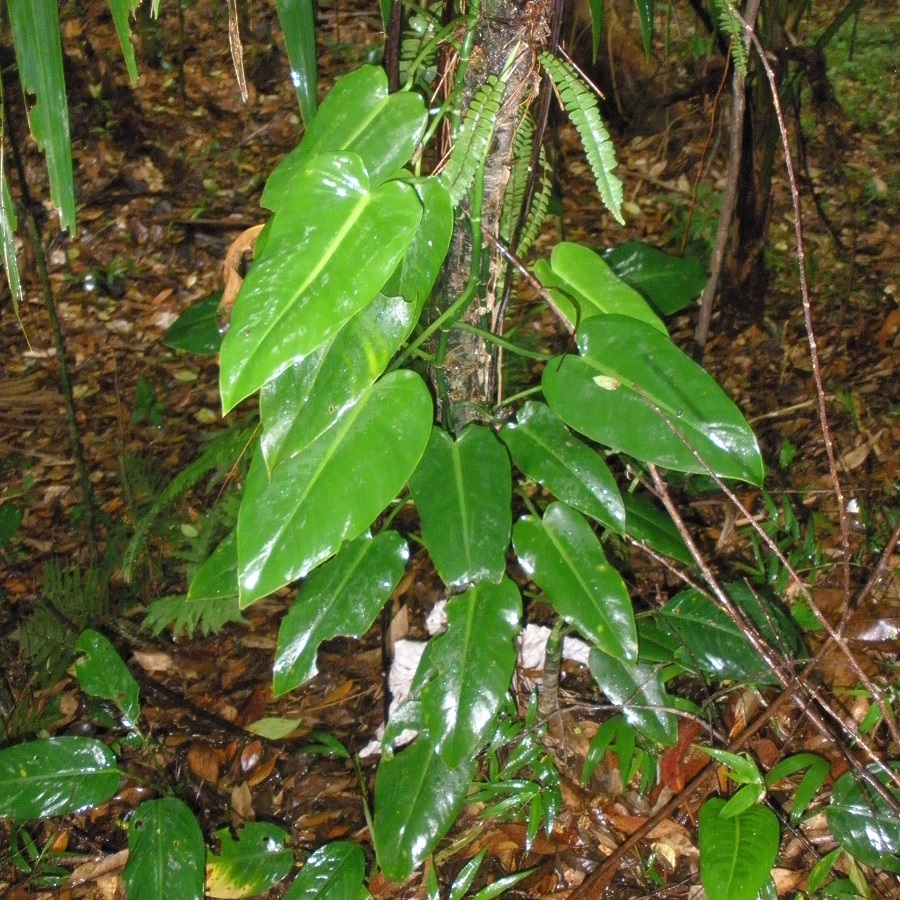
If you’re looking for a unique epiphyte, Philodendron consanguineum is worth considering. It has a clambering stem with clasping roots and large, coriaceous leaves with deep lobes. To thrive, it needs bright indirect light and moist soil. You can propagate it through cuttings or division of the rhizome. For proper care, keep water levels consistent and provide adequate humidity to prevent brown spots on the leaves.
Philodendron cordatum
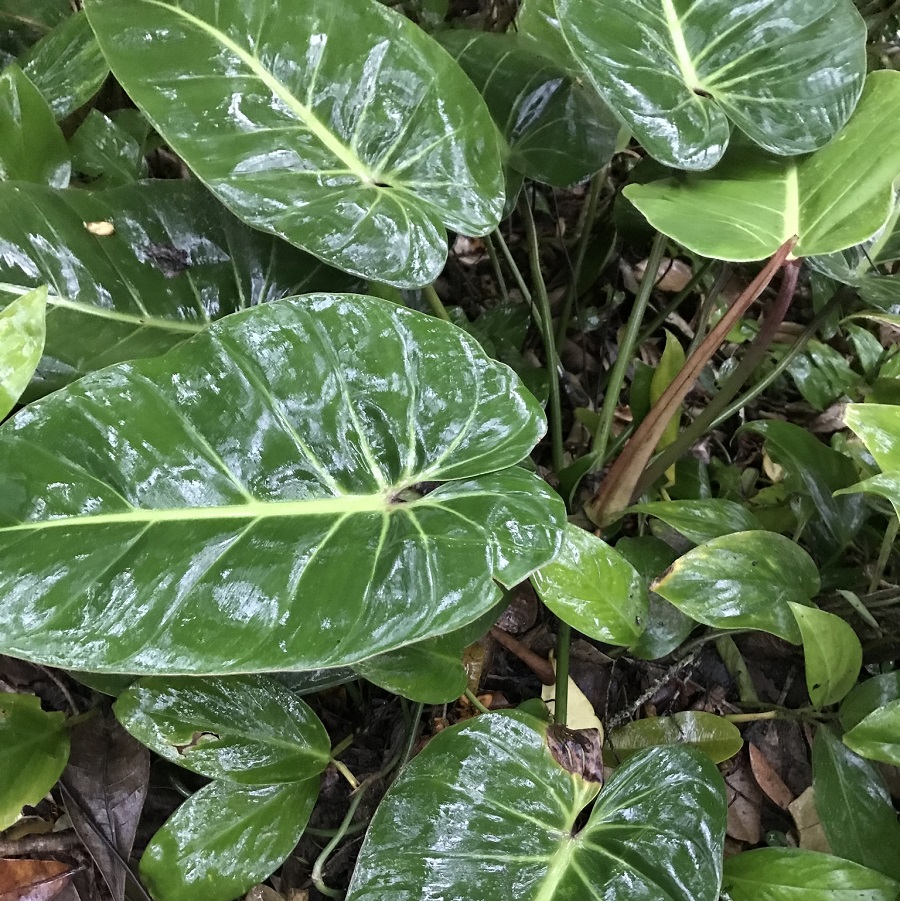
Philodendron cordatum is an evergreen, hemiepiphytic vine with ovate to broadly ovate leaves and a chartaceous to subcoriaceous texture. It has a green apex becoming greyish in mature parts, with internodes 1.5-3 cm long. Its petiole is 55-61 cm long while its leaf blade is 40-65 x 23-41 cm and apex acute. A single inflorescence of 3-9 cm peduncle per floral sympodium can be seen, along with a 17-21 x 4-6 cm spathe outside which is greenish cream and inside cream. Propagation techniques, care tips, common pests and diseases should all be considered when caring for this plant.
Learn how to grow Philodendron cordatum indoors here.
Philodendron correae
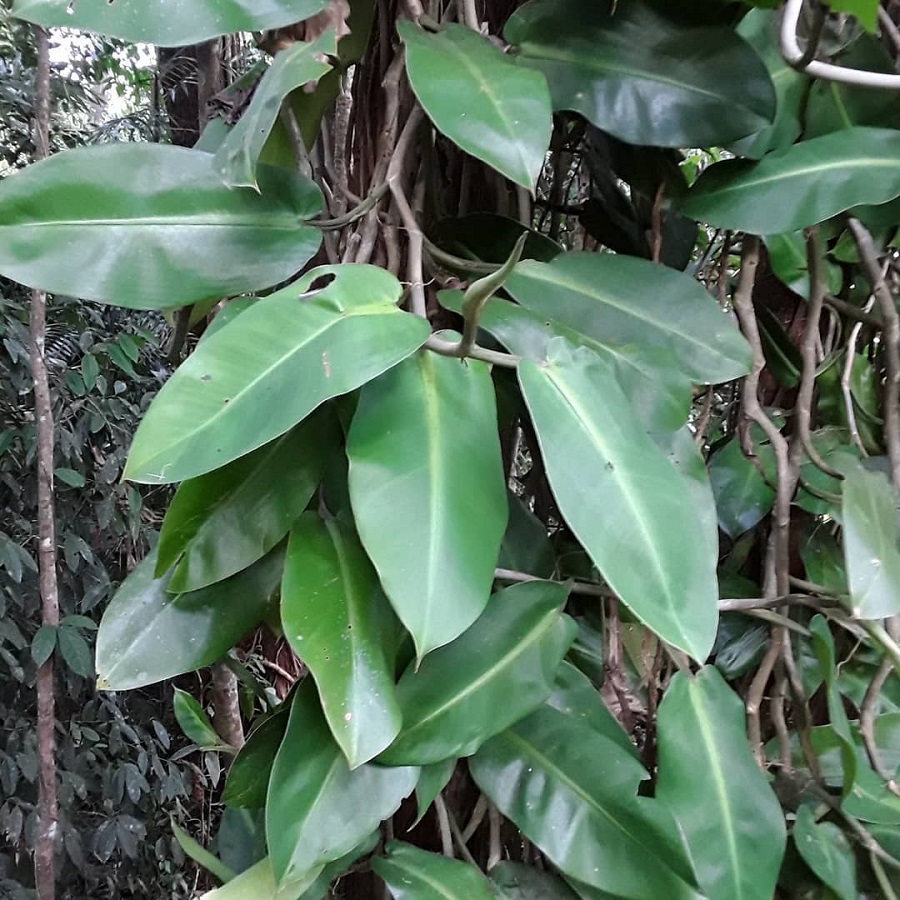
Flowering in Philodendron correae occurs during the early rainy season, June through September. This species has unique characteristics compared to other philodendrons, such as its appressed-climbing stem and obtusely flattened internodes. To successfully propagate and maintain this plant, use appropriate care techniques that provide enough moisture and light. Additionally, consider using potting soil with a low pH level for optimal growth of philodendron correae.
Philodendron cotonense
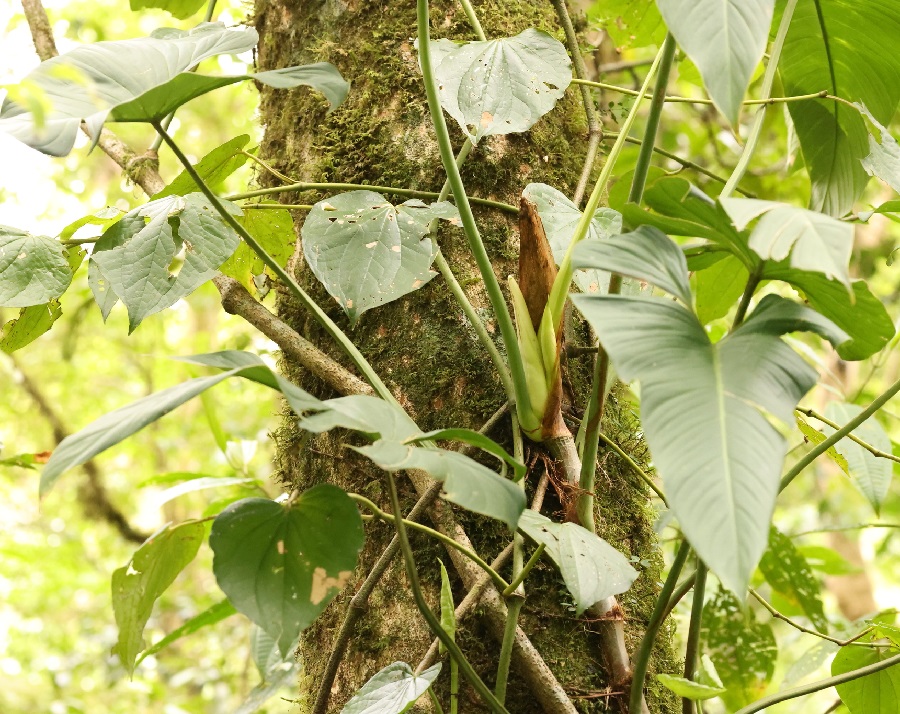
You’ll love the velvety texture and glossy heart-shaped leaves of Philodendron cotonense! Native to Colombia, this vining plant prefers indirect light and moist, well-drained soil. Exploring its unique climbing habits is a fun way to add beauty to your space. Providing helpful care tips will ensure successful growth and maintenance. Additionally, learning about its natural habitat can give you insight into the environmental conditions preferred by philodendron cotonense.
Philodendron camposportoanum
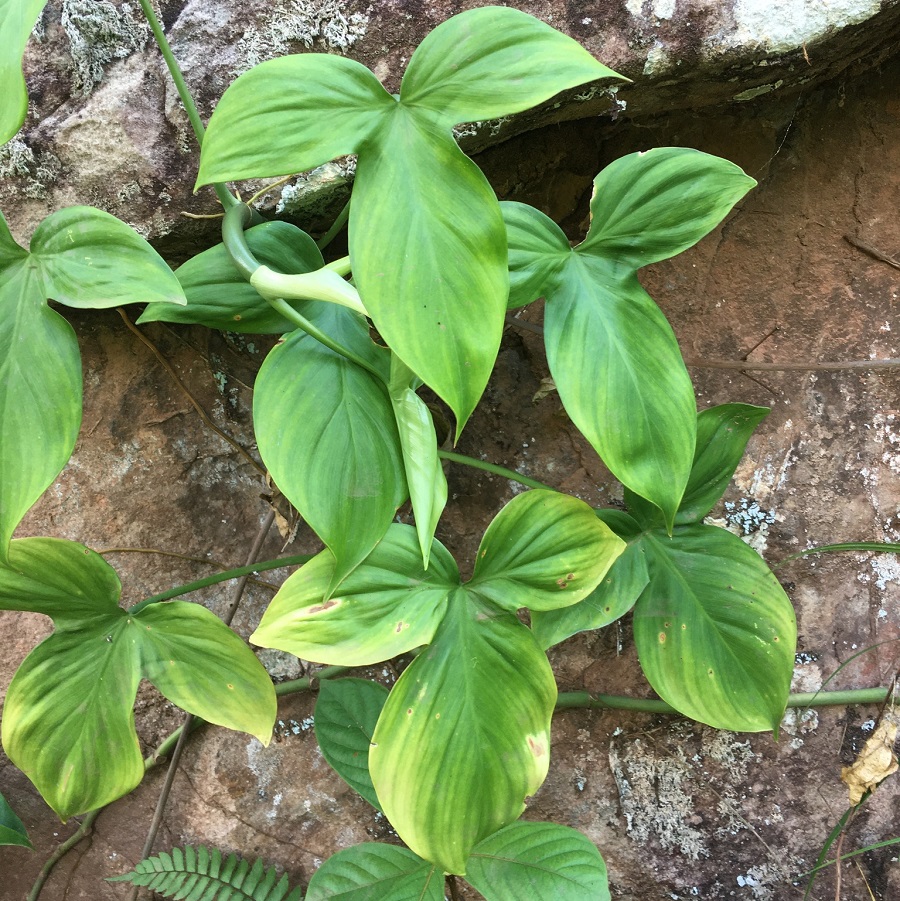
Experience the color-changing foliage and velvety texture of Philodendron camposportoanum—it’s one of the easiest to care for! Native to Central and South America, this small epiphytic plant is popular amongst houseplant lovers. Propagation techniques include division or stem cuttings. Best care practices involve bright, indirect light, a well-draining soil mixture, and consistent watering. Its unique characteristics include a vining climbing nature and maroon to pinkish leaves that shift in shape with maturation and grow up to 8 inches in width.
Learn how to grow Philodendron camposportoanum indoors here.
Philodendron callosum

With its short internodes and creeping growth habit, Philodendron callosum is one of the most popular aroids in South America. It can be found as an epiphyte growing on dead trees or, more commonly, as a terrestrial species crawling along the ground or even growing on stone. This species has three known variations in leaf characteristics, with some having semi-coriaceous leaves and acuminate tips, others having dark green, rough leaves with rounded tips, and still others having leathery glaucous blades that are smooth. Collectors usually prefer to grow P. callosum as a ground-spreading species for best results.
Learn how to grow Philodendron callosum indoors here.
Philodendron campii
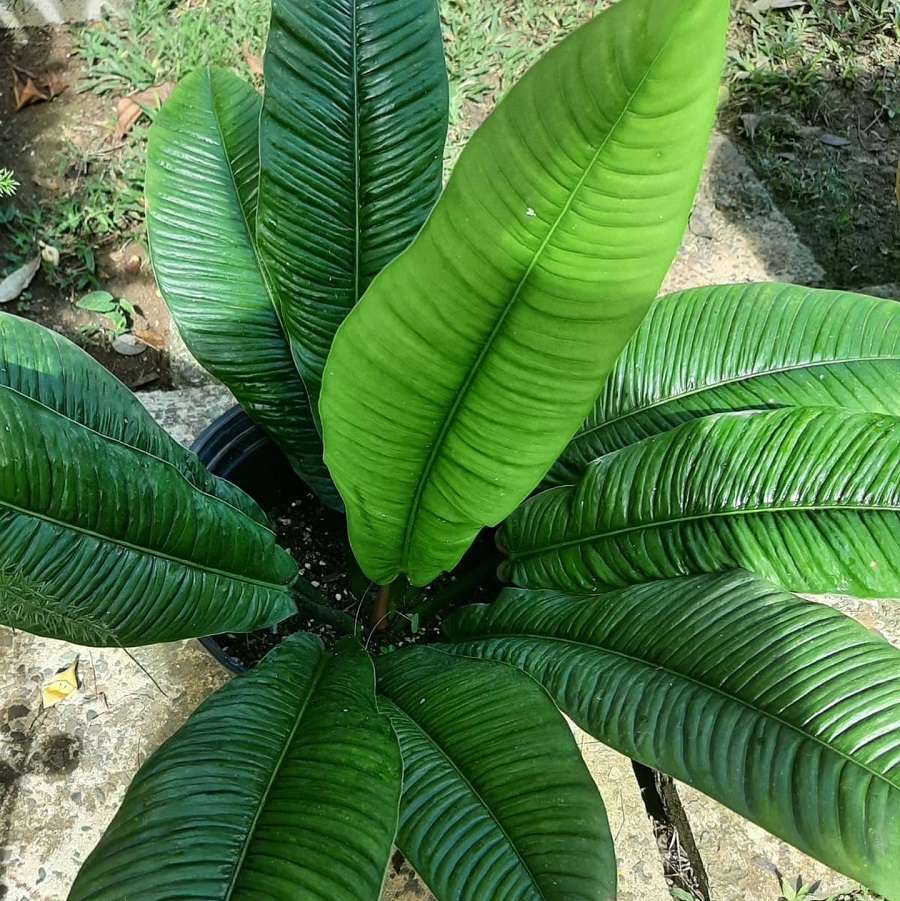
Moving on to Philodendron campii, this epiphytic plant is terrestrial at higher elevations and has internodes that are about 2-3 cm long and 1-1.4 cm in diameter. It has relatively few roots per node and its leaves are oblong-oblanceolate with a primary lateral vein count of 9-23 per side. To ensure the well-being of your Philodendron campii, be sure to pay attention to care techniques, propagation methods, and pest control solutions.
Learn how to grow Philodendron campii indoors here.
Philodendron cardosoi

Philodendron cardosoi is a terrestrial herb found in southeastern Pará and Tocantins, Brazil. It has glossy green internodes and purplish prophylls that can reach 18-22.5 cm long. Its petioles are 45-47.5 × 1.3-1.5 cm with wine-colored stripes, while the leaf blade is pinnatipartite, ovate in outline with semi-glossy fresh leaves and light brown dried ones. The inflorescence is erect at anthesis – one per leaf axil – with a whitish green spathe edged with pinkish margins and an 8.5-9.3 cm spadix containing male and female flowers of different sizes and shapes.
Philodendron chinchamayense

Now let’s move on to Philodendron chinchamayense, which is native to South America. These plants are easily identifiable by their delicate lance-like leaves and light green hue. If you want to try cultivating one, keep in mind that they need higher humidity than other houseplants. To properly propagate and care for a Philodendron Chinchamayense, you should consider setting up a greenhouse or terrarium.
Philodendron clarkei
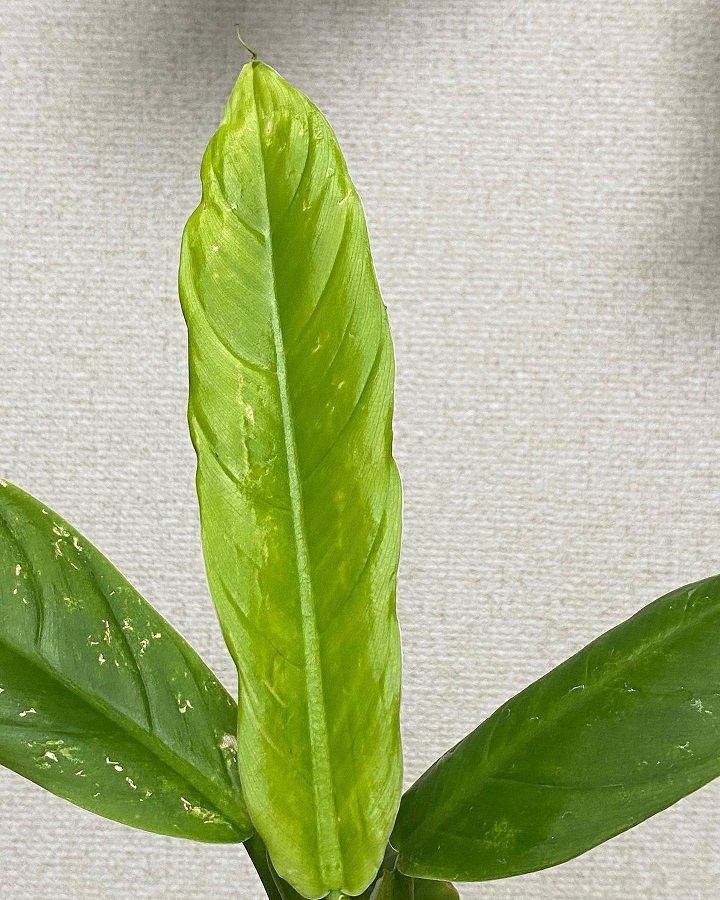
You’ll need to provide plenty of humidity for Philodendron clarkei, which grows up to two meters and has yellow-green flowers with five petals. It’s best propagated through division or cuttings and prefers partial shade and well-drained soil. Water regularly but lightly fertilize. Common pests include mealybugs, scale insects, and aphids; take care to inspect plants for signs of infestation. With proper care, this Mexican native can be enjoyed as part of your household decor!
Philodendron deflexum
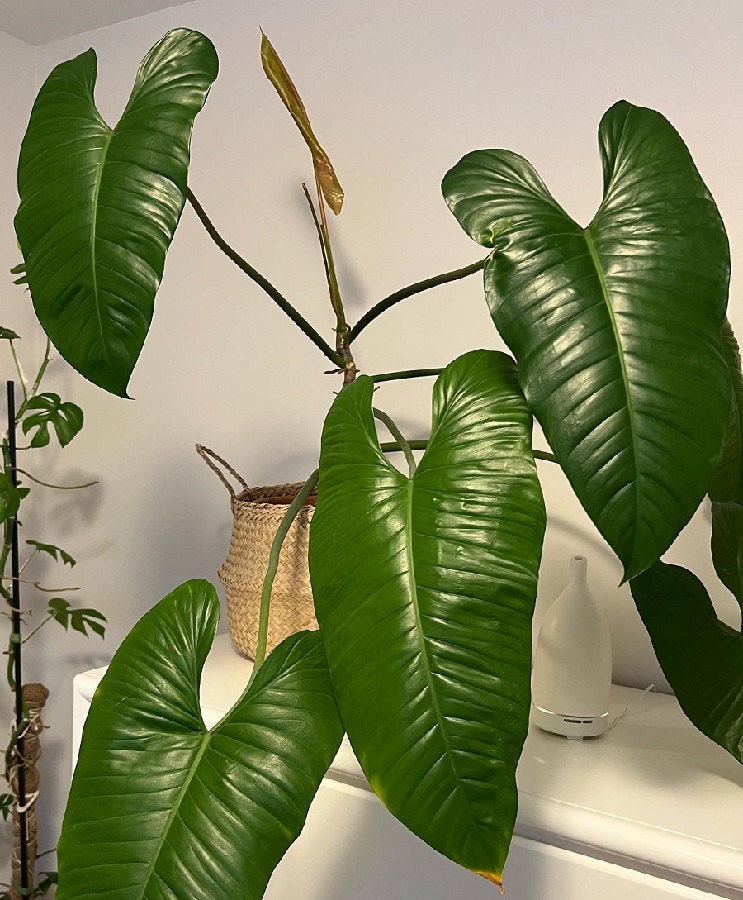
This evergreen herbaceous plant can grow up to an impressive size, boasting large grassy-green leaves with deep and prominent venation. To care for Philodendron deflexum, provide bright indirect light, keep the soil lightly moist but not soggy, and fertilizer in spring or summer. Uniquely, it is found in South America and has been introduced to other continents. Compared to other philodendrons like P. clarkei, P. deflexum stands out with its larger leaves and white flowers in inflorescences of up to 30 cm long.
Learn how to grow Philodendron deflexum indoors here.
Philodendron dressleri
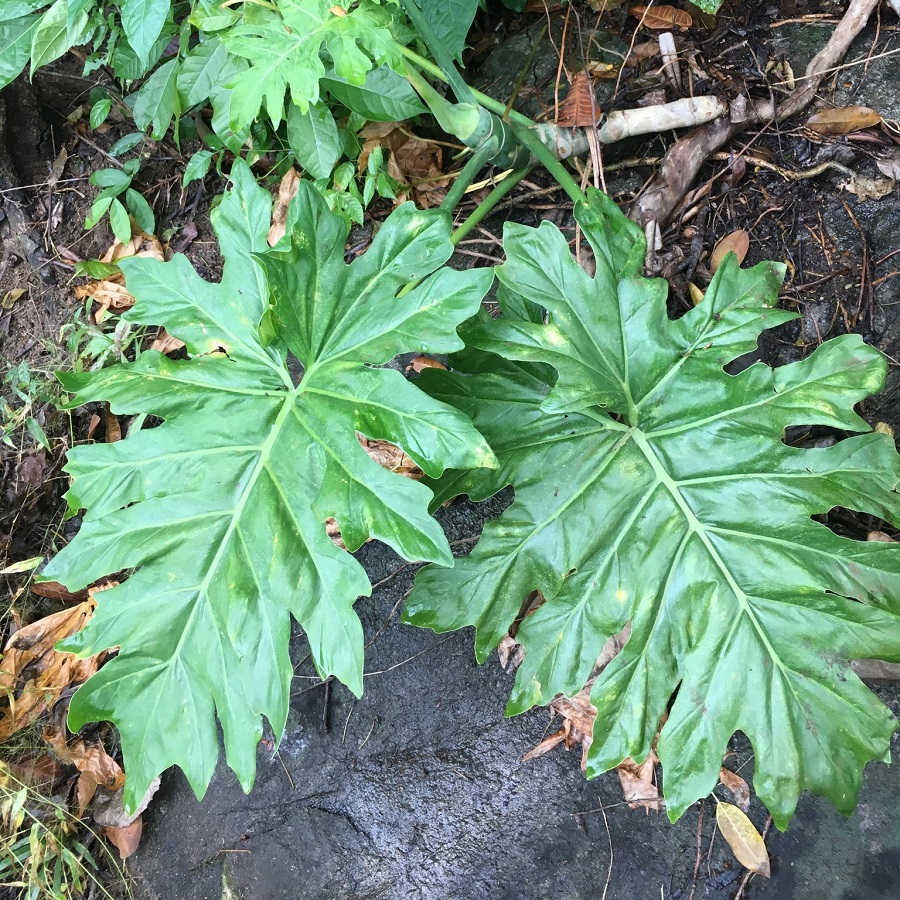
Philodendron dressleri is an epiphytic species with large, deeply lobed leaves and a scandent stem. It has internodes that are short, stout and succulent, with conspicuous leaf scars. Its petioles are long and terete while its blades are ovate in outline. Its midrib is flat and dark green striate. Popular cultivars of this species have unique characteristics that make them ideal for home gardens. For those looking to grow philodendron dressleri at home, it is important to keep in mind the amount of light the plant needs as well as make sure it gets plenty of water and fertilizer.
Philodendron duckei
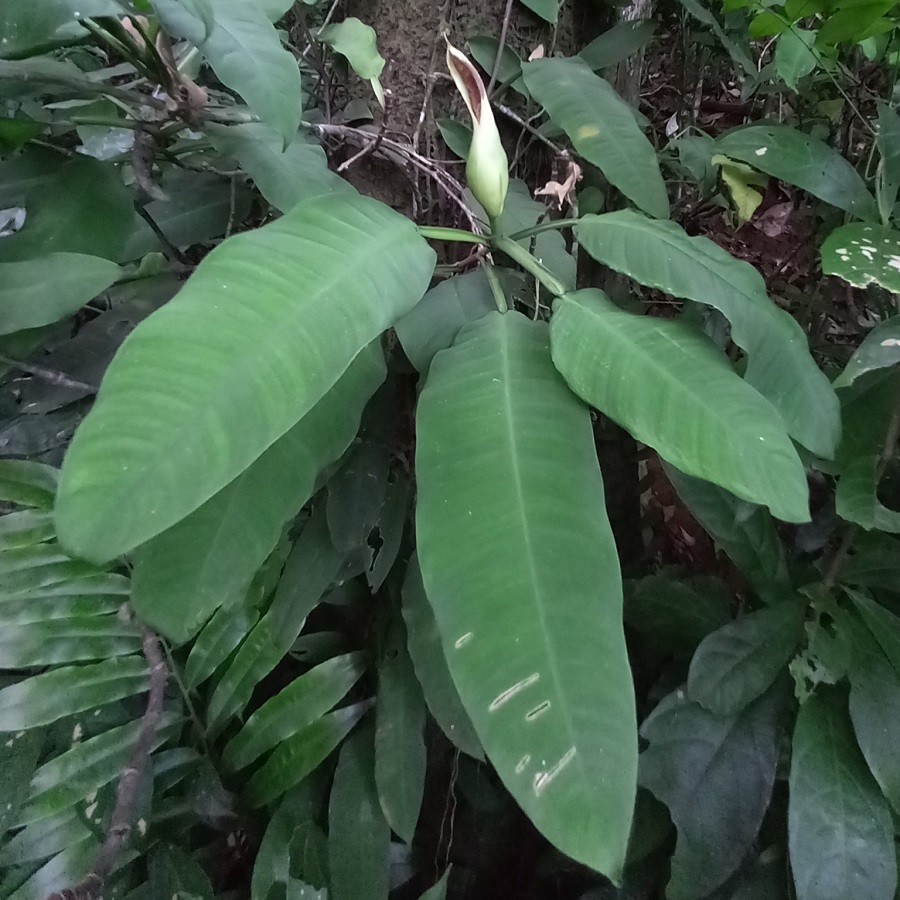
Moving on from Philodendron dressleri, Philodendron duckei is native to the Caribbean, South America, and Central America. It propagates through small, round black seeds and has a single long oval-shaped leaf when sprouting. An ideal habitat for this plant includes tropical rainforests and other moist habitats. Make sure to take good care of it in order for it to thrive!
Philodendron distantilobum
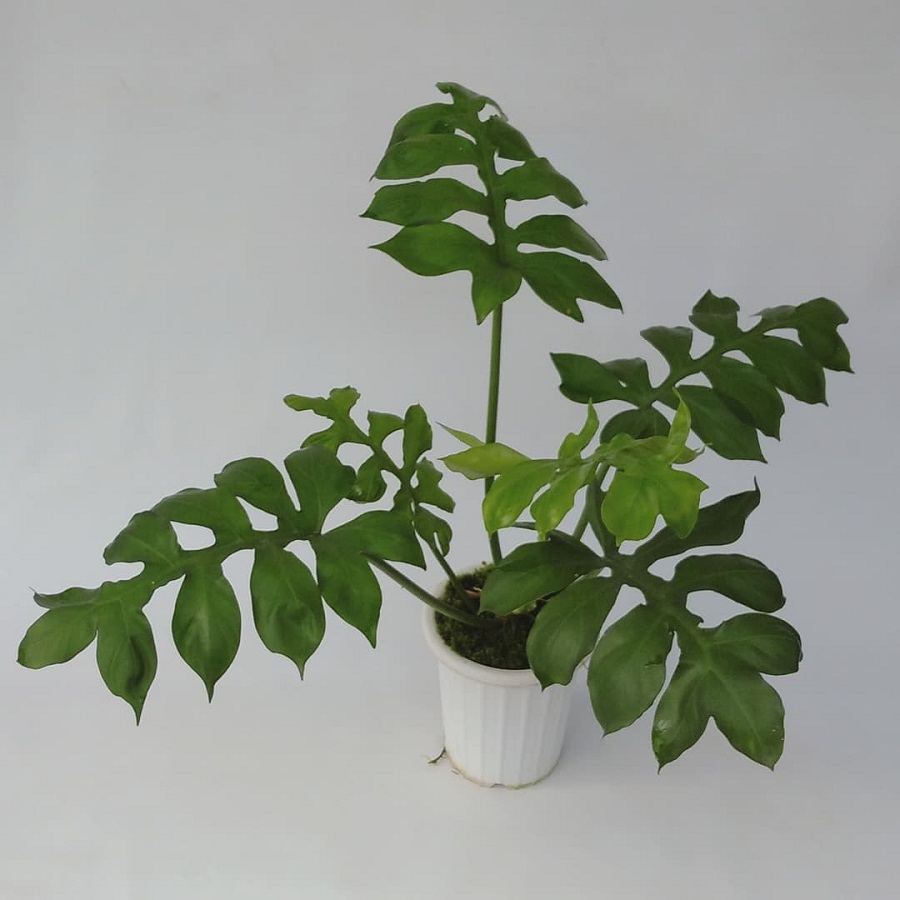
With large leaves split into numerous finger-like lobes, you’ll find it hard to miss Philodendron distantilobum. This philodendron is fast-growing and easy to care for, making it a great choice for beginners. It enjoys a moss pole or wood plank to climb up with its aerial roots. For optimal growth patterns, make sure to provide adequate sunlight and water. Propagation methods include division of the rhizomes or stem cuttings. Enjoy this beautiful plant!
Learn how to grow Philodendron distantilobum indoors here.
Philodendron dodsonii
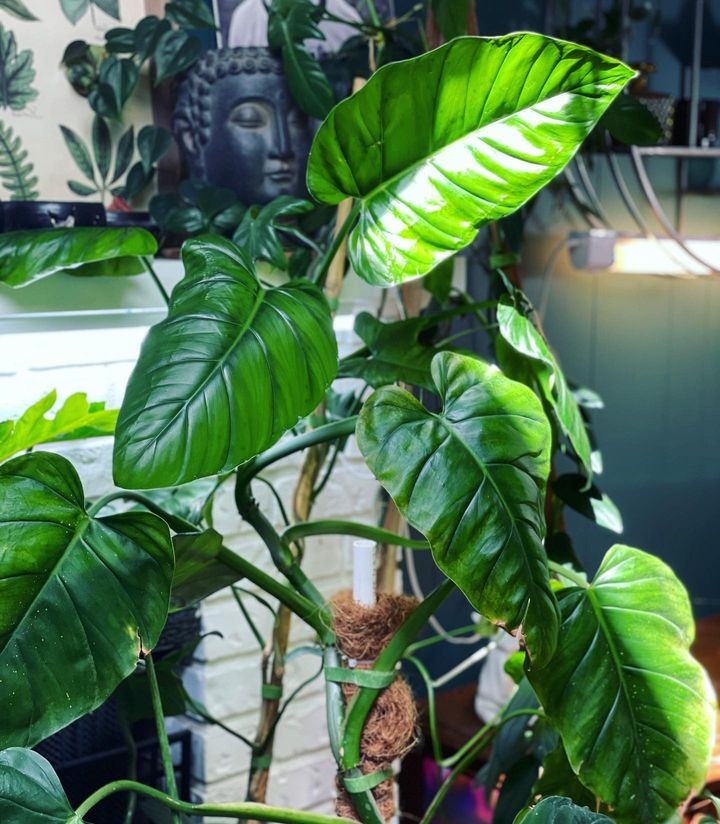
Featuring an epiphytic stem and conspicuous leaf scars, Philodendron dodsonii is a fast-growing and easy-to-care-for plant. This species requires partial shade, regular watering, average humidity levels, and access to plenty of airflow. Common pests and diseases affecting this philodendron include mealybugs, aphids, spider mites, root rot, and bacterial leaf spot. Propagation methods for this type of philodendron are through division or stem-tip cuttings.
Learn how to grow Philodendron dodsonii indoors here.
Philodendron davidsonii
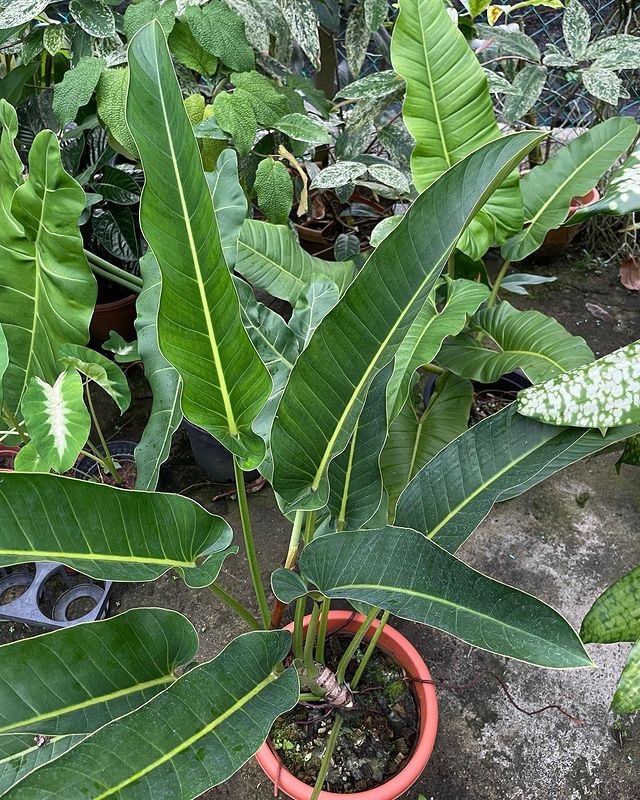
Boasting elongated, dark green leaves and small purple flowers, Philodendron davidsonii is a beautiful tropical plant that’s popular for indoor gardens. It has large ovate-oblong blades with many sunken primary lateral veins and can grow up to 12 feet in length. To keep it healthy indoors, make sure to provide bright indirect light and consistent watering. The unique characteristics of this Philodendron compared to other varieties make it easy to propagate and create more plants. With proper care tips and knowledge of its special needs, you can enjoy the beauty of your Philodendron Davidsonii for years!
Learn how to grow Philodendron davidsonii indoors here.
Philodendron daniellii

You may be familiar with the popular Philodendron davidsonii, but now let’s explore the lesser-known Philodendron daniellii. Originating in Mexico, this perennial herb can grow up to 2 m tall and produces yellow-green flowers with five petals. Its small black seeds create delicate seedlings. To cultivate this species successfully, you’ll need to provide a humid environment and ensure adequate water and sunlight. Compared to other similar species, it is best suited for an indoor environment or covered patio area. Use these tips when caring for your Philodendron daniellii – proper watering and lighting will help ensure its optimal growth!
Philodendron danteanum
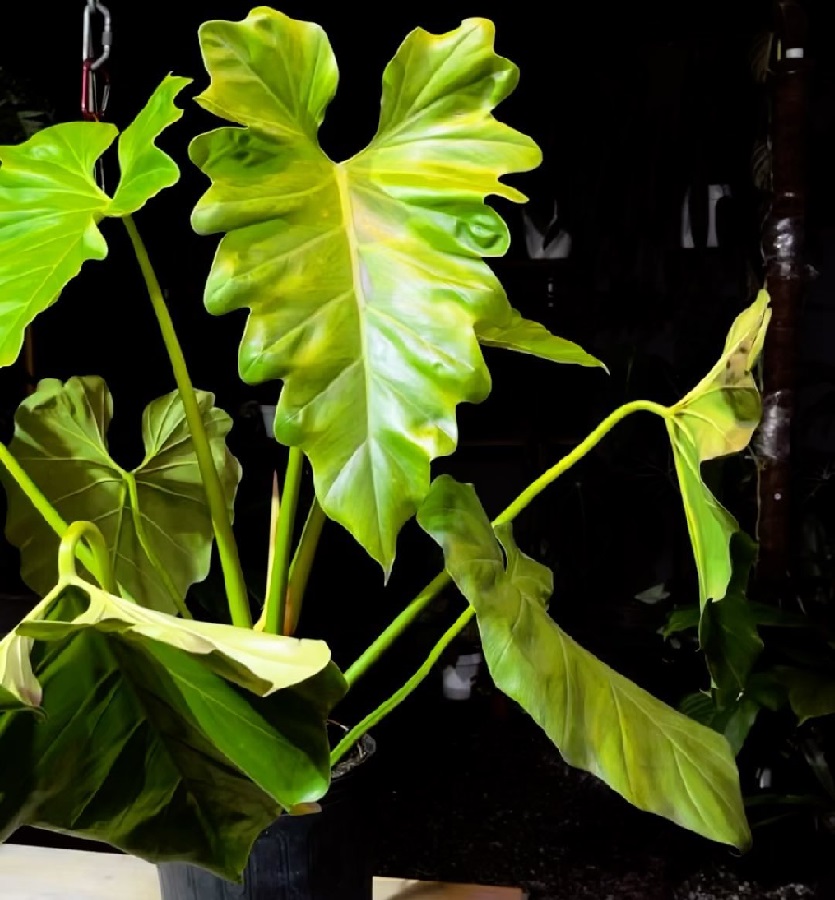
Philodendron danteanum is a stunning climber with large, glossy, heart-shaped leaves that have a velvety texture and can reach up to 3 meters in height. Its yellow-green spathe with white spadix, black oval seed with white aril, and small reddish-purple heart-shaped leaf are all unique features. Propagate it by division or stem cuttings for best results. Care tips: Keep in bright indirect light; water when the top inch of soil is dry; fertilize monthly during the growing season. Watch out for common pests and diseases such as aphids, scale insects, mealybugs, etc.
Learn how to grow Philodendron danteanum indoors here.
Philodendron erubescens

You might know Philodendron erubescens as the blushing philodendron or red-leaf philodendron. It’s a robust evergreen climber native to Colombia and features deep red, fragrant flowers. Varieties include heart-shaped leaves up to 40 cm in length, with stems reaching 3–6 m. For care tips, keep it out of direct sunlight and water when the soil is dry to the touch. Propagation techniques involve taking stem cuttings and placing them in moist soil for rooting.
Learn how to grow Philodendron erubescens indoors here.
Philodendron erubescens ‘Black Cardinal’
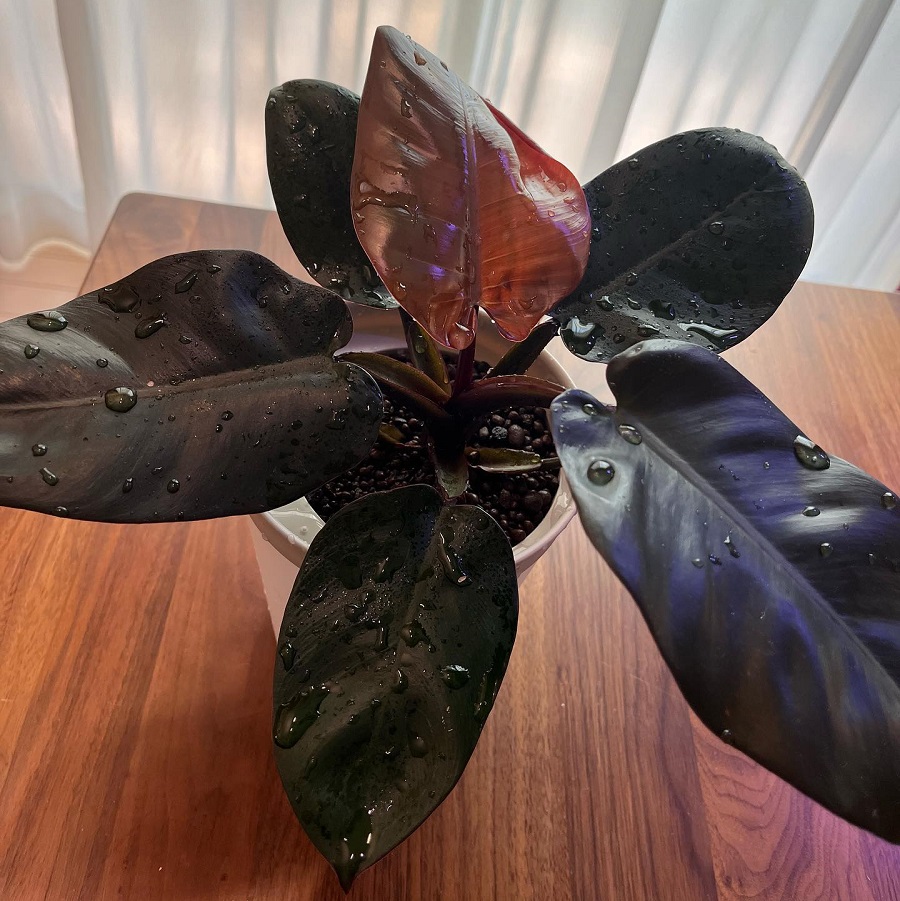
You’re sure to love the compact ‘Black Cardinal’ Philodendron, which matures in 10 years and has bronze-to-black foliage. It’s ideal for your home, as it grows up to 3 feet tall and 1.5 feet wide. Growing tips include planting in well-draining soil, giving it adequate light and water, and propagating for more plants. The benefits of having a ‘Black Cardinal’ include its beautiful colors, easy maintenance, air purification capabilities, and potential container gardening opportunities.
Learn how to grow Philodendron ‘Black Cardinal’ indoors here.
Philodendron erubescens ‘Birkin’
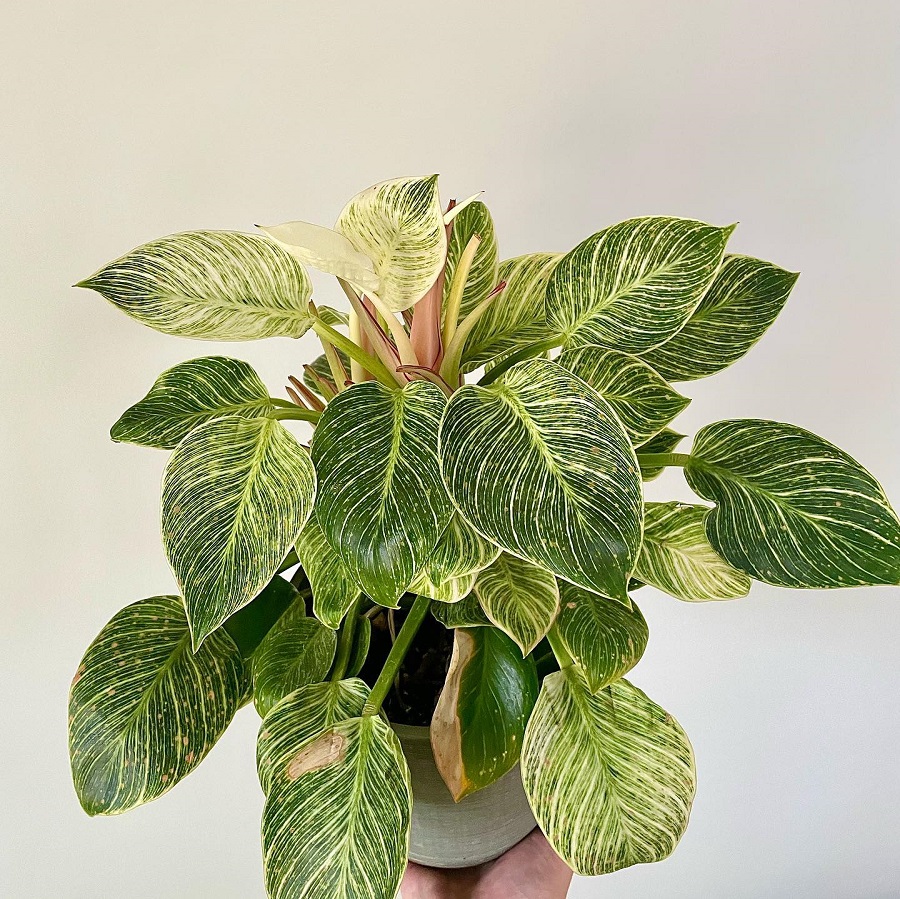
The stunning ‘Birkin’ Philodendron is a rare variegation of tropical houseplant, featuring leathery, dark green glossy leaves with creamy-white pinstripes. When grown from seedlings, the foliage starts off lime-green with light yellowish thin stripes. To ensure it thrives in your home, provide proper Philodendron Birkin care with methods such as propagation and pest control. Regular monitoring for common diseases can also help keep this beautiful plant healthy and happy.
Learn how to grow Philodendron ‘Birkin’ indoors here.
Philodendron erubescens ‘Burgundy’

Philodendron erubescens ‘Burgundy’ is a beautiful variegation featuring dark green and burgundy leaves, often with light pink spots. To care for this plant, place it in bright indirect sunlight and water when the top of the soil feels dry. Propagation can be done by stem cuttings or dividing root systems. Common pests are mealybugs, aphids, and scale insects while common diseases are root rot, leaf spot disease, and fungal infections.
Learn how to grow Philodendron ‘Burgundy’ indoors here.
Philodendron erubescens ‘Green Emerald’

Bring a touch of the rainforest to your home with Philodendron erubescens ‘Green Emerald’, boasting glossy, deep green leaves with reddish-purple undersides. With proper care and creative display ideas, you can enjoy this lush greenery in any space. Learn tips on growing, common pests and disease prevention, as well as ways to show off your Philodendron Erubescens ‘Green Emerald’.
Learn how to grow Philodendron ‘Green Emerald’ indoors here.
Philodendron erubescens ‘Green Princess’
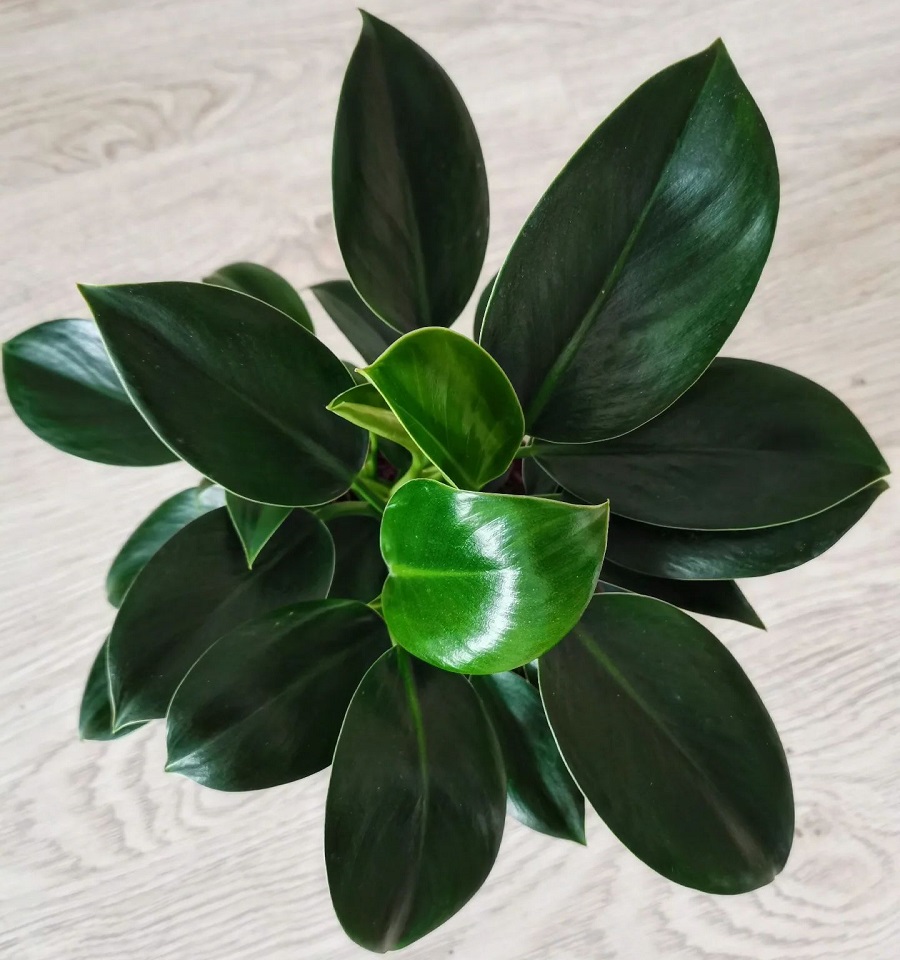
Boasting a bushy feel with glossy, dark-green leaves and subtle lines, Philodendron erubescens ‘Green Princess’ is the perfect addition to any home. With its compact size and easy care requirements, it’s ideal for small spaces or apartments. Compared to other Philodendron varieties, it has similar growth patterns and propagation methods but requires less space. Its origin dates back centuries ago to the tropical rainforests of South America. Explore the benefits of this beautiful plant today!
Learn how to grow Philodendron ‘Green Princess’ indoors here.
Philodendron erubescens ‘Imperial Green’

Similar to its sister plant, Philodendron Imperial Red, the Philodendron erubescens ‘Imperial Green’ is a magnificent sight. It has large, smooth green leaves that fan out in all directions and will stay relatively compact. When caring for this philodendron, be sure to provide it with bright indirect light and moist soil. Plant it in well-draining soil and water when the top of the soil begins to dry out. With proper care and attention, your Philodendron erubescens ‘Imperial Green’ will continue to impress you!
Philodendron erubescens ‘Imperial Red’
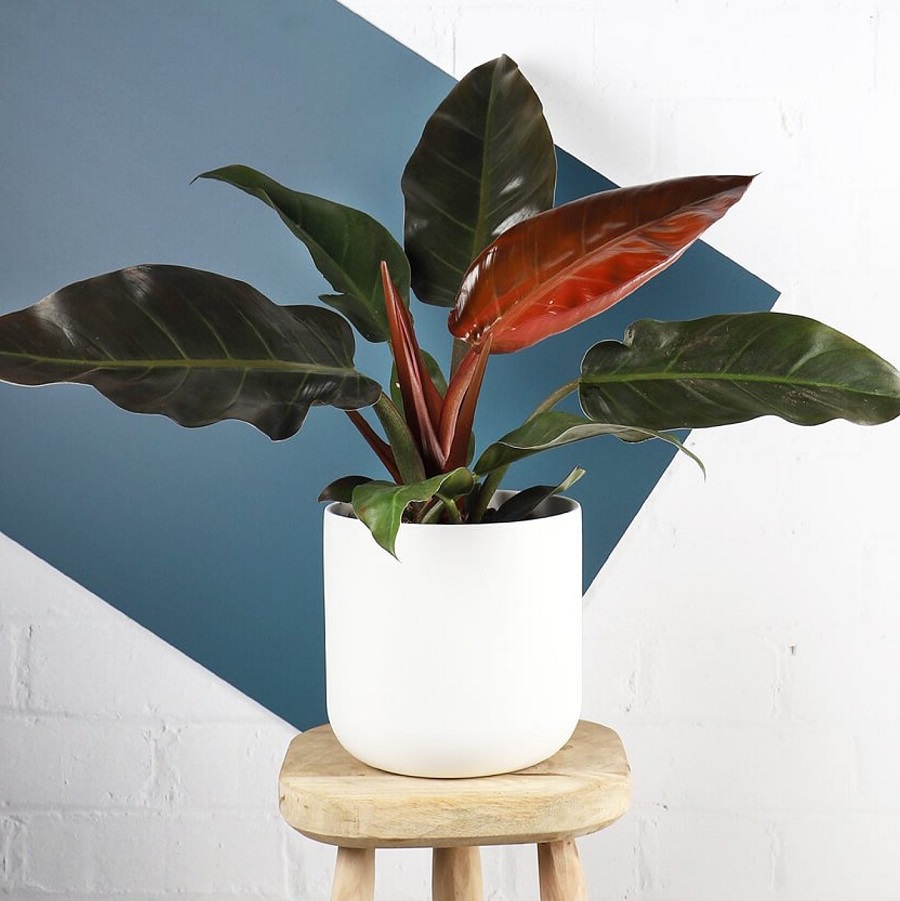
This stunning foliage plant has bright red young leaves, which mature to deep purple-burgundy and eventually glossy green. Philodendron erubescens ‘Imperial Red’ is a lush decorative plant with oval, leathery leaves that require careful propagation methods and proper care to thrive. Common pests should be monitored and addressed to keep this plant healthy. With the right attention, it will bring beauty into any space.
Philodendron erubescens ‘McColley’s Finale’
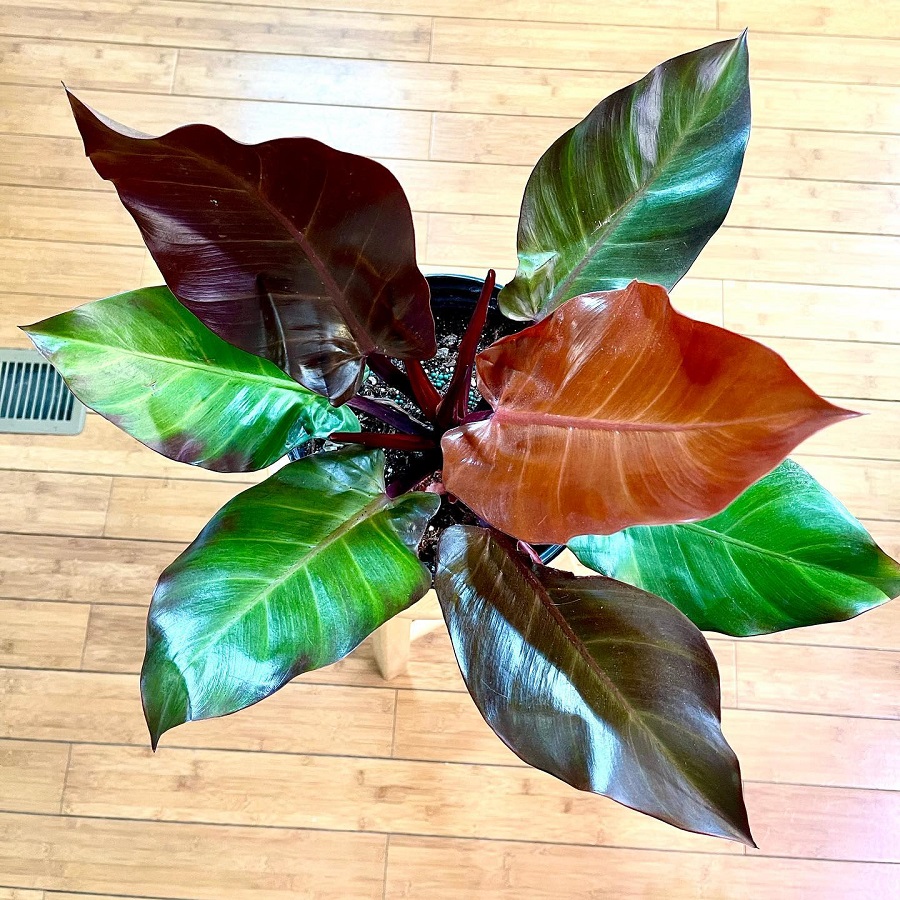
Offering up an eye-catching display, Philodendron erubescens ‘McColley’s Finale’ is a hybrid with colorful new leaves that harden off into green. To ensure success when growing this variety, provide ample indirect light and moist soil. Its foliage stands out from other varieties, such as Prince of Orange, due to its redder leaves and wider shape. Those wishing to propagate it must practice proper cutting techniques for the best results. With the right care and attention, ‘McColley’s Finale’ will thrive in any home!
Philodendron erubescens ‘Moonlight’
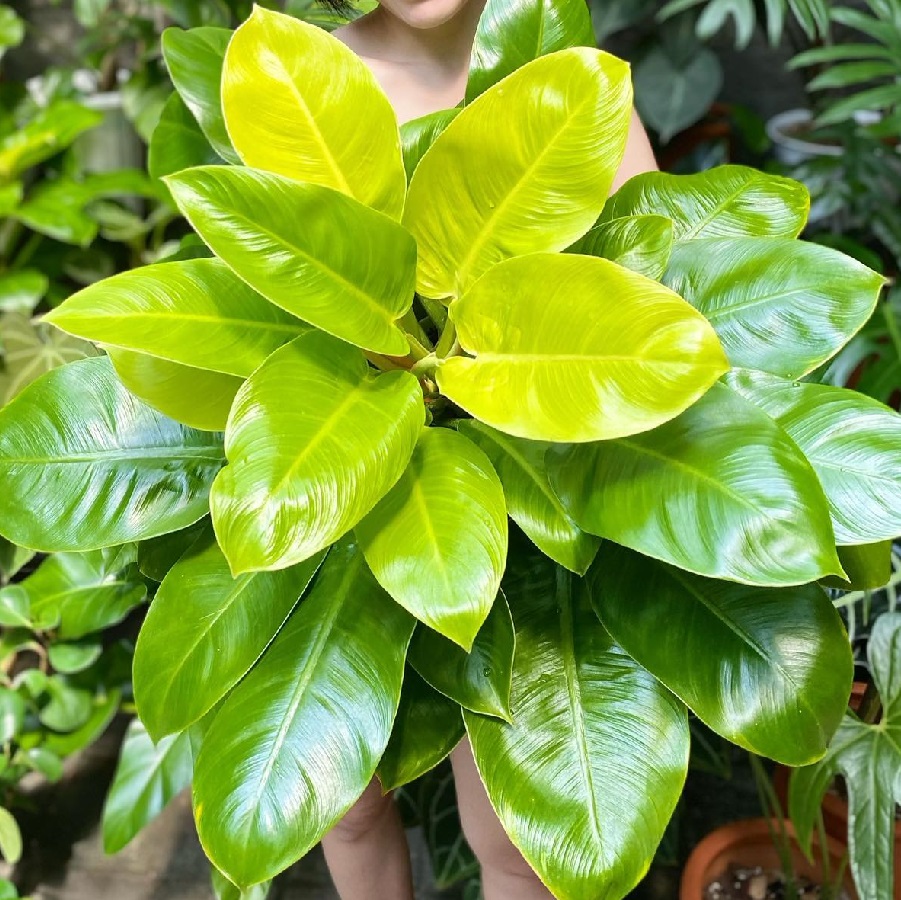
Philodendron erubescens ‘Moonlight’ is a striking hybrid with bright, fluorescent leaves that can reach up to a foot in length. It’s an evergreen plant and requires minimal care as long as it is kept out of direct sunlight, watered regularly, and given fertilizer every few months. To propagate philodendron erubescens ‘moonlight’, you can divide the rootball or take stem cuttings. A creative way to display this lovely houseplant is by hanging it in baskets or allowing it to drape from shelves and bookcases for a unique look.
Philodendron erubescens ‘Pink Princess’
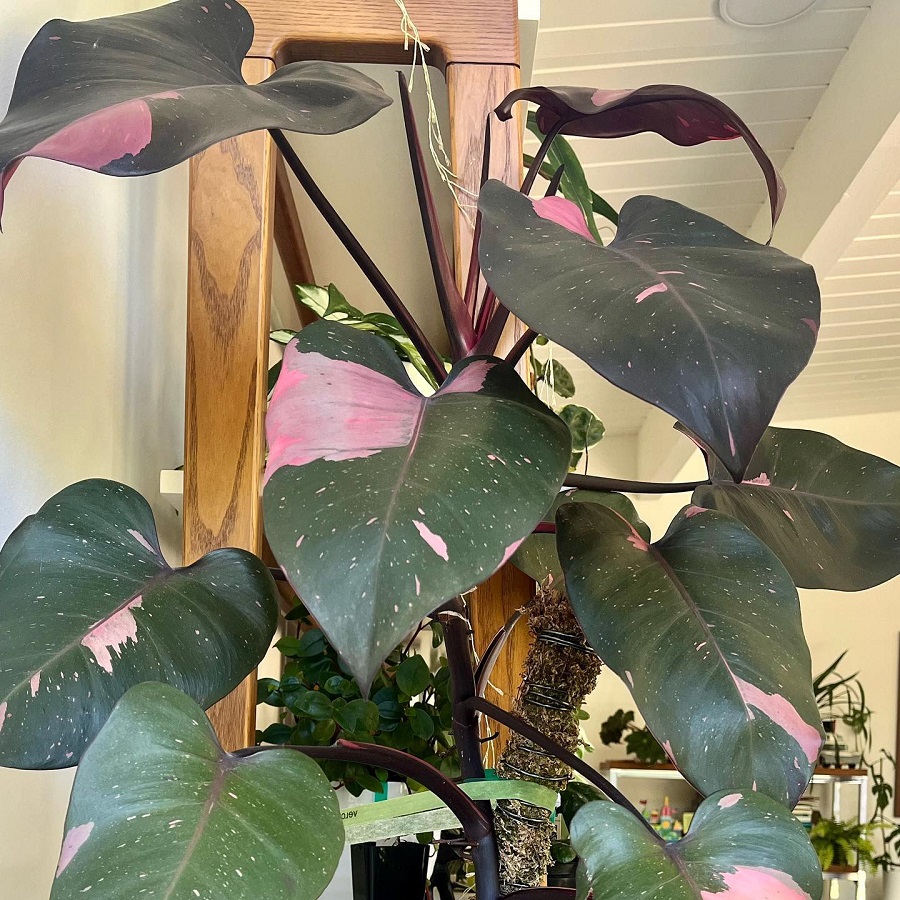
Brightly contrasting pink and dark green leaves make Philodendron erubescens ‘Pink Princess’ an eye-catching addition to any indoor garden. It is a popular plant among enthusiasts due to its vibrant colors and low maintenance care. To ensure success, it is important to place it in bright light, and water regularly, and monitor temperature levels. Creative ways to incorporate this beautiful plant into home decor include hanging baskets or trailing potted plants. With proper care, Philodendron erubescens ‘Pink Princess’ will add a unique touch of color to any home.
Philodendron erubescens ‘Prince of Orange’
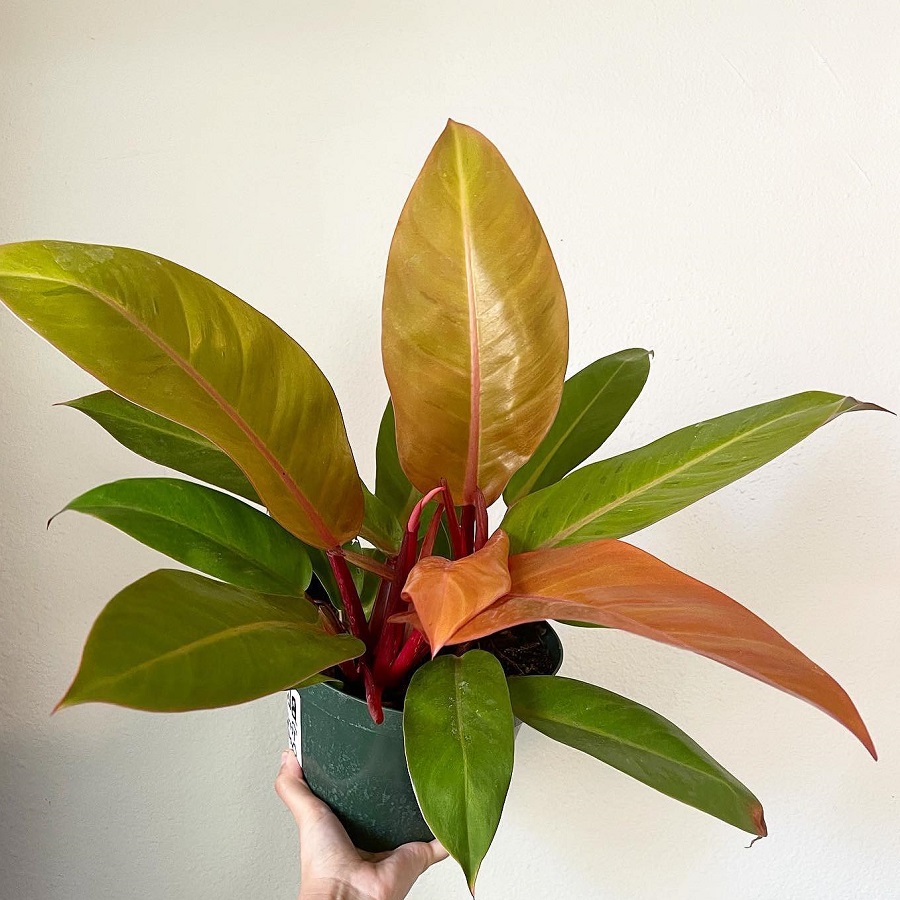
Boasting vivid orange and green foliage, Philodendron erubescens ‘Prince of Orange’ is a stunning addition to any indoor garden. With the right propagation techniques, light requirements, and soil preferences, this plant will thrive in your home. For best results, position it in bright indirect sunlight or partial shade with well-draining soil. Also, make sure you water it regularly but don’t overwater as this can cause leaf yellowing. With proper care and attention, the Prince of Orange will flourish!
Philodendron erubescens ‘Red Emerald’
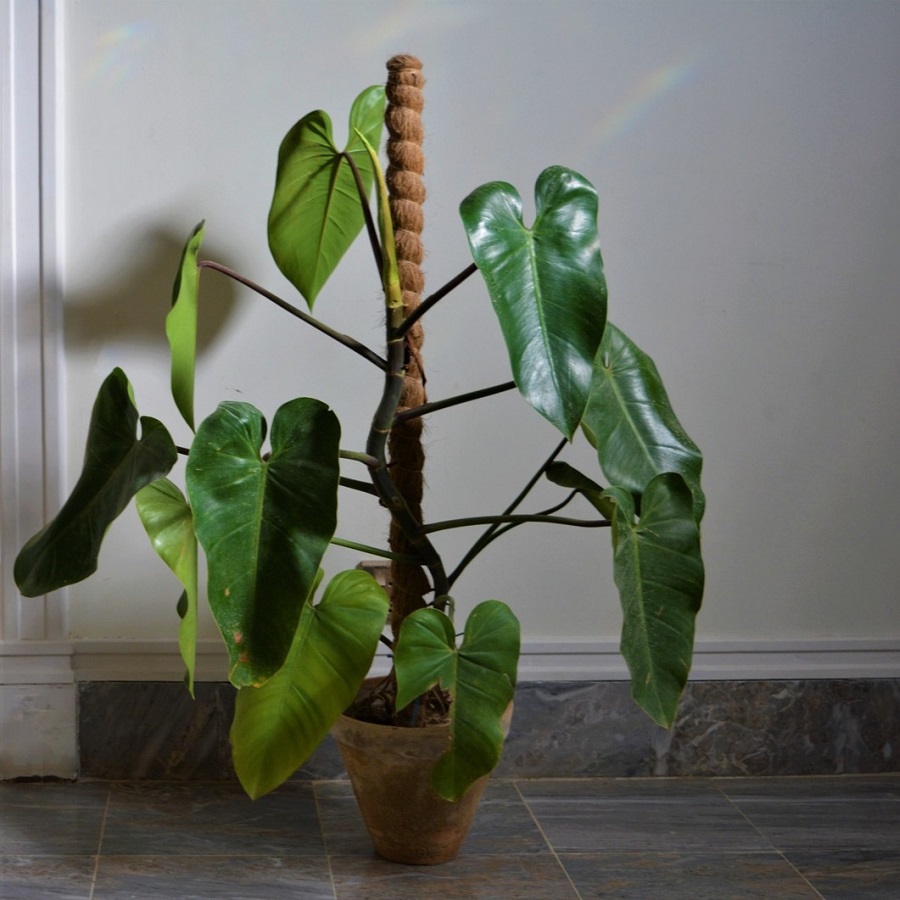
You’ll be sure to love the vibrant red and green foliage of Philodendron erubescens ‘Red Emerald’! Thriving in temperatures between 70 and 90°F, this plant will provide you with a show-stopping sight when grown indoors. To ensure your Red Emerald is at its best, provide it with high light (about 150 foot candles) and adequate humidity. Common pests and diseases can affect it so check often for signs of distress. With a little extra care, your philodendron erubescens ‘red emerald’ will be a stunning addition to your home!
Philodendron erubescens ‘Rojo Congo’
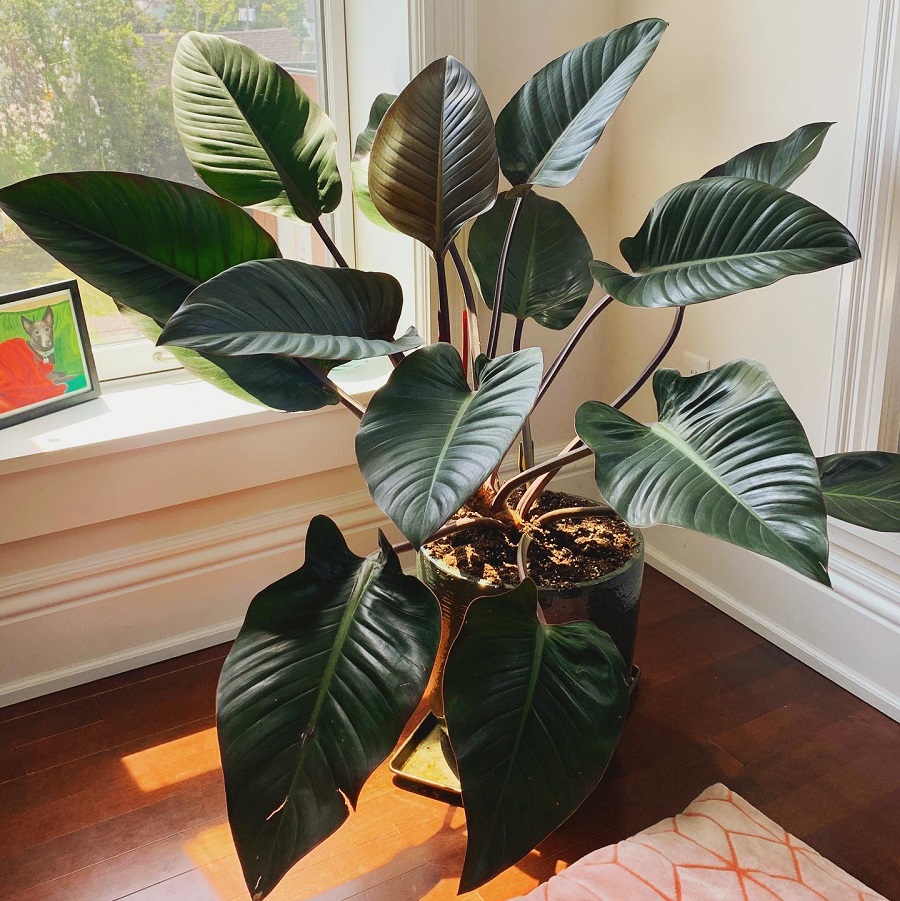
Experience the exotic look of Philodendron erubescens ‘Rojo Congo’ in your home! This hybrid Philodendron is non-climbing and features dark, beautiful burgundy-green leaves. Its new leaves emerge intense red but transition to a burgundy green with maturity. For best results, care for it with bright indirect light, moist soil, and regular pruning to maintain its shape. Propagate by cuttings or air layering in the springtime with a well-draining potting soil mix. With proper care, this Philodendron will add a touch of class to any space!
Philodendron erubescens ‘White Princess’
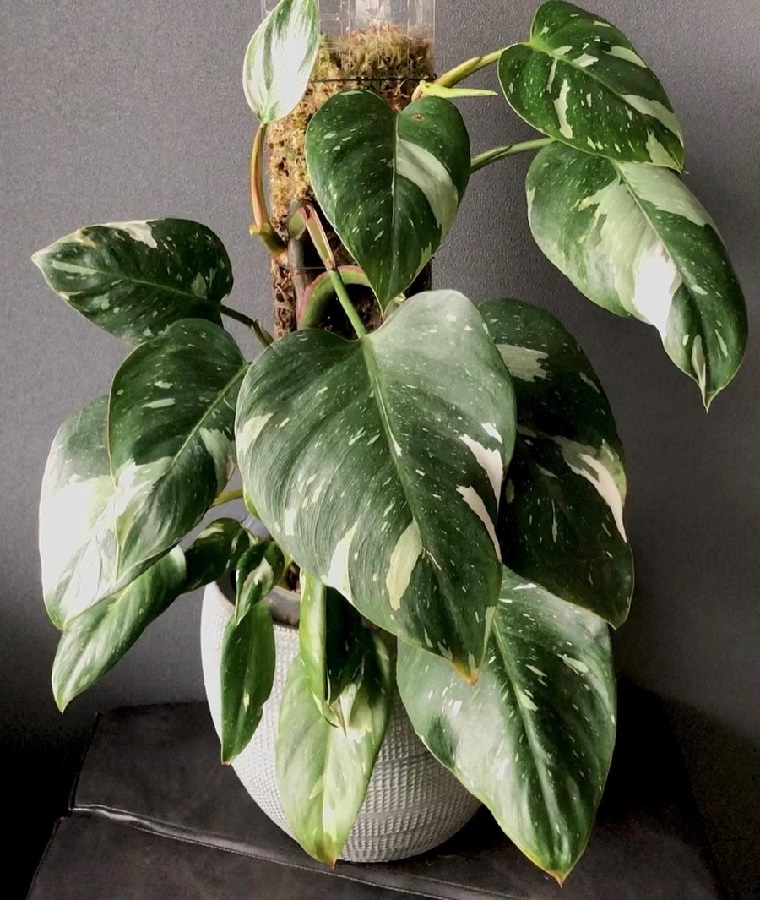
The Philodendron erubescens ‘White Princess’ is a gorgeous variety of hybrid Philodendron, featuring long white and green leaves with intricate designs. Care for this plant involves keeping it in indirect sunlight and in an area with temperatures between 65-80°F. A humidity level between 50%-70% is also recommended. To propagate, simply take stem cuttings and place them in water or moist soil until roots form. Common pests include scale insects, mealybugs, spider mites, and aphids; diseases such as leaf spots may also occur if the plant does not receive enough light or moisture.
Philodendron erubescens ‘White Wizard’
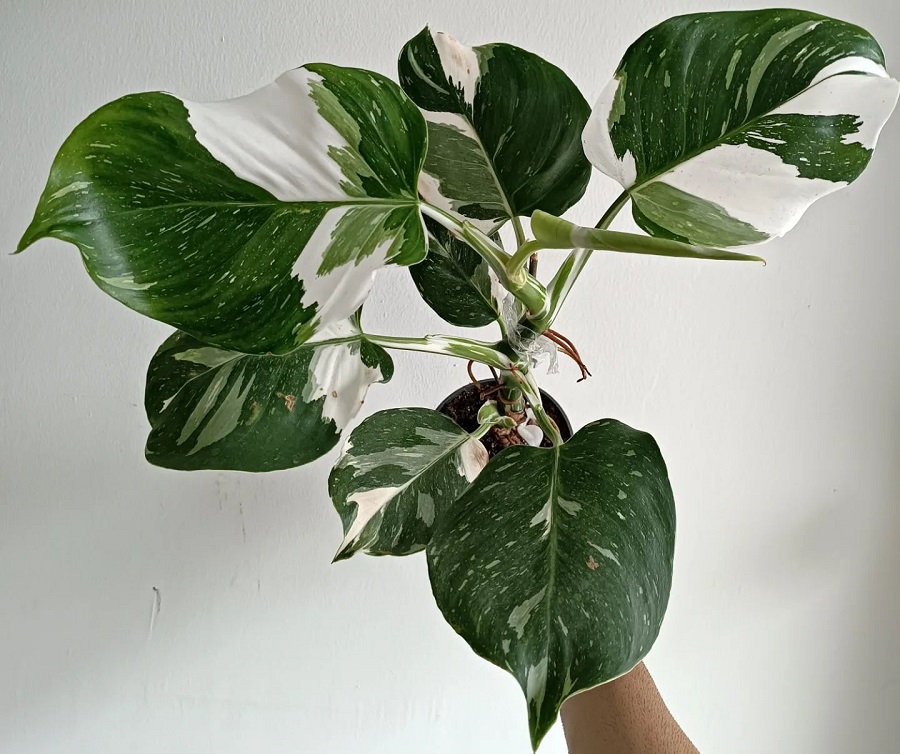
Featuring a bold contrast of white and green variegation, Philodendron erubescens ‘White Wizard’ is an eye-catching hybrid variety. It’s fast-growing and appreciates a moss pole or natural structure to latch onto. To ensure healthy growth, provide proper care such as adequate moisture and humidity levels. Additionally, propagation methods for this variety include stem cuttings or the division of plants with multiple stems. With its unique coloring, White Wizard will definitely make a stunning statement in any space!
Philodendron erubescens ‘White Knight’

You’ll love the vibrant green leaves with their white variegation and dark purple stems of Philodendron erubescens ‘White Knight’, a climber that’s sure to make a statement in any space. To ensure your White Knight is healthy and vibrant, ensure it is provided enough light, warmth, and humidity. Provide regular watering and fertilizing as per its growth requirements. Careful maintenance can help maintain the beautiful variegation of your plant. Propagating this variety is also easy; simply cut stem sections with three or four leaves on them and place them in water until roots sprout!
Philodendron ernestii
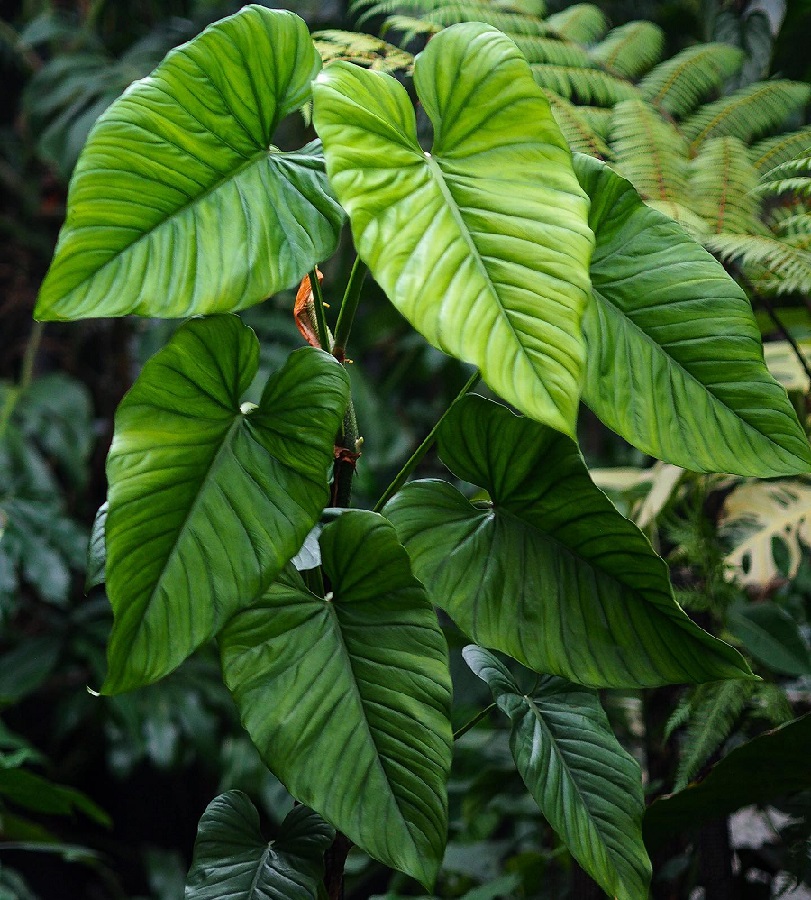
Moving on to Philodendron ernestii, this appressed-climbing vine has juvenile leaves that are narrowly ovate. Its petioles are D-shaped and have ruffled wings. Mature leaf blades meanwhile are ovate-sagittate or concave ovate, dark green and semi-glossy with gray-green variegations. When caring for them, you should keep in mind their watering requirements, fertilizer needs and pruning techniques for the best results.
Philodendron esmeraldense

Philodendron esmeraldense is native to Lita, Ecuador and was first introduced by Dr. Tom Croat in 2008. It thrives both indoors and outdoors and has large glossy green leaves that are leathery with prominent veining. To care for philodendron esmeraldense indoors, use a well-draining potting mix and place it in indirect light. Common pests include mealybugs or aphids, while diseases may include root rot or leaf spots. With proper care and safety precautions, this beautiful plant will bring life to any space!
Philodendron edmundoi
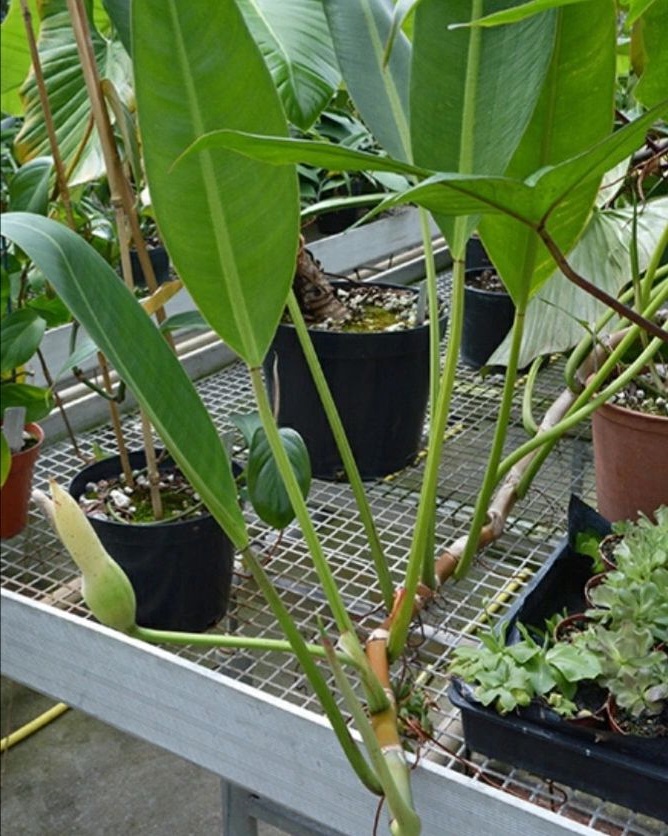
With its glossy, heart-shaped leaves and showy white and yellow flowers, Philodendron edmundoi is sure to brighten up any room. It is native to Colombia, Ecuador and Peru, where it grows on other plants as an epiphyte. Discussing the growth requirements of Philodendron edmundoi can be helpful when deciding if this plant is suitable for a certain environment. Propagation methods such as stem cuttings can be used to propagate the plant. Common pests and diseases should also be taken into account when caring for philodendron edmundoi.
Philodendron edwinii
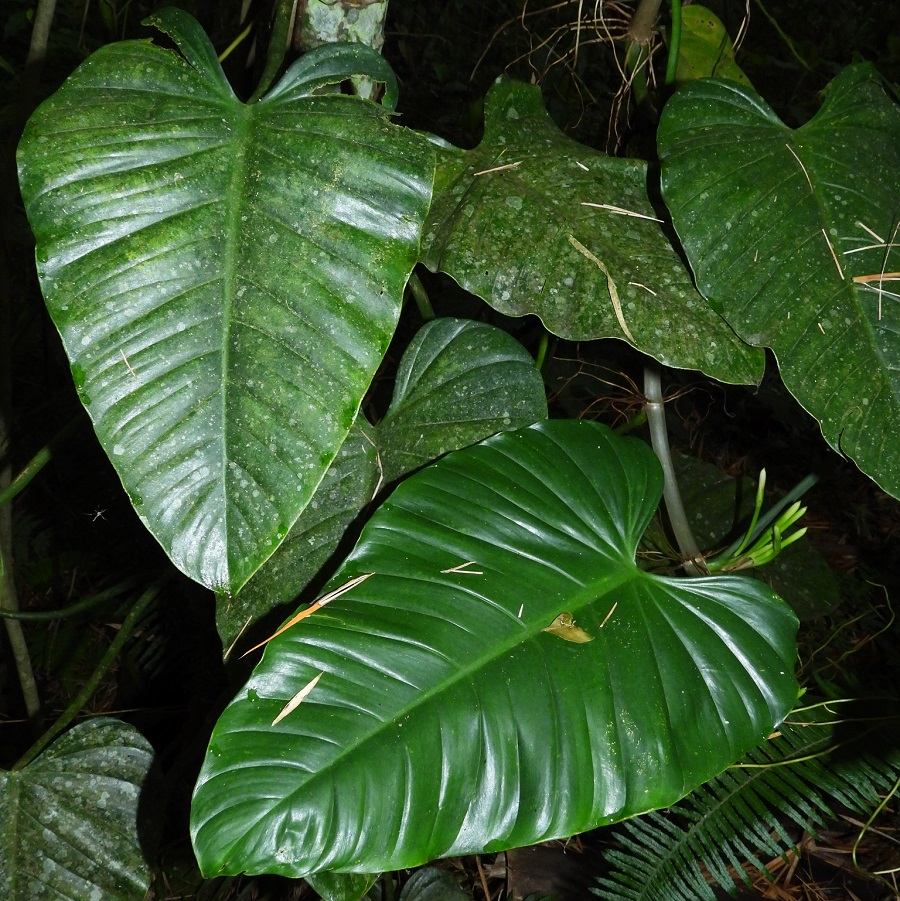
Philodendron edwinii is an epiphytic plant native to Colombia, Ecuador and Peru that features bright yellow and white flowers. It grows best in a warm environment with plenty of humidity. Propagation is easiest through stem cuttings placed in water or moist soil. When caring for the plant, ensure it receives adequate indirect sunlight, keep the soil medium-moist, and fertilize once per month during spring and summer months. Common pests include spider mites and mealybugs; diseases may occur if not provided with proper care.
Philodendron elegans
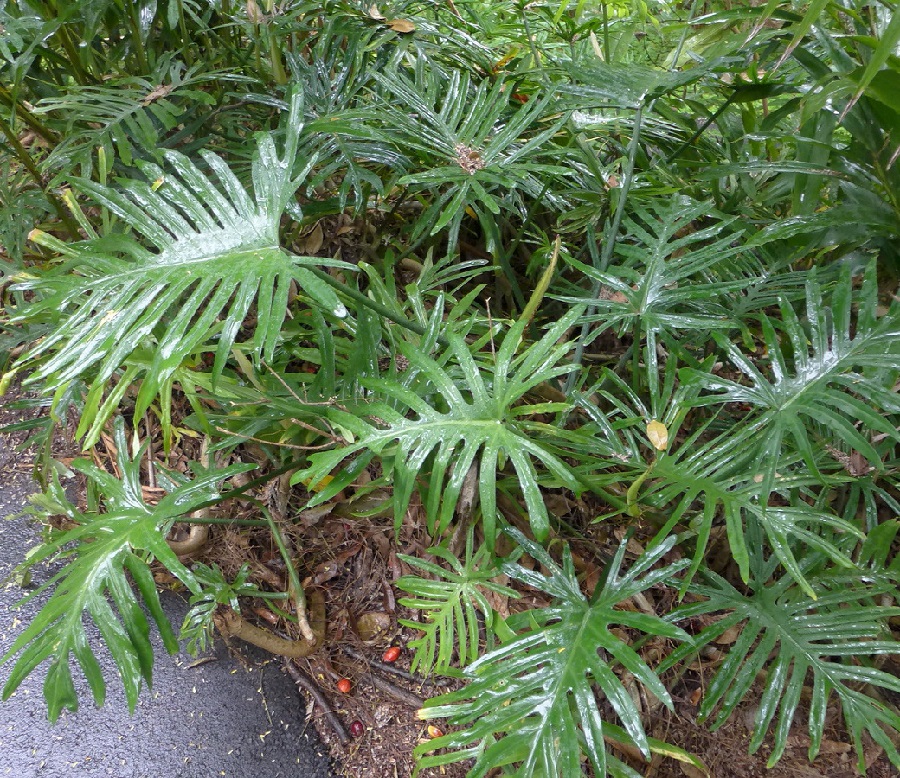
You’ll be amazed by the beauty of Philodendron Elegans, a rare aroid with multi-lobed foliage. This slow-growing plant can reach 9-16 feet when mature. Care tips for this plant include proper lighting, humidity, soil, and fertilization to ensure its health. Propagation techniques involve stem cuttings or air layering. Common pests and diseases affecting it are mealybugs, scale insects and root rot. With the right care, you can enjoy this beautiful tropical Philodendron in your home!
Philodendron elaphoglossoides
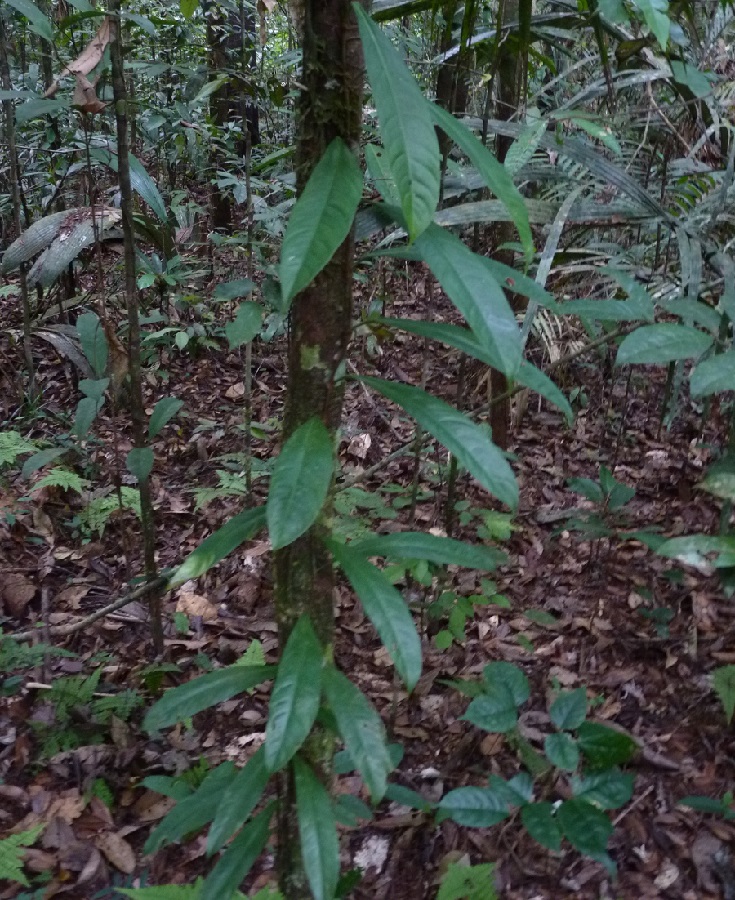
Check out Philodendron elaphoglossoides, an exotic hemi-epiphytic scandent plant with unique roots and leaves! Its nodes produce the roots while its internodes measure 3-10 cm long and 0.3-0.5 cm in diameter. The petiole is 2-4 cm long and its blade is 8-25 cm long with a midrib that’s slightly sulcate on the upper surface. An inflorescence of a single peduncle of 0.7-2.5 cm length supports spathe 5-7 cm long with tube 3-3.5 cm long internally light green. A spadix 6.5cm long bears stamens, staminodes and gynoecia forming the fruits 4-5 cm in length with orange berries of 0.3-0.6 mm size containing 1.25mm seeds inside them!
Philodendron eximium
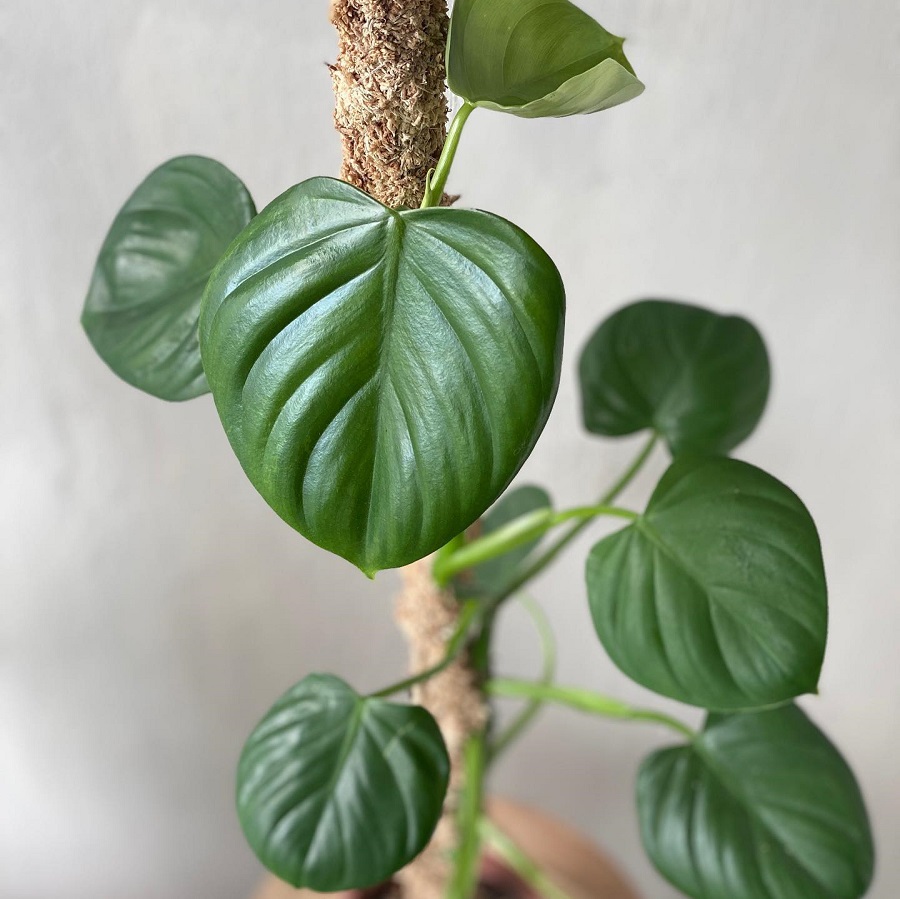
You’ll love the rare Philodendron eximium, a hemi-epiphytic vine from Brazil with stunning round foliage. Its propagation techniques and care tips are different than other philodendrons, so keep an eye out for unique characteristics and growth patterns. When properly cared for, this beautiful plant will thrive in your home.
Philodendron ecordatum
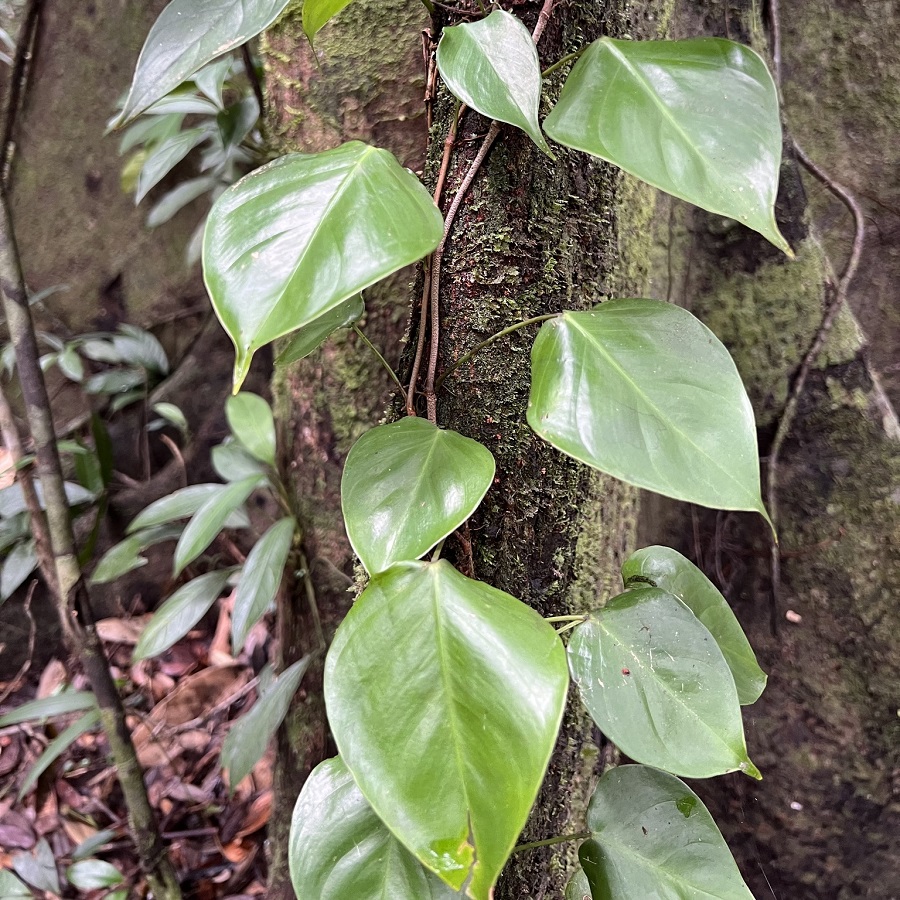
Philodendron fragrantissimum
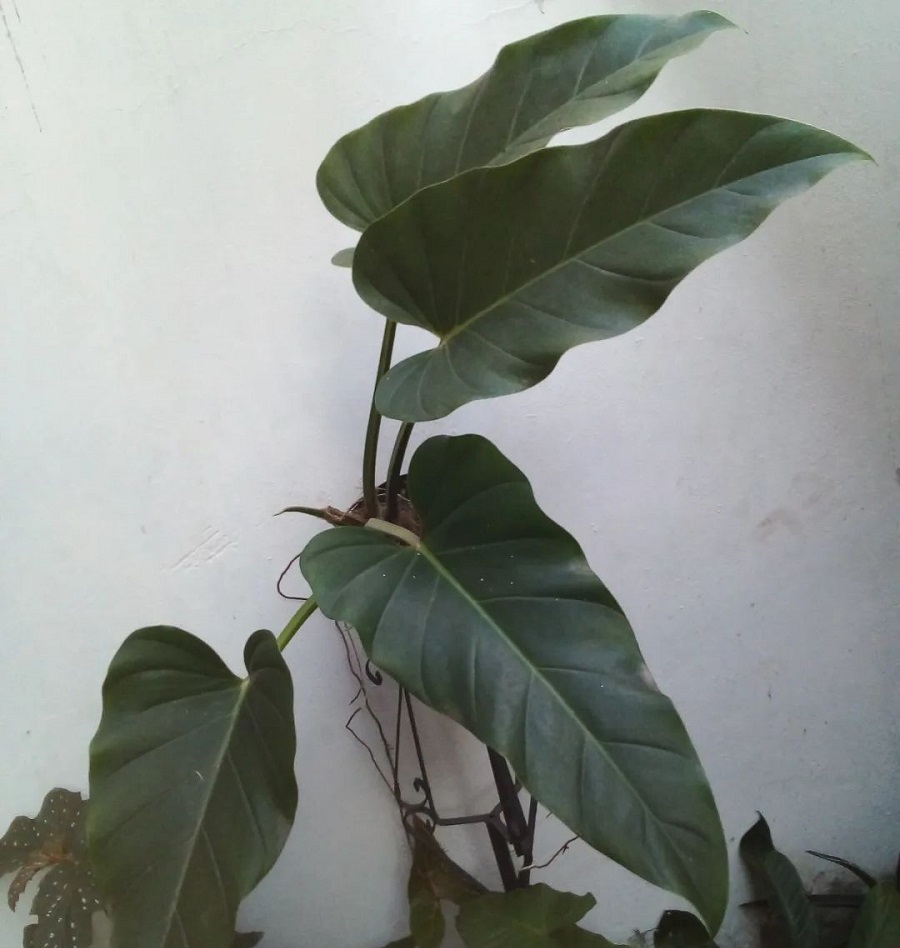
Philodendron fragrantissimum is a less-known, gorgeous Philodendron that’s rarely seen in collections. It has distinct growth patterns, with an appressed-climbing or scandent stem as it matures. When caring for this plant, be sure to provide bright indirect light and keep the soil moist but not wet. To propagate, take cuttings and place them in water or potting mix until new roots form. With proper care, you can enjoy this beautiful Philodendron in your home!
Philodendron fragile
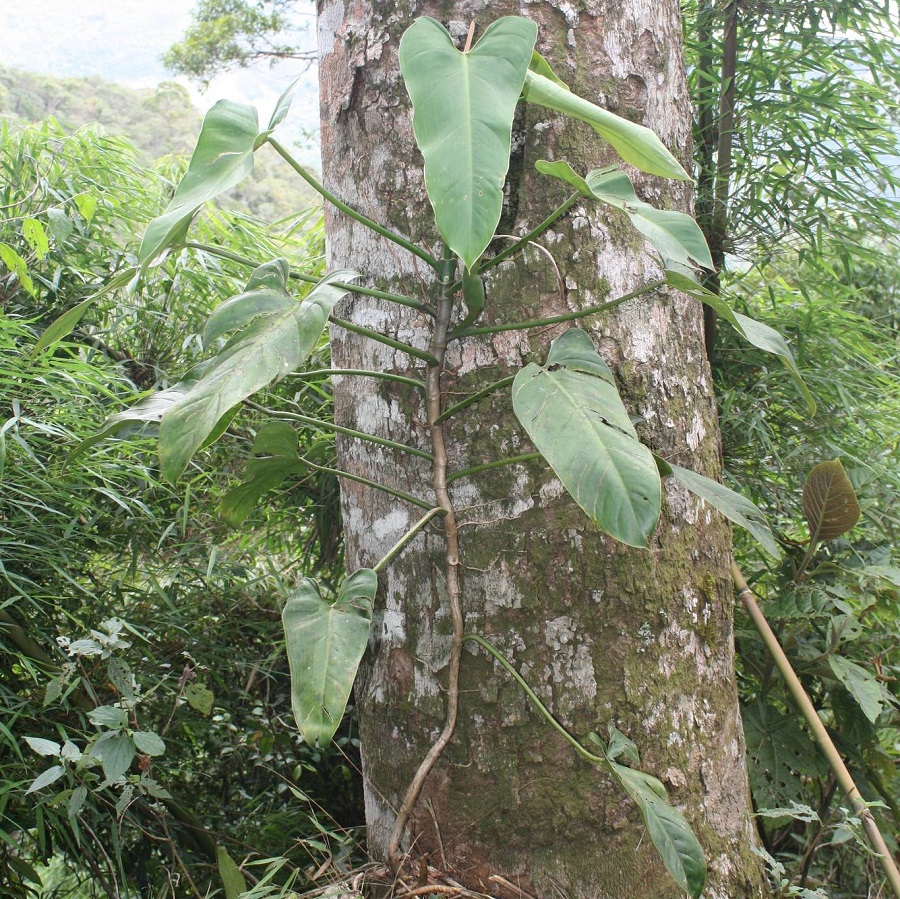
Native to Colombia, Ecuador and Peru, ‘Lemon Lime’ or ‘Lemon and Lime’ is an epiphytic plant with glossy, heart-shaped leaves and a climbing habit. Philodendron fragile requires careful care in order to thrive. Propagation techniques such as stem cuttings are the most common way of propagating it. Common pests affecting this plant include aphids, mealybugs, spider mites and scale insects. Diseases can also be problematic; these include root rot which is caused by overwatering and fungal diseases which are caused by improper drainage.
Philodendron fibrosum
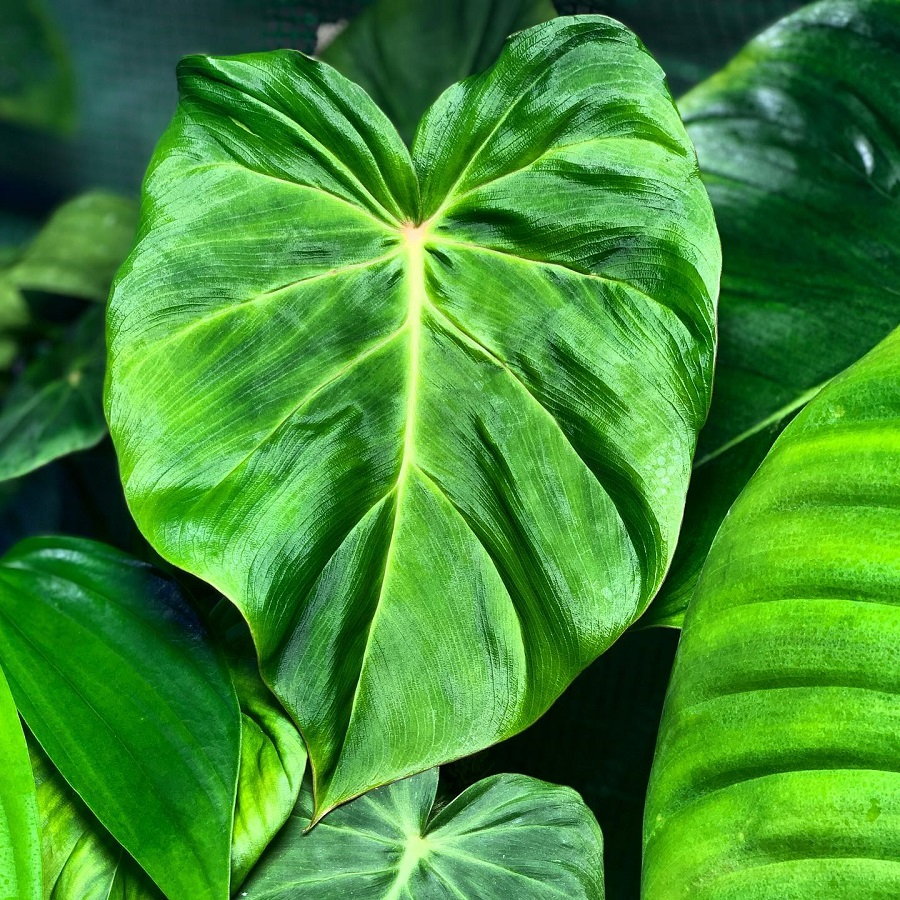
You’ll love the stunning large leaves and efficient growth of Philodendron fibrosum, a versatile plant that can be grown both indoors and out. Growing tips for this species include keeping it away from direct sunlight, regular watering, and providing adequate drainage. It has unique characteristics such as dark-colored leaves with silky texture and hairy petioles on its stem which help absorb moisture. Best care practices also include ensuring humidity levels are not too high or low, fertilizing regularly during summer months, and pruning at least once a year to keep its shape intact.
Philodendron findens

Philodendron findens is a semi-epiphytic and occasionally terrestrial species with dark green, glossy, and watery stems that bear conspicuous leaf scars. It has short internodes and few roots per node, drying to a dark brown. Its petioles are sharply D-shaped with a thin erect marginal wing. The blades of philodendron findens are large ovate-cordate with an apex that is short acuminate and cordate at the base. To ensure proper growth of this unique species, it should be provided ample light and moderate watering. Propagation can be done through stem cuttings or air layering.
Philodendron flumineum

You’ll need to provide plenty of bright light and keep the soil moist for Philodendron flumineum to thrive. It has a terete stem, dark green internodes, oblique laminae, and petioles that partially close around the stem. Propagation methods include division or cuttings. Care tips include misting every day and periodic fertilization with balanced fertilizer. Common pests are mealybugs and aphids; common diseases are root rot or leaf spot.
Philodendron grandipes
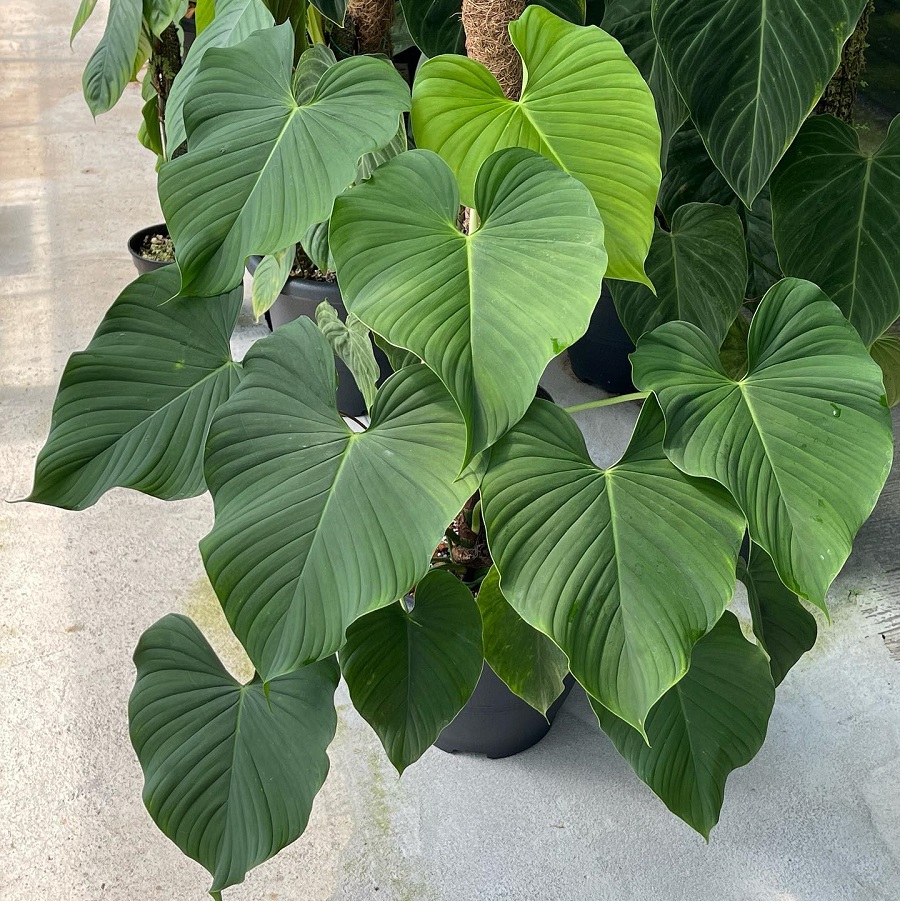
Philodendron grandipes is an evergreen herbaceous plant with mildly toxic leaves that can irritate the mouth and esophagus of pets. It grows best in bright, indirect light and warm temperatures. To keep healthy, it requires regular watering while avoiding overwatering which can cause root rot. Creative ways to display and showcase this plant include mounting it on a wall or planting it in a hanging basket. Common pests such as mealybugs and aphids may affect philodendron grandipes, but they’re easy to get rid of with proper treatment.
Philodendron grandifolium
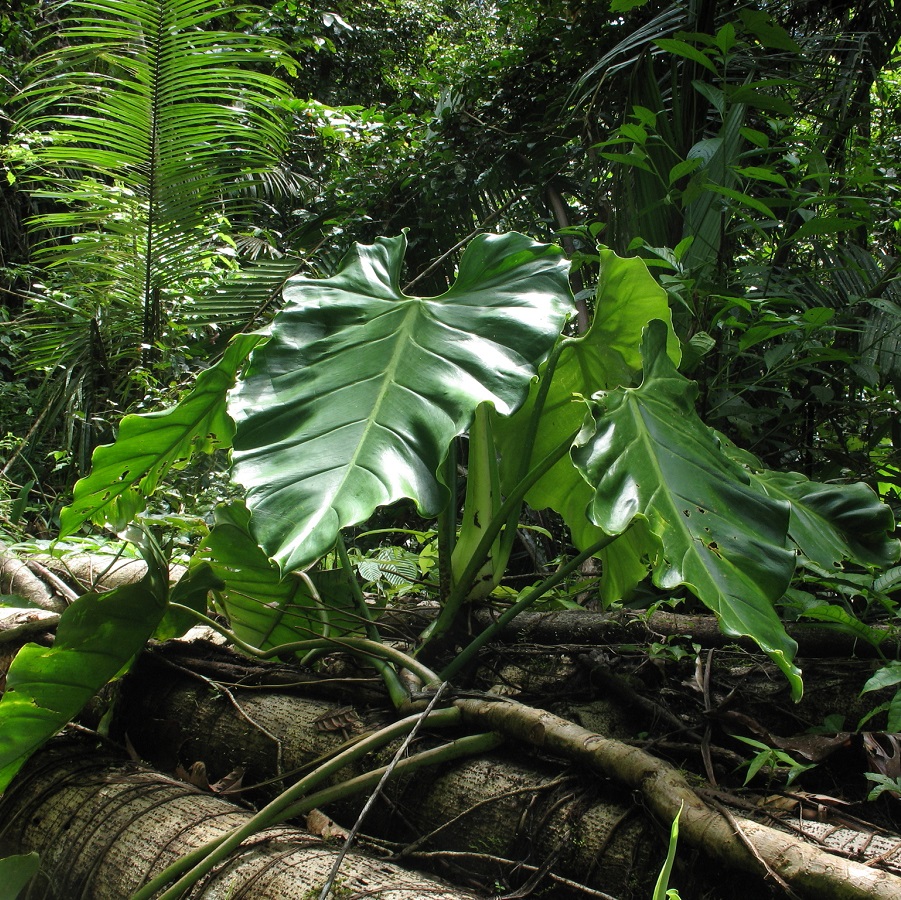
You don’t have to look far for a philodendron that can easily adapt to your home! Philodendron grandifolium is the perfect addition, with its stem scandent and internodes between 3-5 cm. Cultivating it is easy too, as its petiole is terete or leveled on top and its blade subcoriaceous. It also has great benefits, like strong posterior lobes and costal veins that spread at an obtuse angle. Make sure to add Philodendron grandifolium into your home today!
Philodendron giganteum
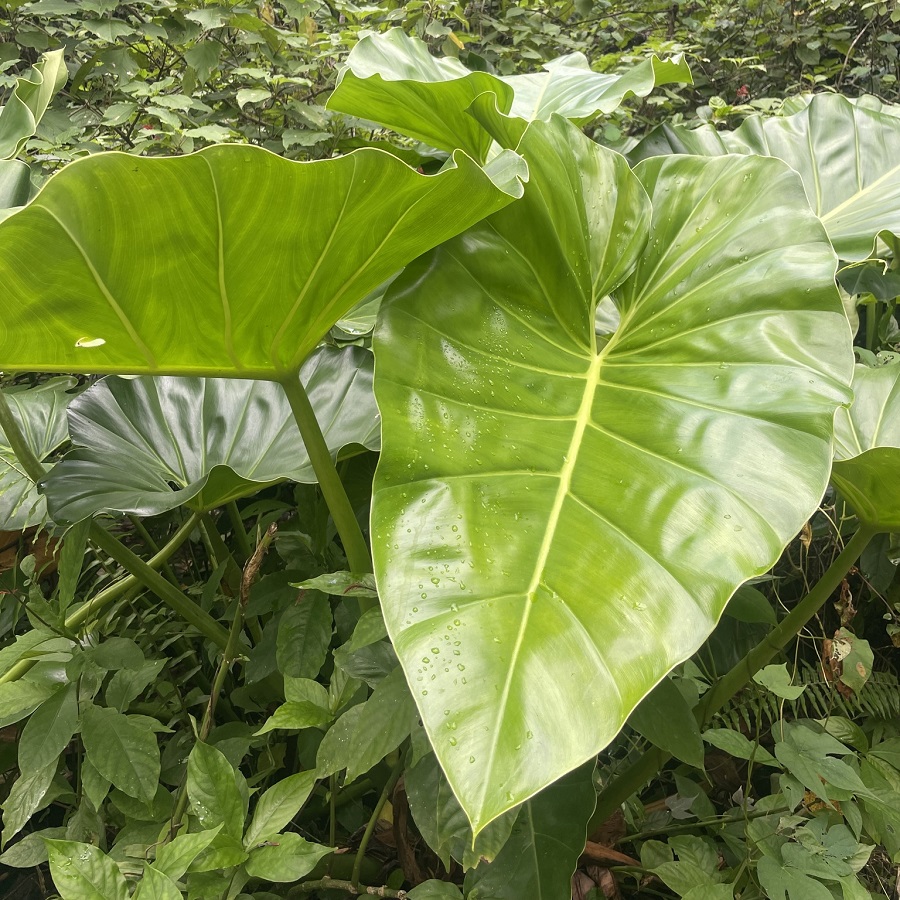
Add a splash of vibrance to your home with Philodendron giganteum, an easy-to-care-for houseplant with giant leaves! This Philodendron boasts heart-shaped foliage that may grow up to 3 feet in length. Ideal lighting conditions and regular watering will help your plant reach its full potential, up to 4 feet tall! Growing tips for propagation include dividing the rootball or taking stem cuttings. With the right care, you can enjoy this beautiful tropical plant in your home.
Philodendron gigas
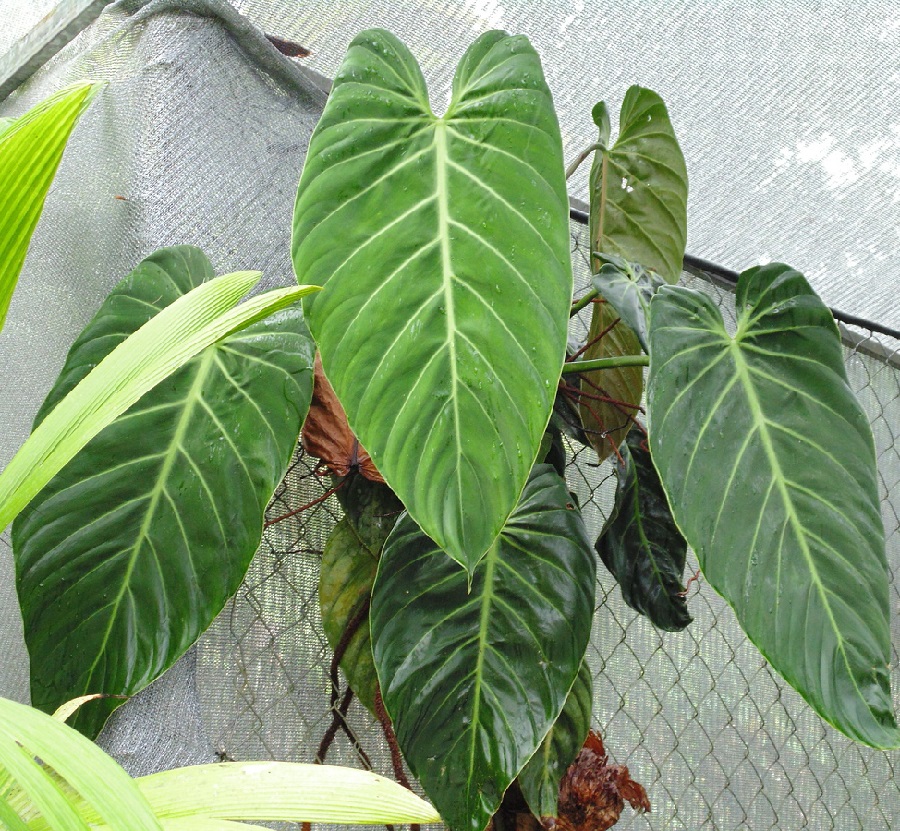
Moving on, let’s talk about the Philodendron Gigas. This plant is easy to care for and can be grown indoors or outdoors in mild climates. Water it moderately during the growing season with well-draining soil that holds some moisture. Protect it from direct sunlight and look out for common pests like mealybugs and aphids. With its velvety green leaves flecked with yellow and brown, this rare plant will make your home stand out!
Philodendron gloriosum
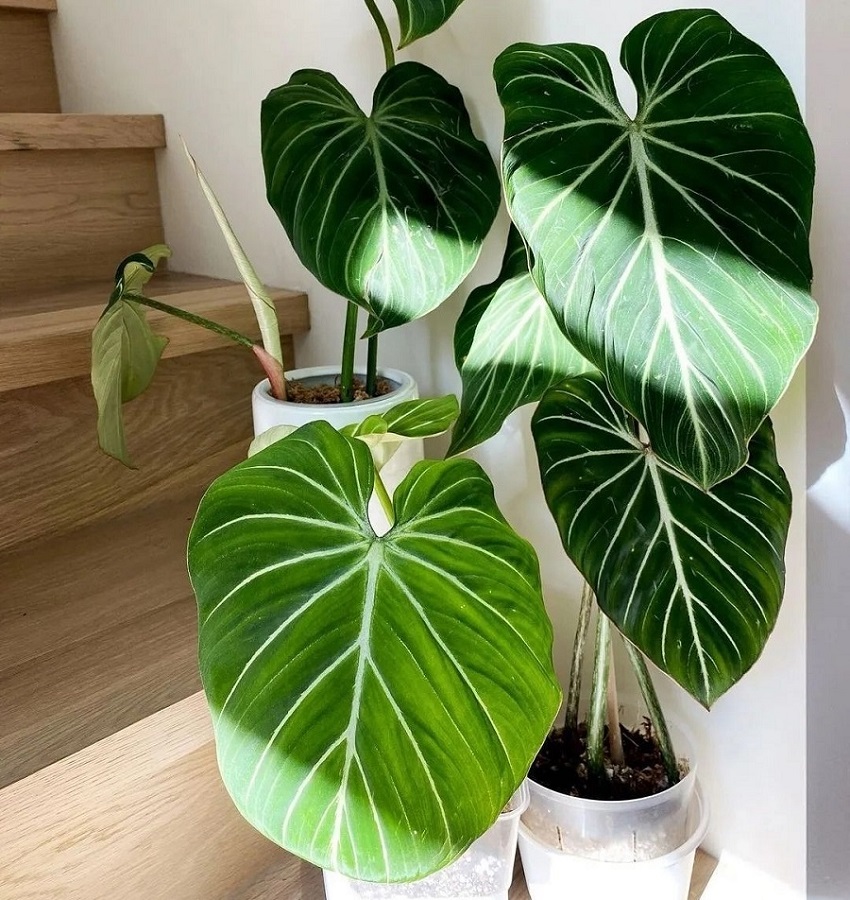
Philodendron gloriosum is a striking plant, with heart-shaped foliage featuring pink margins and pale green, white, or pinkish veins. Native to Colombia, propagation methods include division and stem cuttings. Care tips include bright indirect light and allowing the soil to dry out between waterings. Common pests include mealybugs and aphids. To avoid infestation it’s best to inspect new plants for signs of pests before bringing them indoors.
Philodendron hederaceum
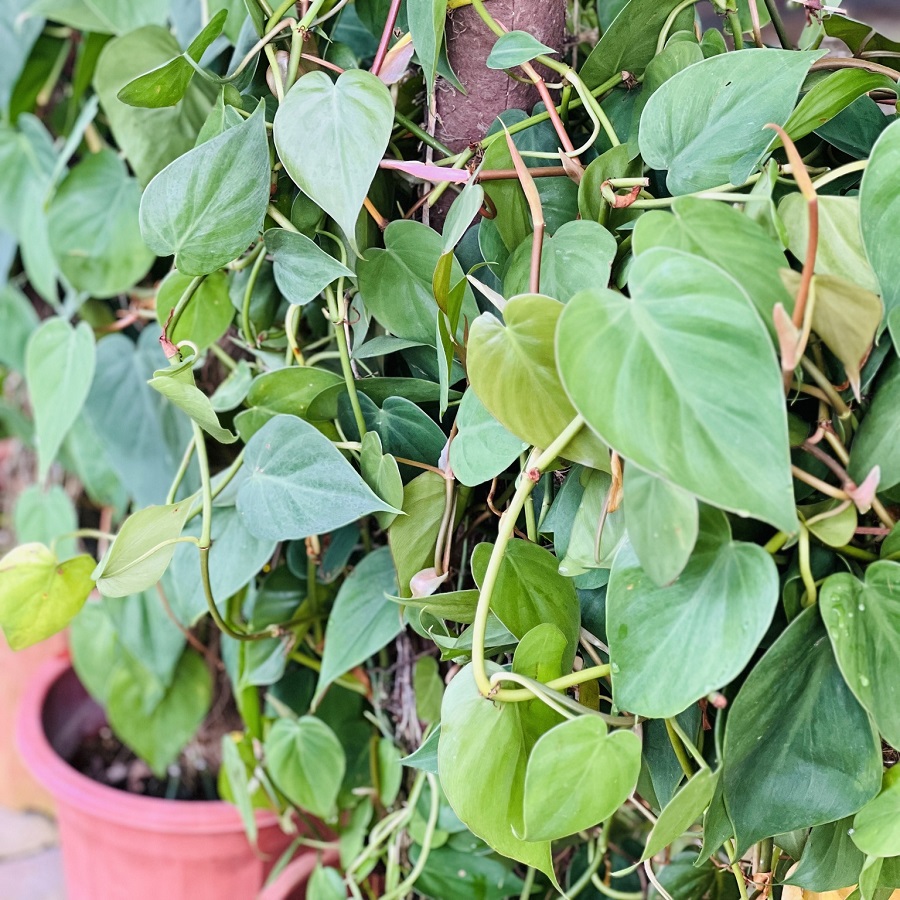
You’ll love the glossy, waxy heart-shaped leaves of Heartleaf Philodendron! This easy-to-care-for plant is ideal for indoor use as it can tolerate low-light conditions. Propagate this vine through stem cutting and follow care tips such as providing adequate water and fertilizer regularly. Common pests and diseases such as aphids and root rot can be dealt with safely by using natural remedies. Enjoy the beauty of Heartleaf Philodendron in your home today!
Philodendron hederaceum var. hederaceum ‘Micans’
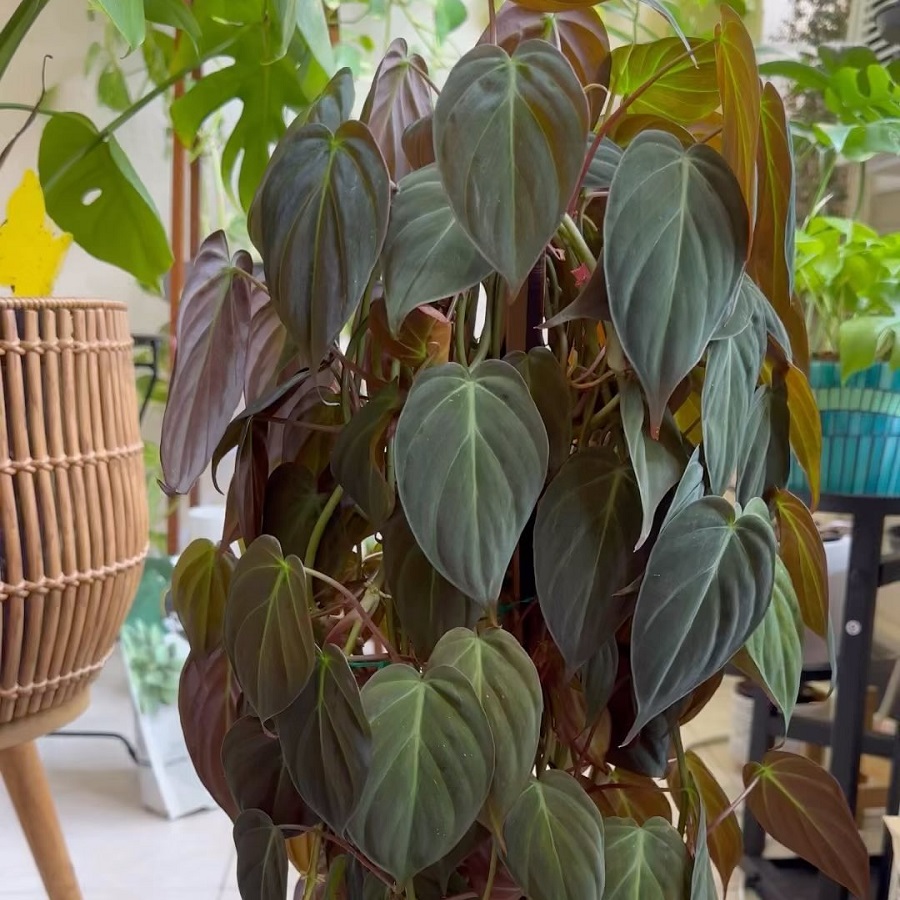
You’ll love the Philodendron hederaceum var. hederaceum, with its shiny, waxy leaves and swirling patterns of dark green, light green and yellow-green! Commonly known as Philodendron ‘Micans’, this beautiful climber has a trailing growth habit and thick, round stems that are fleshy and flexible. It’s a great choice for your home as it looks attractive displayed in a hanging basket or draped over a shelf. Plus, you can rest assured it is safe to have around your family when kept out of reach of small children.
Philodendron hederaceum ‘Lemon Lime’

You’re sure to love the Philodendron hederaceum ‘Lemon Lime’, with its cascading leaves in vibrant yellow and lime hues. Native to South America, this fast-growing plant can reach up to two feet tall when kept indoors. While it’s a beautiful addition to your home, it is toxic and should be kept away from pets or children. The bright chartreuse heart-shaped dark green leaves have a lime green variegation that adds extra flair to any room.
Philodendron hederaceum var. kirkbridei
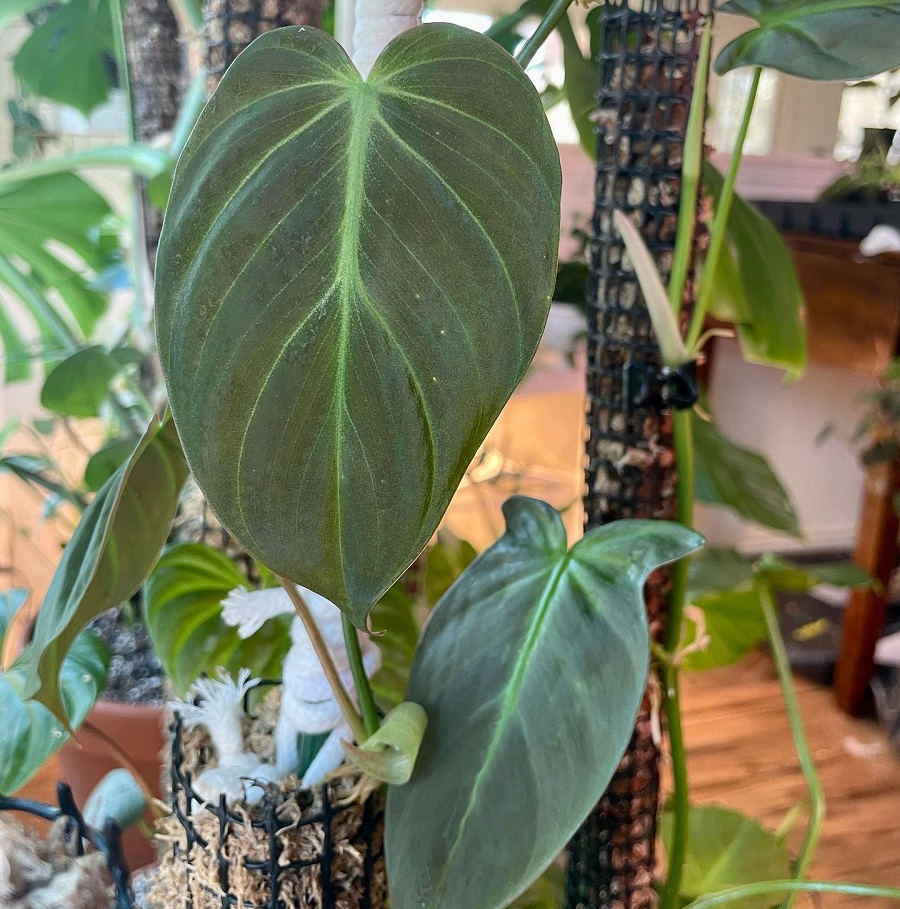
Try adding a unique twist to your space with the gorgeous heart-shaped leaves of Philodendron hederaceum var. kirkbridei! This beautiful plant is easy to care for and propagate, making it a great addition to any home. To ensure you have success with this bright and cheerful neon pothos, use propagation techniques such as stem cuttings or air layering, and provide adequate light and water. Be sure to watch out for common pests like spider mites, aphids, or mealybugs. With the right care tips, this sweetheart plant will be an eye-catching display in your home for years to come!
Philodendron hederaceum var. oxycardium
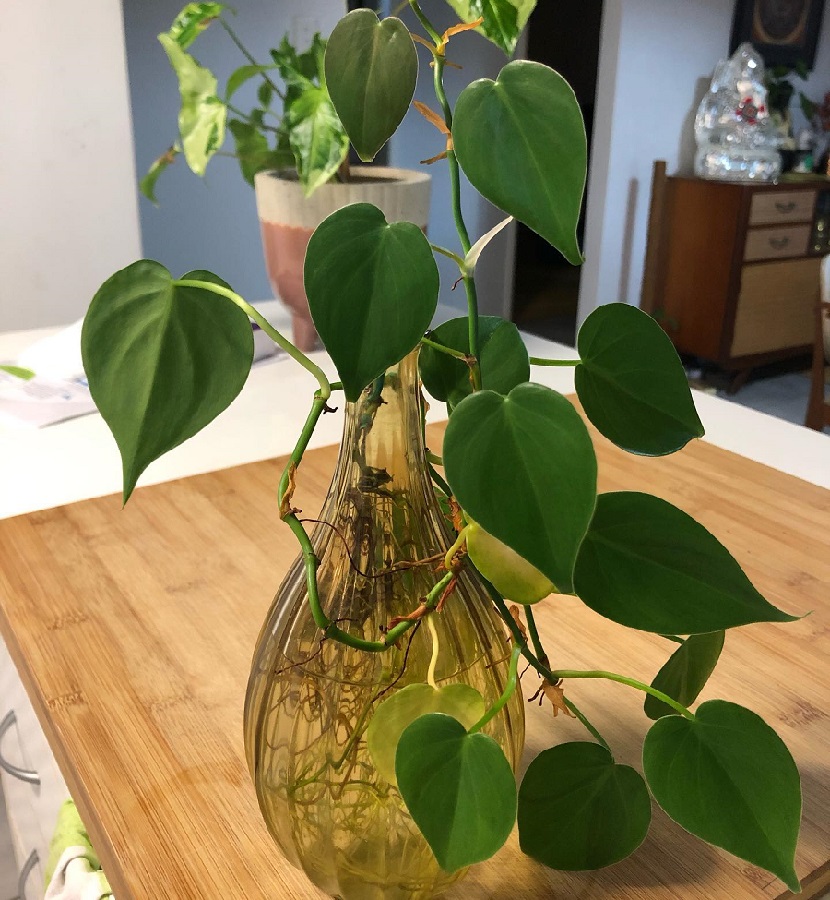
If you’re looking to liven up your home, the Green Heartleaf Philodendron’s var. oxycardium is an ideal choice! This popular variety is easy to care for and propagate in the right environment. It prefers bright, indirect light but can tolerate low-light conditions. Water when soil is dry and mist leaves regularly with water. Propagate through stem cuttings or division of larger plants. Enjoy its glossy green heart-shaped leaves for years to come!
Philodendron hederaceum var. oxycardium f. variegata

This is the variegated form of Philodendron hederaceum var. oxycardium.
Philodendron hederaceum var. oxycardium ‘Brasil’
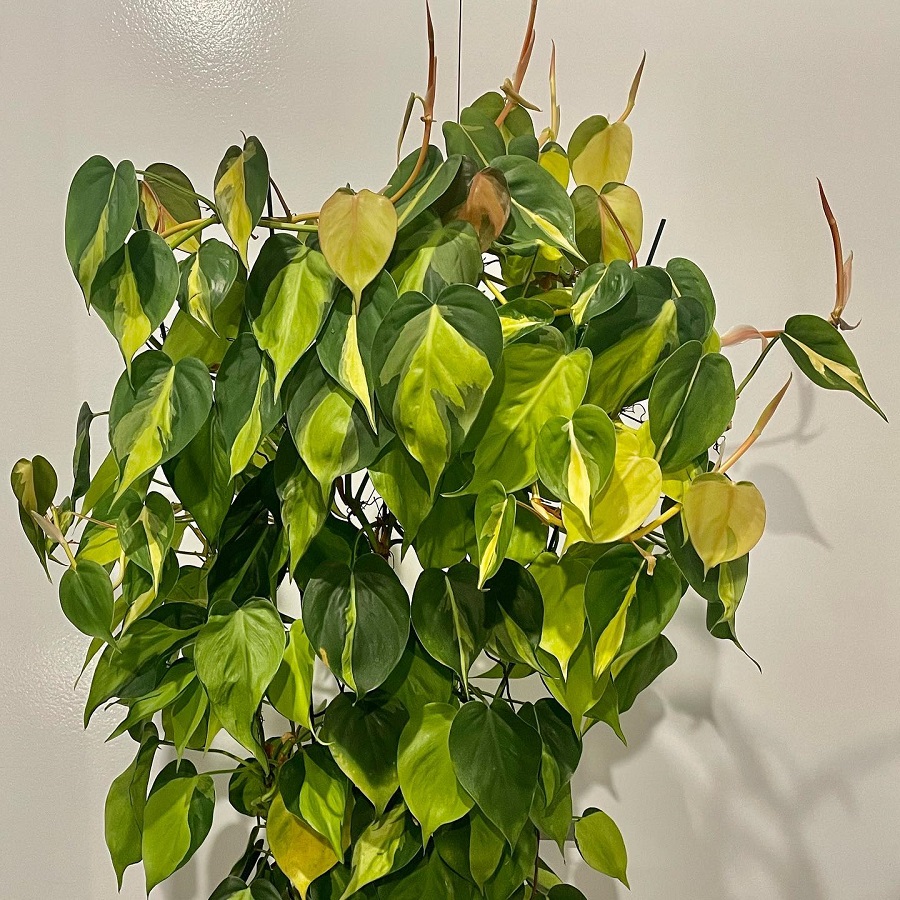
Enjoy the unique coloring of Philodendron hederaceum var. oxycardium ‘Brasil’ – it’ll thrive in a brighter light! This easy-going plant is perfect for beginner plant keepers and requires minimal care to stay healthy. To ensure your plant’s best health, provide its care tips, such as watering and fertilizing; propagation methods; and common pests/disease prevention measures. With a little bit of effort, you can enjoy the beauty of this beautiful cultivar!
Philodendron hederaceum var. oxycardium ‘Rio’
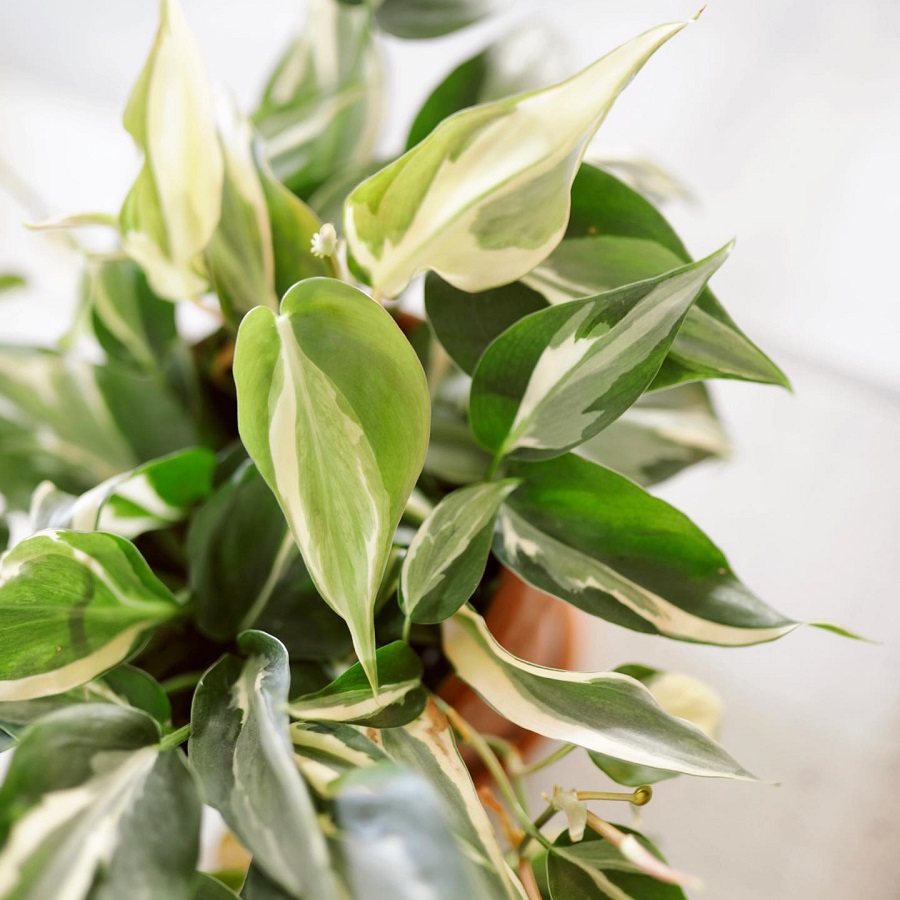
Introducing Philodendron hederaceum var. oxycardium ‘Rio’, a rare mutation of the Philodendron Brasil. Its foliage features silver, cream and dark green with an elongated heart-shaped leaf. This species is only around for just over a decade so it may be challenging to get your hands on one. Its vining habit trails or climbs and its leaves are longer than other cultivars, making it perfect for a showpiece plant stand. Rio’s coloring typically goes silver, cream, silver, and dark green from the center outwards – making it the most unique in that it is the only one to have silver as the central color.
Philodendron hederaceum var. oxycardium ‘Silver Stripe’
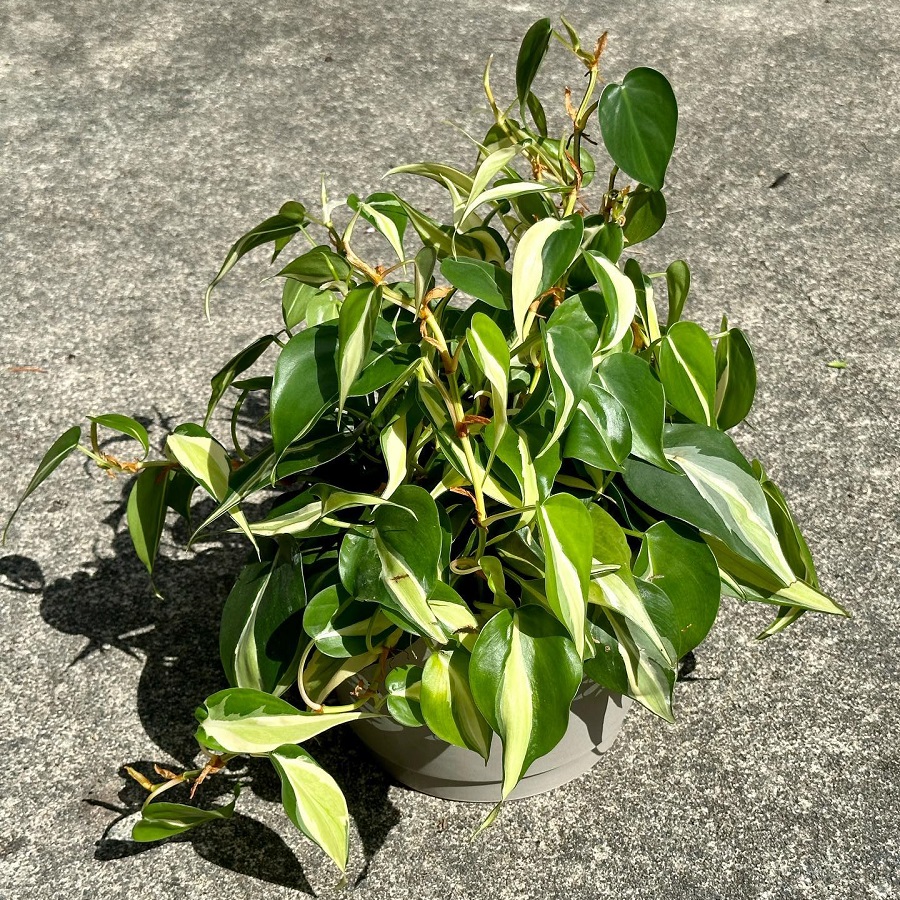
If you’re looking for something truly unique, the Philodendron Silver Stripe is the one for you. With its heart-shaped leaves featuring lime green, silver and dark green from the center outwards, it’s sure to make a statement in your home. Its colors remain consistent and stable for a healthy and secure look. Plus, its base has a slightly drawn-out shape that furthers its uniqueness.
Philodendron hederaceum var. oxycardium ‘Cream Splash’
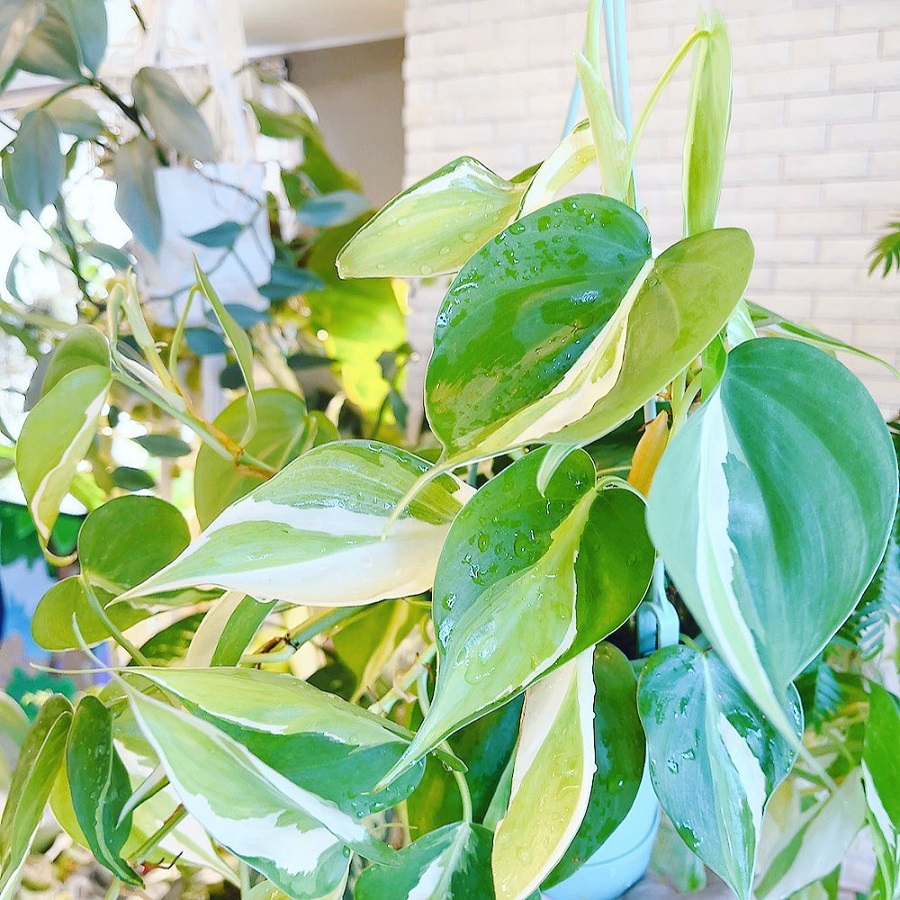
The Cream Splash variety of Philodendron hederaceum var. oxycardium has light green, cream and dark green hues radiating out from its heart-shaped leaves. Its coloring is very unstable compared to other varieties. It looks a lot like Silver Stripe, but with more cream coloring; it may be difficult to distinguish between them.
Philodendron hederaceum var. oxycardium ‘Gabby’
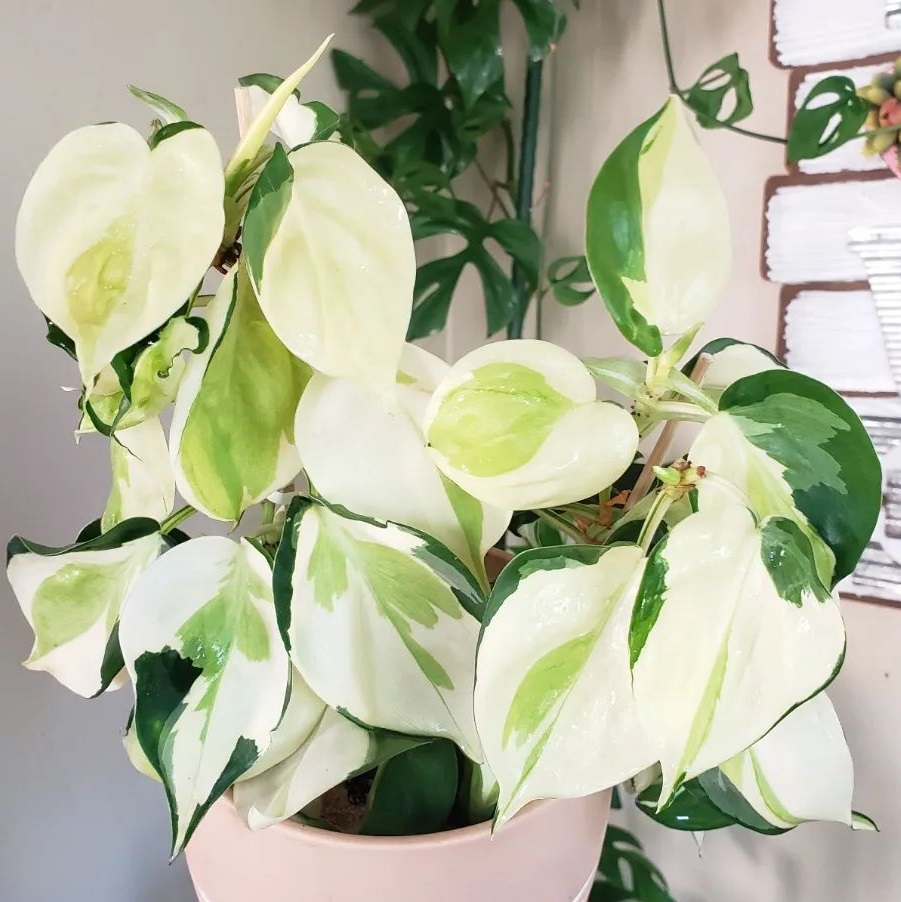
Gabby is a highly variegated version of Philodendron hederaceum, with cream and green hues radiating from its heart-shaped leaves. This variety is known for being far more unstable than the rest, producing the highest amount of variegation. Its coloring starts from the center and typically goes light green, cream, then dark green.
Philodendron heleniae
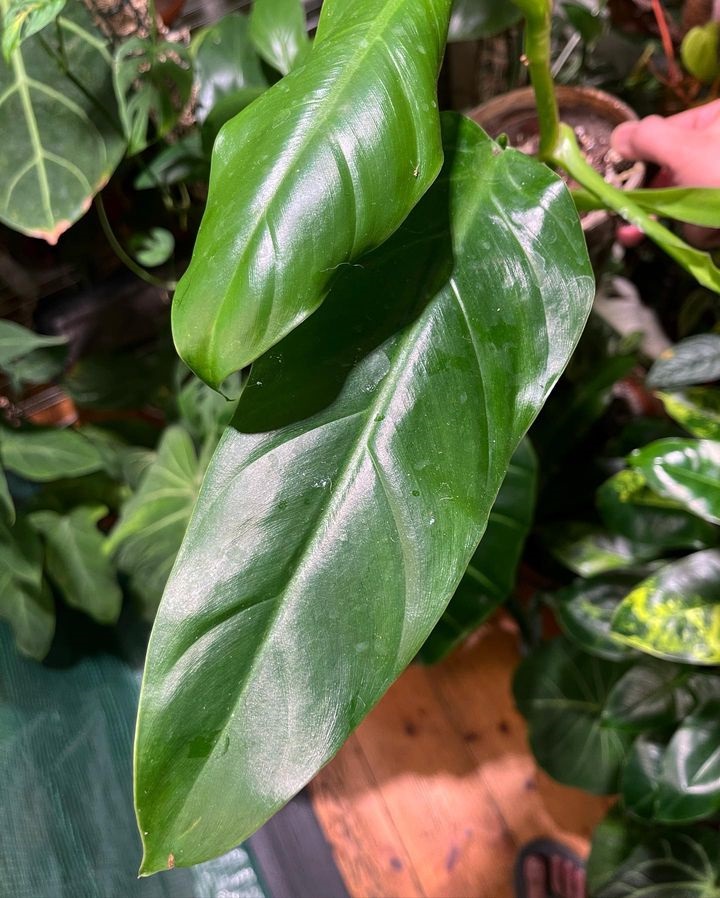
Philodendron heleniae is a hemiepiphytic vining plant, with stems that are usually appressed-climbing. Its leaves are narrower and more ovate compared to the former variety. Propagation can be done through cuttings, and it prefers soil that’s well-drained and high in organic matter. When watering, make sure the soil is evenly moist but not soggy.
Philodendron heterocraspedon
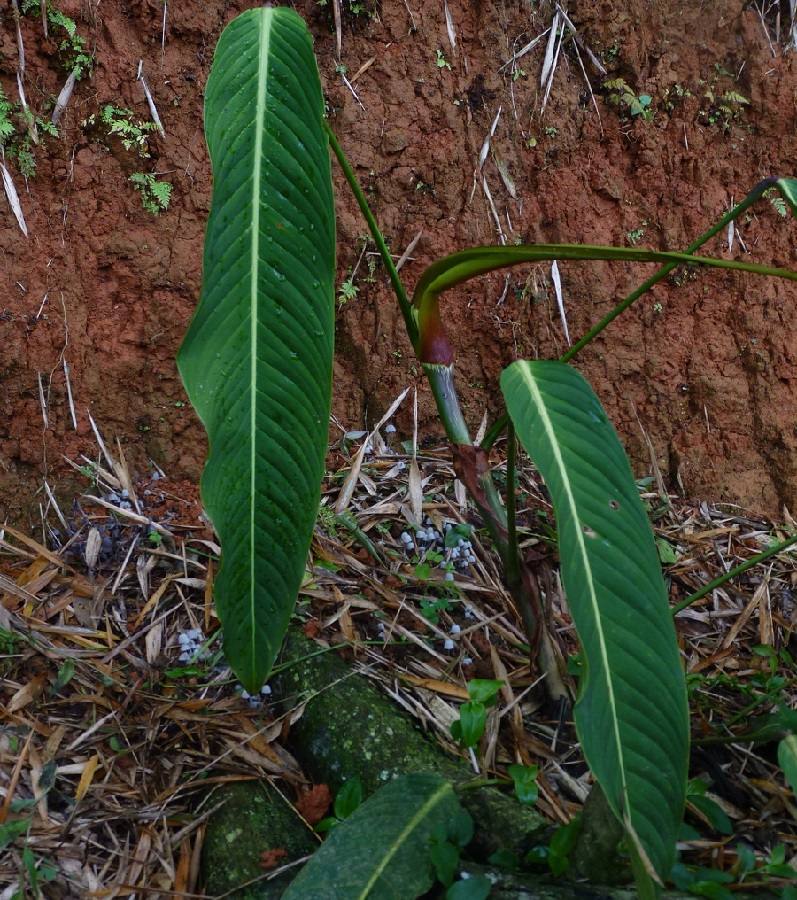
The Philodendron heterocraspedon is a hemiepiphytic vining plant, with stems that are usually appressed-climbing and petioles deeply sulcate with one margin very acute and the other bluntly rounded. It’s characterized by narrowly flattened petioles, reflexed-spreading to pendent leaves, and long arching primary lateral veins. Propagation methods involve air layering or stem cuttings in moist potting soil. Care tips include indirect light, regular watering, and humid environments. Common pests include spider mites, mealybugs, and aphids; these can be managed using insecticidal soap or neem oil.
Philodendron hebetatum
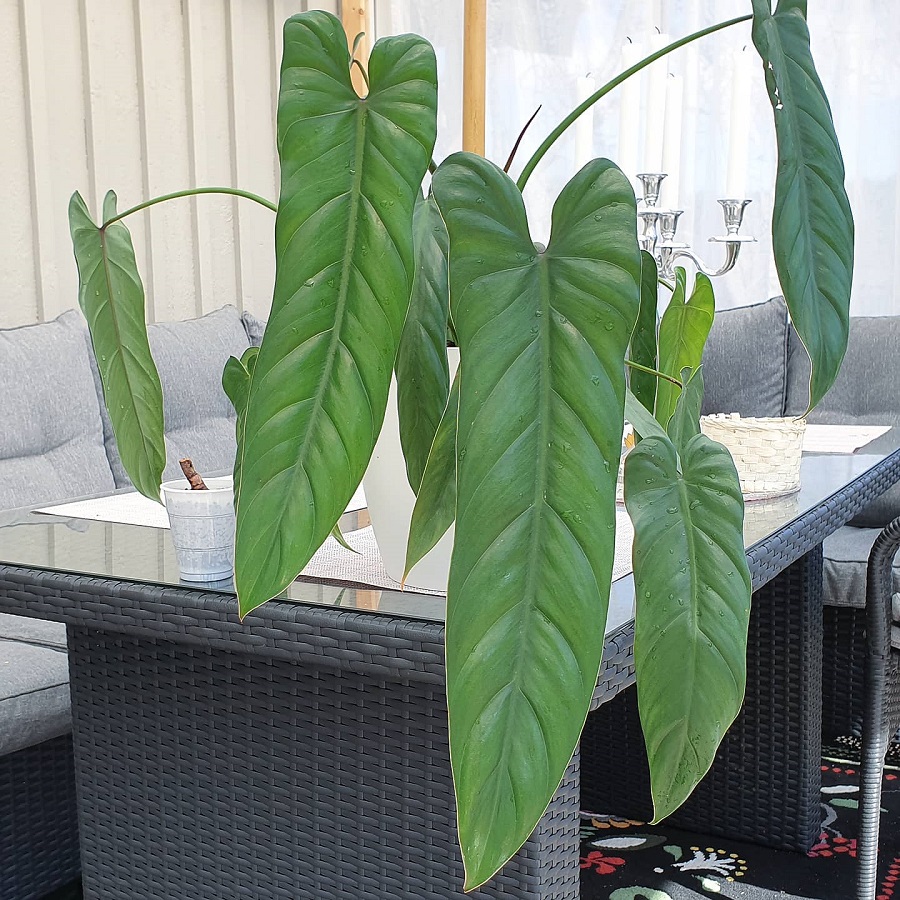
Philodendron hebetatum is an evergreen climber with large, glossy leaves and small yellow-green flowers. Native to Colombia, it’s important to provide the right growing conditions for this plant if you want it to thrive. To ensure its well-being, be sure to provide warm temperatures and plenty of humidity. Keeping your Philodendron hebetatum in a pot with well-draining soil is recommended for the best care. Propagation can be done by dividing or rooting stem cuttings. With proper care, this attractive houseplant can bring beauty and life into any home!
Philodendron heleniae subsp. amazonense
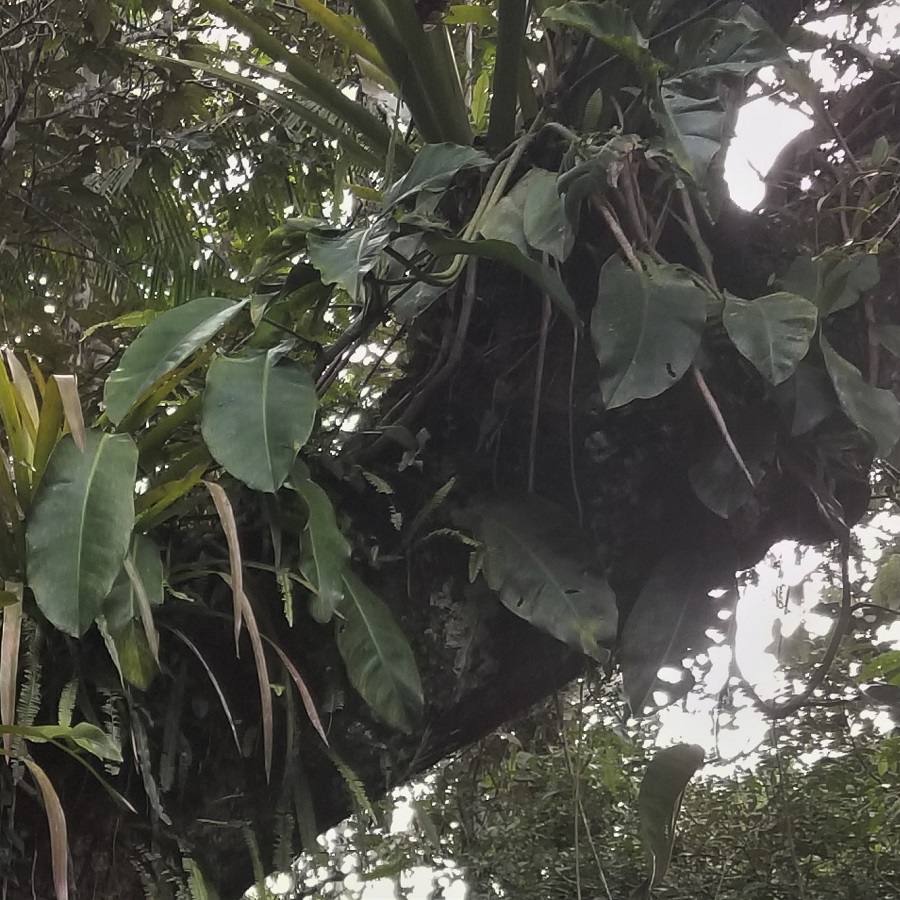
Rarely seen, Philodendron heleniae subsp. amazonense is a beautiful climber with long leaves and uniquely winged petioles that have a deep groove in the center. This variety of Philodendron plant is native to Colombia and Peru and is easy to grow. It requires support as it climbs, but has great potential for creating a stunning display. Unique characteristics include its attractive large leaves, with its winged petioles providing extra texture and interest. Growing tips include positioning in bright indirect light, avoiding overwatering and keeping humidity levels high.
Philodendron hylaeae
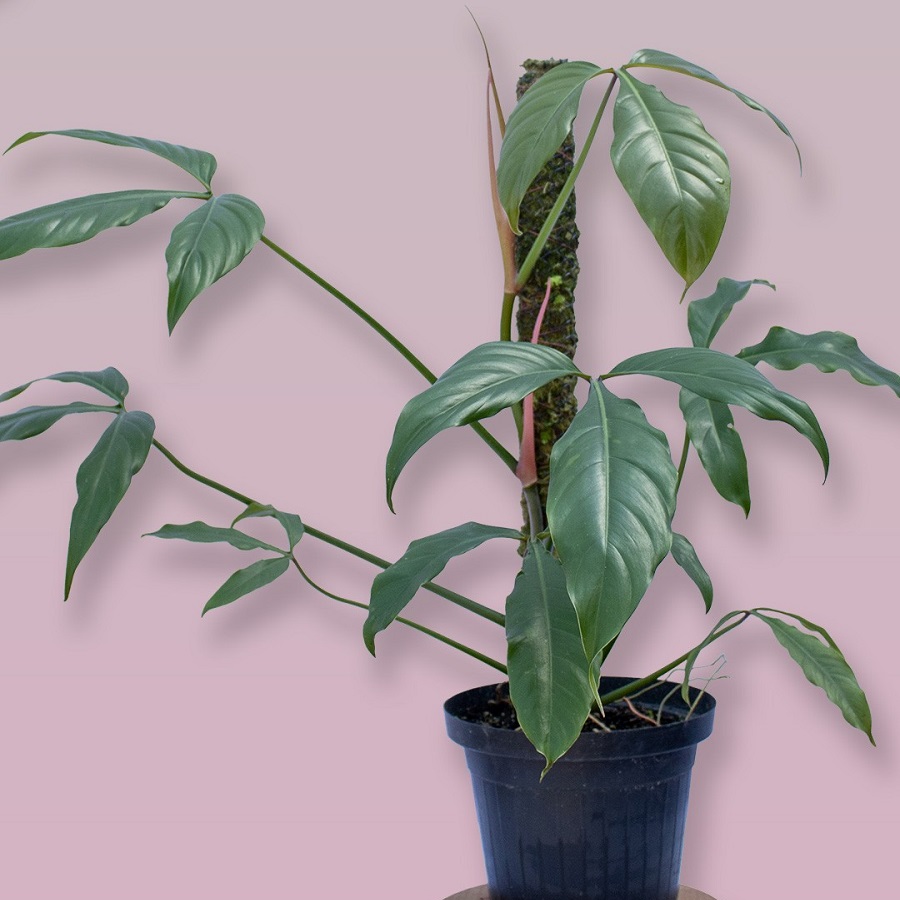
Transitioning to the current subtopic, Philodendron hylaeae is an appressed-climbing hemiepiphyte that can grow up to 15 m in trees. Its juvenile plants have short internodes and petioles while adults have elongated internodes and grey-green to green foliage. To cultivate this plant, be sure to provide it with well-draining soil and adequate water as its propagation is through either division or stem cuttings.
Philodendron hopkinsianum
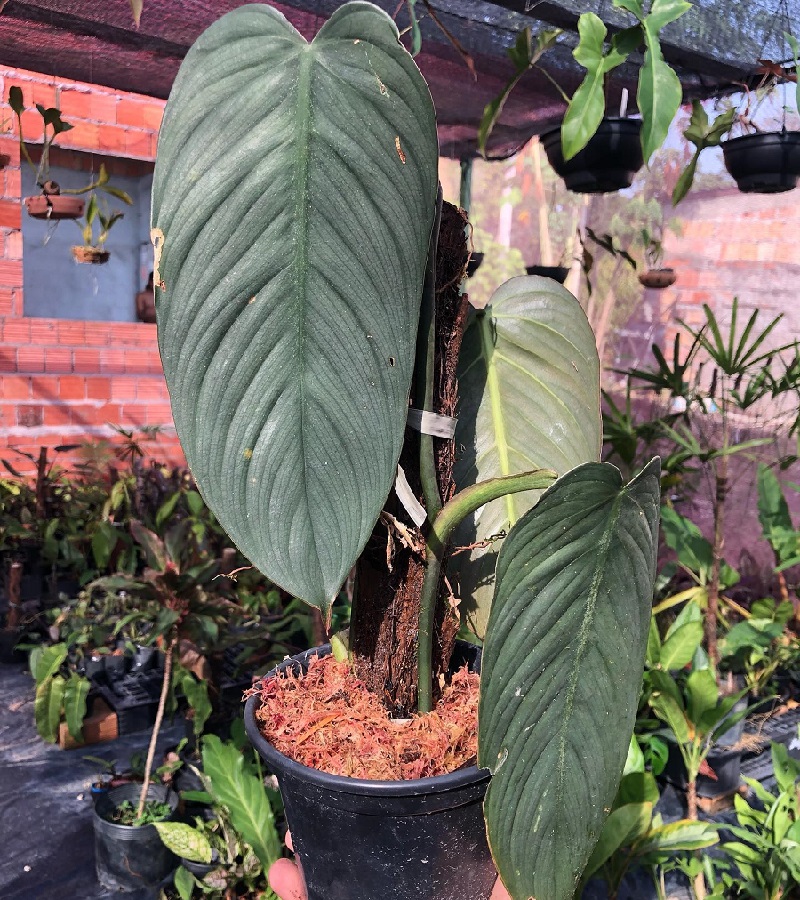
This species is native to Colombia, Ecuador, and Peru and its glossy heart-shaped leaves can reach up to 30 cm long. Propagation methods include seed or stem cuttings. Care tips for Philodendron hopkinsianum include providing bright indirect light, keeping the soil moist but not waterlogged, and a regular fertilizing schedule. Common pests are spider mites, mealybugs, and aphids, which can be treated with horticultural oil or insecticidal soap.
Philodendron hastatum

Nicknamed the ‘silver sword’, Philodendron hastatum’s leaves are glossy silver and mint green with sharp points, resembling a sword. It is native to Brazil and is an endangered species. Growing up a stake or trellis, it is easy to care for and adapts well to indoor conditions. Discussing propagation methods and care tips, exploring its unique characteristics, and showcasing creative home decor ideas are all great ways to incorporate philodendron hastatum into your own space!
Philodendron hatschbachii
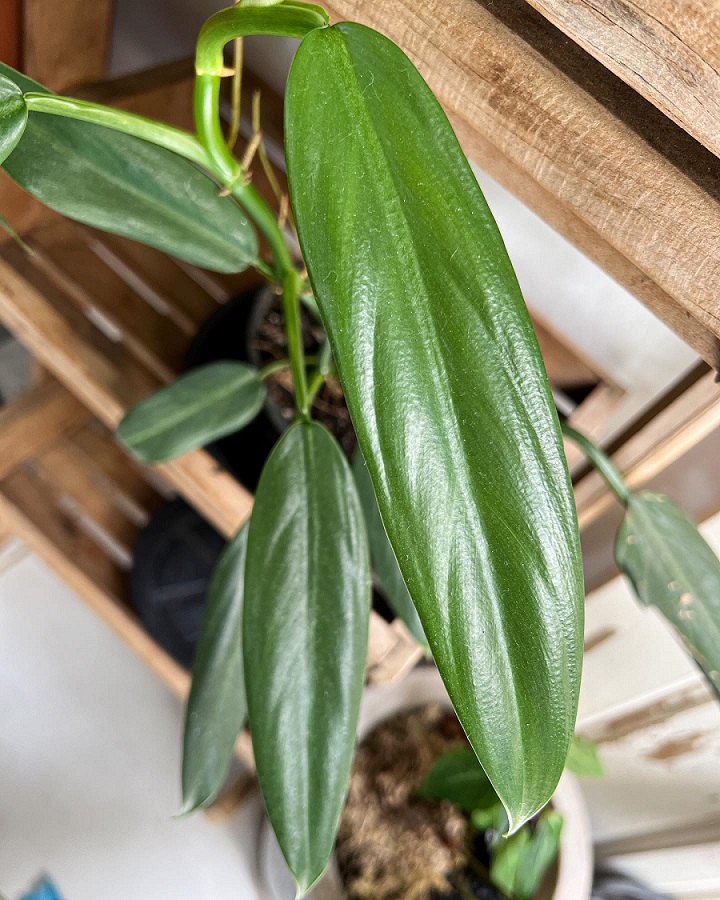
You may have heard of the Philodendron hastatum, but Philodendron hatschbachii is a different species native to Brazil. It’s an evergreen climber with glossy heart-shaped leaves and a greenish-yellow spathe with white spadix. To care for this plant, provide it with humidity and shade; when propagating, collect the small black seeds. Knowing its characteristics will help you give your philodendron hatschbachii the best possible care.
Philodendron insigne
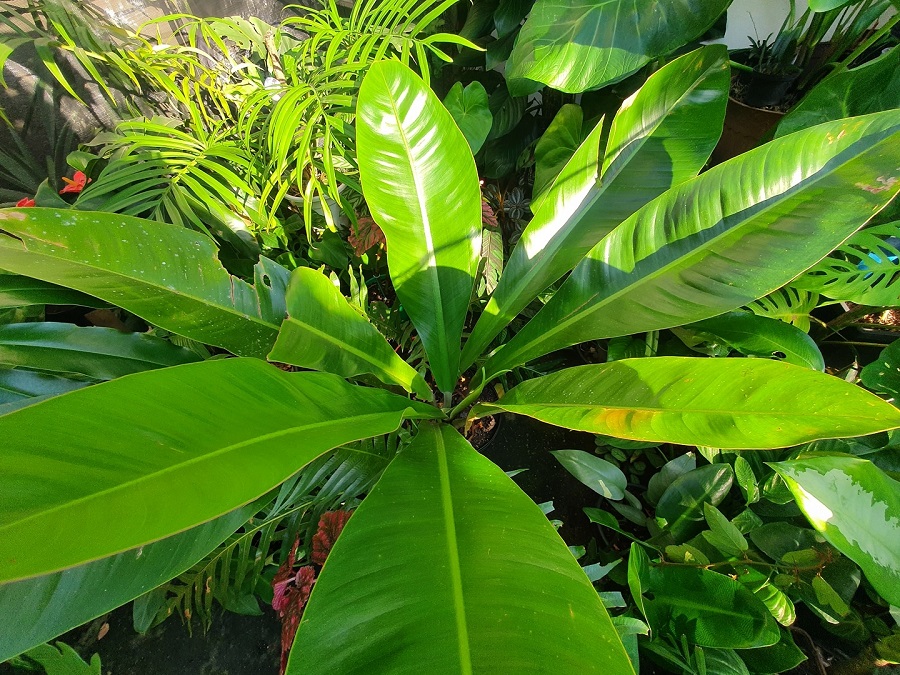
You’ll love the glossy, deep green leaves of Philodendron insigne. Its roots densely branch around the stem for stability and its petioles reach up to 2.5 cm in diameter with 18-20 primary lateral veins on each side. It can be propagated by rooting stem cuttings and requires bright indirect light and moist soil to thrive. The plant is susceptible to common pests like spider mites and mealybugs, so keep an eye out for any potential diseases or infestations. With proper care, you will be rewarded with a beautiful houseplant!
Philodendron inaequilaterum
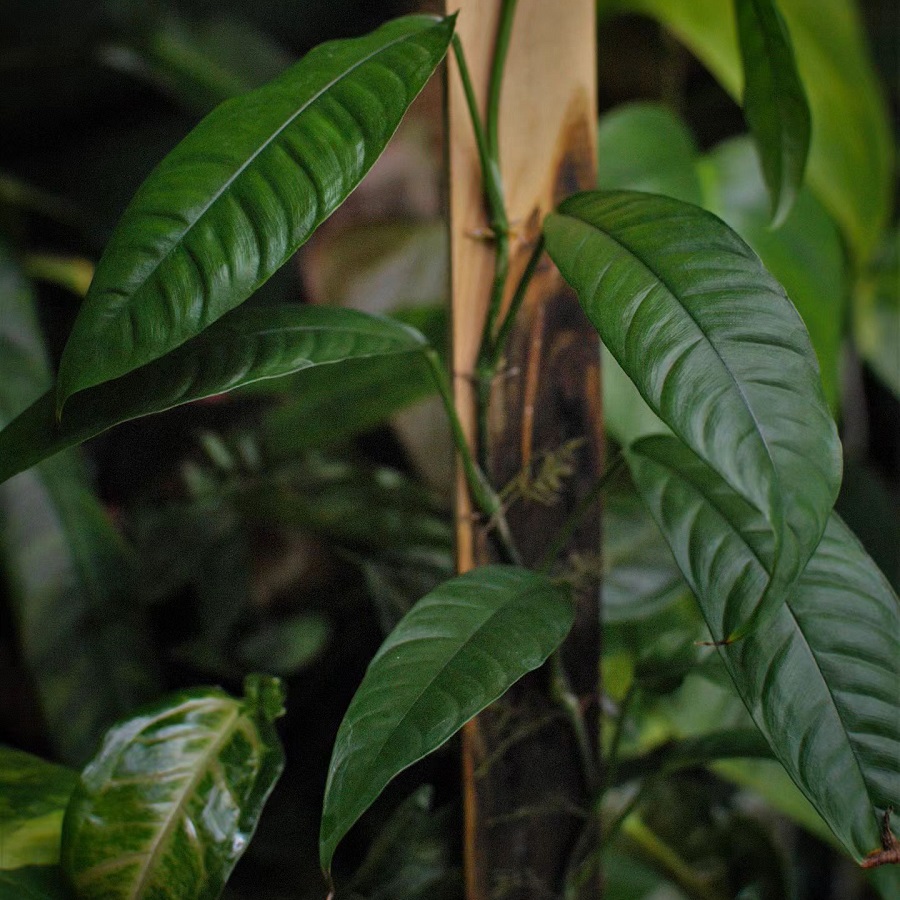
Philodendron inaequilaterum features thin strap-like leaves with blue-gray coloring and no back lobes, making it an ideal addition to any terrarium. With its low humidity needs, cultivating this species can be a challenge. Compared to Philodendron hastatum, inaequilaterum tends to grow smaller and has a different leaf structure. Creating a terrarium setup tailored towards its needs is recommended for best results.
Philodendron imbe
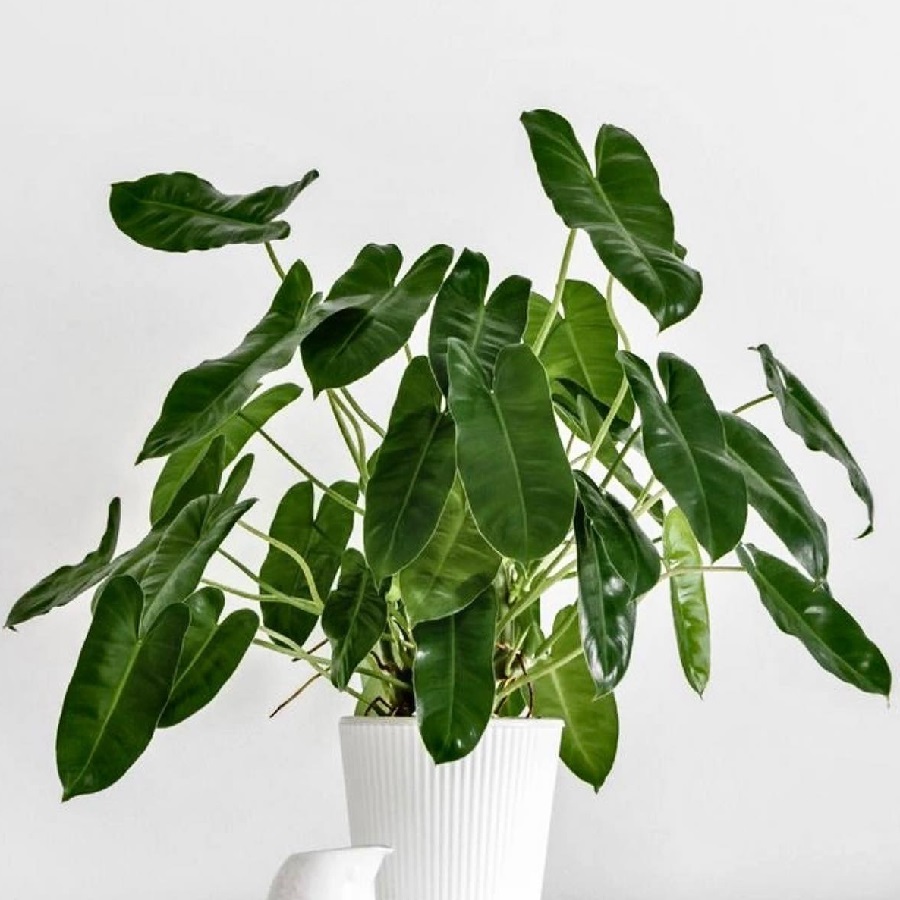
With its vibrant evergreen foliage and aerial roots, Philodendron imbe makes an attractive addition to any garden. It is easily propagated from stem cuttings and thrives in moist, well-drained soil with partial sun or light shade. Common pests and diseases include aphids, mites, and fungal leaf spot.
Philodendron jacquinii
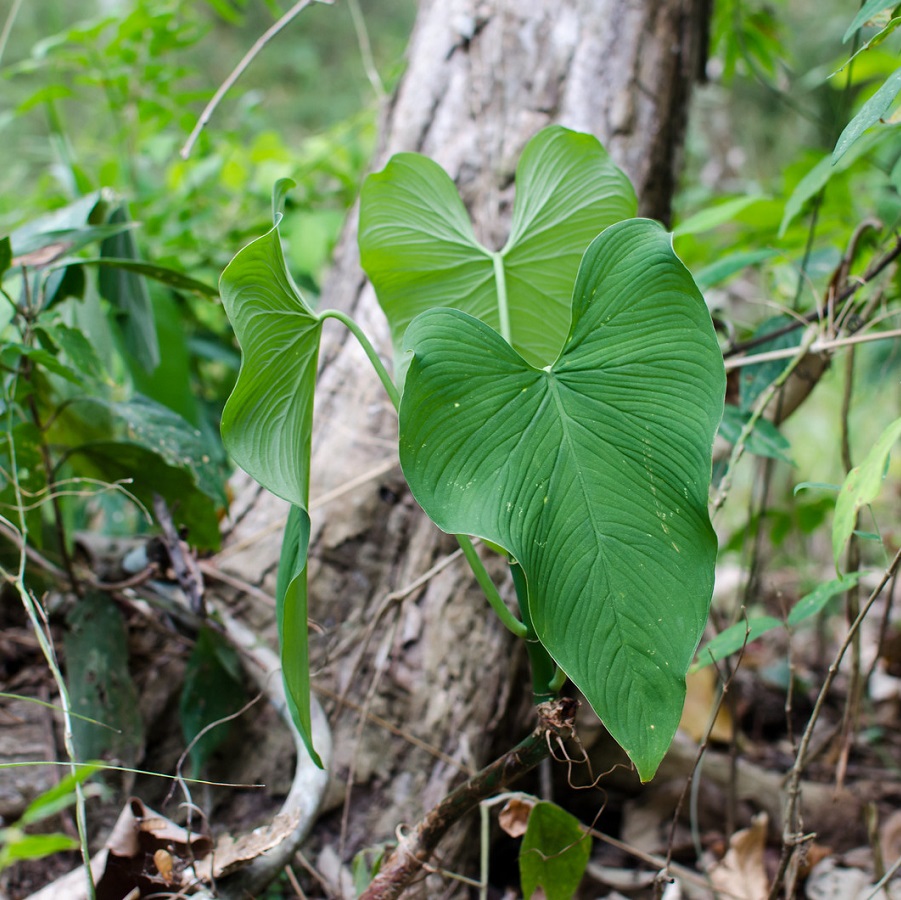
Philodendron jacquinii is a hemiepiphytic vine with characteristic leaf scars, internodes, petioles, and blades. It has relatively easy propagation methods and care tips when it comes to temperature, humidity, fertilizer application and watering. Common pests and diseases include aphids, mealybugs, scale insects and fungal infections. With the right knowledge about its needs, you can ensure it flourishes in your home!
Philodendron jodavisianum
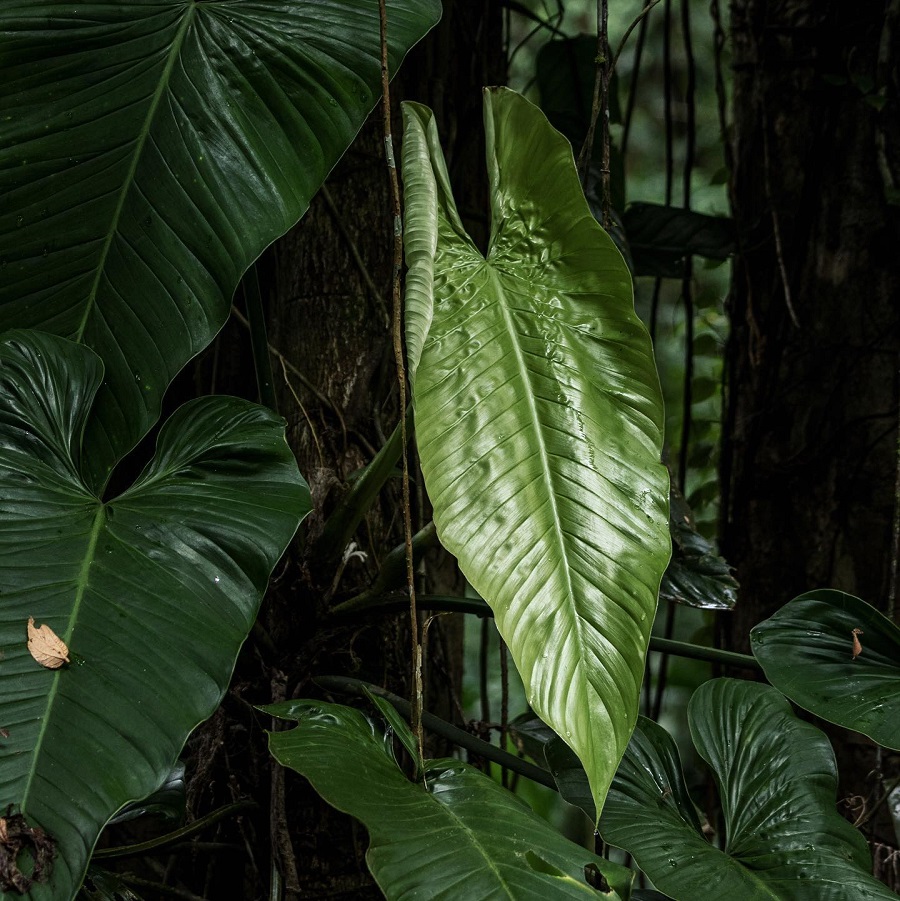
You’ll find Philodendron jodavisianum’s stem appressed-climbing, gray-green to brown or green with a sweet-scented sap. It has two-ribbed internodes that grow up to 8 cm long and 2.5-3 cm diam. at the apex. Its petioles can be (18)29-91 cm long and its triangular-ovate blades are 25-74 cm long and 18-34 cm wide with a deep cordate base. For growth requirements and care tips, this plant prefers bright indirect light and consistent moisture levels. One of its unique features is its semi-glossy surface on both the upper side of the blade as well as on the petiole margins, which are raised adaxially. Propagation methods for philodendron jodavisianum include stem cuttings or division of the rootball during re-potting.
Philodendron lentii
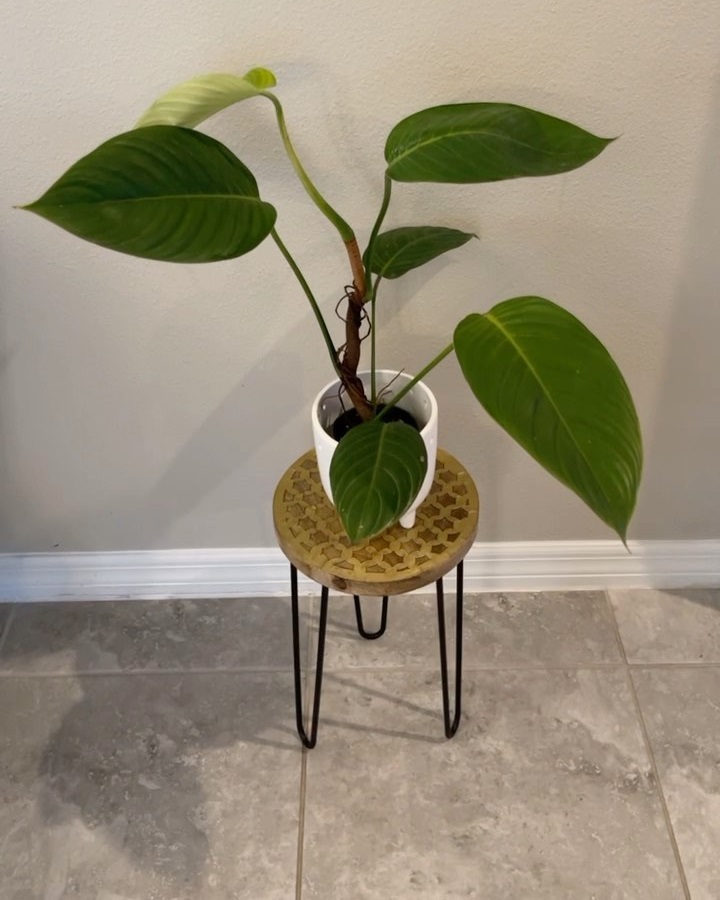
Philodendron lentii is an epiphytic plant with an assurgent stem that grows semi-glossy internodes up to 12 cm long and a petiole of 22-44 cm. It has ovate-elliptic blades bicolored, acuminate at the apex and rounded or subcordate at the base. Growing tips for this species include providing it with bright, indirect light, regular watering, and keeping humidity high. Common pests are mealybugs and spider mites; diseases may occur due to too much water or low air circulation. To display it creatively in your home, use a hanging basket or place it on top of bookshelves as its vines grow downwards.
Philodendron lynnhannoniae
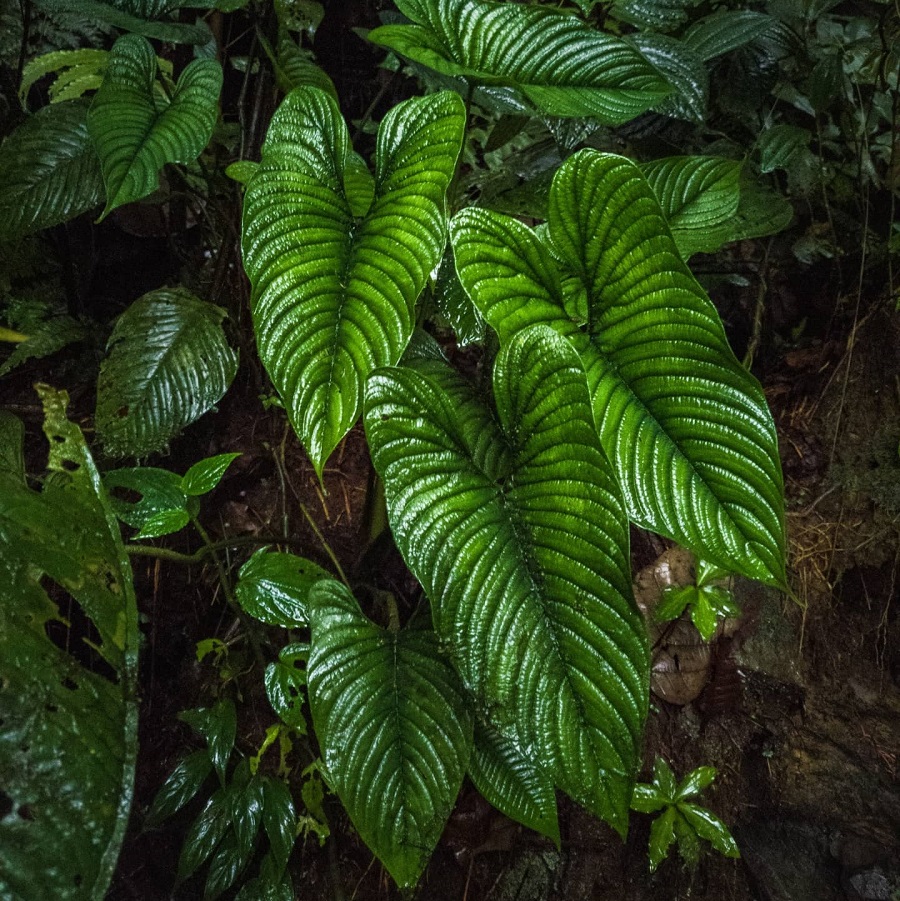
You’ll need deep shade, high humidity, and cool temperatures to help Philodendron lynnhannoniae thrive. Propagate by cuttings or division for best results. Maintain high humidity levels with daily misting and/or a humidifier. Its leaf blades are ovate and deeply lobed with medium to dark green coloration above, matte below, and veins deeply sunken above. Confused easily with P. furcatum but differences in blade shape, coloration, and major veins make it unique!
Philodendron linnaei
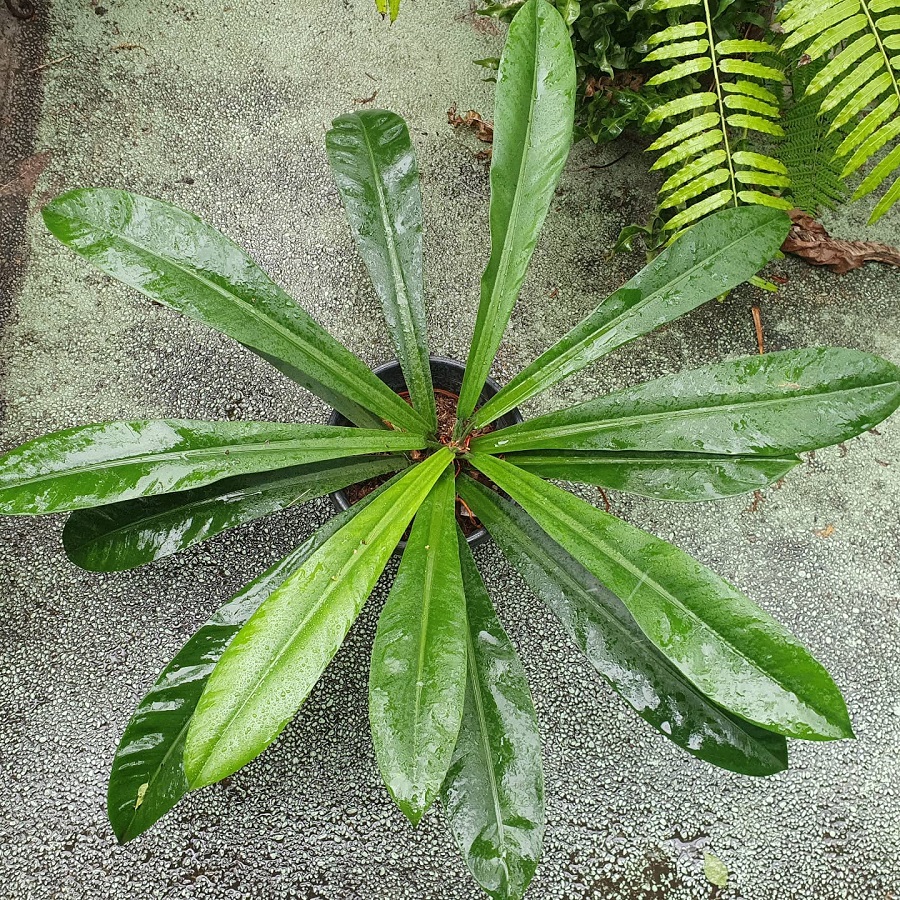
Philodendron linnaei is a hemi-epiphytic climber with an ovate blade, deeply lobed and medium to dark green coloration above. Its distinct apiculate tip and maroon-reddish hue below make it stand out from other species in its family. For successful growth of this unique plant, be sure to provide plenty of light and water as well as frequent pruning when necessary.
Philodendron lingulatum
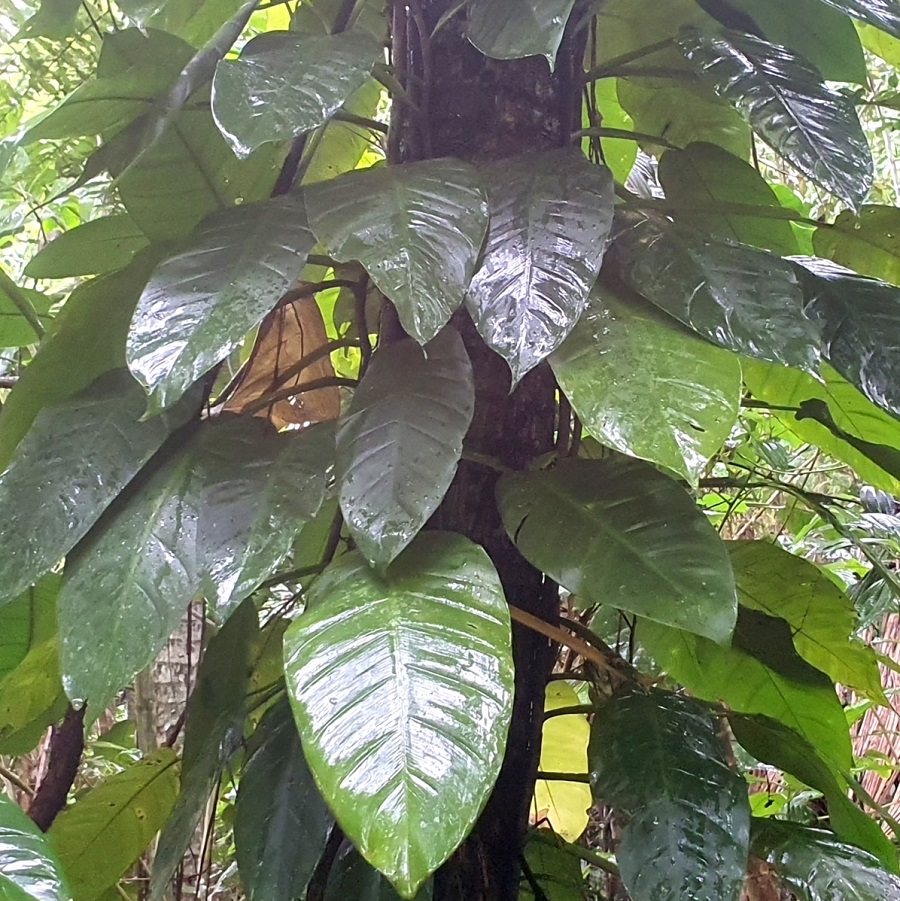
Philodendron lingulatum is the next type of philodendron to explore. It’s a climber, growing up tree trunks to at least 15 meters. Its leaves are large and glossy, with petioles that can be up to 48 cm long. The laminae are elliptic or ovate and cordate at the base when mature. Its inflorescences have dark green spathes that dry granularly on the inside. When it comes to cultivation and caring for this species, its properties should be taken into consideration – its roots, petioles, internodes, and laminae can provide important information as you provide it with the right environment for growth.
Philodendron ligulatum
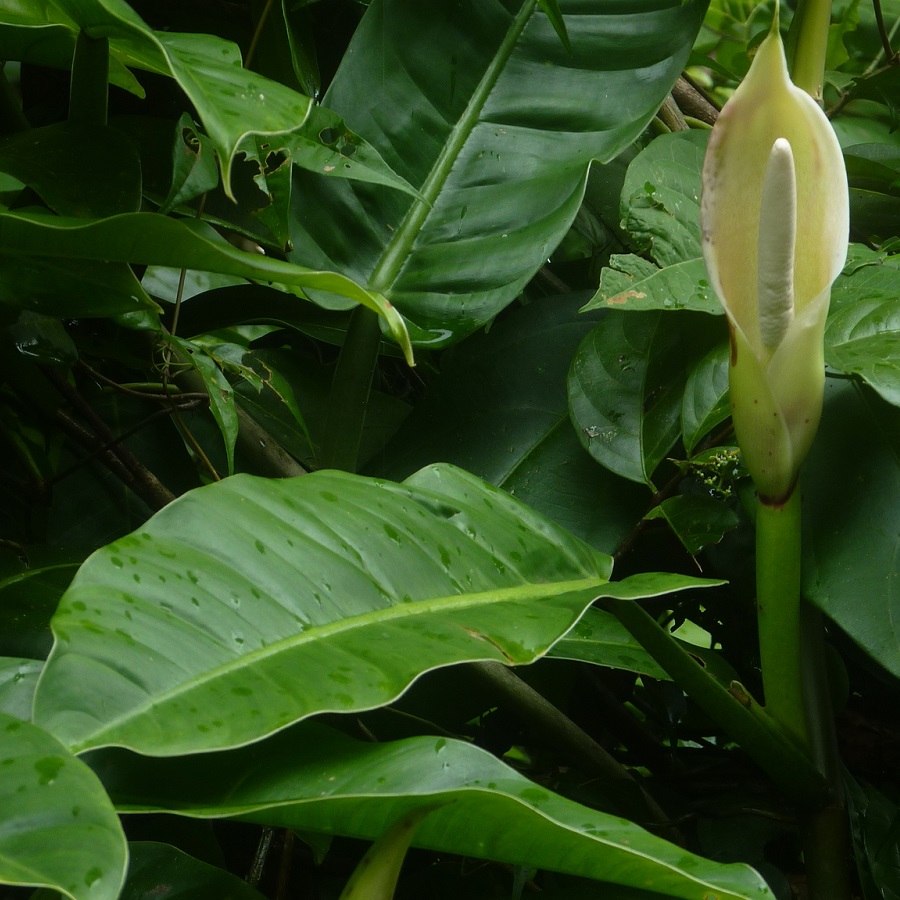
You can grow Philodendron ligulatum as a climber, with its large and glossy leaves reaching up to 15 meters on tree trunks. This hemiepiphytic plant has stem appressed-climbing or scandent, green internodes with a white, waxy coating. To ensure optimal growth requirements of philodendron ligulatum, provide ample humidity and light but not direct sun exposure. Propagation techniques for philodendron ligulatum include division of the stem or root cuttings. Common pests and diseases affecting Philodendron ligulatum are spider mites, mealybugs, nematodes, and fungal infections.
Philodendron longirrhizum
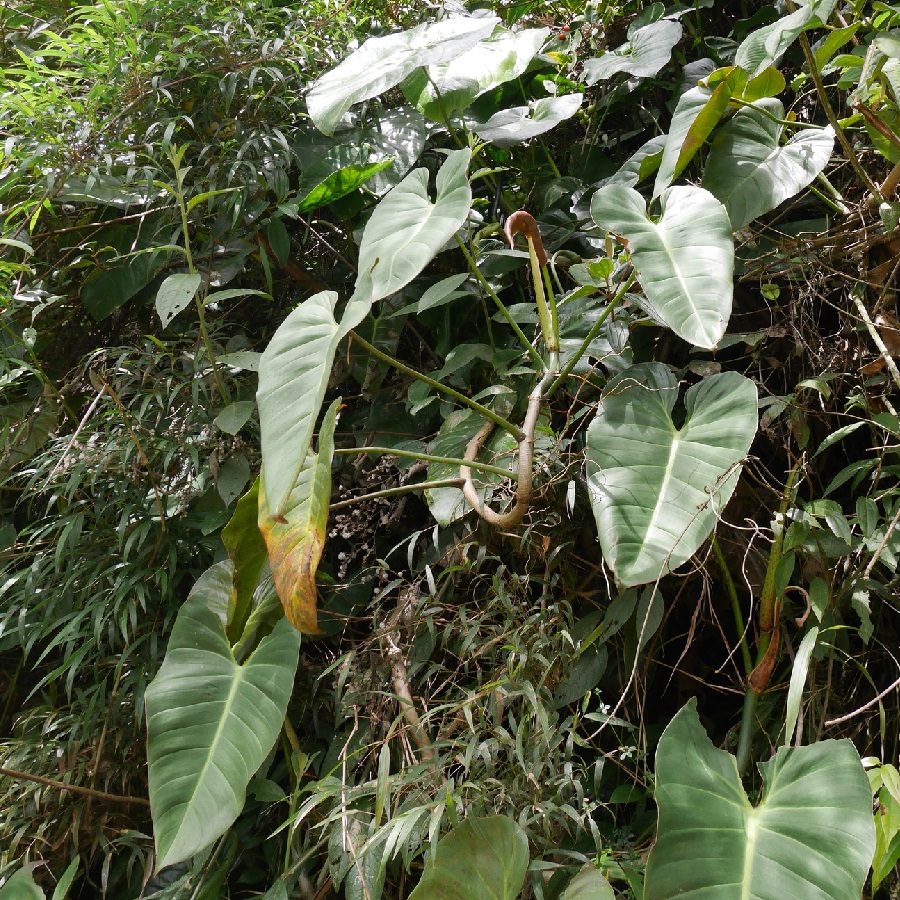
You may have seen Philodendron longirrhizum in gardens or as a houseplant, with its small white flowers and black seeds. Also known as the longirrhizum philodendron, this type of philodendron plant is native to Colombia’s tropical rainforests. It’s used for ornamental purposes and traditional medicine, boasting small thin seedlings too. Explore growth requirements, propagation methods and medicinal uses to learn more about this unique plant!
Philodendron loefgrenii
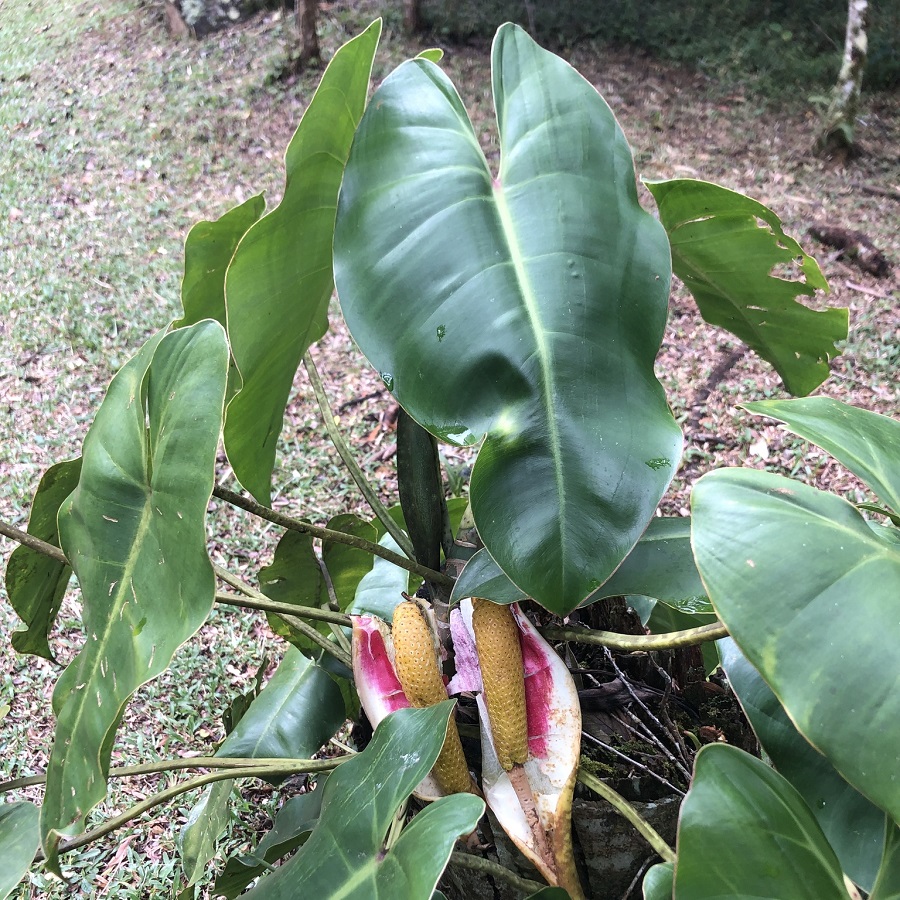
Native to Colombia, Philodendron loefgrenii is a hemi-epiphytic, epilithic and sometimes terrestrial vine with petioles up to 35 cm long. The stem is green at the apex, becoming straw-colored in the mature parts. It has narrowly triangular prophylls of 9-31 x 0.8-3.5 cm in size that are pale green to creamy green in color. Leaf blades are oblong to ovate and have cordate or subcordate bases with acuminate apices. Inflorescence consists of one floral sympodium with a peduncle up to 5 cm long and boat-shaped spadices up to 16 cm long. Philodendron loefgrenii can be found alongside related species such as P jacquinii and P jodavisianum in its native environment.
Philodendron lacerum

Philodendron lacerum is a hemi-epiphytic vine with petioles up to 20 cm long, bearing ovate to cordate leaves with incised-crenate margins and semi-ovate lobules. It grows quickly and can reach up to 8 cm in internode length. Propagation of philodendron lacerum can be done through stem cuttings or air layering. For optimal growth, it needs bright but indirect light, consistent watering, and fertilizer every few weeks.
Philodendron llanense
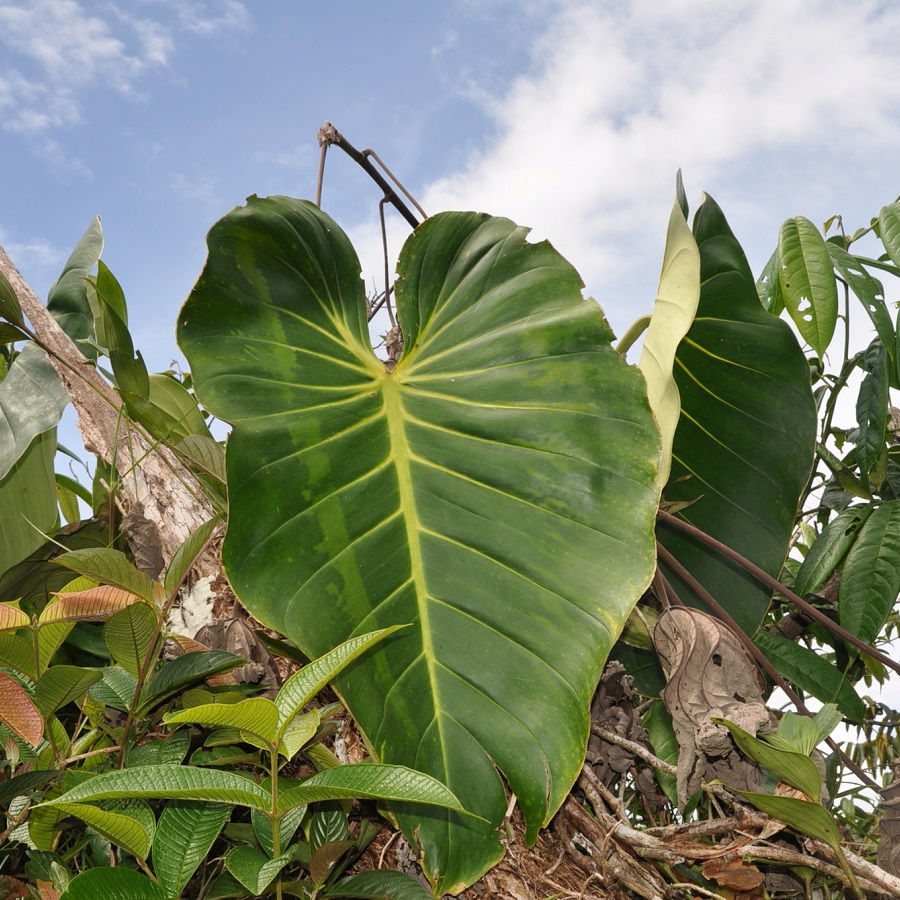
Philodendron llanense is a hemi-epiphytic vine with short internodes and stems up to 1 m long, boasting dark green leaves with striking pale midribs. It has an impressive growth rate in moist, humid environments and prefers indirect light for maximum health. Unique characteristics include the petioles that are 49-76 cm long, blades that are broadly ovate-cordate, and white secretory canals distinct on the underside of the leaf. Propagation methods include stem cuttings or air layering to create new plants.
Philodendron melinonii

A standout among aroids, Philodendron melinonii is an impressive and large-growing self-heading plant with solid green leaves and stems that range from reddish to green, depending on the light. Propagation techniques include stem cuttings and division of rhizomes or aerial roots. For healthy plants, provide bright indirect light and keep the soil moist but not soggy. Unique characteristics are its ability to climb trees and its glossy foliage. Care tips include avoiding direct sunlight exposure and keeping away from cold temperatures.
Philodendron melanochrysum
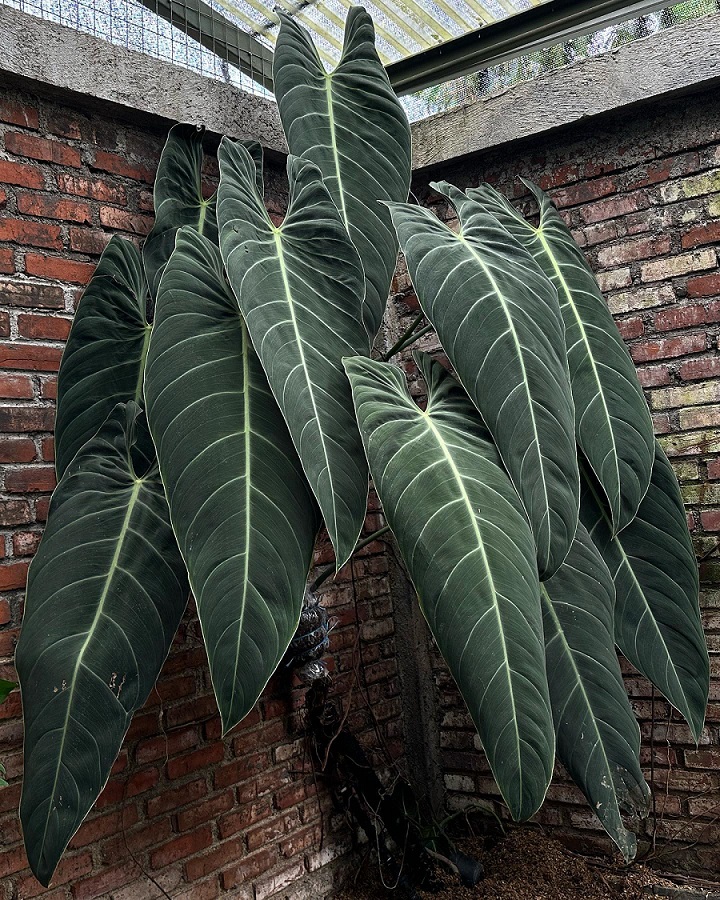
Now let’s talk about Philodendron melanochrysum, a vining species with striking dark green foliage. It needs lots of water and bright, indirect light to thrive, so be sure to check its watering requirements and light needs. It prefers soil that is moist but well-draining, so you’ll want to select the right type of soil for your plant. This unique Philodendron is native to Colombia and can grow up to 50 inches long when mature. Don’t miss out on this rare tropical beauty!
Philodendron mexicanum
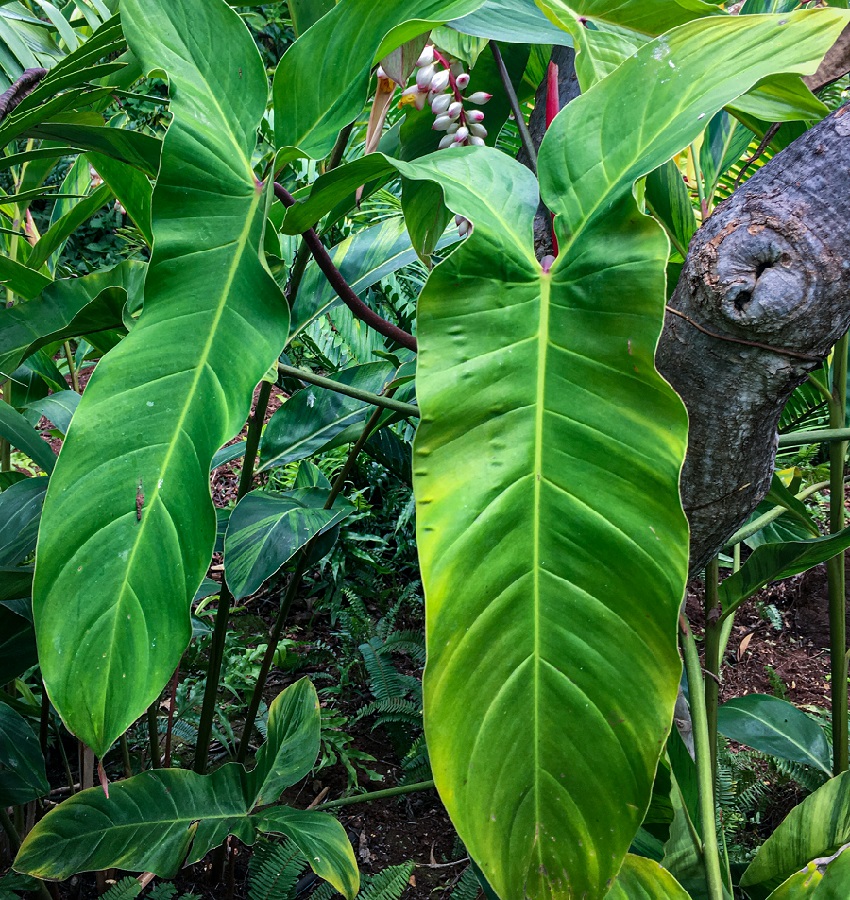
Native to Mexico’s Chiapas region, Philodendron mexicanum is a stunning fast-growing vine with glossy light green new leaves and deep dark green leathery mature ones, plus magenta to maroon undersides. To ensure proper growth, it requires medium indirect sunlight, regular watering, and high humidity levels. Propagate this plant by stem cuttings or air layering. Common pests affecting philodendron mexicanum are aphids and thrips while common diseases are root rot and leaf spot.
Philodendron meridionale
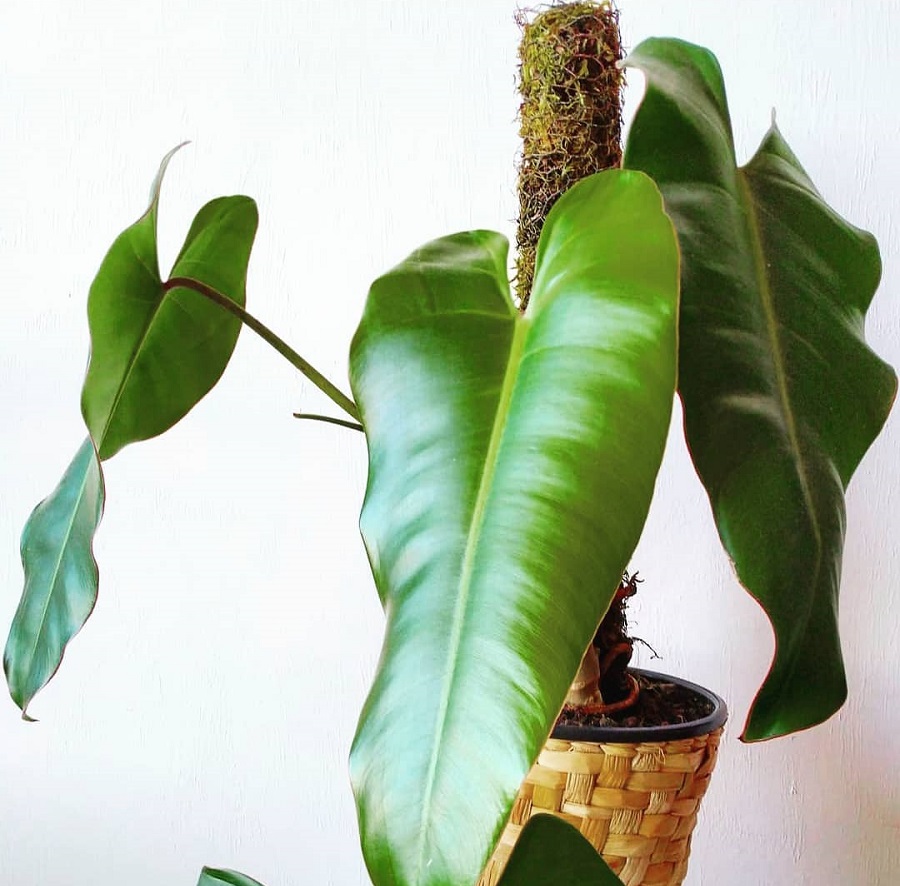
Found in the Atlantic Forest of Brazil, Philodendron meridionale is a fast-growing, glossy vine with light green new leaves and dark leathery mature ones. Conservation efforts are underway for this species due to its unique characteristics and limited distribution. To grow it successfully, provide bright indirect light, regular watering when the soil is dry, and occasional fertilization. Pruning can help keep it vigorous so you can enjoy Philodendron meridionale’s beauty for years to come!
Philodendron merenbergense
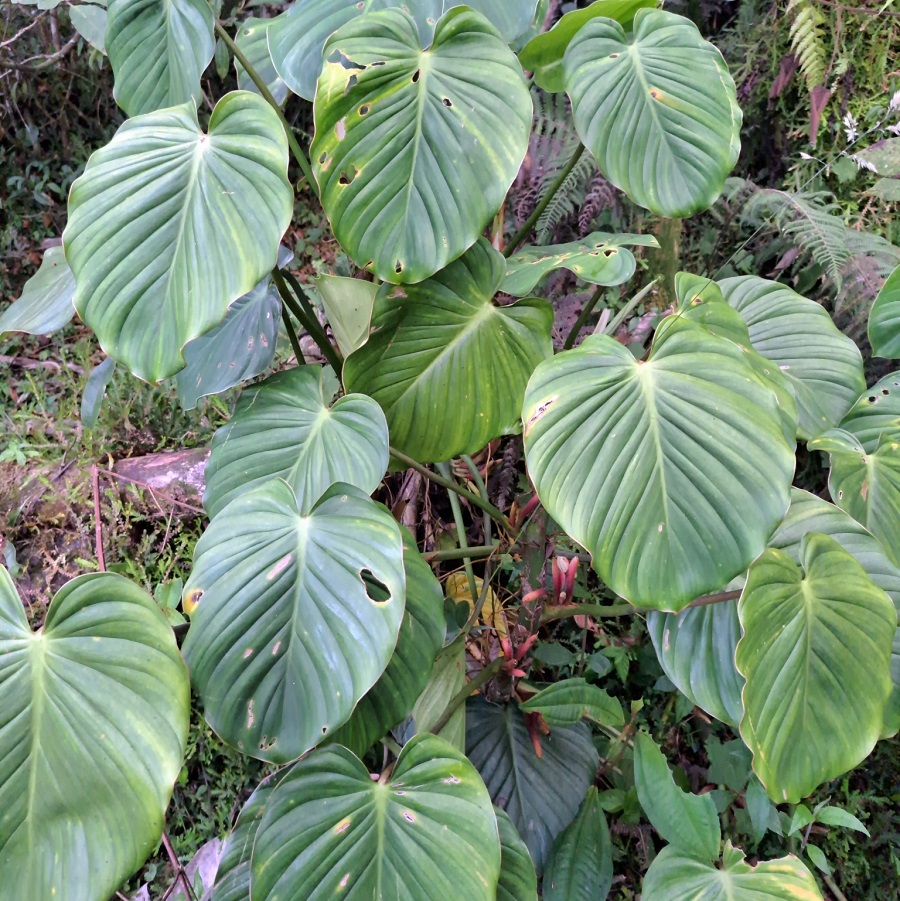
You’ll love the glossy, light green new leaves and dark leathery mature ones of Philodendron merenbergense, a fast-growing vine found in Brazil. Its stems are 1 or more meters long and root at nodes. It has obtusely flattened petioles that can grow 20-32 cm long with ovatecordate to subcordate blades 17-22 cm long. Its inflorescences measure 5-6 cm long and its fruits are green with 1.8 mm seeds. To maintain growth requirements, place this plant in bright indirect light with moist soil and warm temperatures – ideal for propagation methods like stem cuttings or division of rhizomes!
Philodendron melloi
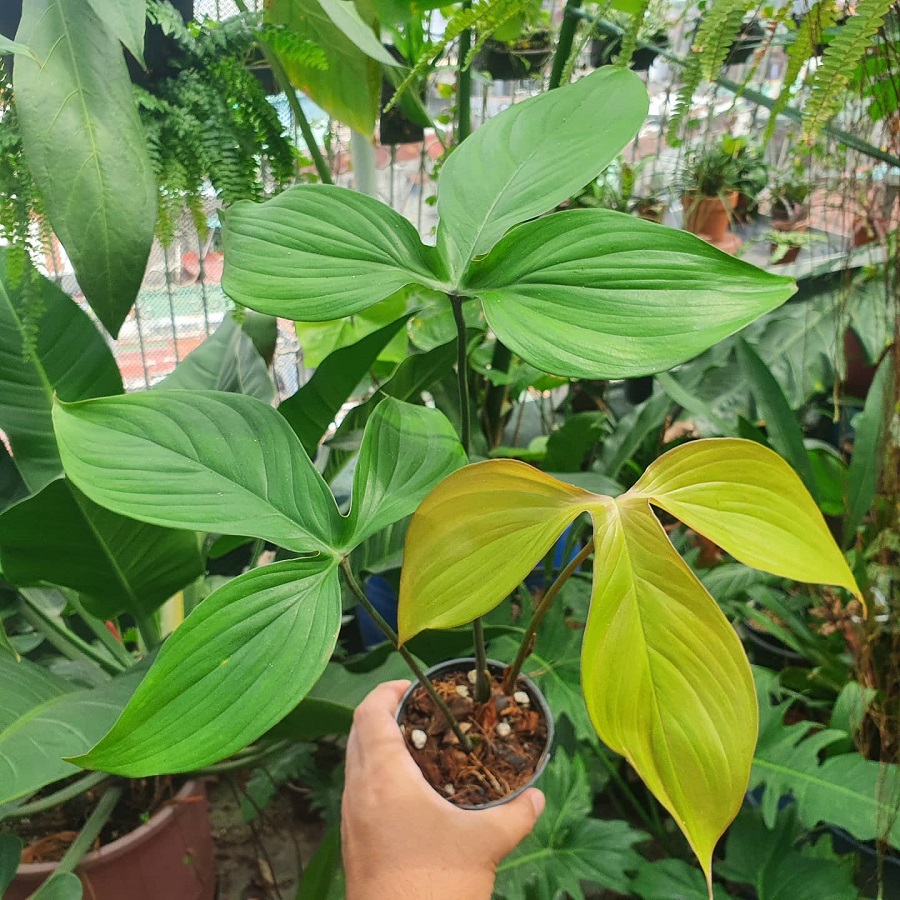
Native to Colombia and Ecuador, Philodendron melloi is a montane forest-dweller that can grow in elevations of 1,000-2,000 m. This philodendron species has unique characteristics such as attractive foliage and interesting shapes. For optimal growth, it should be cultivated in humid environments with plenty of sunlight. Proper care and maintenance require regular pruning to keep your plant healthy. It’s an easy-to-care-for specimen that adds color and texture to your home or garden!
Philodendron microstictum
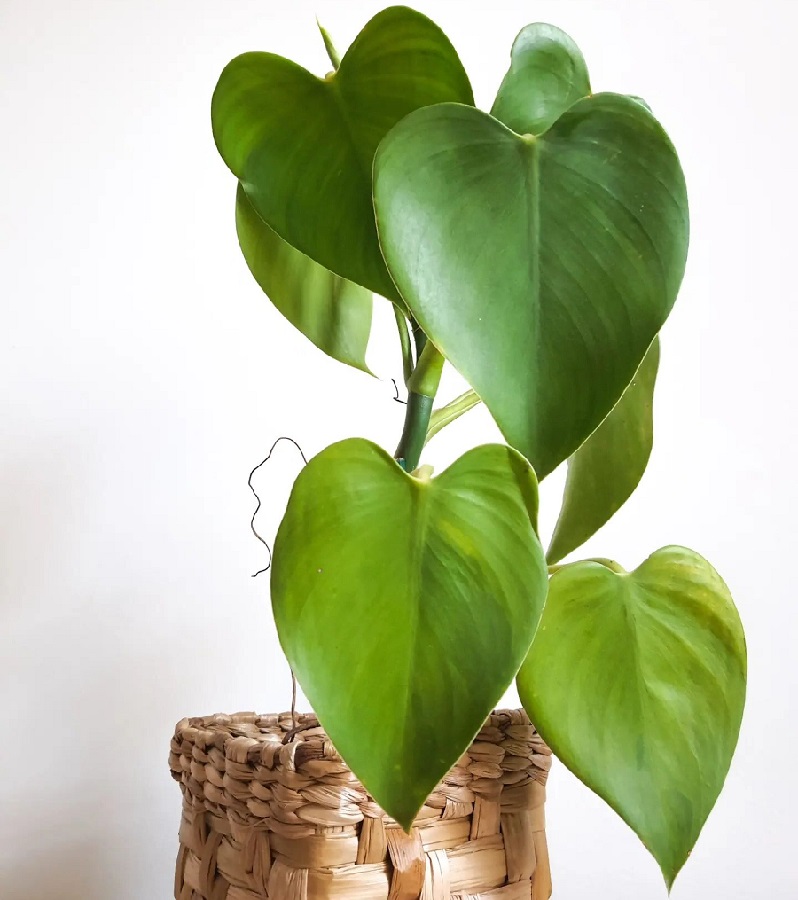
With its matte green heart-shaped leaves, the Philodendron microstictum is a beautiful specimen originating from Costa Rica that’s easy to take care of. It is best to place in bright indirect light and water when top soil is dry. Propagation methods for this plant include stem cuttings or air layering. Some common pests and diseases affecting it are aphids, mealybugs, scale, and root rot. With proper care tips, you can keep your philodendron microstictum healthy and thriving!
Philodendron missionum
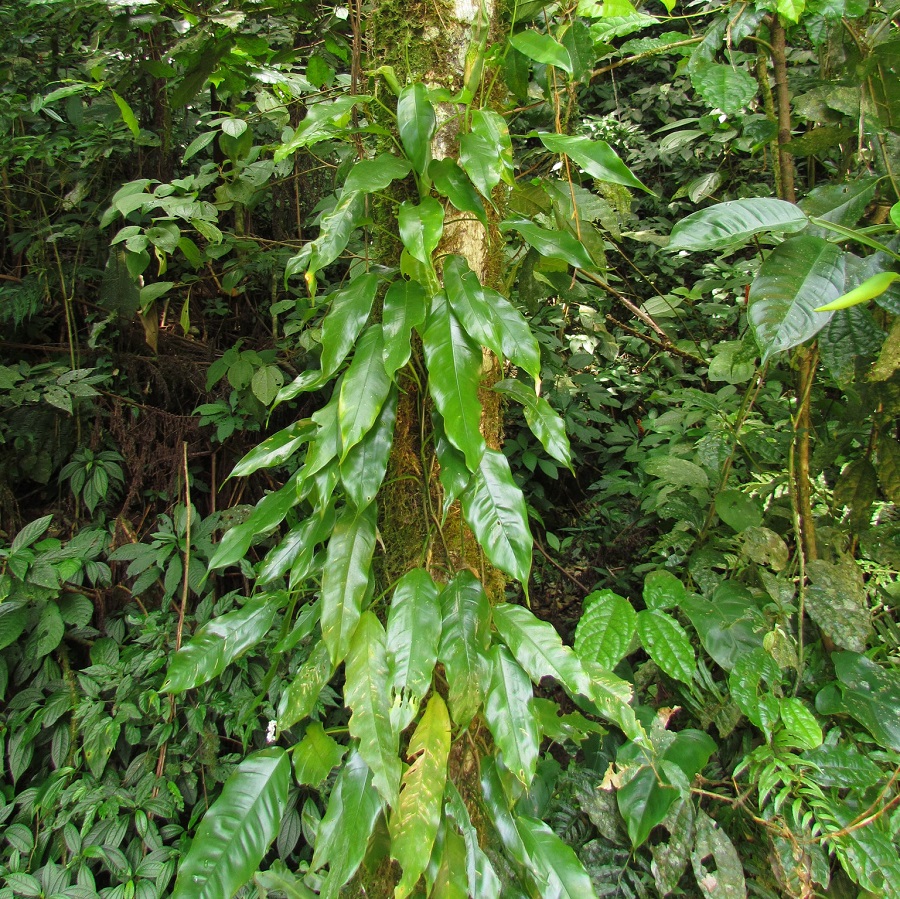
You’ve heard of Philodendron microstictum; now let’s take a look at Philodendron missionum. This species is native to Colombia and can be found in moist habitats. It has large, leathery leaves that are deeply lobed and a yellow-green spathe with white spadix. Its care requirements include plenty of humidity, indirect light, and regular watering. For successful cultivation, make sure the soil is well-draining and fertilized every two to four weeks during the growing season. With proper care, you’ll have a lovely philodendron missionum in no time!
Philodendron minarum
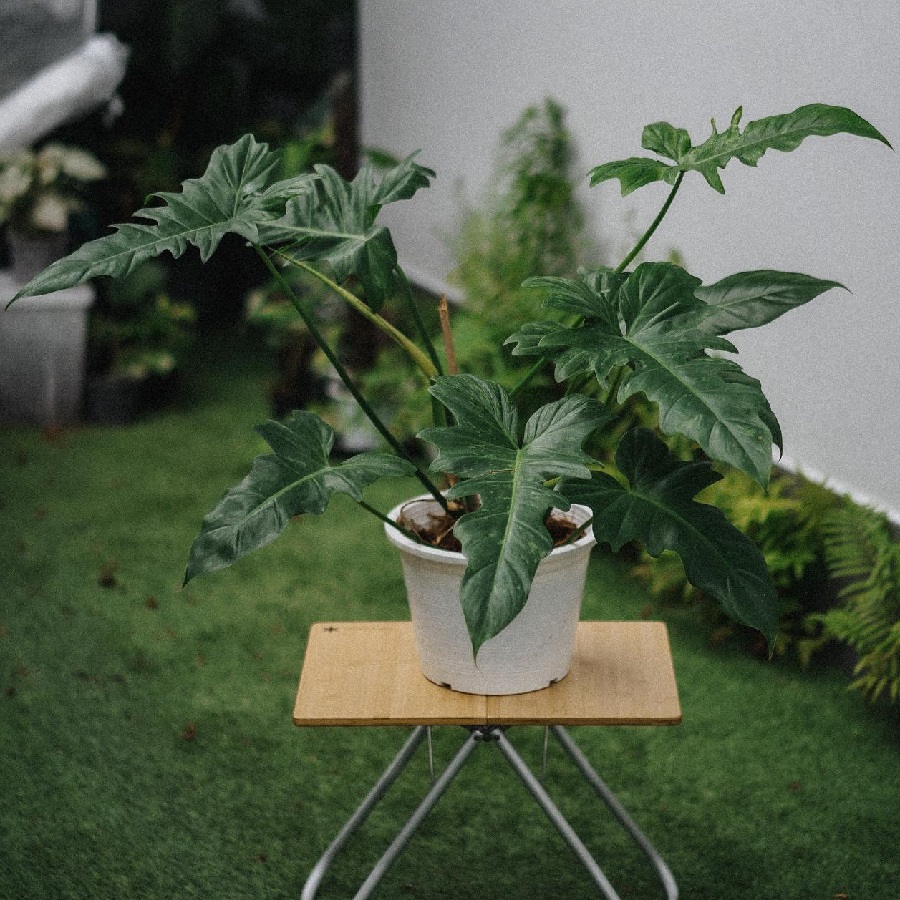
Philodendron minarum, also known as the Golden Dragon, is a fast-climbing plant with jagged-edge foliage resembling a dragon’s head. It can reach 1-2 feet long and 1 foot wide at maturity, making it an impressive addition to any home or garden. To care for this unique philodendron, keep temperatures between 60-70 degrees Fahrenheit and water regularly. To propagate this species, take cuttings from the stem and place them in soil or water to root easily. With proper philodendron minarum care tips, you can have your own golden dragon in no time!
Philodendron minarum ‘Lime Fiddle’
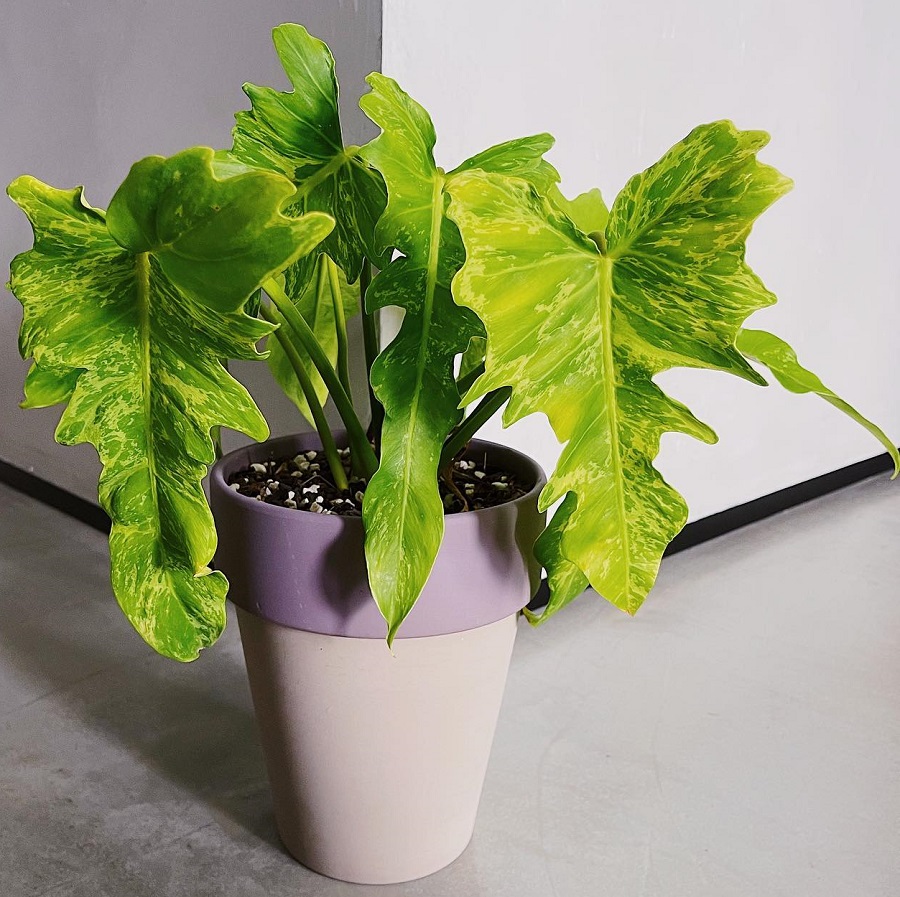
Philodendron mayoi
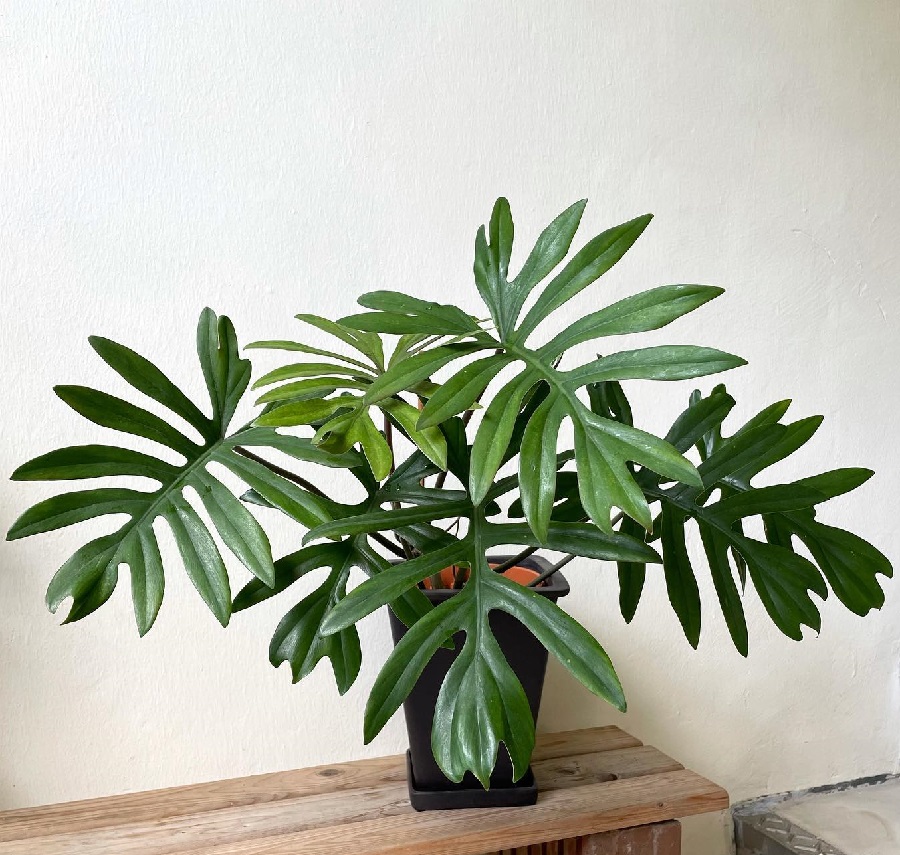
Try your hand at growing the Philodendron mayoi, a beautiful tropical plant that boasts dark green fronds shaped like palms! It is native to Brazil and requires warm temperatures and partial shade. Its unique leaves are deeply lobed in an attractive pattern, making it a great addition to any indoor garden. To propagate this species, divide its roots or cut off stems with several leaves attached. With proper care and maintenance, you can enjoy the beauty of the Philodendron mayoi for years to come!
Philodendron mayoi Variegated
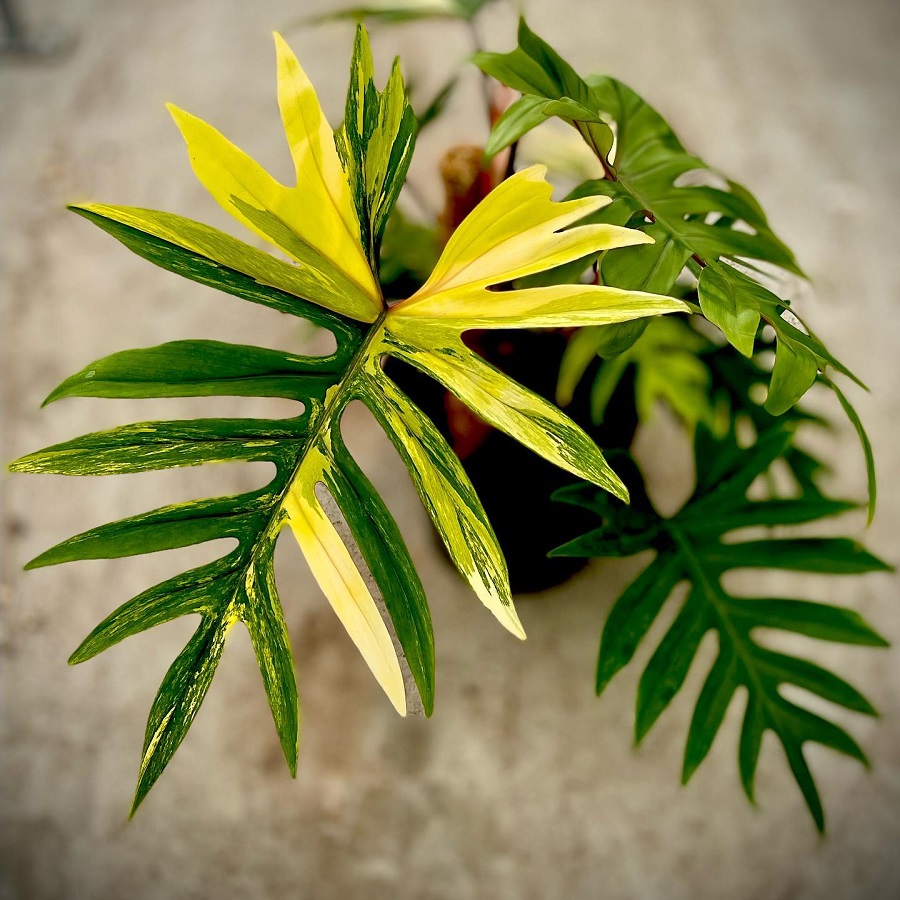
Philodendron maximum
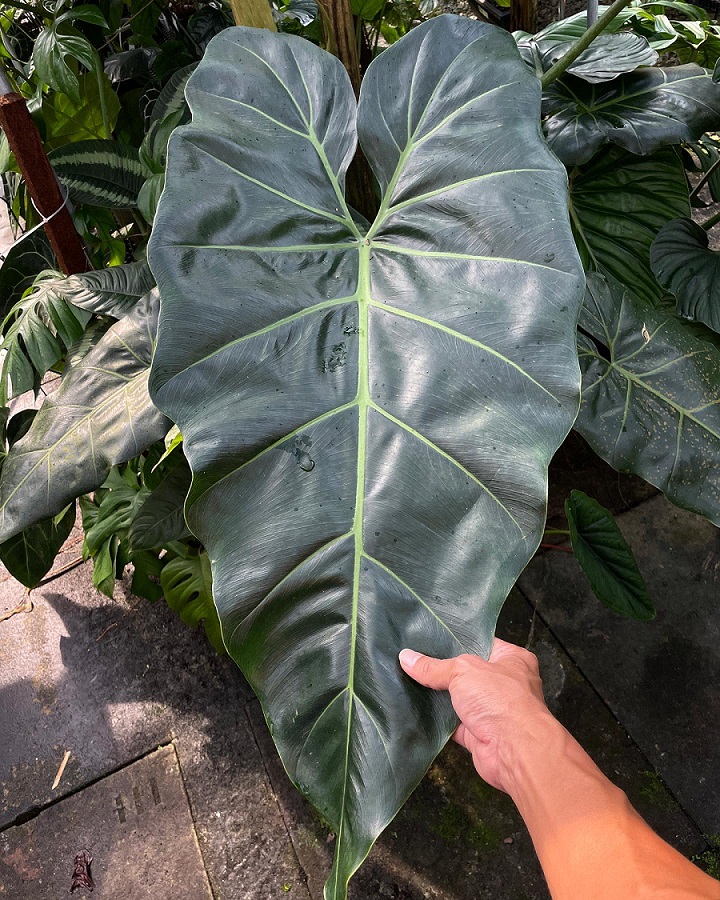
Experience the beauty of Philodendron Maximum with its large, arrow-shaped, shiny leaves and white or light green veins. It grows slowly and can be grown indoors to purify the air. To get the best results, grow it in well-drained soil and indirect sunlight. Common pests include mealybugs and spider mites but they can be treated using a neem oil spray. Diseases such as bacterial leaf spot and root rot should also be watched out for but can be managed by proper watering techniques.
Philodendron martianum

With its large, glossy, heart-shaped leaves and yellow spathe with a spadix, Philodendron martianum is a beautiful evergreen climbing vine native to Colombia, Ecuador and Peru. It requires bright indirect light and moist soil to grow optimally. Propagation can be done through stem cuttings or air layering. Common pests affecting this plant are mealybugs, spider mites, aphids, and thrips; while common diseases include root rot, leaf spot disease and bacterial wilt.
Philodendron mamei
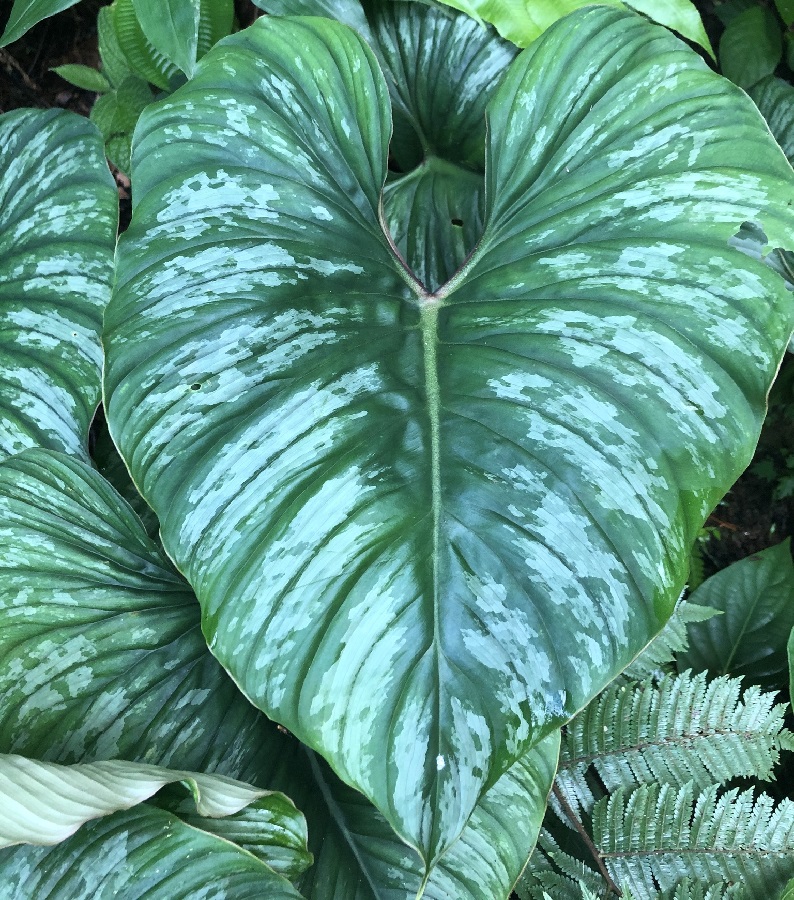
Philodendron mamei is a stunning evergreen climbing vine with large, glossy, heart-shaped leaves and a yellow spathe with spadix. It is native to Colombia, Ecuador, and Peru and can reach up to 10 feet in height. Growing tips include providing ample sunlight and regularly fertilizing the soil. Propagation methods include air layering or stem cuttings. Common pests for this plant are mealybugs and spider mites while root rot is the main disease to watch out for.
Philodendron mamei ‘Silver Cloud’
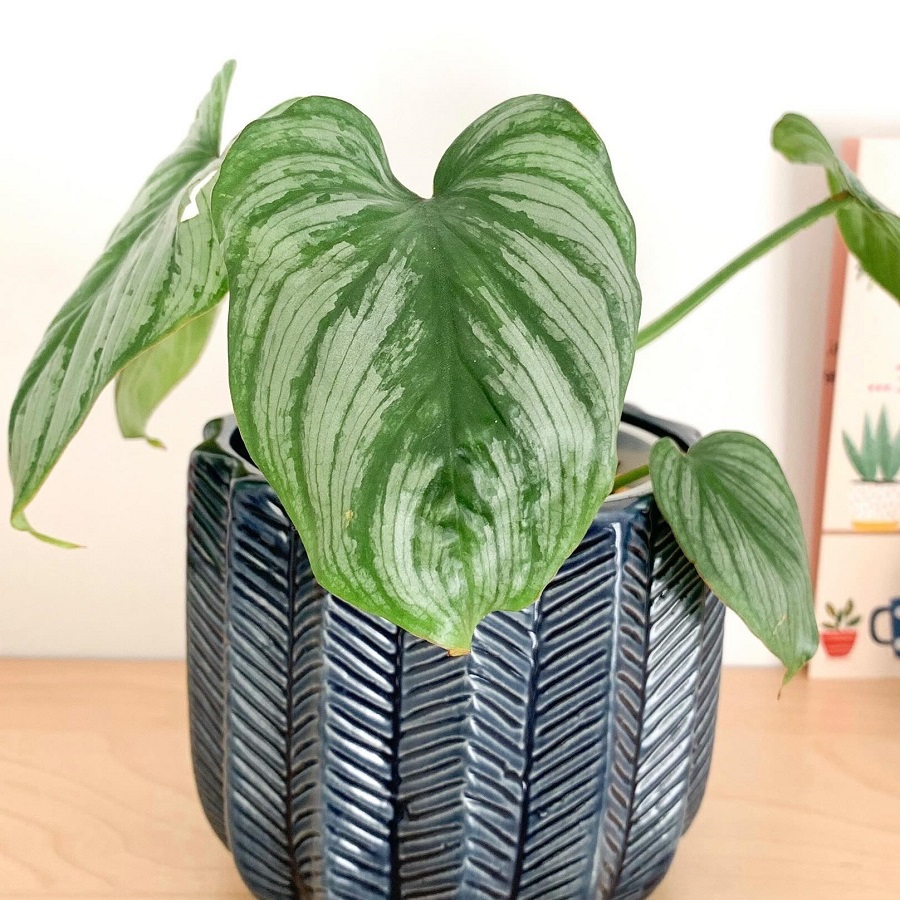
Philodendron magnum
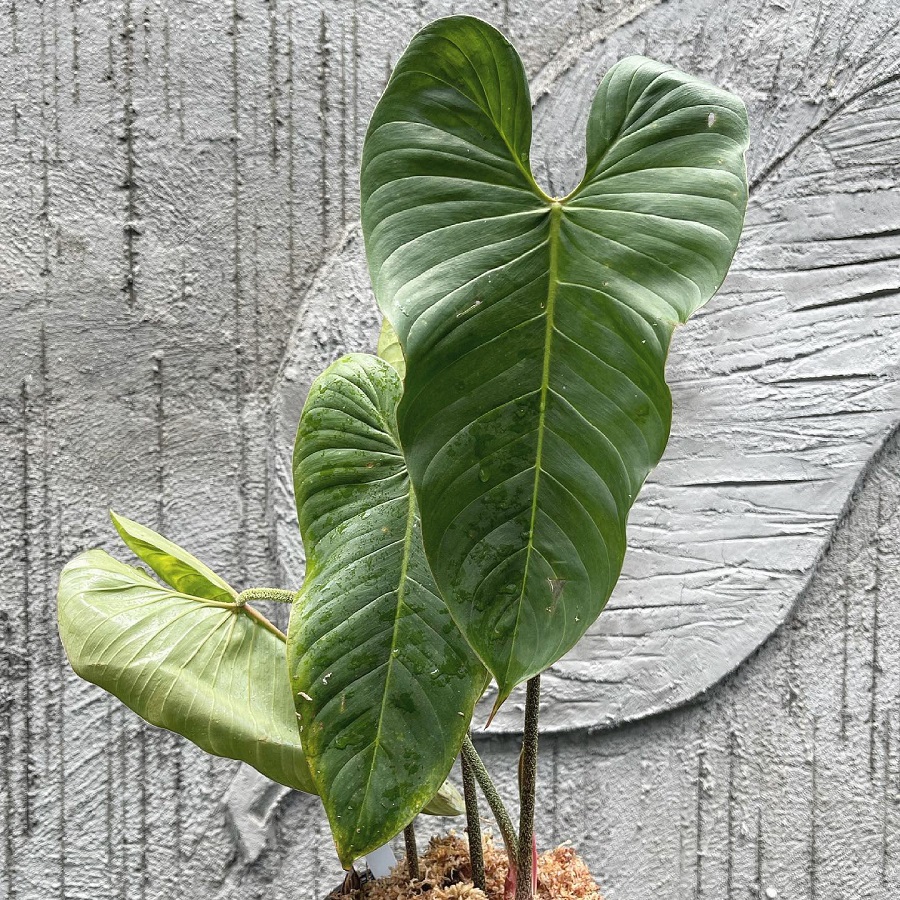
Philodendron magnum is found in South America’s tropical rainforests. It has large, glossy green leaves with prominent veins and grows up to 8 feet tall when given proper care. To ensure the plant thrives, provide it with bright but indirect light, water regularly and keep the soil moist. Propagation of this philodendron is done by stem or root cuttings and can be a challenging but rewarding process. With the right conditions, you can enjoy its striking growth patterns for many years to come!
Philodendron narinoense
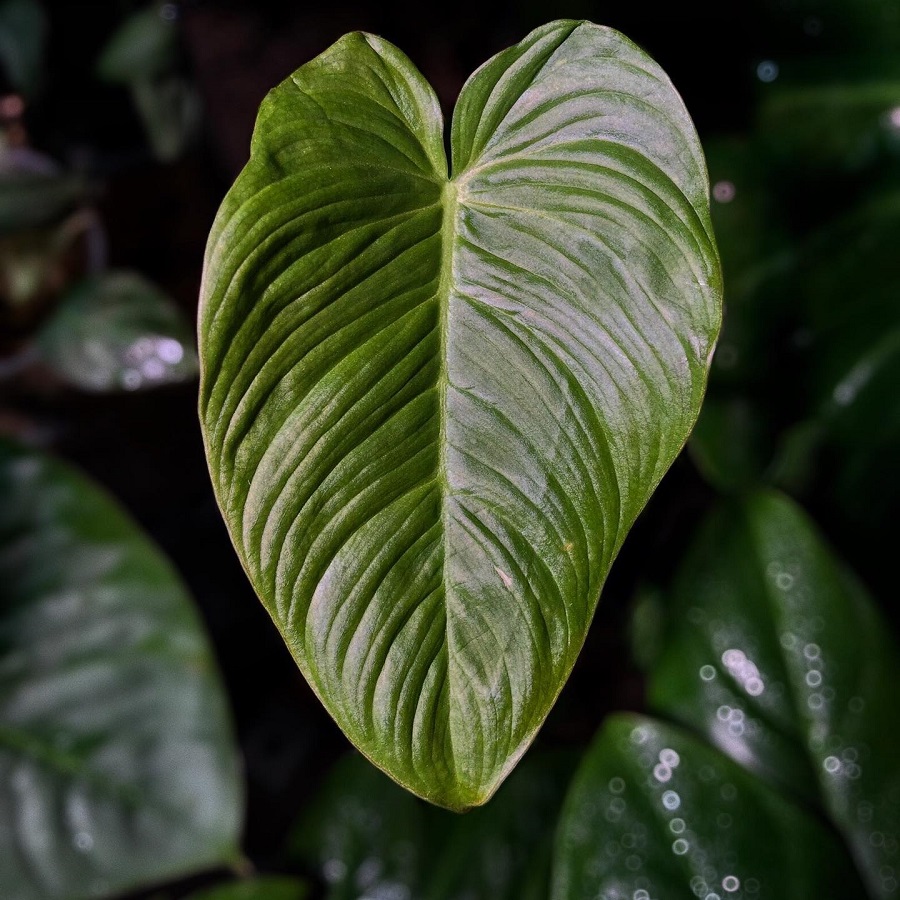
Native to Colombia, Narinoense has large, glossy green leaves and can climb up trees. Growing indoors offers numerous benefits such as more consistent sunlight exposure and humidity levels. Propagating this plant is easy; simply take stem cuttings and place them in water or moist soil. Common pests include mealybugs and spider mites while diseases like root rot can be prevented with proper watering practices. With the right care, Philodendron narinoense will be a beautiful addition to any home!
Philodendron ornatum
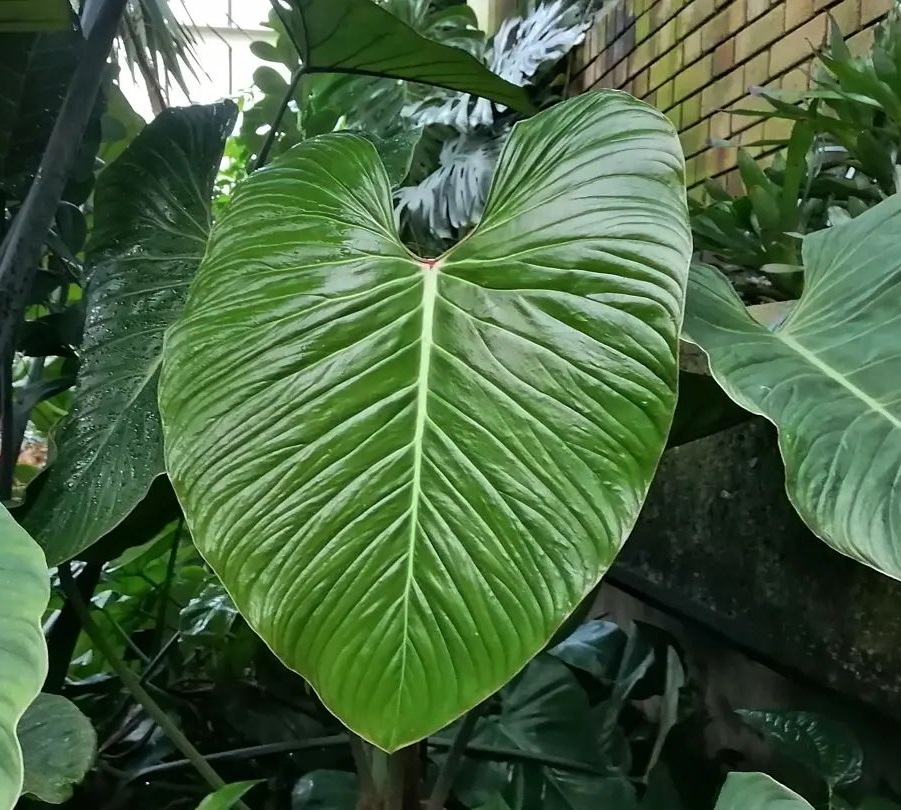
Adorning large, glossy green leaves with a light-green midrib and prominent primary veins, Philodendron ornatum is a rare and enchanting climbing species native to tropical South America. Given the right conditions, you can grow this philodendron in your home with ease. To do so, use potting soil that drains well and provide lots of indirect sunlight. Additionally, watch out for common pests and diseases like mealybugs or root rot that may harm your plant. With patience and dedication, you will be rewarded by the beauty of this Philodendron!
Philodendron obliquifolium
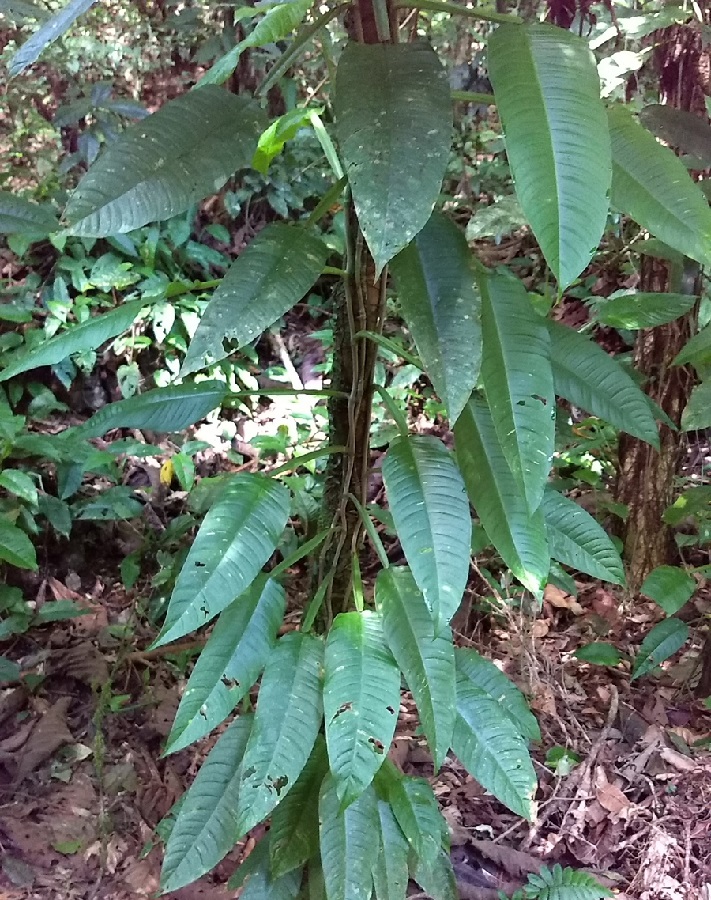
Boasting large, leathery leaves with a deeply lobed and oblique shape, Philodendron obliquifolium is an attractive species of flowering plant native to tropical regions of South America. It features small yellow-green spathes with white spadixes and produces small black seeds. Growth requirements for this philodendron include consistently moist soil and indirect sunlight. Its unique characteristics include its semi-woody shrub or tree structure and single-leaf seedlings. Propagation can be done by seed or stem cuttings, allowing enthusiasts to enjoy the beauty of this special plant in their own homes!
Philodendron oblongum

This species of Araceae has large, deeply lobed leaves with an oblong shape, and produces small yellow-green spathes with white spadixes. Native to Colombia, Philodendron oblongum is a semi-woody shrub or small tree that thrives in moist habitats. To propagate this plant, it’s best to use stem cuttings and potting soil. As for care tips, make sure the soil stays moist but not wet; give it bright indirect light; and keep the temperature between 65-85 degrees Fahrenheit. Lastly, be on the lookout for common pests like aphids and mealybugs as well as diseases such as root rot or fungal infections.
Philodendron pedatum
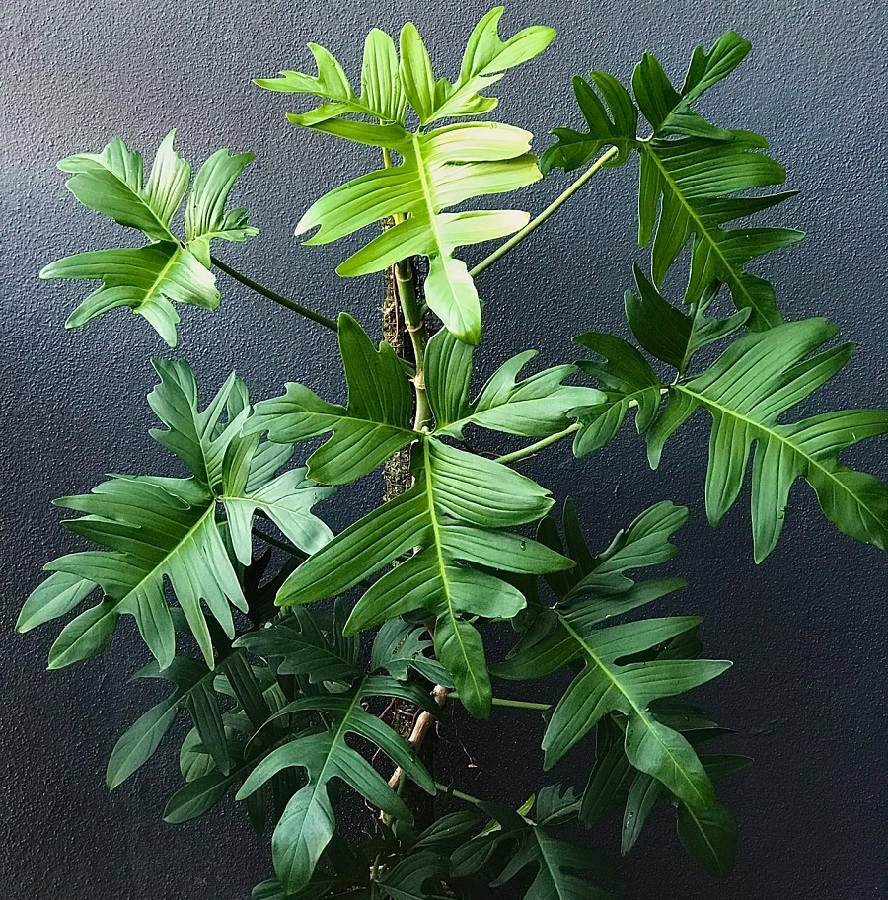
Offering attractive foliage, Philodendron pedatum is a fast-growing climber native to South America. Reaching 9 ft (2.7 m) in height and 1 ft (30.4 cm) wide, it has oblong leaves with deep lobes that can grow up to 14 inches (35.5 cm). Common pests and diseases include mealybugs, aphids, root rot, and leaf spot – so inspect regularly for signs of any of these issues. With proper care, this Philodendron will thrive!
Philodendron propinquum
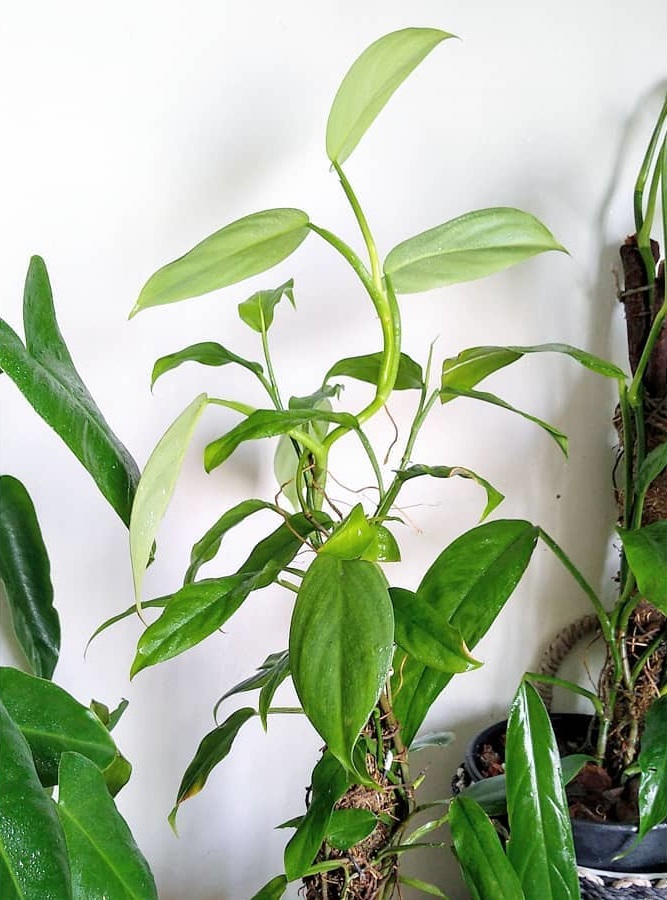
You’ll love the heart-shaped leaves of Philodendron propinquum, a climber native to Mexico, Central America, and the Caribbean. It prefers tropical forests and moist habitats and its white spathe flower produces a small, black berry. Its seedlings have oval-shaped leaves. For best growth patterns, take care to provide it with adequate sunlight and water regularly. Propagation can be done through division or by cuttings taken from mature plants. With proper care practices, Philodendron propinquum will thrive for years to come!
Philodendron pterotum
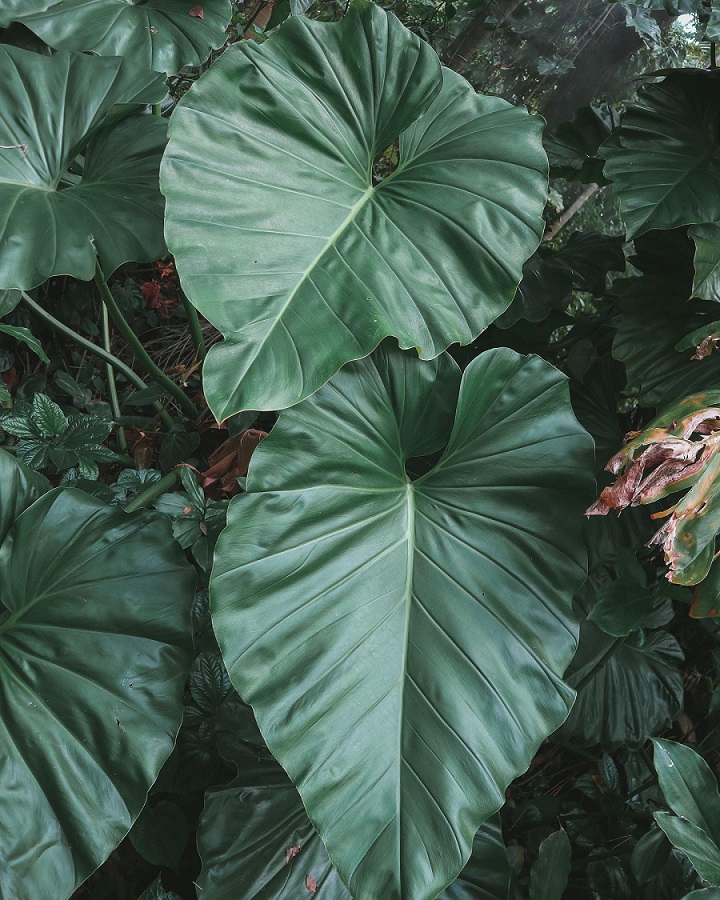
Enjoy the beauty of Philodendron pterotum, a climbing vine with glossy, heart-shaped leaves and white flower spathes. With its sap-watery stem and distinctive leaf scars, it’s a great choice for adding an exotic touch to your home decor. To keep it healthy, provide plenty of light and warmth while avoiding overly wet soil. It grows best in humid climates with temperatures between 60-80°F. Its unique structure is easy to appreciate: petioles are D-shaped and winged, and blades are ovate with an acuminate apex and broadly cordate base. So why not give this beautiful plant a try?
Philodendron pteropus

The velvet-leaf philodendron, or Philodendron pteropus, is an evergreen with dark green, velvety leaves and white flowers that bloom in the spring. Its lanceolate to elliptical-shaped leaves are about 13 inches long and 6 inches wide. Comparative analysis of its growth patterns can help to better understand this species and its role in indoor air purification. Tips for caring for philodendron pteropus in different climates are also available to ensure a healthy environment for it to thrive.
Philodendron purulhense

Discover the unique beauty of Philodendron purulhenses, an evergreen with dark-green and velvety leaves that can add an exotic touch to your home. It typically grows 3–6 m high in trees with appressed-climbing or creeping stems. Its petioles are 32–52 cm long, while its blades range from 25–48 cm long and 18.5–40 cm wide. Additionally, its inflorescences have a distinctive 10–17 cm spathe tube containing a spadix sessile 8–8.5cm long which is divided into sterile and fertile portions. To keep this plant healthy, provide it with well-lit indirect sunlight, moist soil, regular watering and fertilizer applications during the spring and summer months.
Philodendron pinnatifidum
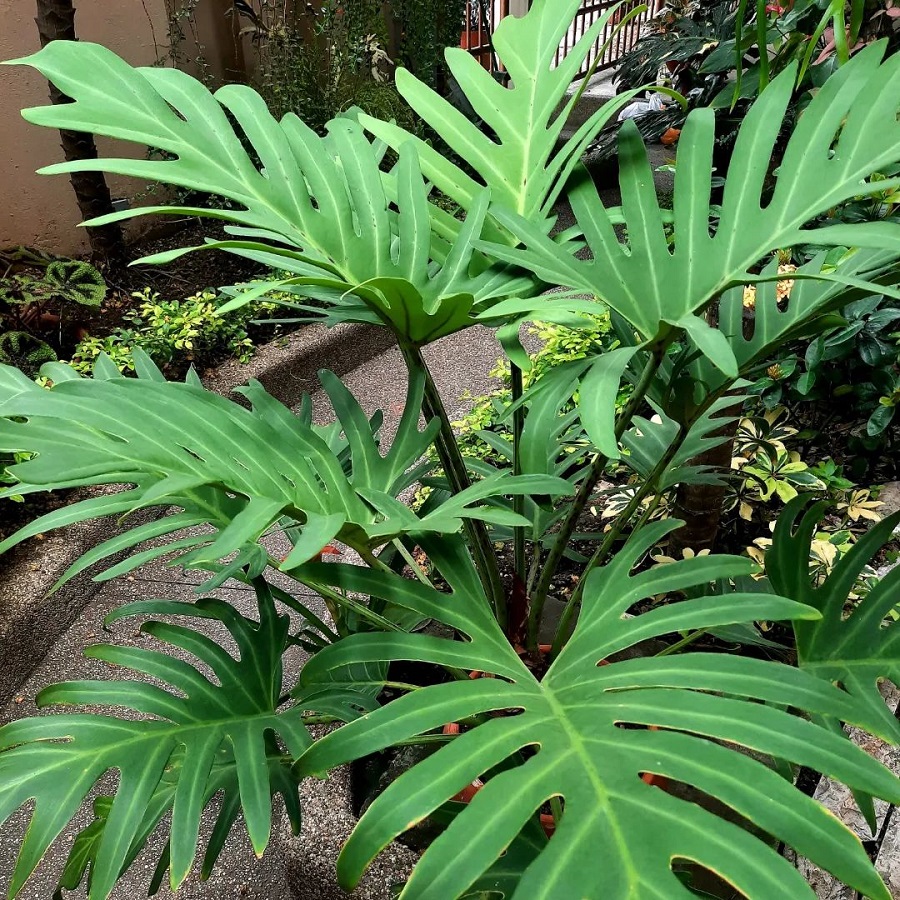
Indulge in the exotic beauty of Philodendron pinnatifidum, an evergreen with glossy green leaves that can add a tropical touch to your home. Growing this plant indoors can bring many benefits, such as improved air quality and increased oxygen levels. Tips for propagating philodendron pinnatifidum include air layering or stem cuttings. Common pests like mealybugs and spider mites may affect this plant, while root rot is a common disease. With proper care, you can enjoy growing Philodendron pinnatifidum safely at home!
Philodendron pinnatilobum
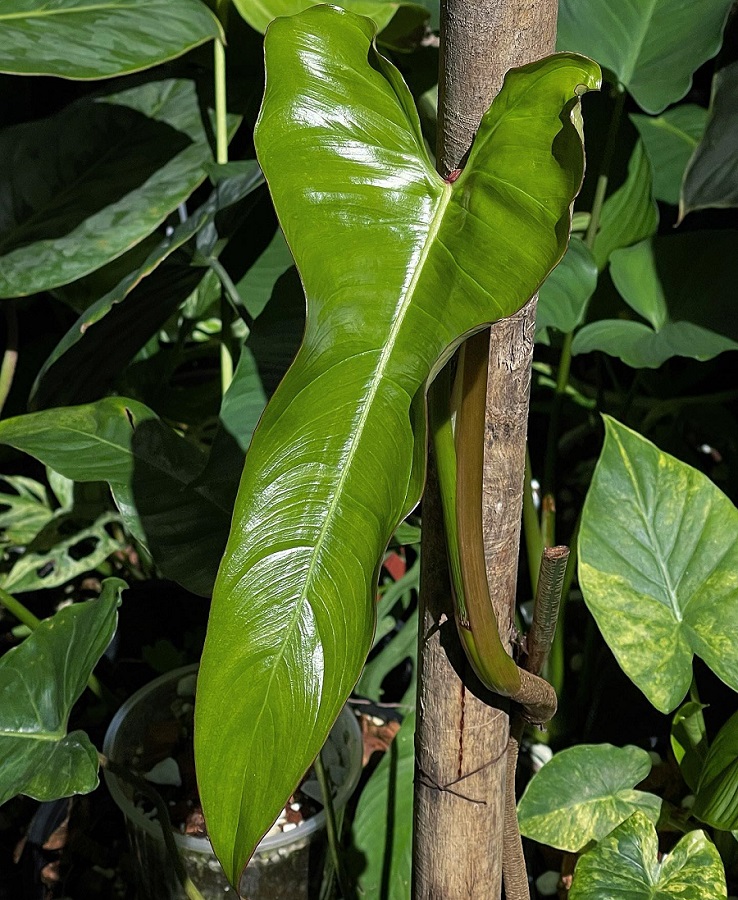
Experience the lush foliage of Philodendron pinnatilobum, a glossy green evergreen with pinnatilobed leaves that can bring an exotic touch to your home. Petioles are terete and oblong-shaped while blades are deeply pinnatilobed, measuring 12-13 cm long and 8 cm wide with 3 lateral lobes on each side. Unique characteristics include deep obtuse sinuses, lower lobes shorter than the middle ones, and the terminal lobe oblong or linear-lanceolate ending in a cuspidate-acuminate apex. Grow this plant safely by providing enough light and water for it to thrive as well as researching propagation methods for optimum success.
Philodendron popenoei

Check out Philodendron popenoei, a climbing plant with heart-shaped leaves native to Mexico, Central America, and the Caribbean. This unique plant has a small, white spathe for its flower and a small, black berry as its seed. For growing tips, it thrives in tropical forests and moist habitats. To ensure the best care practices for Philodendron popenoei, make sure to provide adequate light and water regularly. With proper maintenance, this amazing plant will reward you with its beautiful heart-shaped leaves!
Philodendron pastazanum
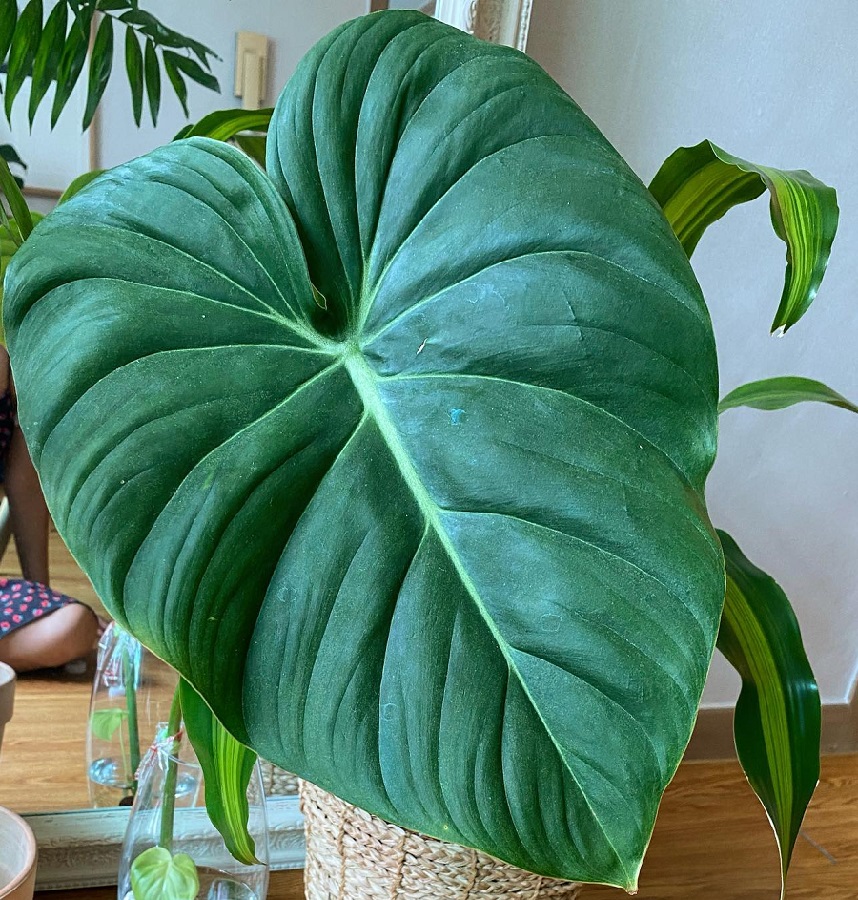
Discover the rare and stunning Philodendron pastazanum, native to Ecuador’s Pastaza state. It has unique characteristics such as a vertical rhizome that should not be buried in the soil, and petioles growing vertically from the stem. To care for it properly, avoid submerging its rhizome and keep it on the soil surface. For propagation tips, use a moistened potting mix with good drainage. Follow these steps to ensure the long-lasting beauty of this lovely plant!
Philodendron panamense

Try out the unique Philodendron panamense, native to Panama and resembling a vine-like climber. It is easy to grow with its sticky red sap and short internodes. The petioles are erect-spreading and dark green, while the blades are broadly triangular or ovate in shape. This plant species has a deep hippocrepiform sinus and distinct minor veins that alternate with secretory ducts. Popular varieties include P. pastazanum and P. mamei, both of which have their own growth requirements and unique characteristics for you to explore!
Philodendron panduriforme
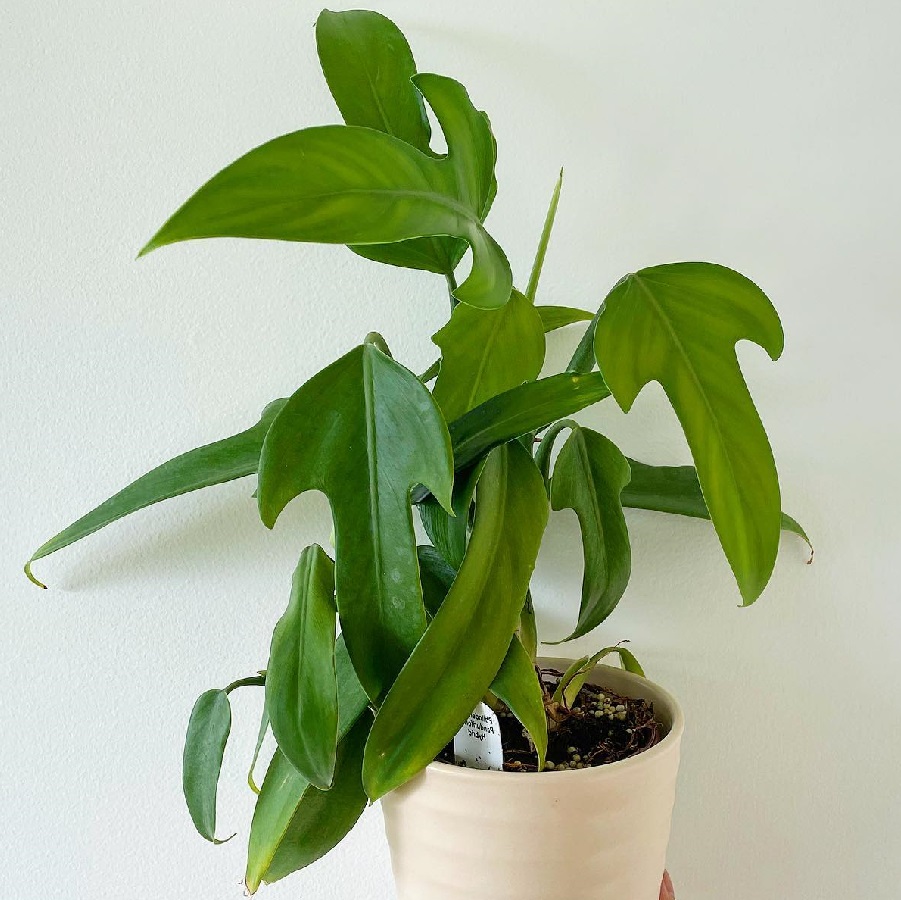
You may think Philodendron panduriforme is like other philodendrons, but this plant is special! Originating from the Amazon basin, it’s found in Brazil, Colombia, Ecuador and Peru. To keep yours healthy, offer indirect sunlight and moist soil with good drainage. It loves heat and humidity – great for those who desire a tropical feel! With care, it will grow to impressive heights. Follow these tips to ensure your Philodendron panduriforme stays healthy in its new home!
Philodendron palaciosii
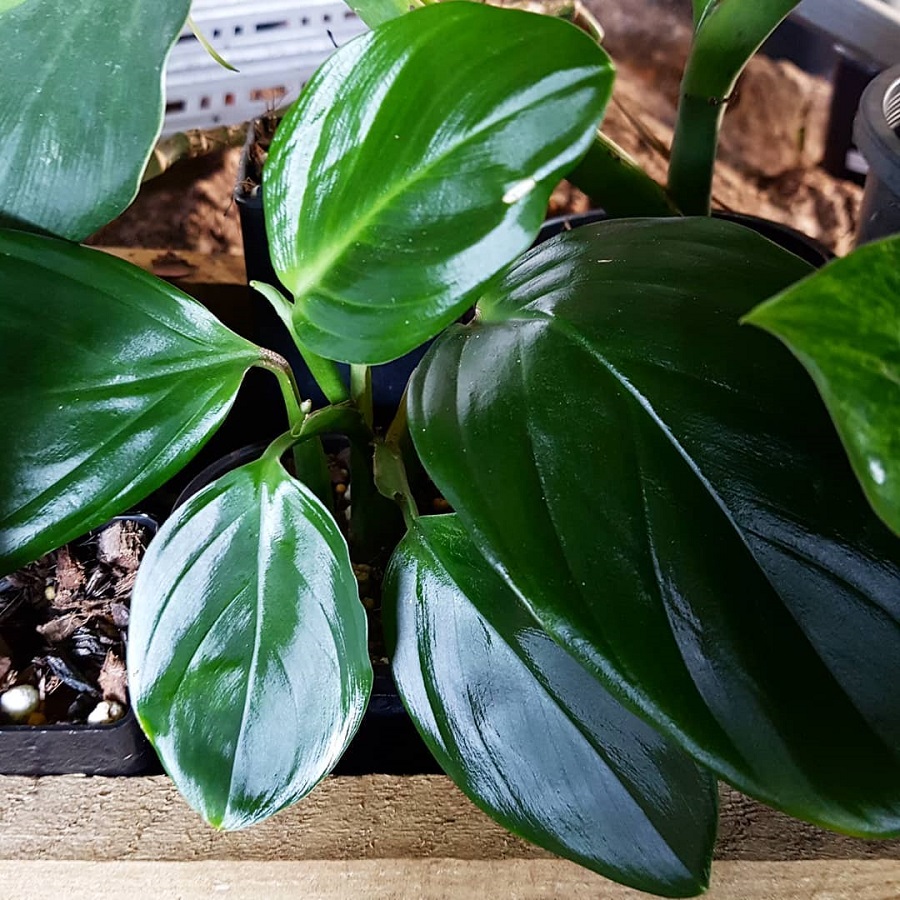
Philodendron palaciosii is a unique species of tropical plant that’s native to Colombia and Venezuela. It stands between half to one meter tall or can climb up to three meters with appressed stems. Its petioles are dark green to yellowish brown and its blades are ovate-elliptic, subvelvety matte, and bicolored. When it comes to growing tips, this type of philodendron needs moderate light levels, high humidity, and well-draining soil. To ensure proper care for Philodendron palaciosii, be sure to water when the top inch of soil feels dry and fertilize during the spring or summer months.
Philodendron pachyphyllum
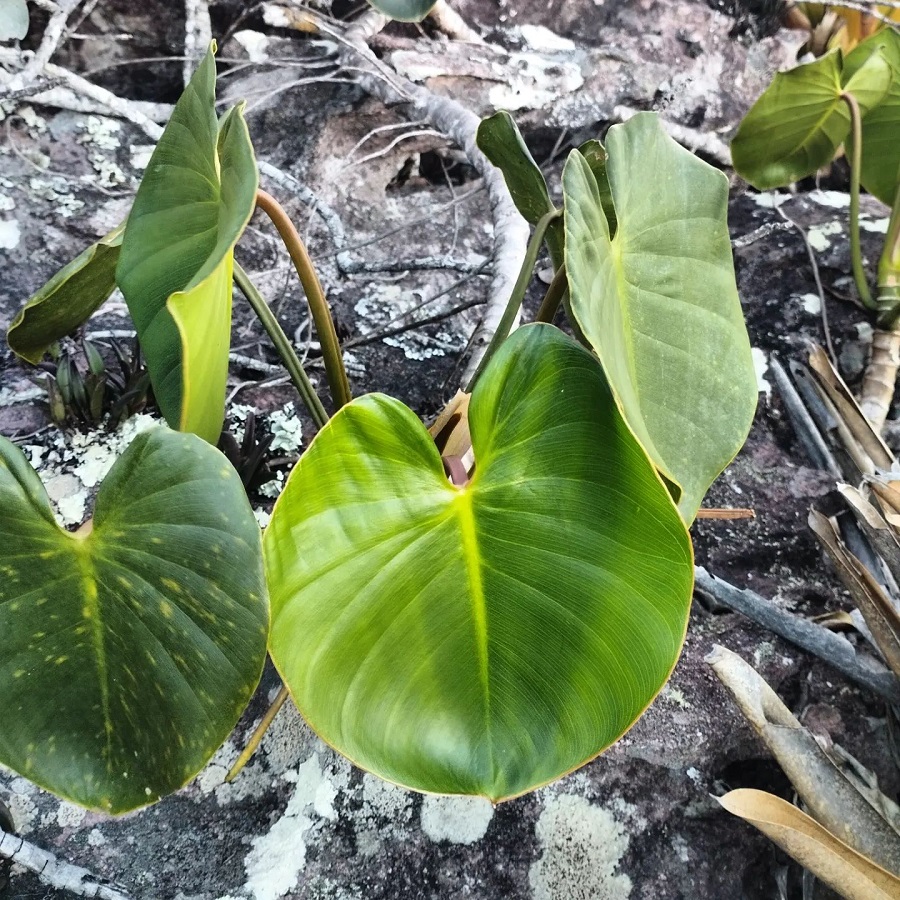
Transitioning to Philodendron pachyphyllum, this species is a large, semi-woody shrub or small tree native to tropical regions of South America. It has leathery leaves that are deeply lobed and thick in shape, as well as a yellow-green spathe with a white spadix. Hybridization is possible with this plant, but its soil requirements and light exposure should be taken into account for successful growth.
Philodendron pseudoverrucosum
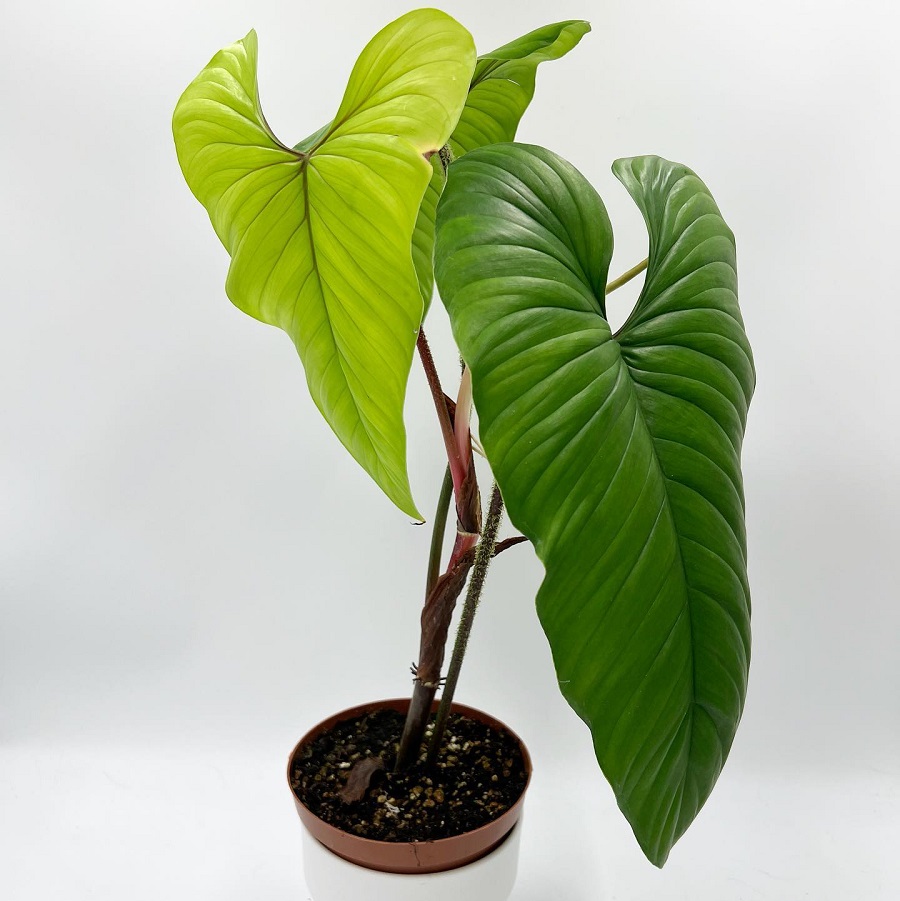
Philodendron pseudoverrucosum is a highly attractive species with petioles that are terete, medium green to dark olive-green and leaf blades that are ovate-sagittate. It grows in deep shade forests and is safe for home environments when proper care is taken. Unique characteristics of this plant include its matte to weakly glossy petioles and thin to softly coriaceous leaves. When compared to other philodendron species, it has a unique relationship to Philodendron verrucosum which the species epithet alludes to. Growing tips for this plant include providing adequate light and water as well as keeping temperatures between 65-85 degrees Fahrenheit. With the right conditions, anyone can successfully grow this beautiful philodendron!
Philodendron plowmanii
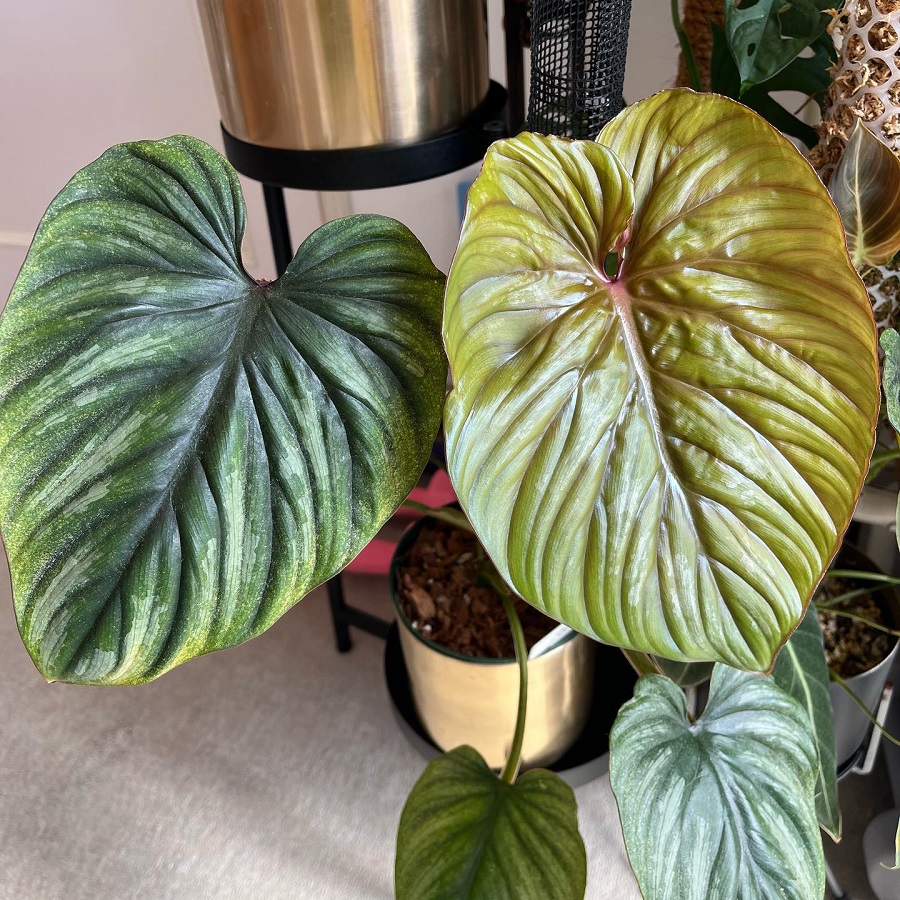
This slow-growing philodendron has an unusual stem that winds around the ground and is adorned with attractive yellow veined leaves. Philodendron Plowmanii care requires a warm, humid environment, so make sure to keep the soil moist and mist regularly. Propagation is easily done by division of the rhizomes. For best results, use soil that drains well and provide fertilizer high in nitrogen every two weeks during the growing season. Keep your Philodendron Plowmanii safe and healthy with these tips!
Philodendron plowmanii ‘Black Face’
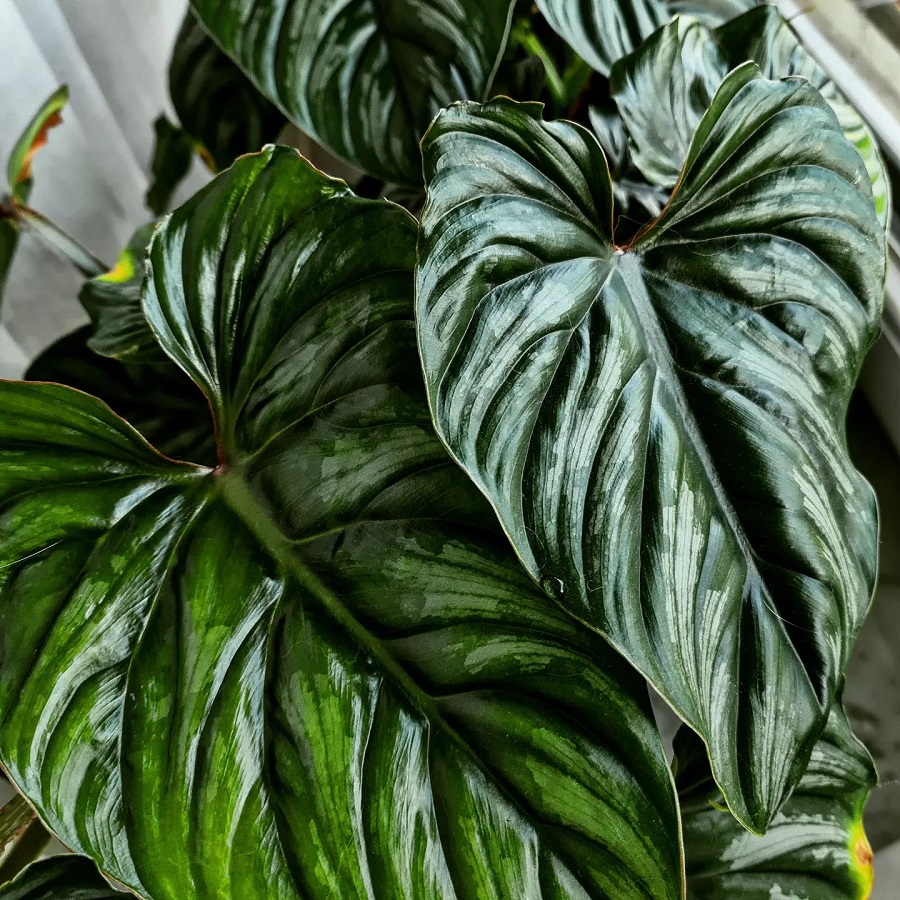
The Philodendron Plowmanii Black Face is renowned for its dark, almost black foliage. Each leaf is a work of art, with intricate veining and a glossy finish that gives the plant a luxurious look. This variety exhibits a creeping growth habit, making it an excellent choice for hanging baskets or pots.
Philodendron platypetiolatum
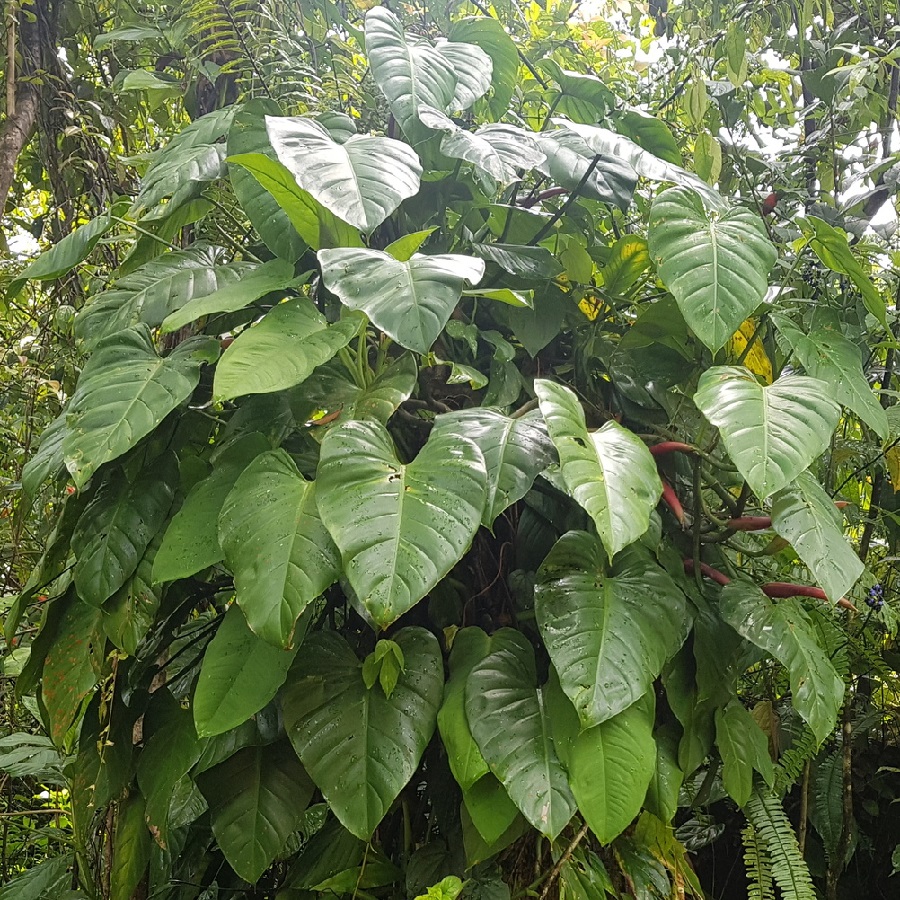
You’ll love the semi-glossy, green to grayish green leaves of Philodendron platypetiolatum with their sharply 2-ribbed cataphylls. Its petioles are 15.5–56 cm long and 3–9(12) mm in diameter, while its blades are ovate-triangular to broadly ovate and 17–39 cm long. To care for this hemi-epiphytic plant, provide a warm climate with plenty of indirect sunlight and water when the soil is dry to the touch. It can be propagated by stem cuttings or air layering. Unique characteristics include clear, watery sap and pale to brownish roots that are less than 20 cm long.
Philodendron placidum
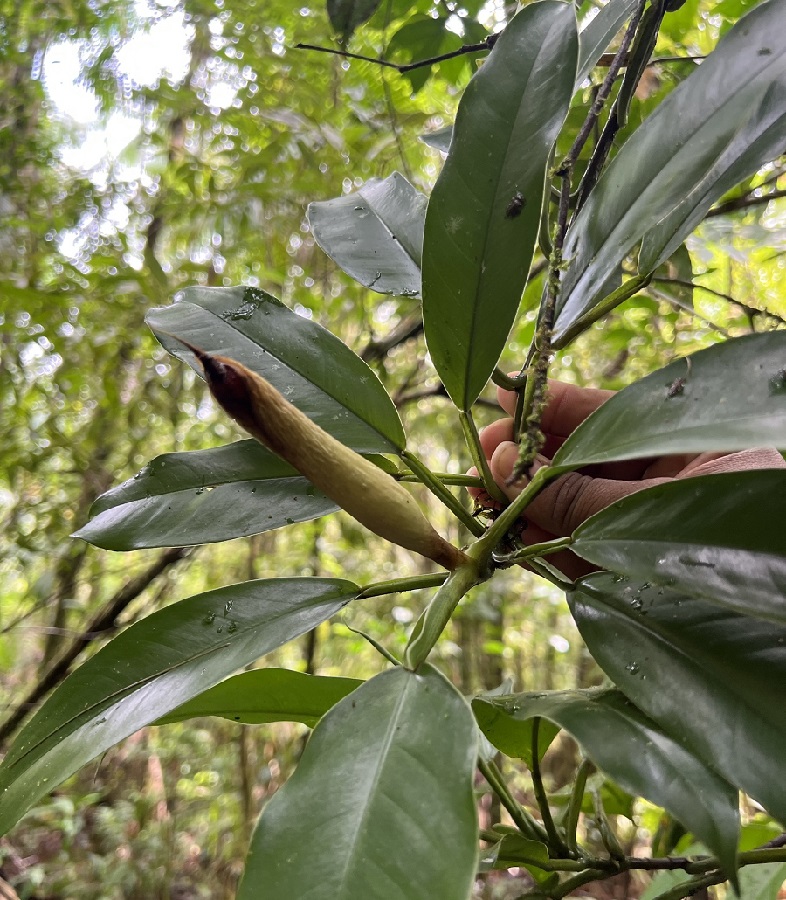
Enjoy the beauty of Philodendron placidum, with its heart-shaped leaves and white spathe. To grow it successfully, provide bright indirect light and keep soil evenly moist. There are several varieties and cultivars of this plant available, so choose one that best fits your space. A creative way to display your Philodendron placidum is to hang it from a basket or mount it on a trellis for visual interest. Propagation is also possible; make sure to use fresh stem cuttings for the best results.
Philodendron planadense
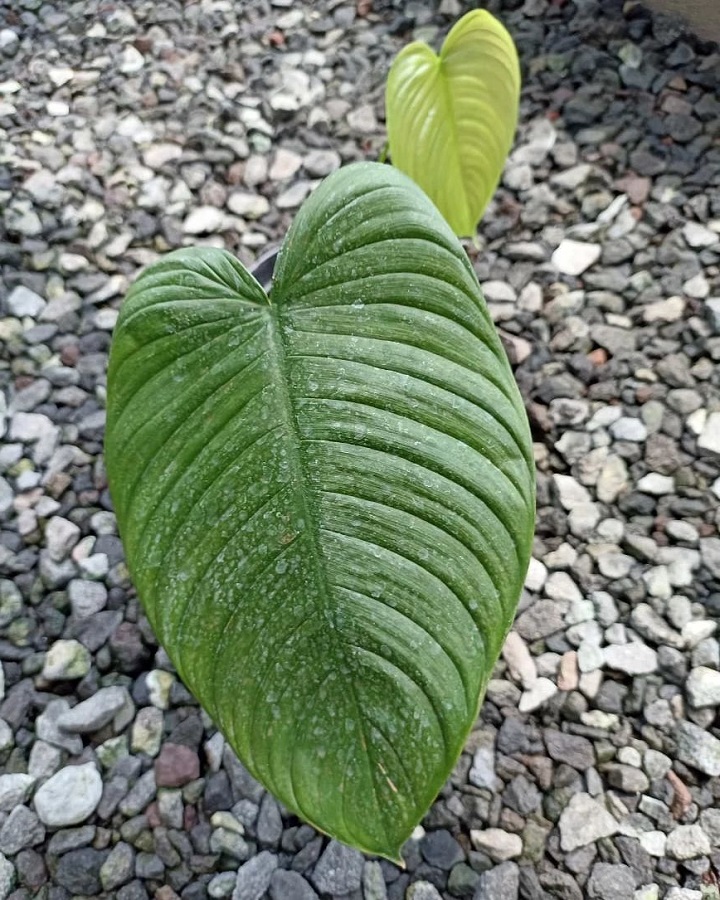
Philodendron planadense is a stunning climber found in the wet tropical biome, with large gray-green leaves and bright yellow-orange spathes. Native to Colombia and Ecuador, it’s easy to care for as long as you provide the right conditions. To propagate, divide the rootball or take stem cuttings. With proper watering and good drainage, common diseases like root rot can be avoided. Be sure to keep your Philodendron planadense away from drafts and direct sunlight for optimal growth and health.
Philodendron quinquenervium
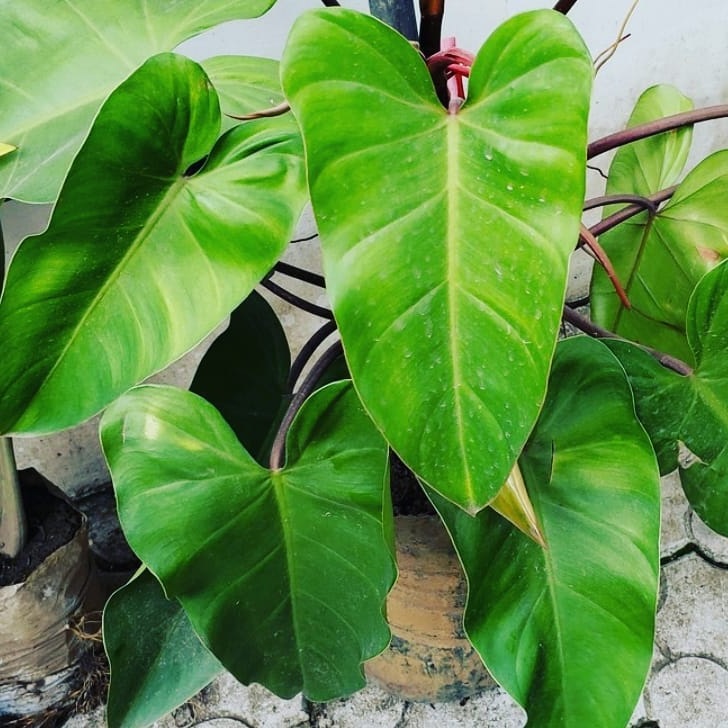
From Philodendron planadense to Philodendron quinquenervium, you can find this species in the tropical rainforests of Central and South America. It has large, deeply lobed leaves and small white flowers. The propagation methods for this plant are simple and its care requirements aren’t too demanding. The natural habitat is a wet forest between 100-2000 meters in elevation. With proper care, you can easily grow it indoors or outdoors!
Philodendron quinquelobum
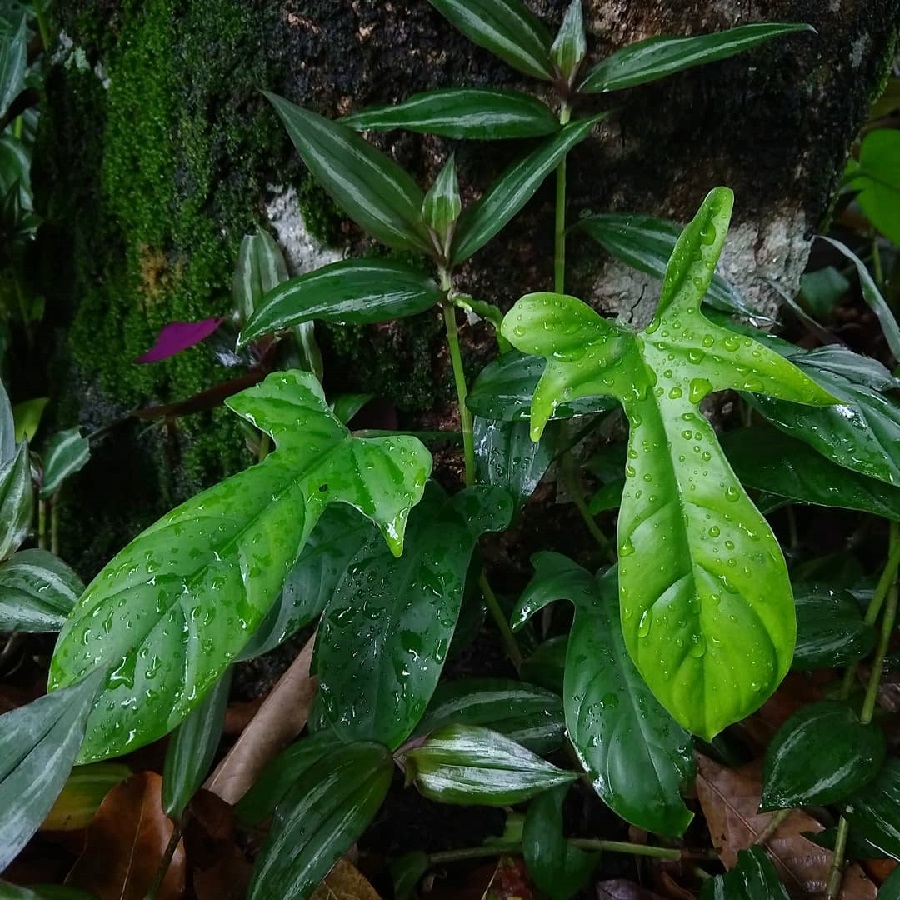
Experience the beauty of Philodendron quinquelobum, a hemiepiphyte with prophylls and petioles that produce white striations. It has impressive leaves with primary lateral lobes on each side and acroscopic primary lateral veins between 1-2. Its inflorescence consists of 2-3 per floral sympodium and has a spadix with female, intermediate sterile male, and fertile male zones. When propagating or caring for this plant, use methods appropriate for its needs and be aware of common pests such as mealybugs or spider mites.
Philodendron renauxii
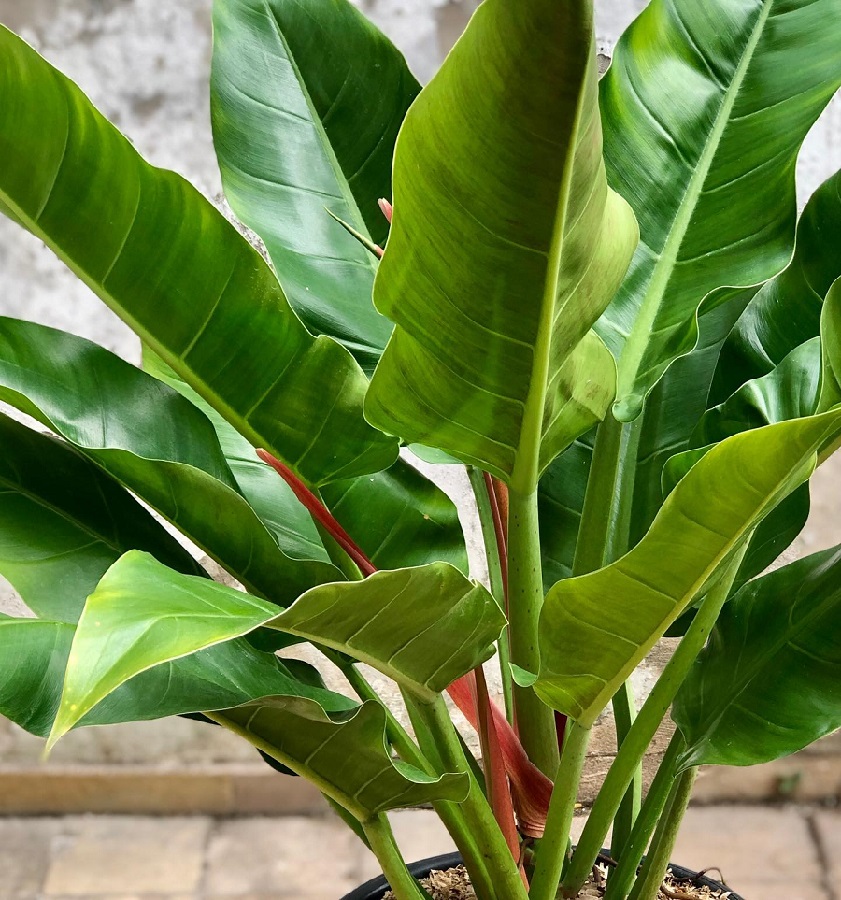
Philodendron renauxii, also known as the ‘Jungle Boogie’, is a unique and attractive Brazilian plant with striking velvety leaves. Its dark green and silver markings make it an appealing choice for collectors. To ensure its well-being and healthy growth, you should provide support for it as it can grow up to 10 feet long. Unique features of this Philodendron include its climbing habit and colorful leaves. When caring for Renauxii, be sure to give it bright but indirect light, keep the soil moist but not soggy, and fertilize regularly. Propagation techniques such as leaf cuttings or stem cuttings are also effective in growing new plants from this species.
Philodendron rugosum
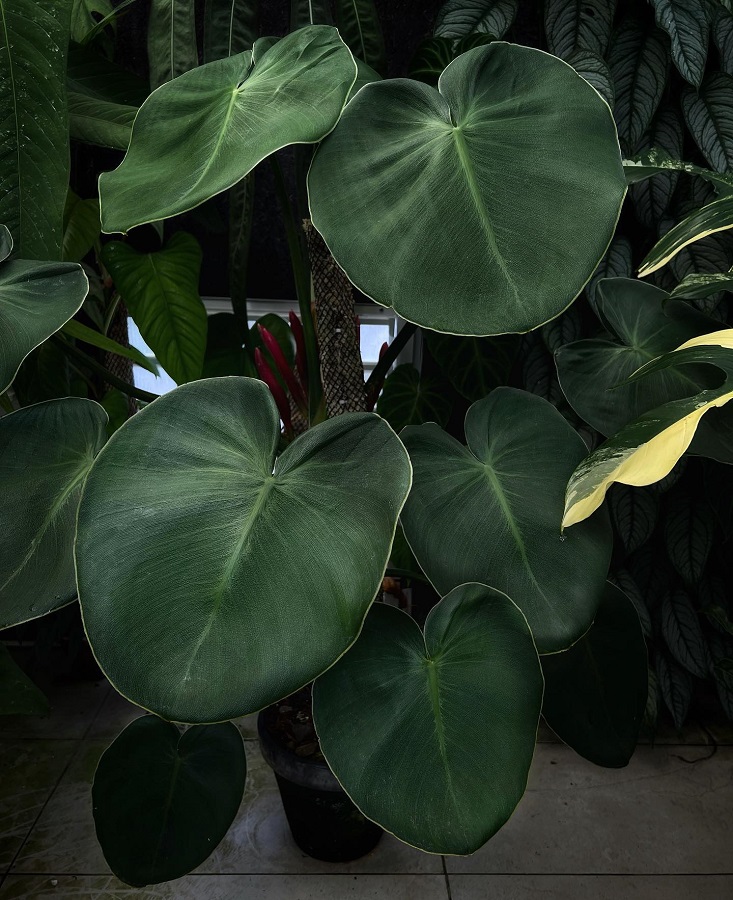
The rare and evergreen Philodendron rugosum, also known as the sow’s ear or pigskin plant, is native to Ecuador. This easy-to-care-for houseplant has unique characteristics, including leathery foliage with 8″ long wrinkly leaves that resemble pig ears. When caring for this species, make sure it is in a warm area with indirect sunlight and mist it regularly. Propagation can be done through the division of root clumps or stem cuttings placed in water or soil. Admire this beautiful tropical plant while being mindful of its near-threatened status due to rainforest loss.
Philodendron ruthianum

A native of Colombia and Ecuador, Philodendron ruthianum is a rare climbing vine with unique, variable leaf shapes that can be found in montane forests at elevations of 1,000-2,000 m. This plant is safe to have around the home due to its climbing habits. Its native habitats are ideal for it to thrive and grow strong. Philodendron ruthianum provides an interesting look with its distinct and varied leaf shapes.
Philodendron rudgeanum
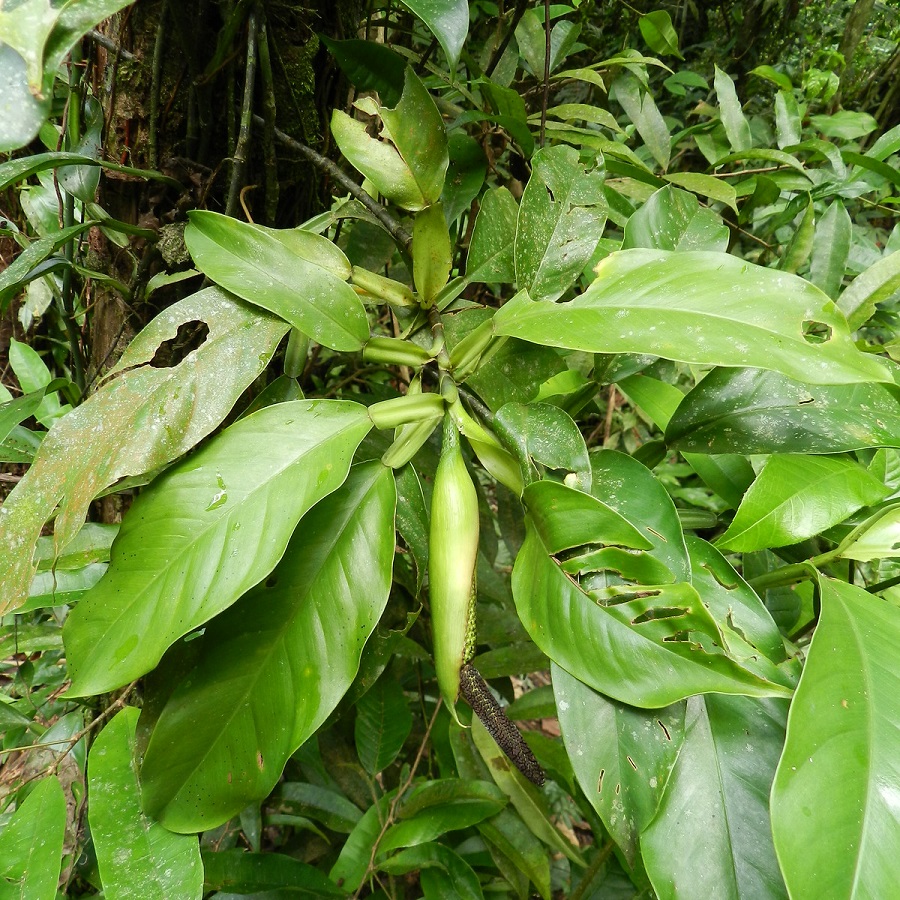
Rudgeanum is a rare, climbing vine that boasts unique and variable leaf shapes. Its stems show glossy olive-green leaves that grow 11-23 cm long and 4.3-9.7 cm wide with 8-12 primary lateral veins per side. Inflorescences appear once per axil, along with the spathe which is 8.5-10.5 cm long and reddish-brown in color with resin droplets on the inside of the tube at anthesis. To maximize its health, it should be propagated using methods such as cuttings or division; cared for by providing bright indirect light, adequate humidity levels and water regularly; protected from common pests like mealybugs and spider mites; and monitored for diseases such as root rot or fungal infections due to overwatering or high humidity conditions.
Philodendron rigidifolium
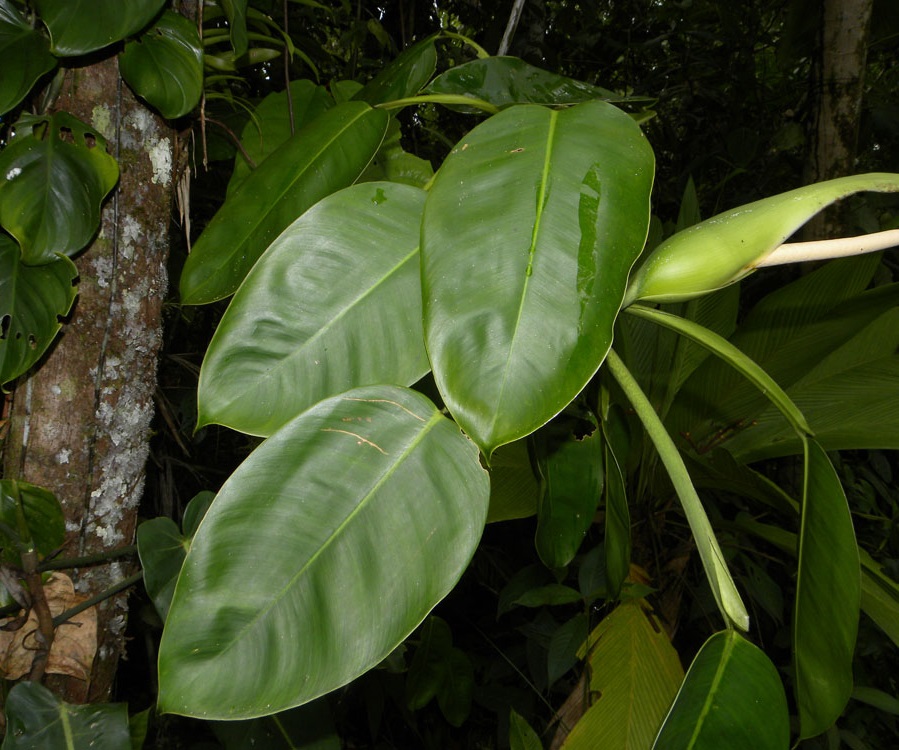
You’ll find Philodendron rigidifolium in the tropical rainforests of Central and South America, with its large, deeply lobed leaves and small white flowers. It needs consistently moist soil, bright but indirect light, and temperatures between 60-80°F to thrive. Common pests are scale insects and mealybugs; diseases include root rot and leaf spot. Propagation is done via stem cuttings or by seed. With the right conditions, this plant will make a beautiful addition to any home!
Philodendron roseocataphyllum
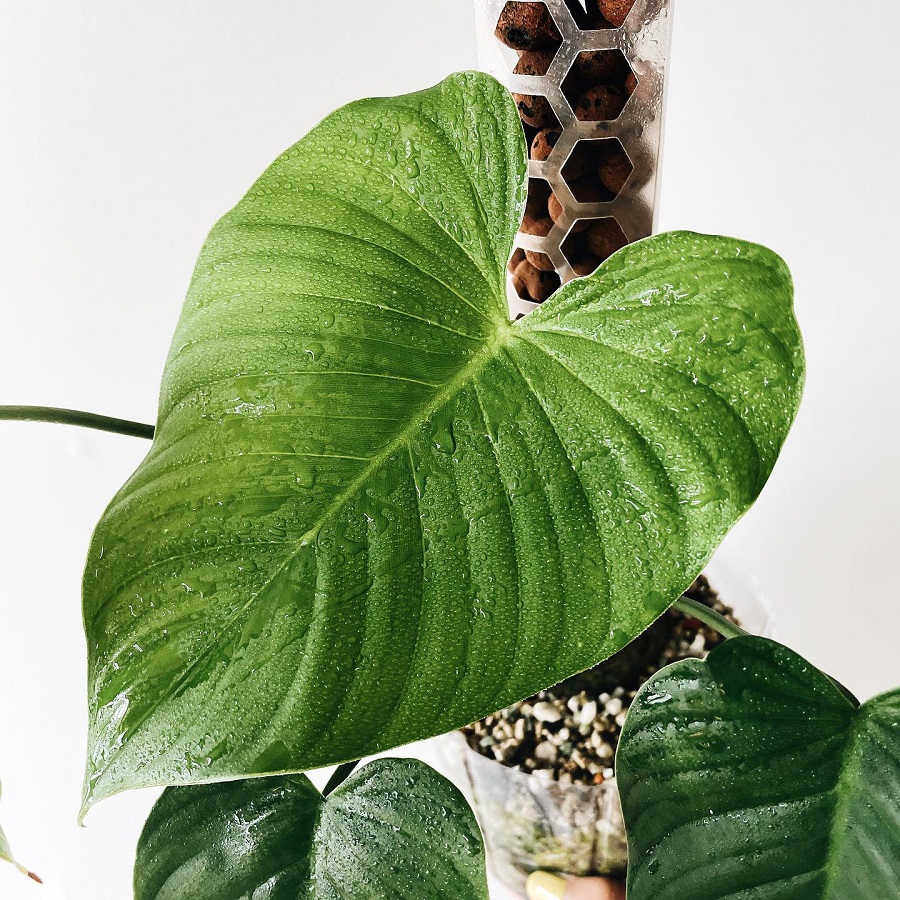
With its terete to D-shaped petioles and ovate to broadly ovate, acuminate leaves, Philodendron roseocataphyllum is a stunning addition to any home. Its foliage is dark green with a matte-sub velvety texture. Propagation can be done by stem cuttings or air layering. When caring for this plant, be sure to provide bright indirect light and moist but well-drained soil. Common pests such as aphids or mealybugs may occur, while fungal diseases like root rot should be avoided by proper watering practices.
Philodendron rothschuhianum
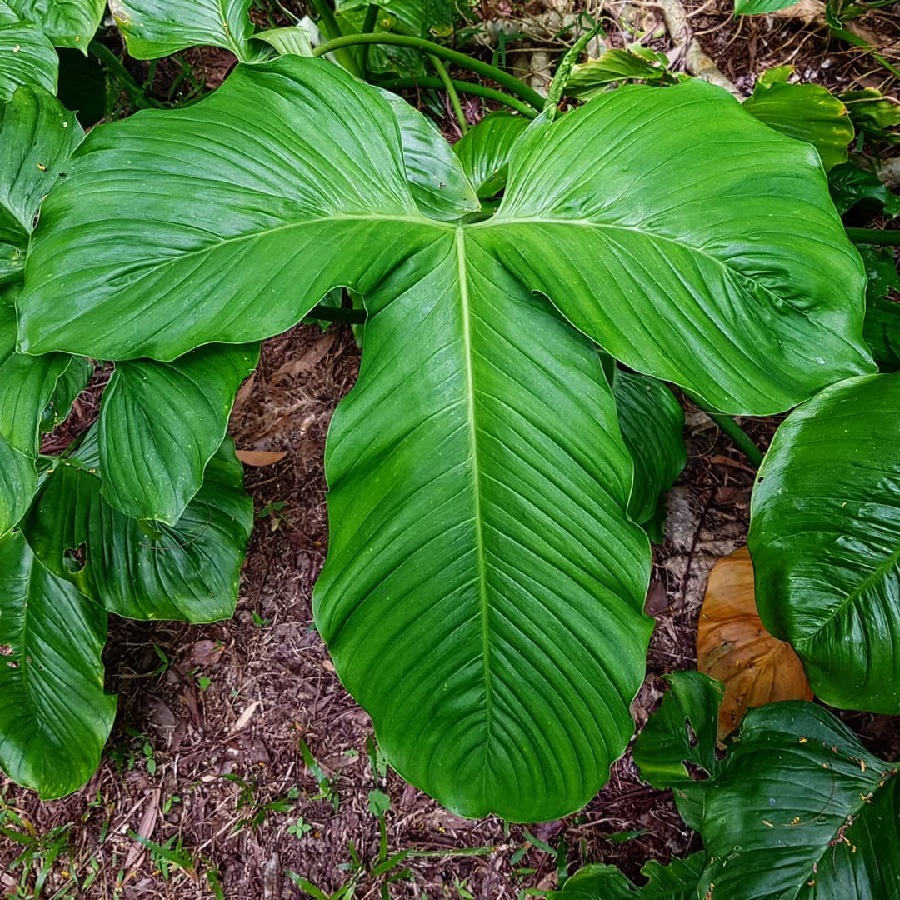
Philodendron rothschuhianum is a stunning epiphytic plant with green, semi-glossy foliage and long, acuminate leaves. It has a unique growth habit compared to other types of philodendrons and is best suited for cultivation in moderate temperatures. Its petioles are 33-71 cm long and its blades have 10-15 basal veins per side. A comparative analysis reveals that Philodendron rothschuhianum stands out from other varieties as it has distinctive characteristics such as its deeply 3-lobed leaf shape and its glossy upper surface. With the right care, this type of philodendron can add beauty to any home or garden!
Philodendron roseopetiolatum
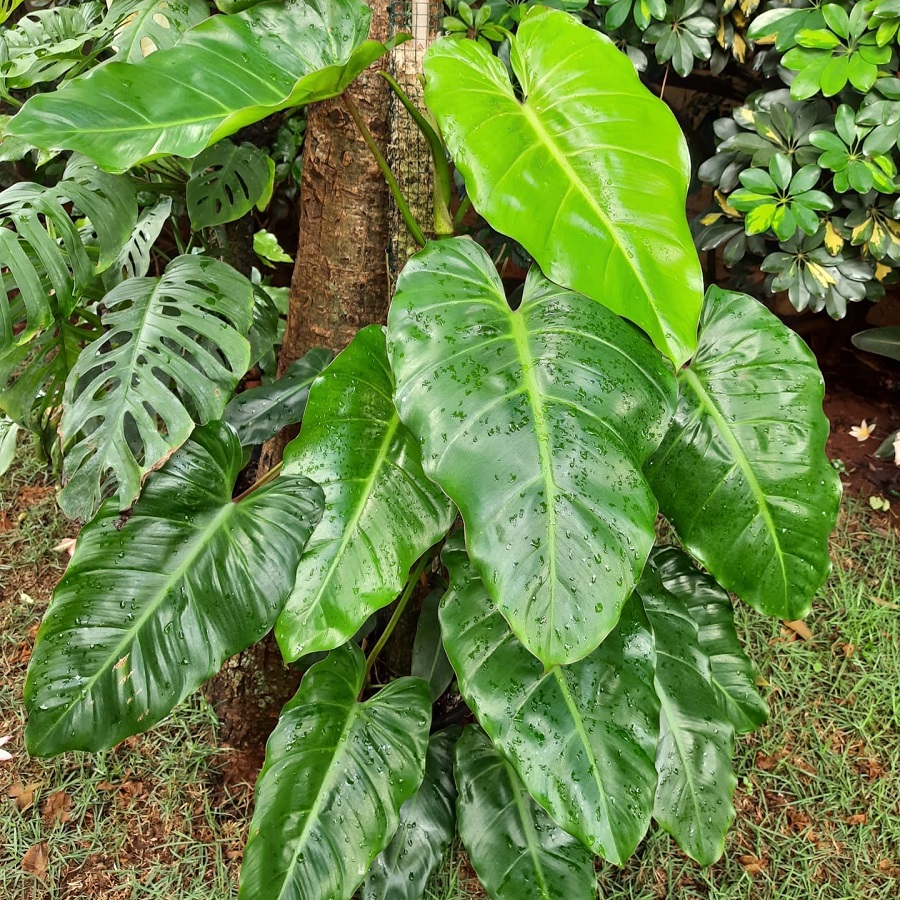
Philodendron roseopetiolatum is a stunning hemi-epiphytic vine with petioles 30-50 cm long and leaf blades ovate to broadly ovate. Its stem is green at the apex, becoming chestnut-colored or greyish in mature parts. To help it thrive, understand its growth requirements, explore propagation methods and employ care tips. With proper care, this plant can be an eye-catching addition to your home!
Philodendron radiatum
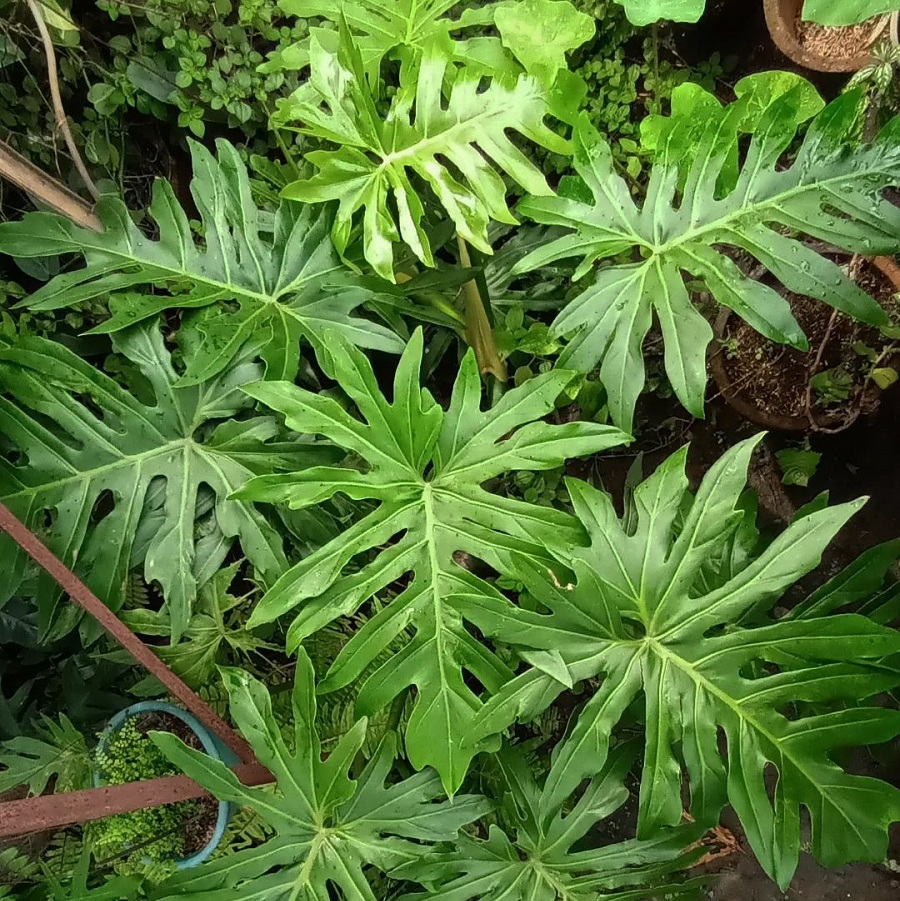
You’ll love the tropical look of Philodendron Radiatum, with its complex indentations that form as it matures. It grows in lowland tropics and can be found in Colombia, Mexico, and Brazil. Comparing it to other Philodendron species, you may get confused with Philodendron Mayoi due to their young leaves looking similar. However, Mayoi has red-colored petioles and undersides of leaves. Growth patterns and care tips for this species are easy to follow – plus it’s popular and available in the plant market!
Philodendron rhodoaxis

If you’re looking for a climber with large, deeply lobed leaves and small, white flowers, Philodendron rhodoaxis could be the perfect choice! Native to Colombia, Ecuador, and Peru at elevations of 100-2000 meters, this plant is known for its features. Cultivating Philodendron rhodoaxis requires special tips and tricks. Exploring the habitat of Philodendron rhodoaxis can give you an idea of how to best care for it. The unique features of Philodendron rhodoaxis leaves are also worth noting.
Philodendron squamiferum
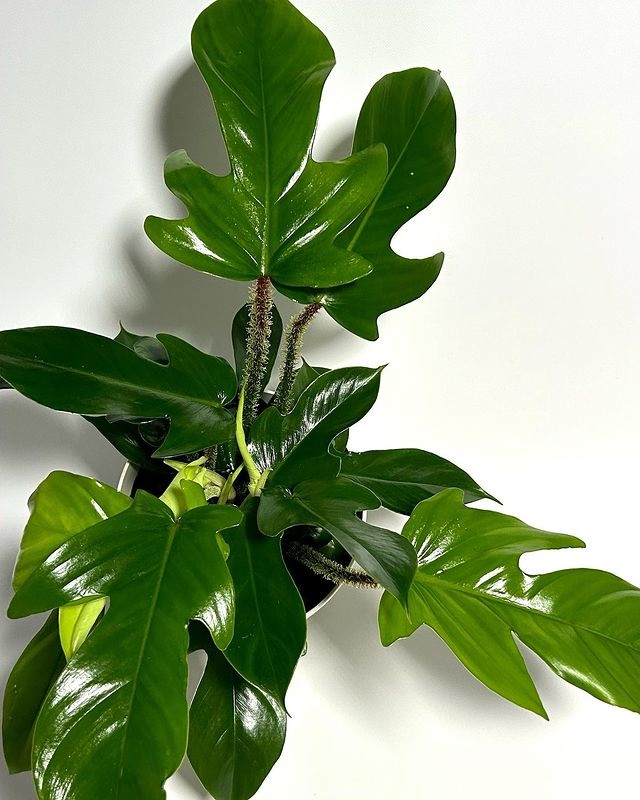
Now let’s focus on another type of philodendron – Philodendron squamiferum. It has oak-shaped leaves with red hairs and is native to Central America, French Guyana, Suriname and Brazil. You can grow it indoors or outdoors in your garden as a climber, but you should use a large trellis or totem for it to expand upon. When caring for this plant, be aware of potential pests and learn about how to propagate it properly. All these tips will help ensure the best cultivation of Philodendron Squamiferum!
Philodendron squamicaule

Enjoy the beauty of Philodendron squamicaule, with its stunning petioles complementing its large green leaves and reddish lateral veins. Found in hardiness zones 9-11, this Hemi-epiphytic species can be propagated either by stem tip cutting or air layering. When taking care of it, make sure to provide bright indirect sunlight and water when the soil is dry. Unique features include salmon pink petioles with scales that look like hair and dramatic reddish lateral veins on the leaves.
Philodendron squamipetiolatum
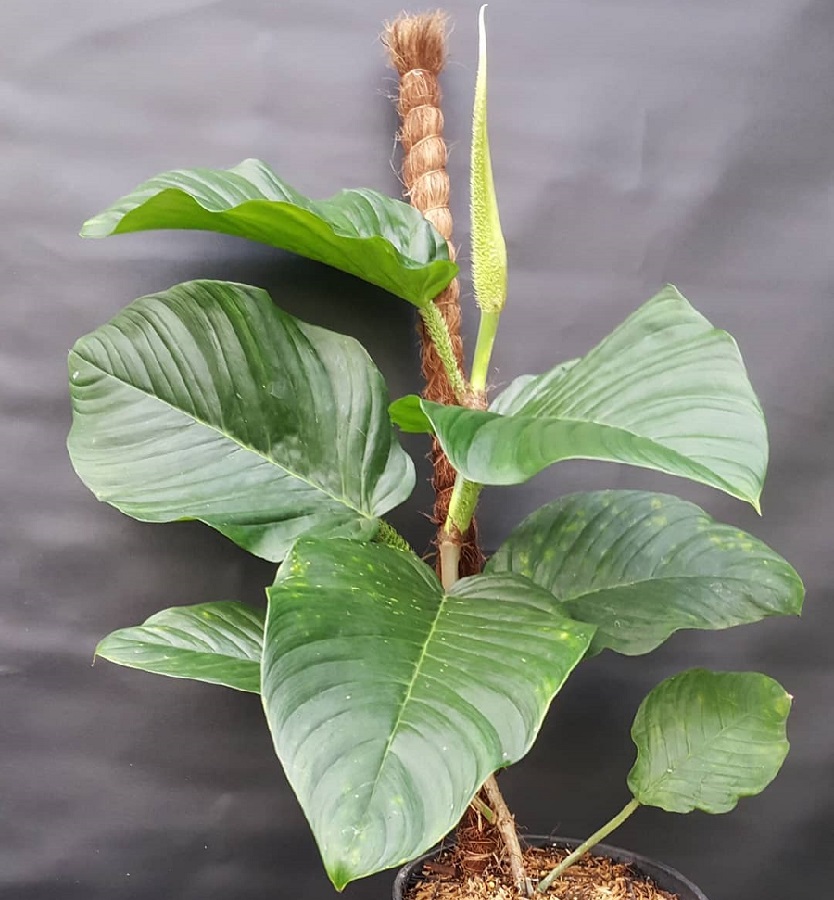
Feel the soft velvet texture of Philodendron squamipetiolatum’s large, leathery leaves as they reach up to 30 cm in length. Native to Colombia and found in tropical rainforests, it has white petals with yellow anthers and a small, round black seed. Propagate this species by using either seeds or stem cuttings and be sure to provide bright indirect light for optimal care. Common pests and diseases are spider mites, mealybugs, root rot, and leaf spot.
Philodendron seguine
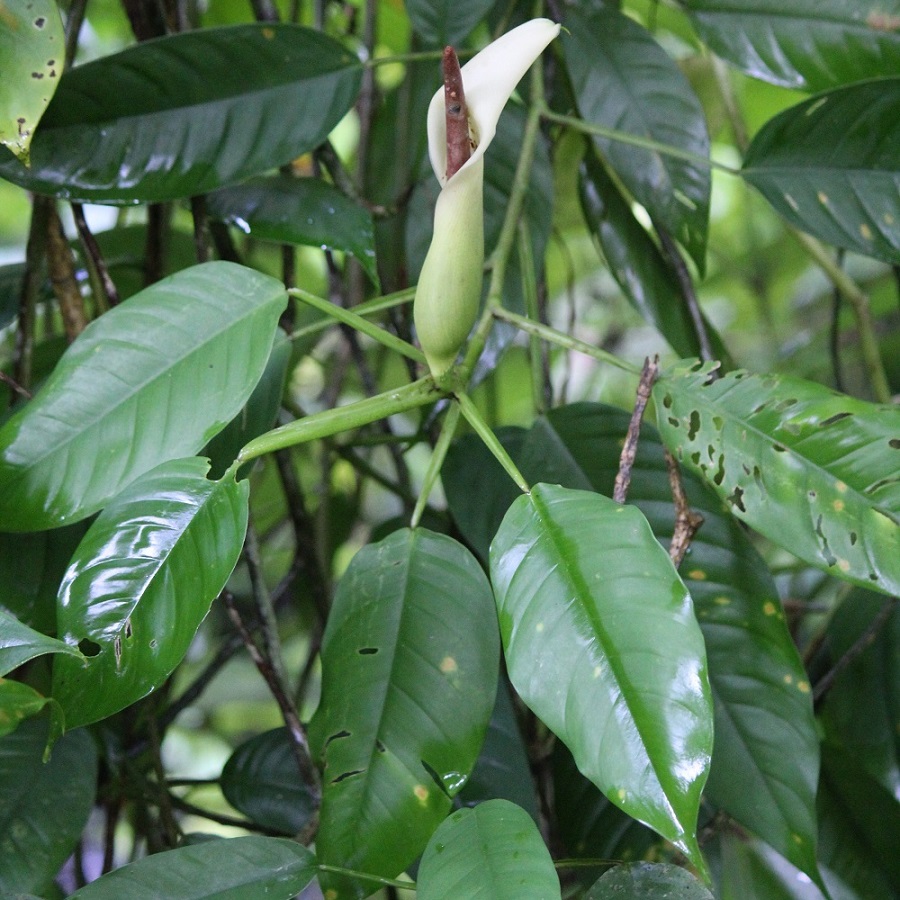
Philodendron seguine is an evergreen, climbing shrub with glossy, dark green leaves and a showy yellow-green flower. Native to Colombia, Ecuador and Peru, it grows best in tropical rainforests on trees and rocks. To ensure growth requirements are met, consider the soil type, amount of sunlight and water needs. Propagation methods include seeds or cuttings. Common pests or diseases to watch out for include spider mites or root rot.
Philodendron serpens
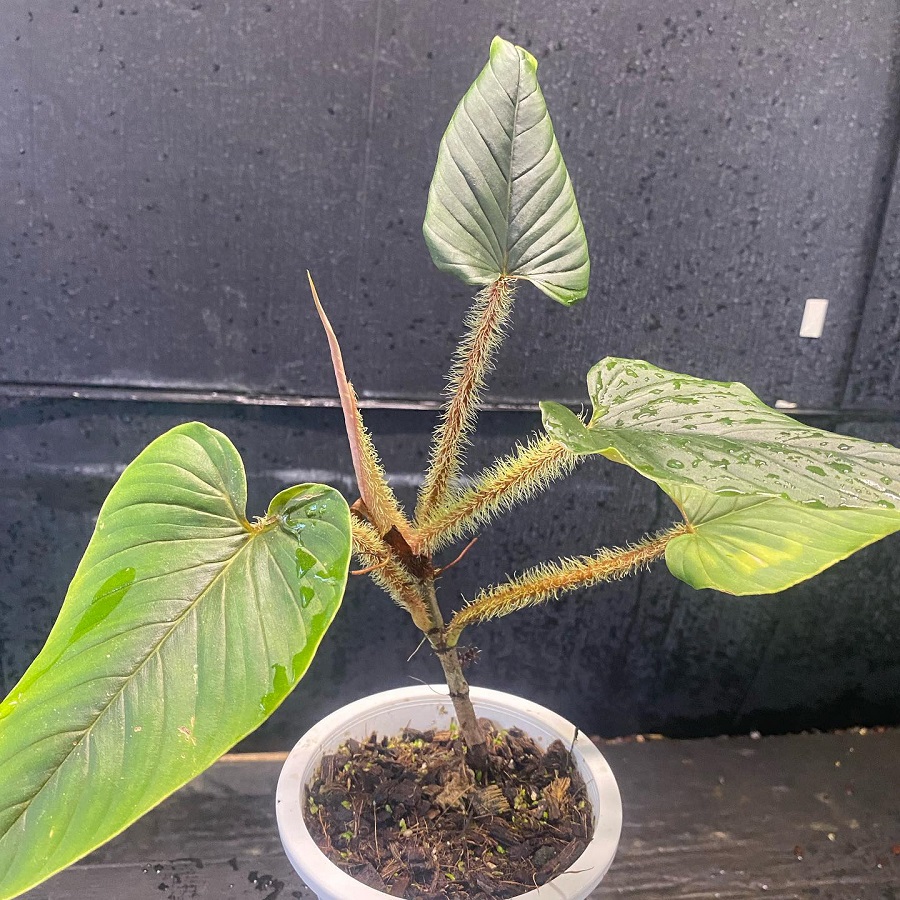
Discover the unique, deep-veined heart-shaped leaves of Philodendron serpens and its fuzzy brown and gray petioles. It’s no wonder that this evergreen climber has been admired since it was introduced to Europe in the 16th century. With its unique characteristics, including an impressive resistance to most plant pests and diseases, there are some special care tips worth knowing when it comes to Philodendron serpens. To ensure your plant stays healthy and safe, make sure to provide adequate indirect sunlight, and water regularly—but don’t overdo it—and maintain a consistently warm temperature.
Philodendron strictum
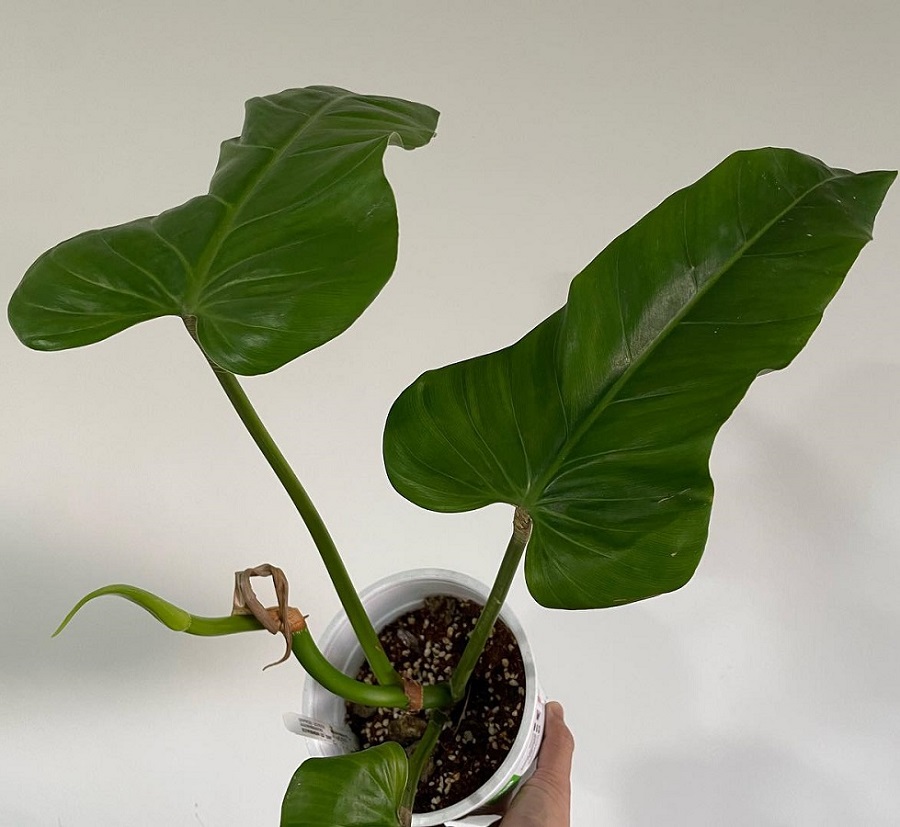
It’s a popular choice for home gardens due to its glossy leaves and clusters of white flowers with yellow anthers. Philodendron strictum is native to Colombia, Ecuador, and Peru, and grows on trees and rocks in tropical rainforests. The large green leaves can reach up to 30 cm in length. Propagation methods include division or stem cuttings. Care tips involve keeping the soil moist but not soggy, providing bright indirect light, and avoiding temperatures below 10°C. Common pests include mealybugs and spider mites; common diseases are root rot and leaf spot.
Philodendron stenolobum

You’ll be amazed at the wavy leaves of Philodendron Stenolobum, a Brazilian native. This low-maintenance plant is great for those looking for an easy-to-care-for houseplant. Growing tips include bright indirect light and occasional watering when the soil is dry to the touch. It’s best to keep humidity levels high by regularly misting or using a pebble tray, and warm temperatures between 65-85°F are ideal. When it comes to propagation methods, Philodendron stenolobum can be propagated using stem cuttings in water or soil. With these care requirements, you’ll have your own lush plant in no time!
Philodendron subhastatum

Experience the beauty of the Philodendron subhastatum, with its bi-foliage leaves and red-tinged backsides! It can be used for both wall decorations and pole decorations, so get creative with your interior design. When growing this plant, look into climbing techniques and support structures to ensure it stays safe. Make sure you also consider care and maintenance tips for different climates. With a little knowledge, you can have a beautiful Philodendron subhastatum in your home!
Philodendron subincisum
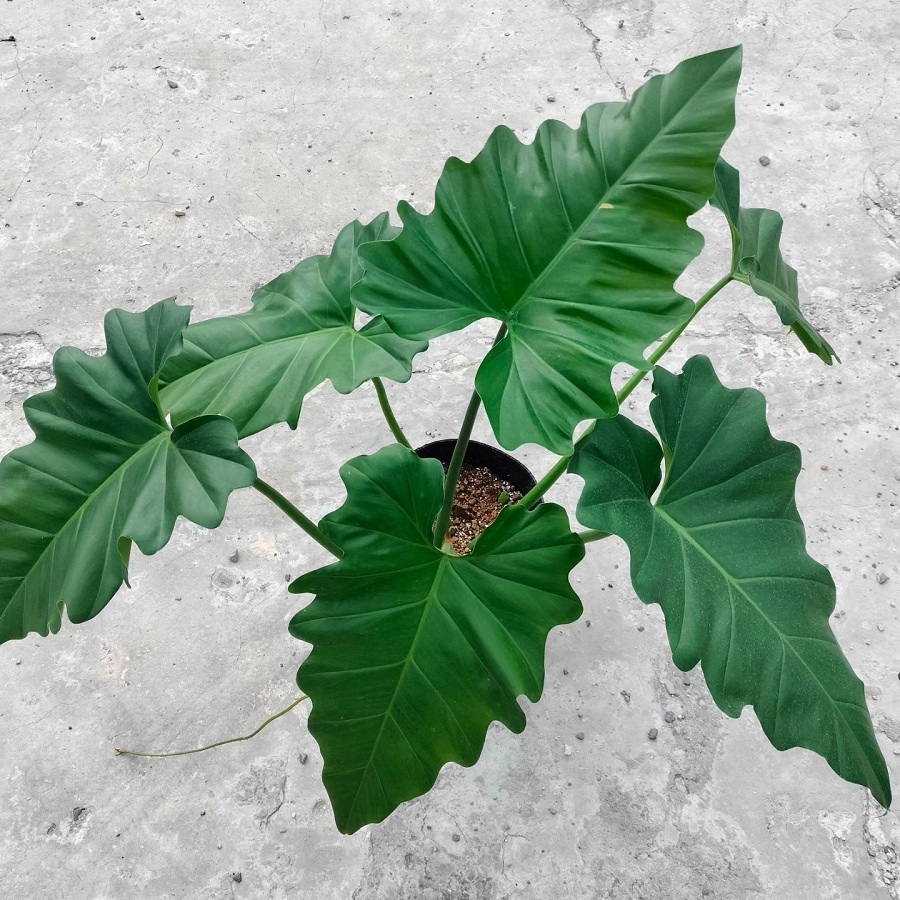
Discover the beauty of Philodendron subincisum, with its glossy bi-color leaves and prominent leaf scars! Its leaf morphology includes narrowly ovate blades, coriaceous and semi-glossy, long acuminate at the apex. It thrives in warm environments with ample moisture and indirect light. Propagation is possible through stem cuttings or air layering. Enjoy this stunning plant safely and responsibly!
Philodendron solimoesense
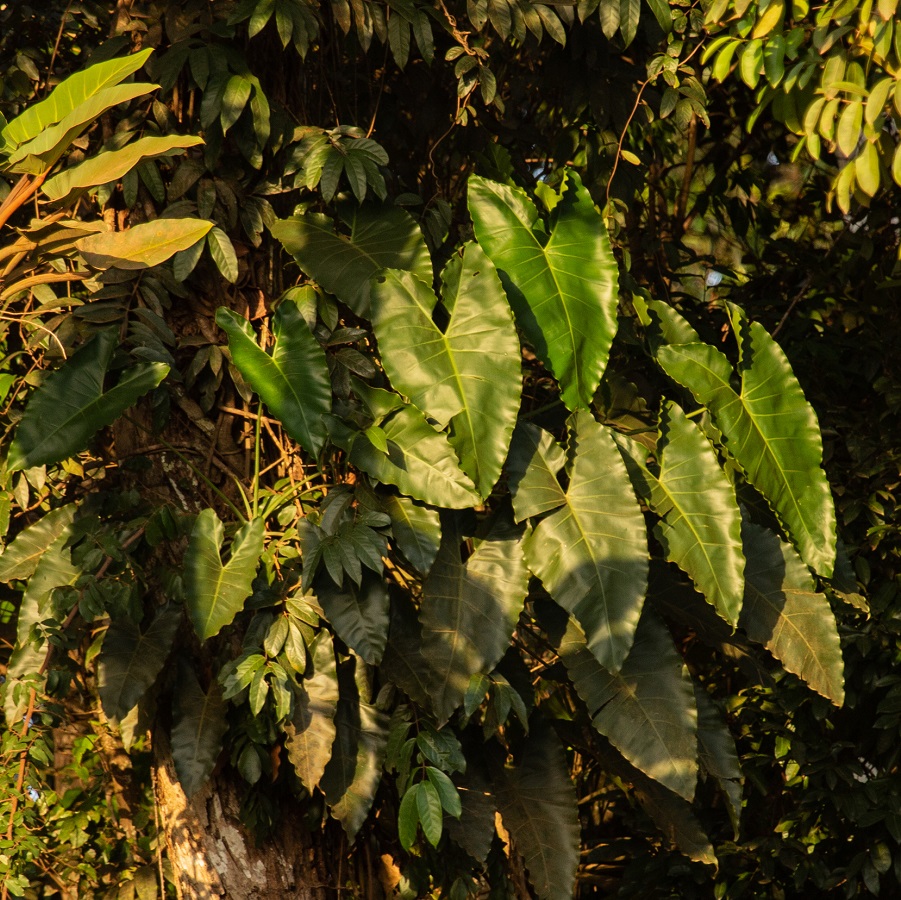
Now let’s learn about Philodendron solimoesense, another type of philodendron plant. It has a stem that is 1-6 m long and 4-7(-15) cm wide, with adventitious roots hanging down and tuberculate-aculeate bark. Its leaves are sagittate in shape with a bright green upper surface and paler lower surface. To care for this plant, you’ll need to propagate it properly, provide soil requirements that suit its needs, and follow general philodendron care guidelines.
Philodendron sparreorum
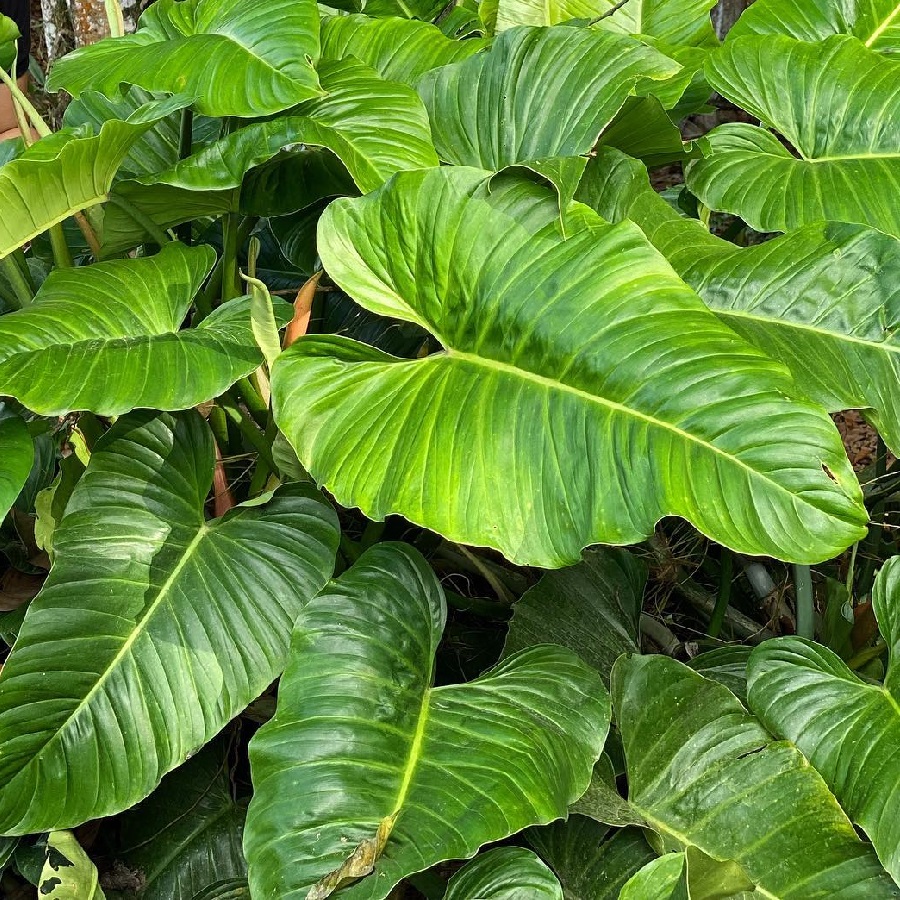
You’ll find Philodendron sparreorum growing up to 5 m tall in tropical and subtropical areas, with small yellow-green flowers and delicate seedlings. There are several varieties of this species that can be found in its native habitats of lowland forests, secondary forests, and disturbed areas. To care for Philodendron sparreorum properly, it should be kept in warm temperatures with indirect light and moist soil with regular fertilizing.
Philodendron spiritus-sancti

Rare and highly coveted, Philodendron spiritus-sancti is often referred to as the holy grail of aroids. Its sword-like leaves resemble those of a Kori Blade, with wild specimens reaching 20m (65′) tall and leaves exceeding 60cm (24”). This endangered species has been conserved through propagation methods and breeding techniques used by nurseries and hobbyists worldwide. Recently, tissue culture has become popular for creating new versions of this unicorn plant. With its high price tag, it’s no wonder why Philodendron spiritus-sancti holds such a special place among collectors!
Philodendron speciosum

With its large hastate leaves and fragrant flowers, Philodendron speciosum is a stunning aroid that’s sure to turn heads. It’s native to Brazil and can grow up to 4-6 feet tall with a trunk as it matures. The flowers are 2 feet tall and emit a strong fruit smell at night. To ensure optimal growth, it’s important to give this plant plenty of light and humidity, along with well-draining soil. Fertilize lightly during the growing season and prune regularly for best results. Propagation can be done through stem cuttings or division of the rhizome. With proper care, Philodendron speciosum will thrive!
Philodendron sagittifolium
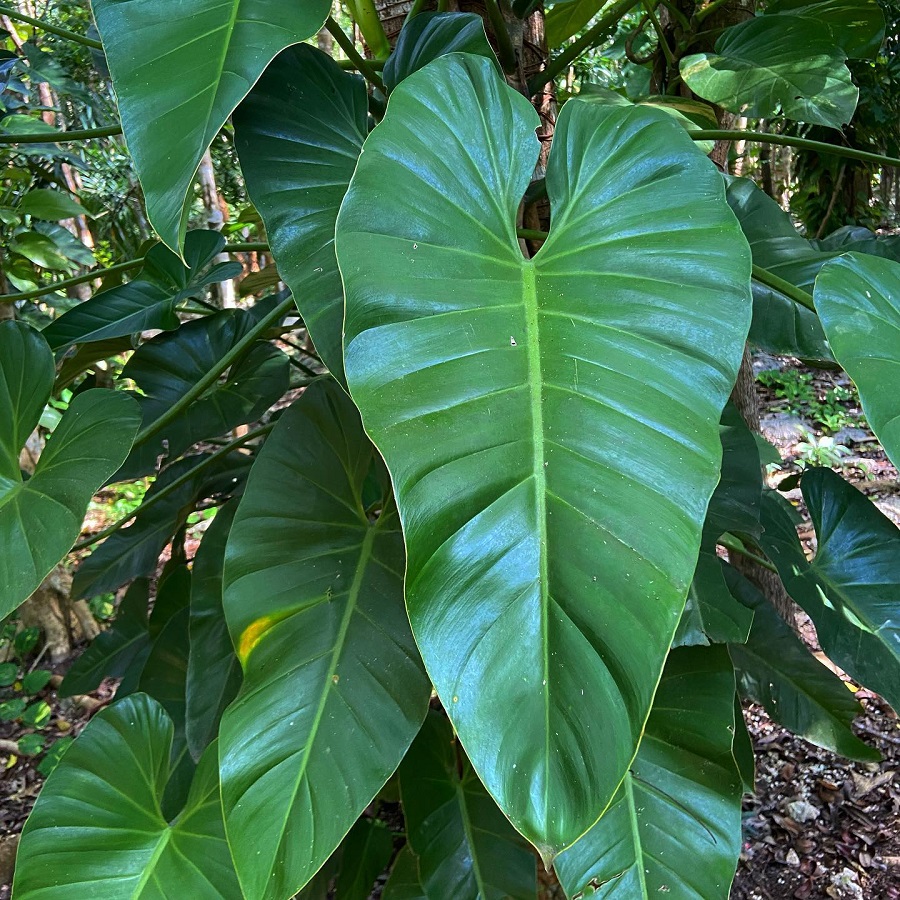
Philodendron sagittifolium is a fast-growing, beautiful climber native to Mexico and Columbia. It has huge leaves emerging from long vines that quickly climb supporting structures. To propagate it, you can use stem cuttings or air-layering. Caring for this plant includes providing ample light, regular watering and occasional fertilizer. Common pests include spider mites, mealybugs and aphids; common diseases are root rot and leaf spot. With the right care and maintenance tips, you can keep your Philodendron sagittifolium healthy!
Philodendron saxicola

Philodendron saxicola is a climbing plant with unique foliage that can be found in tropical regions of the Americas. It has an erect, decumbent or spreading stem and branches near its base, and grows up to 0.6-3 m tall. When it comes to cultivation tips, this plant requires warm temperatures and high humidity to thrive. Common diseases include root rot, leaf spot, and anthracnose. Propagation methods involve taking stem cuttings or dividing existing plants in the spring.
Philodendron sharoniae
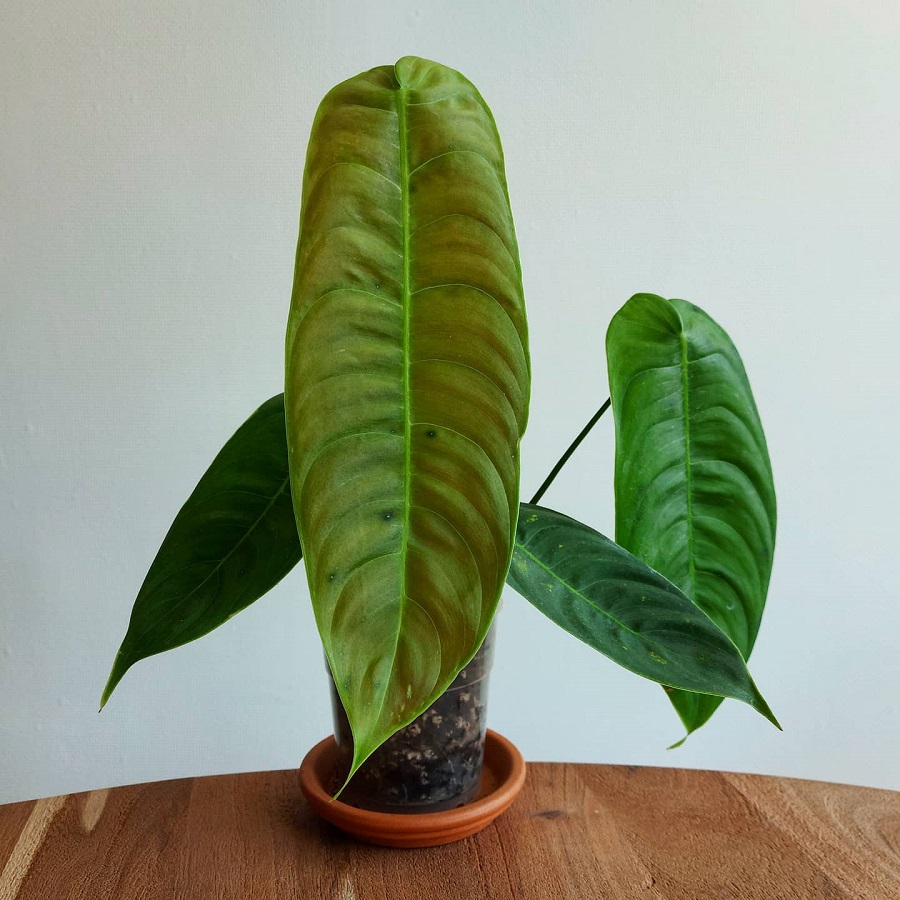
Philodendron sharoniae is an incredibly unique aroid with its green, ridge-patterned leaves. It likes to grow in moderate climates and requires bright, indirect light and moist, well-draining soil. Fertilizer and regular watering should also be provided for optimal growth. Propagate it by stem cuttings but watch out for common pests like aphids or mealybugs that can damage the plant’s health.
Philodendron scalarinerve
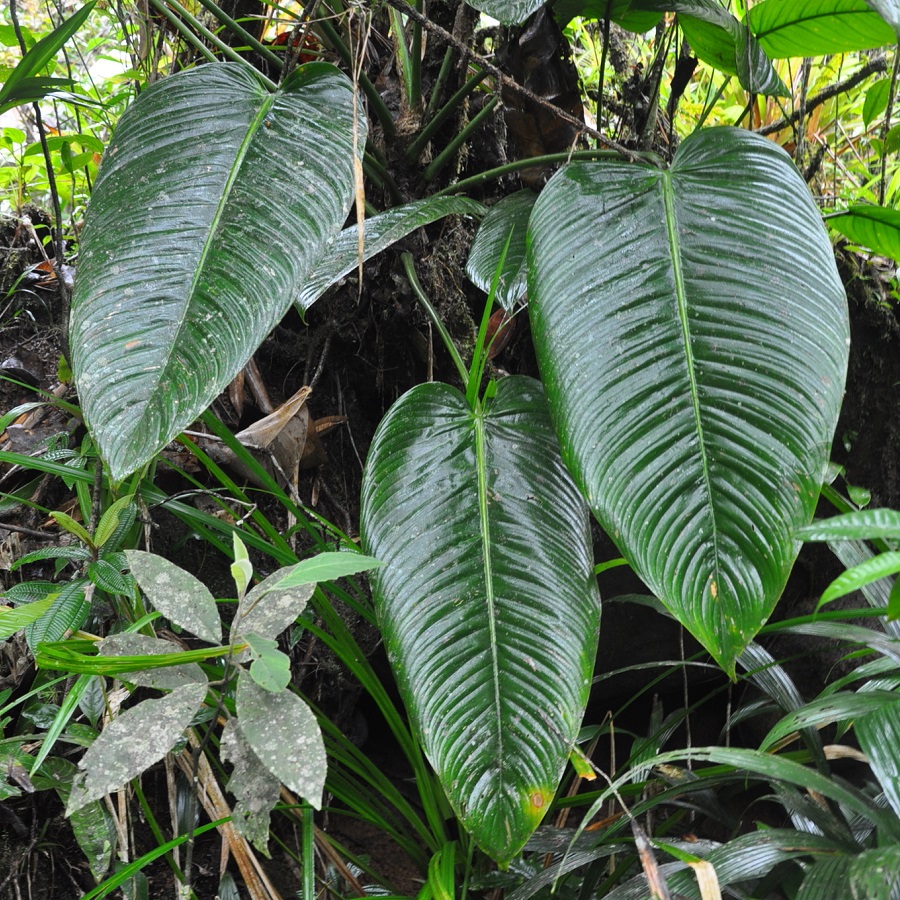
Native to Costa Rica through Ecuador, Philodendron scalarinerve is a climber in the wet tropical biome. It’s easy to propagate and requires warm temperatures and bright indirect light for optimal growth. Common care tips include regular watering and occasional fertilizing. To protect it from common pests like aphids or mites, inspect regularly and use organic solutions. Diseases such as root rot can be avoided by making sure it never sits in waterlogged soil.
Philodendron smithii
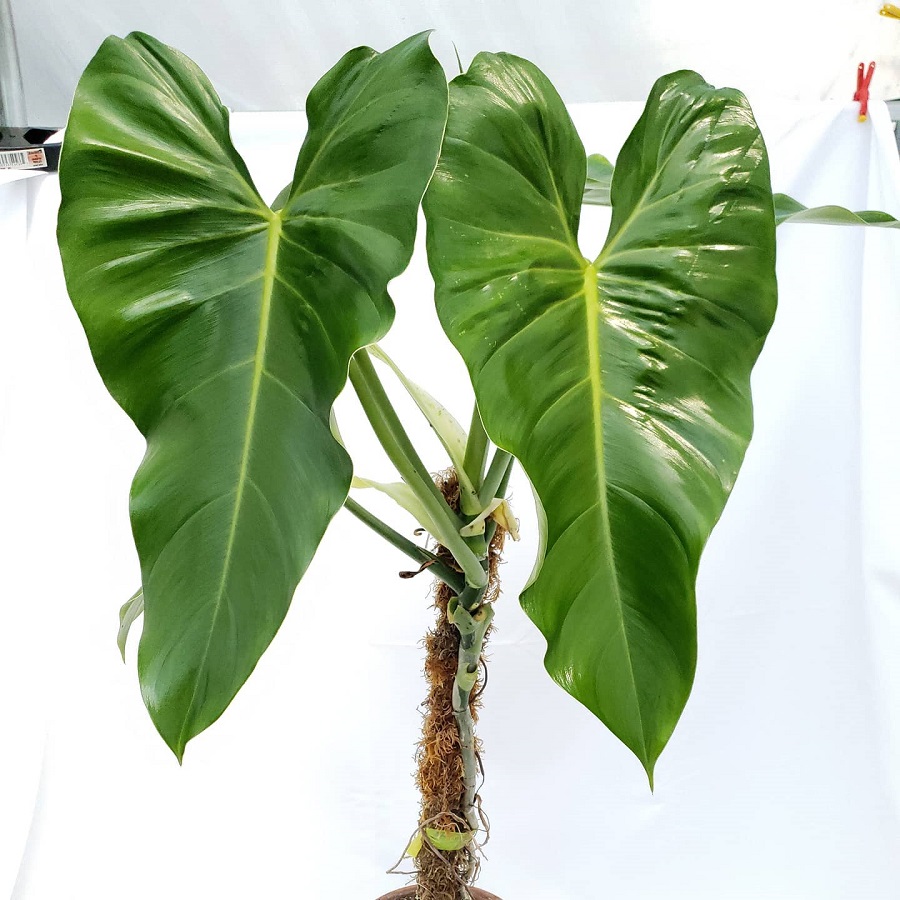
A popular species among the Philodendron genus, P. smithii is a fast-growing plant with glossy, bright green leaves and unique pale yellow veins. It has a stem usually appressed-climbing with leaf scars 7-15 mm long & 7-16 mm wide. Cultivation tips include providing it with indirect sunlight and adequate watering. Common pests include mealybugs & aphids so be sure to check regularly for these. Propagation techniques involve division of the root ball or stem cutting when repotting.
Philodendron tenue
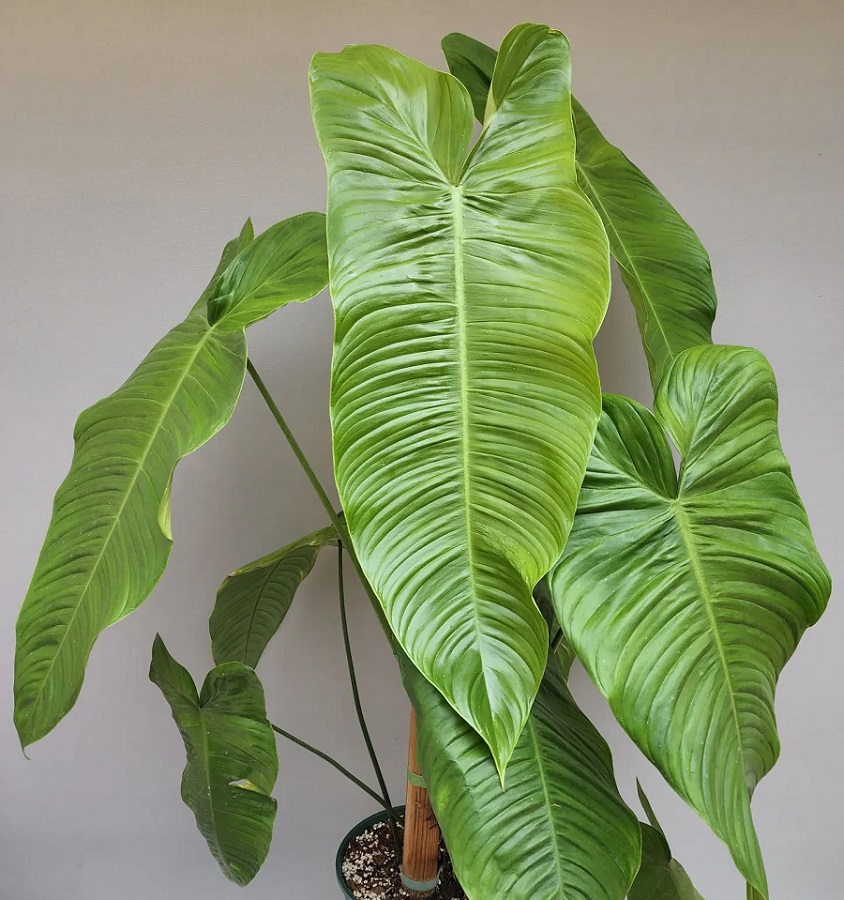
Known for its lush green leaves and rippled texture, Philodendron tenue is a fast-growing Hemi-epiphytic climber native to Nicaragua and the Pacific slope of Venezuela. Exploring its growth habits, care requirements, and propagation methods can help you understand this unique plant better. There are two main varieties of Philodendron tenue – narrow leaves or normal broad leaves – each with their own suitability for different environments. With proper care and attention, you can enjoy beautiful philodendron tenue in your home or garden.
Philodendron tripartitum
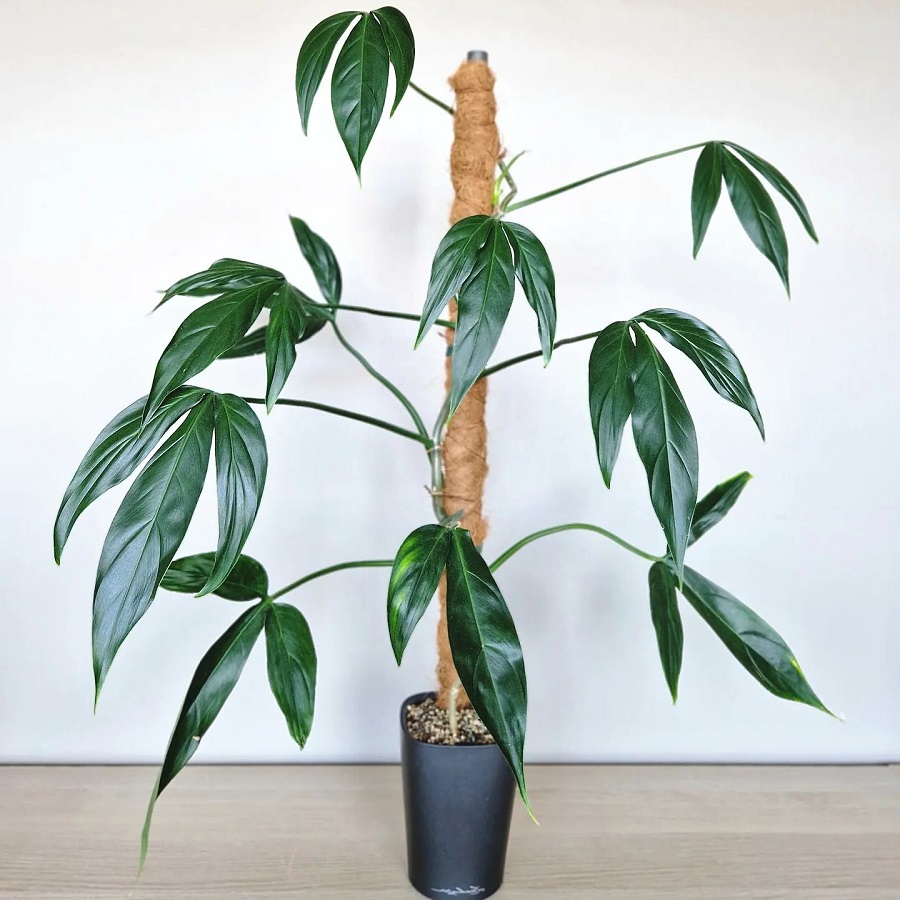
Philodendron tripartitum is a fast-growing climber with glossy, heart-shaped leaves and aerial roots that’s native to South America. It produces white spathes with yellow spadices, and the seedlings are small with a single leaf. You can propagate philodendron tripartitum from its seeds or cuttings in moist soil. To care for it, keep it in slightly damp soil and provide indirect light for best results. Common pests affecting this plant include mealybugs, aphids, and mites – so be sure to watch out for these! Additionally, make sure to avoid overwatering as this can lead to root rot disease.
Philodendron tysonii
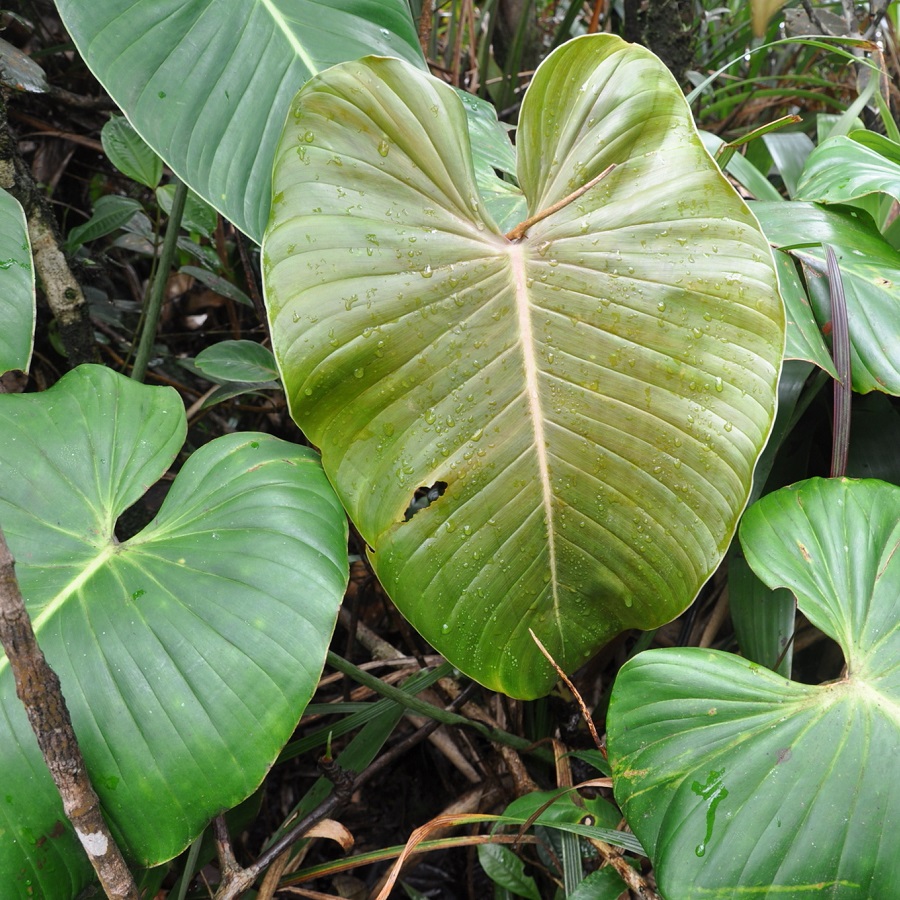
Native to South America, Philodendron tysonii is a fast-growing vine with glossy, heart-shaped leaves and aerial roots. To cultivate it successfully, provide moist soil in a shady area. Common pests include aphids and scale insects. Diseases like leaf spot can also affect this plant. You can propagate Philodendron tysonii by taking stem cuttings or dividing the rootball.
Philodendron toshibae
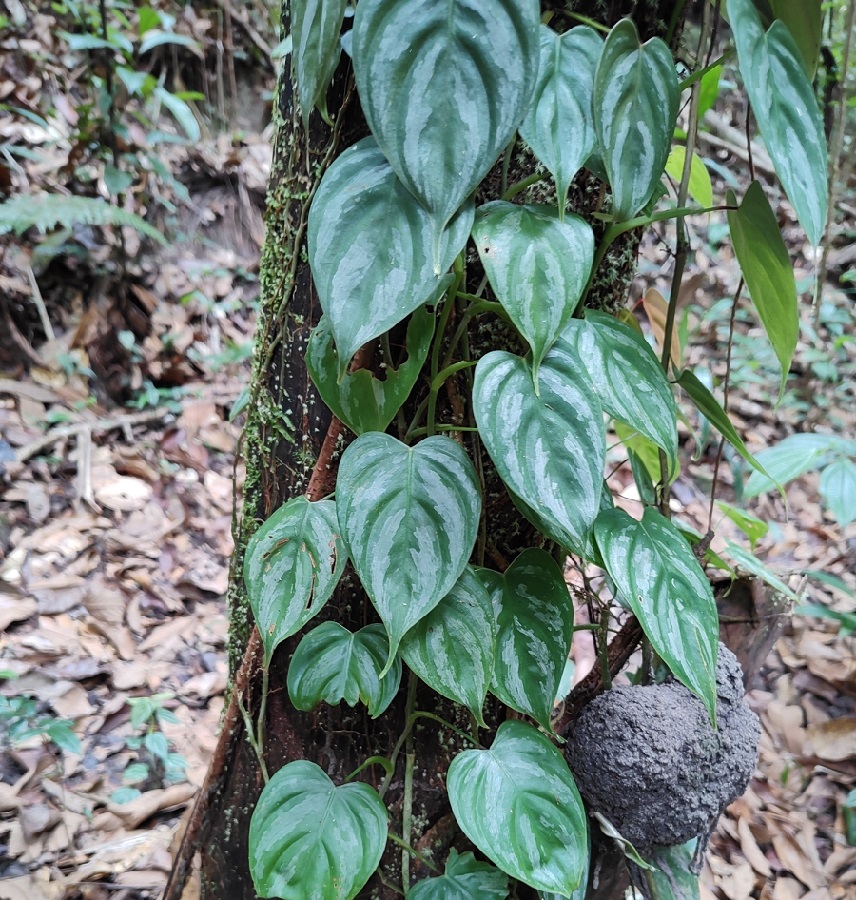
You’ll love the glossy, heart-shaped leaves and aerial roots of Philodendron toshibae, an easy-to-care-for liana native to South America. It’s a low-maintenance plant that requires bright, indirect light and moist soil. Its internodes are 4 – 9 cm long and 0.8 – 0.9 cm wide with greyish and glossy life and dried leaves. The petiole has rounded margins, and extrafloral nectaries sparsely located on both sides of the leaf blade which is ovate in shape with an acuminate apex & cordate base. With proper care tips, this unique species will thrive in any home or garden!
Philodendron tortum
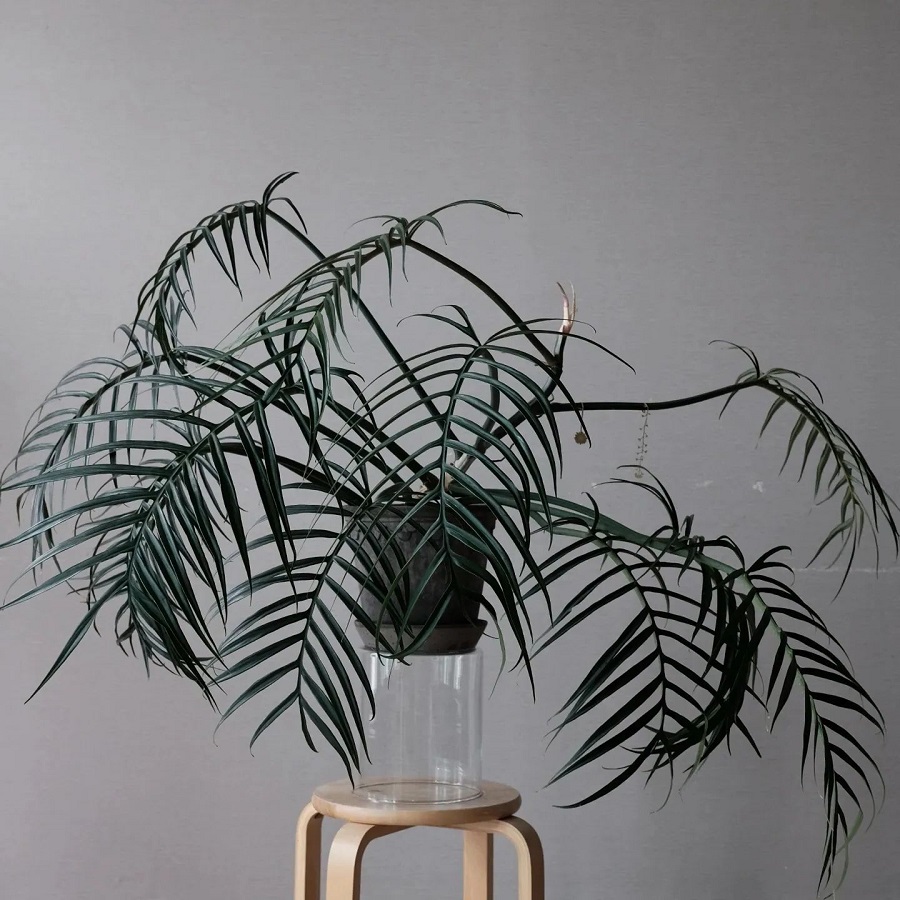
With its thin and long leaves resembling a skeleton, the Philodendron Tortum is an easy-to-care-for epiphyte native to tropical parts of America. To keep it healthy, provide it with warm temperatures between 59 – 86°F (15-30°C), 60-80% humidity, bright indirect sunlight, neutral soil and water before the soil dries out (about once a week). Propagation is also possible in spring or summer by dividing the roots into smaller pieces. The unique features of this plant make it an excellent choice for any home garden!
Philodendron thalassicum
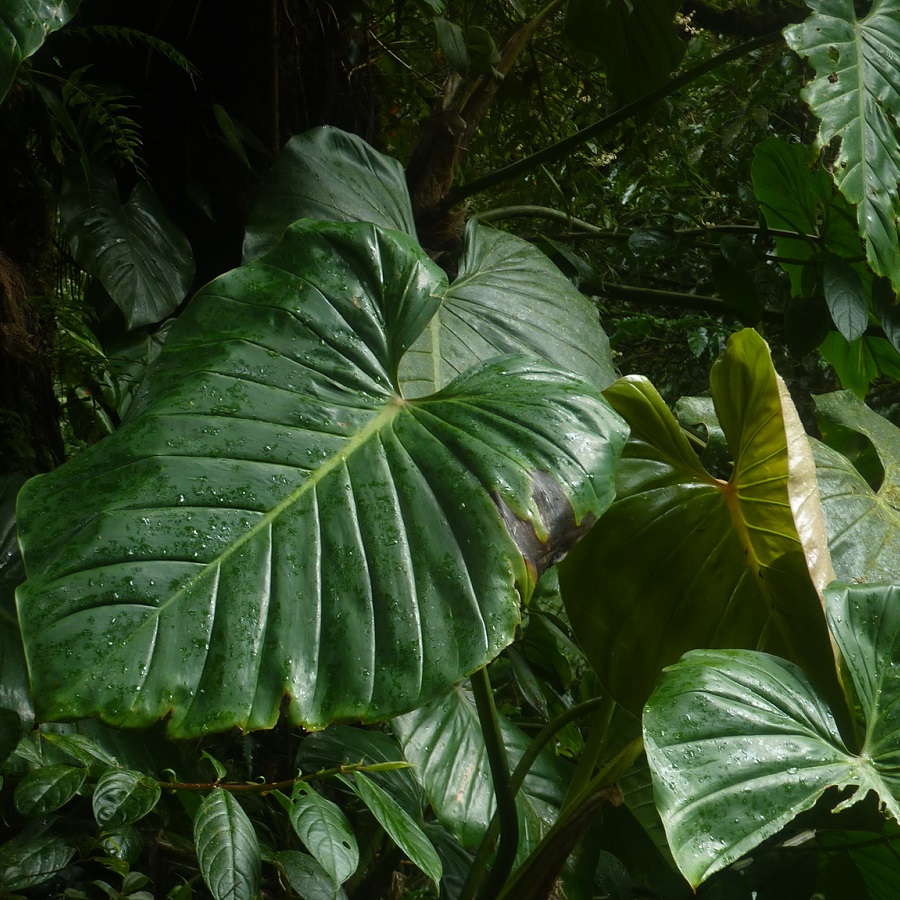
Philodendron thalassicum is a tropical species boasting large, glossy leaves and a white spathe with a yellow spadix. It prefers moist, shady areas and grows best in rainforests. To care for it properly, ensure that the soil remains damp but not soggy, and provide bright indirect light. Striking characteristics include its oval-shaped seed and single-leaf seedlings. Propagate by taking stem cuttings or dividing existing specimens. With proper growth requirements and care tips, you can successfully propagate Philodendron thalassicum!
Philodendron undulatum
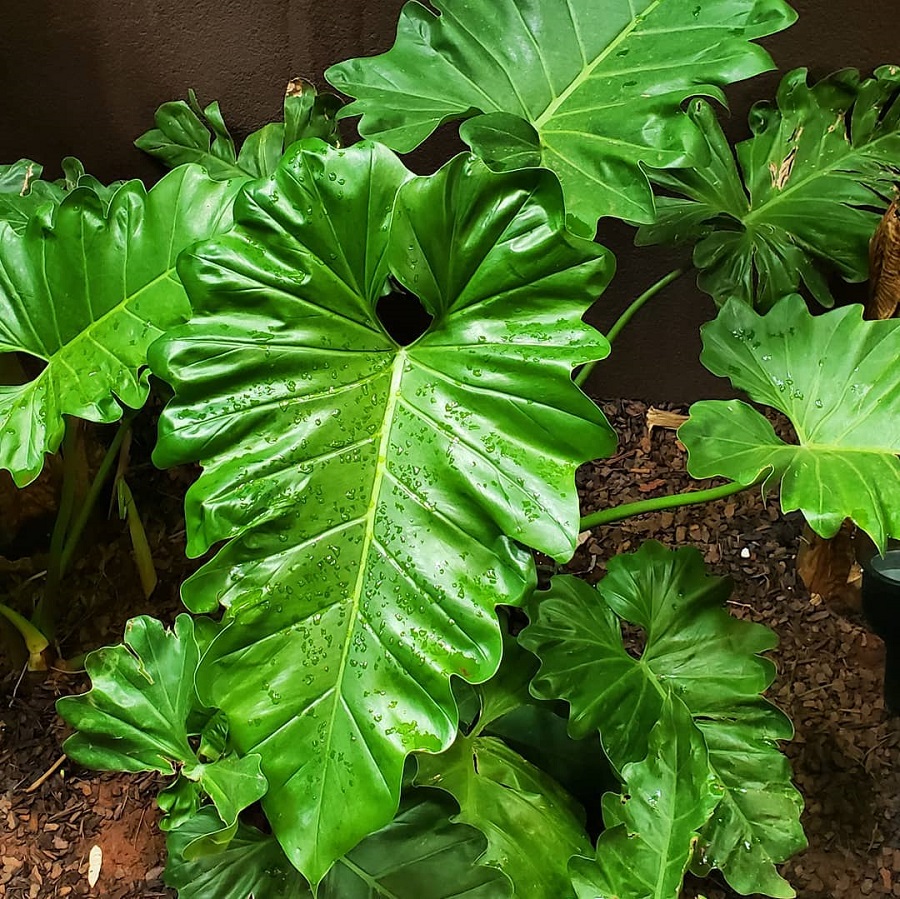
Native to Brazil, Philodendron undulatum is an evergreen with simple, lobate leaves and single spathae. To ensure its well-being, it should be grown in a half-shady situation with sandy loam soil and temperatures above 1°C. Propagation methods include seeds and cuttings. Care tips include regular watering and fertilizing when the soil is dry. Common pests and diseases include mealybugs, aphids, root rot, and leaf spot.
Philodendron uliginosum
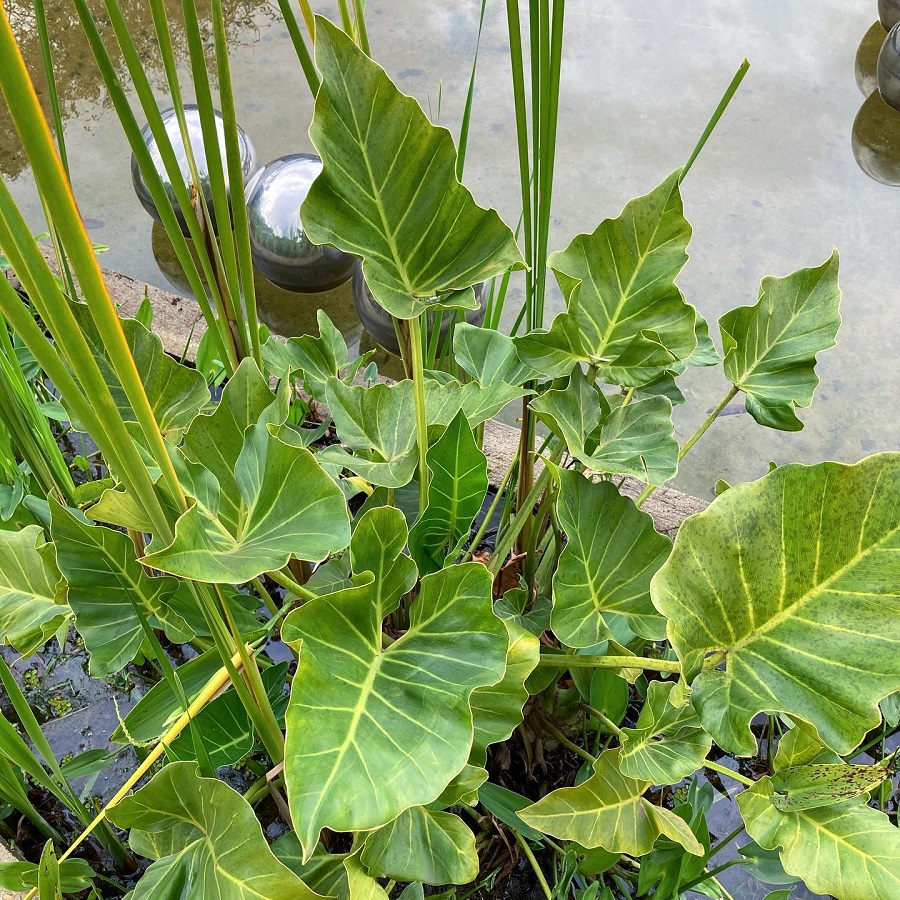
Philodendron uliginosum is an evergreen with a short, cylindrical stem and long-petioled, oblong to ovate leaves. It grows up to 35-150 cm tall and requires moderate light for best growth. Propagation can be done through cuttings or air layering. Care tips include using well-draining soil, providing filtered sunlight, and regular watering when the topsoil is dry. Common pests are mealybugs and spider mites; diseases that may affect this plant are root rot and powdery mildew.
Philodendron verrucosum
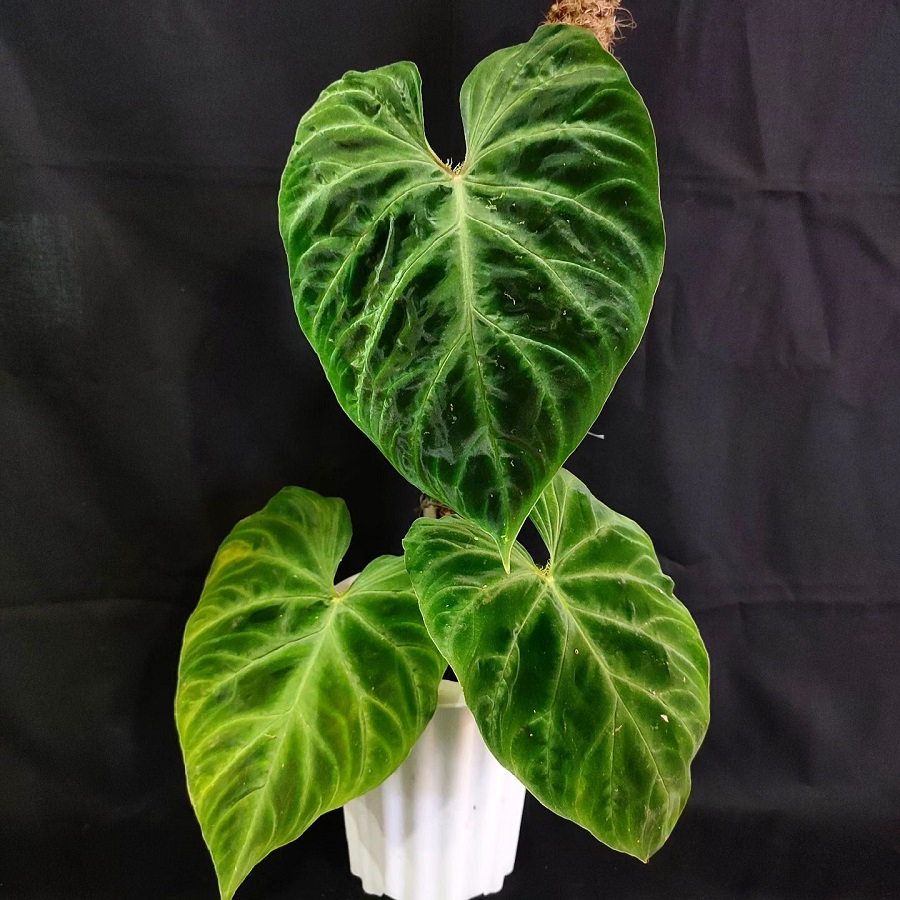
You’ll find Philodendron verrucosum in Central to South America, with two distinct forms differentiated by the color of the backside of the leaf blade. This climbing plant has hairy petioles and grows in altitudes between 50 – 2000m. Its growth requirements and care tips include filtered sunlight, regular watering, and humidity levels above 75%. Variations in leaf color and shape can be found among different varieties, but it is easily distinguished from other climbing philodendron species due to its unique warty petiole.
Philodendron venustifoliatum

Its glossy, lance-shaped leaves make Philodendron venustifoliatum an eye-catching tropical plant. Native to the rainforests of Colombia, this epiphytic plant prefers shady and moist growing conditions. It produces yellow-green spathes with white spadices and round black seeds. Propagation is easy via seed or stem cuttings, but be mindful of common pests and diseases. With proper care and an ideal environment, it will thrive in your home!
Philodendron venustum
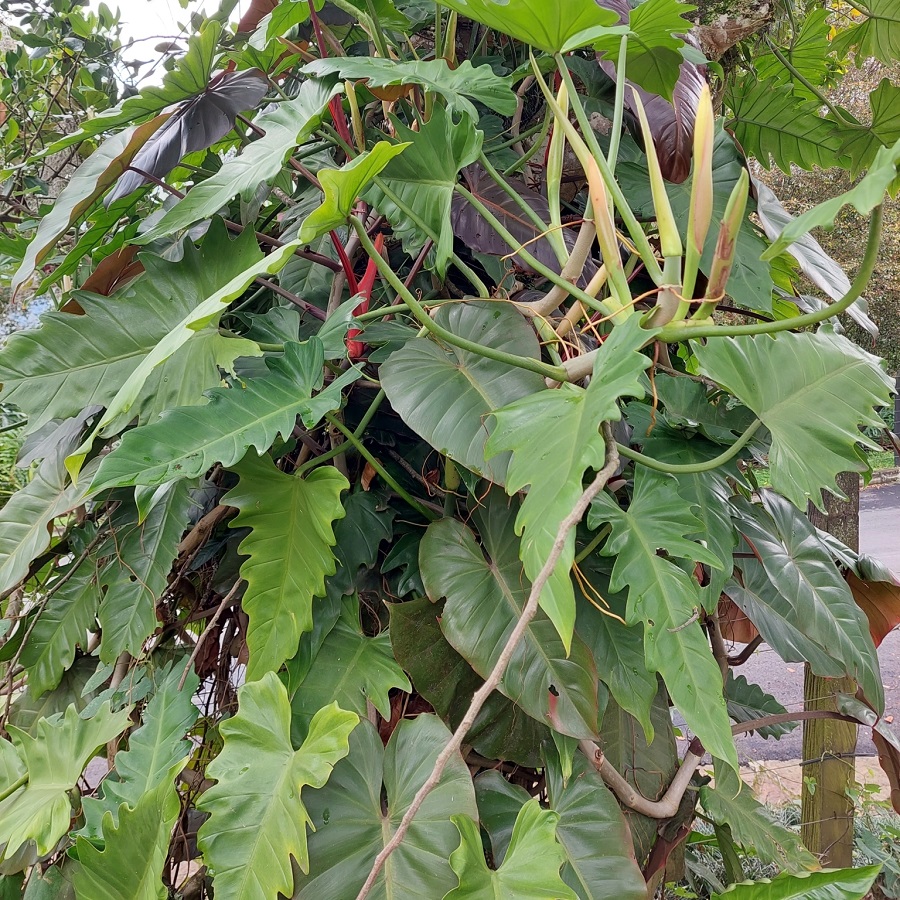
You’re sure to love the glossy, heart-shaped leaves of Philodendron venustum, a tropical plant native to Colombia’s rainforests. With its yellow-green spathe and white spadix, this species is ideal for those looking for an easy-to-care-for houseplant. Explore its unique climbing habits as it prefers moist and shady areas, making it perfect for hanging baskets or indoors. When providing care for philodendron venustum, ensure that you do not overwater it or place it in direct sunlight. Also, be aware of different methods of propagation including the division of aerial roots and planting its round black seeds. You’ll find that with proper care, Philodendron venustum will thrive in your home!
Philodendron warszewiczii
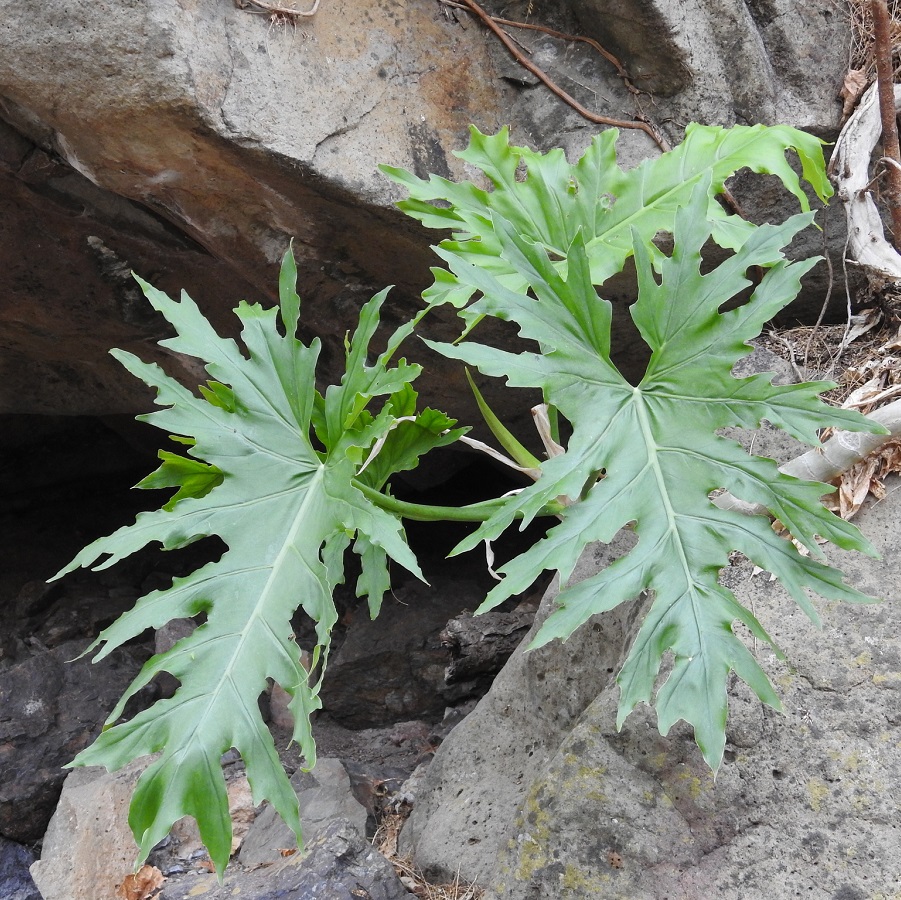
Experience the beauty of Philodendron warszewiczii with its exotic feather-like leaves and thick, stout stems. Native to Central America, this large tropical ground runner is easy to care for. Grow it outdoors for best results, but if that’s not possible, train it on a moss pole indoors. To propagate, divide or take stem cuttings. Common pests and diseases include mealybugs and root rot; check regularly for signs of infection and act quickly if found. Enjoy the hassle-free beauty of Philodendron warszewiczii!
Philodendron wittianum
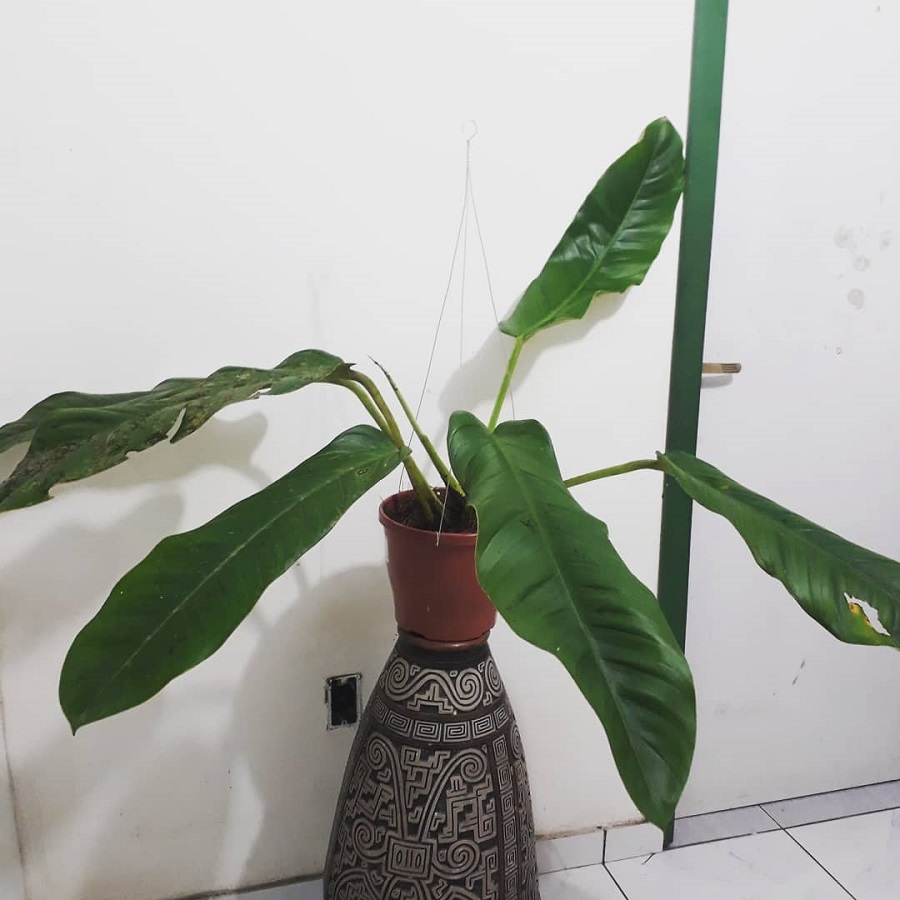
You’ll love the glossy, dark green leaves of Philodendron wittianum, native to Central and South America. Propagate this beautiful plant easily by taking cuttings or collecting seeds from its yellow-green spathe with white spadix. To care for your philodendron, make sure it has indirect sunlight and keep the soil moist but not soggy. Common pests and diseases include mealybugs, root rot, and leaf spot. With proper care, you can enjoy this tropical beauty in your garden for years to come!
Philodendron wendlandii
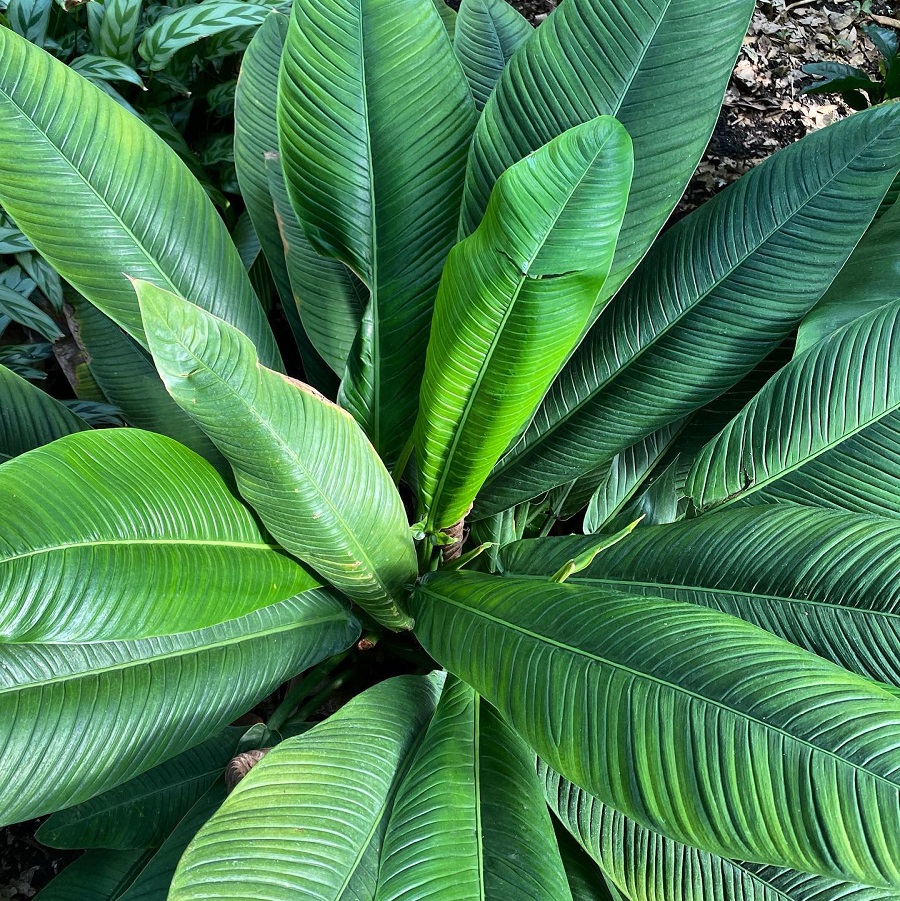
You can easily care for and propagate Philodendron wendlandii. It’s a type of epiphytic philodendron with short stems, inconspicuous leaf scars, reddish-green roots, and rosulate leaves. Its petioles are 9-30 cm long, blades 32-67 cm long and 8.5-22 cm wide. The inflorescences are erect with spathes up to 18 cm long that open broadly in face view. There are many varieties of P. wendlandii available so you’re sure to find one that suits your needs!
Philodendron wullschlaegelii
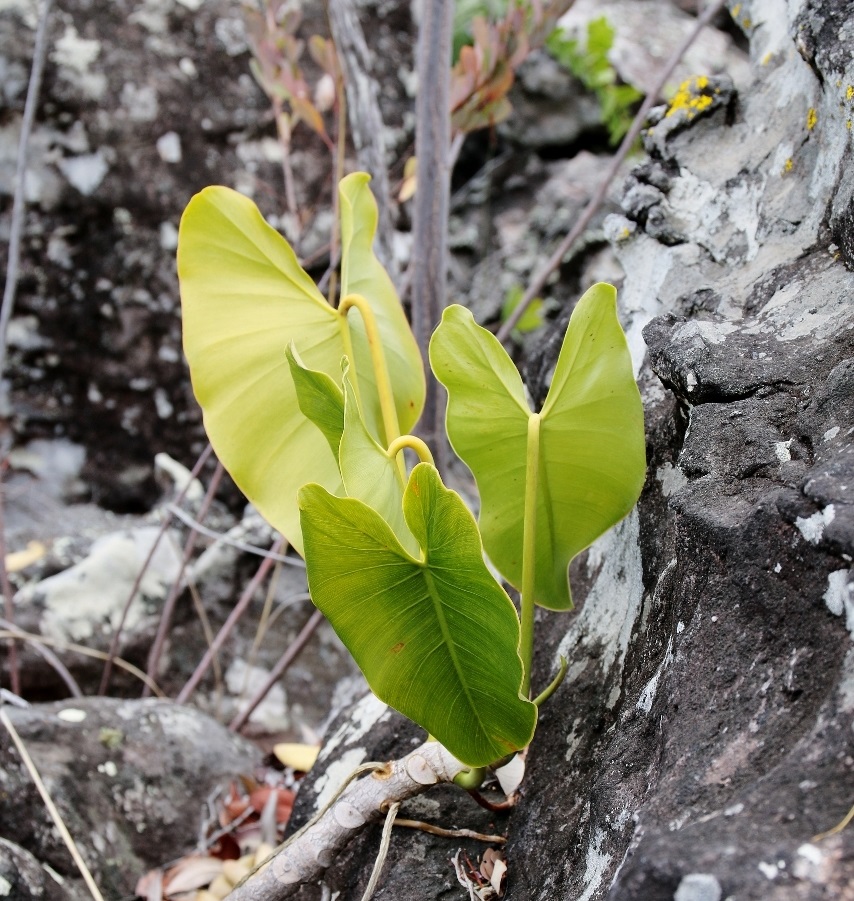
Philodendron wullschlaegelii is an evergreen perennial with glossy, dark green leaves that can grow up to 30 cm long. It has a yellow-green spathe and white spadix flower. The black seeds give way to small heart-shaped seedlings. Propagation methods include stem cuttings or division of the rootball. Care tips involve providing rich, well-draining soil and keeping the plant in warm temperatures and humid conditions. Common pests of this species are mealybugs, spider mites, scale insects, and fungal diseases like root rot or leaf spot.
Philodendron wilburii
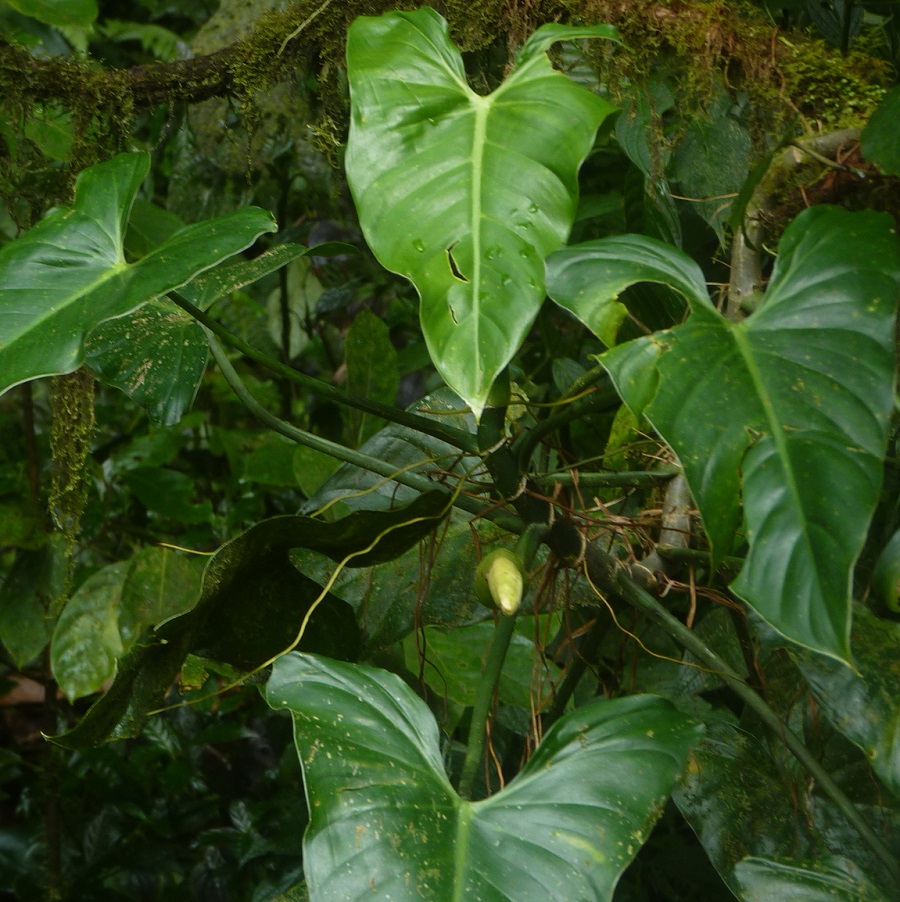
With its glossy, dark green leaves and yellow-green spathe flower, Wilbur’s Philodendron is a beautiful evergreen perennial. Native to Central and South America, it can be propagated through seeds or cuttings. To ensure the best care, keep the soil moist and provide adequate light. Common pests include aphids and mealybugs; however, disease is rare if proper care is taken. With careful attention, this plant will thrive in many environments!
Philodendron xanadu
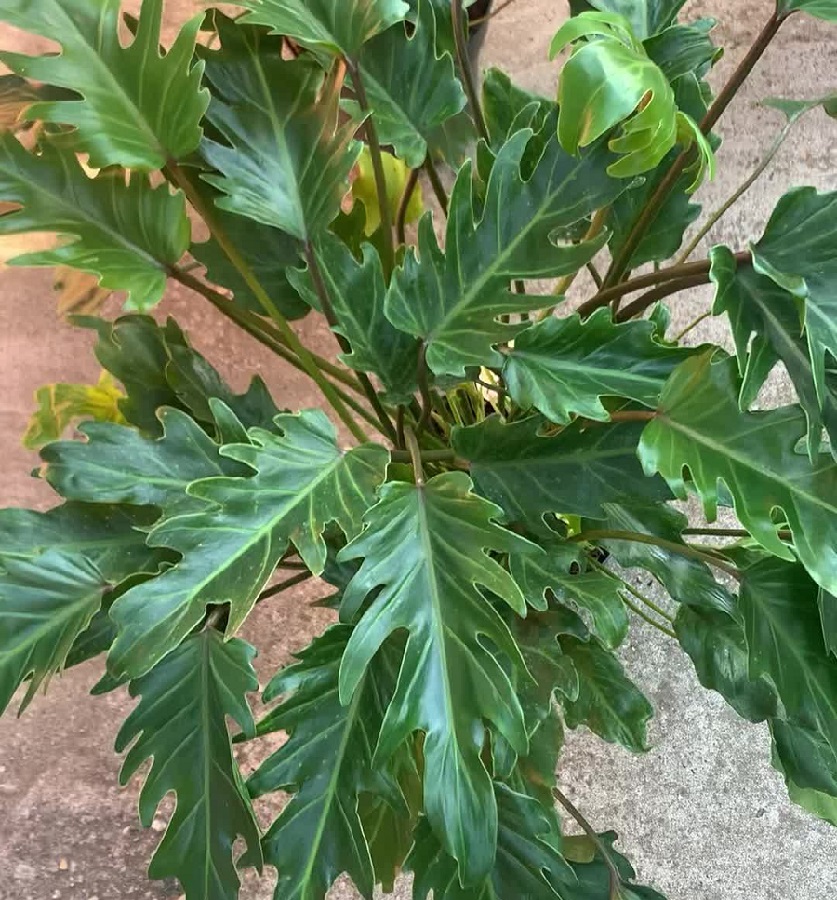
You may have heard of the Philodendron wilburii, but did you know that there’s also a Philodendron xanadu? This cheery plant is native to Brazil and fares best in warm temperatures. To care for it, make sure your USDA planting zone is between 10-11 or 9 with the right amount of attention. It has textured leaves that grow in clumps and used to be called ‘Winterbourn’. If you want to propagate it, use techniques such as stem cuttings or aerial layering. The most common problem with this plant is root rot due to over-watering.
